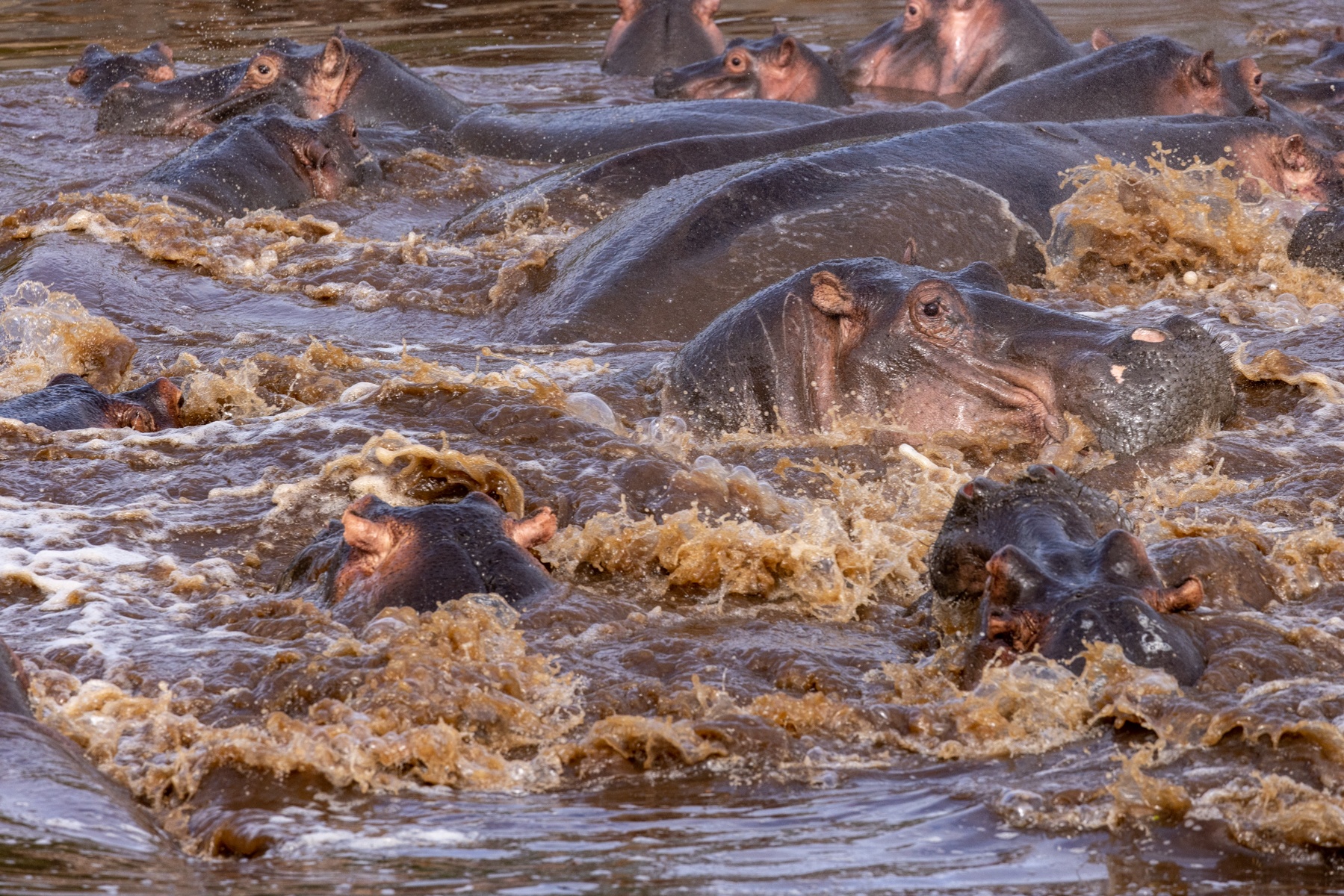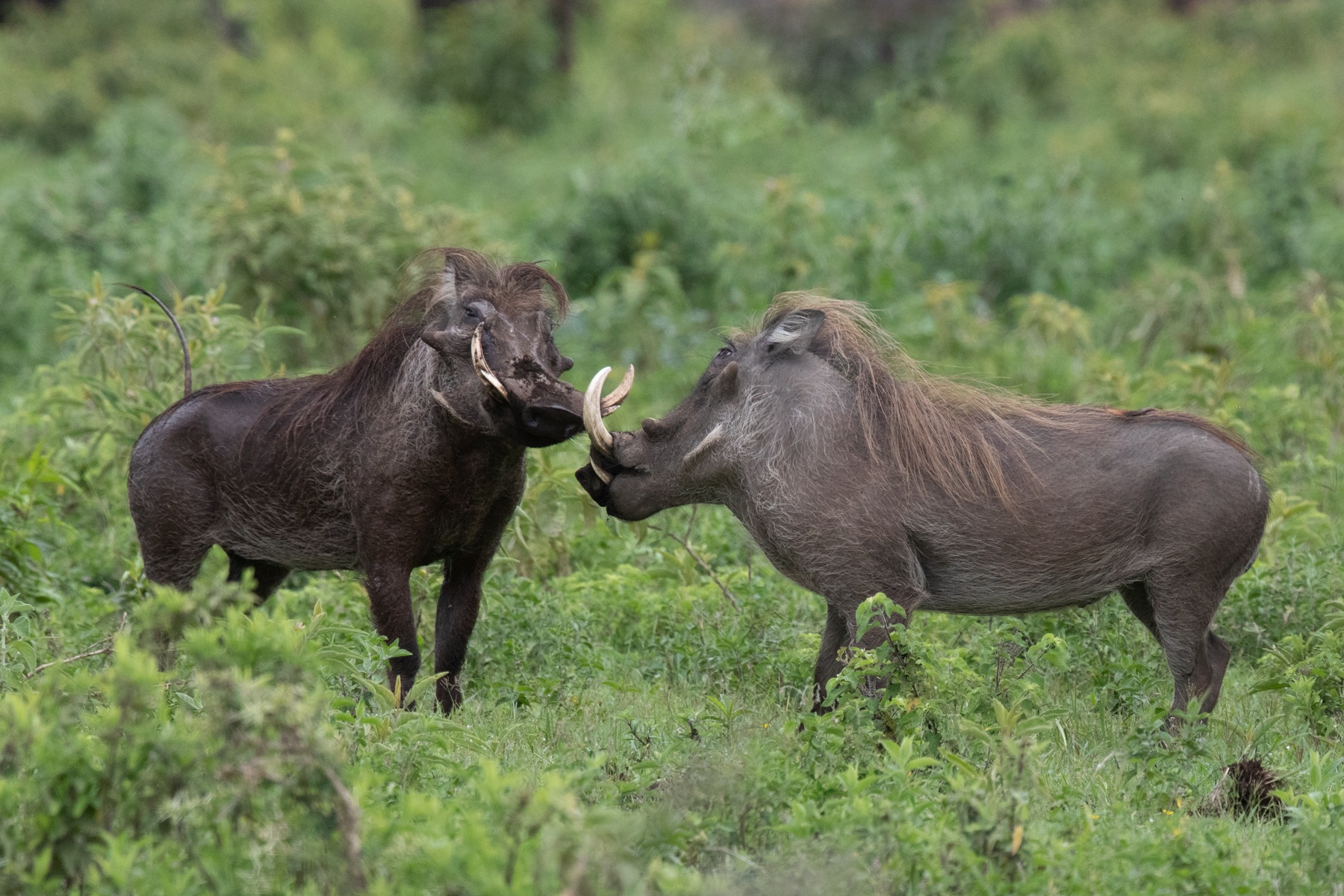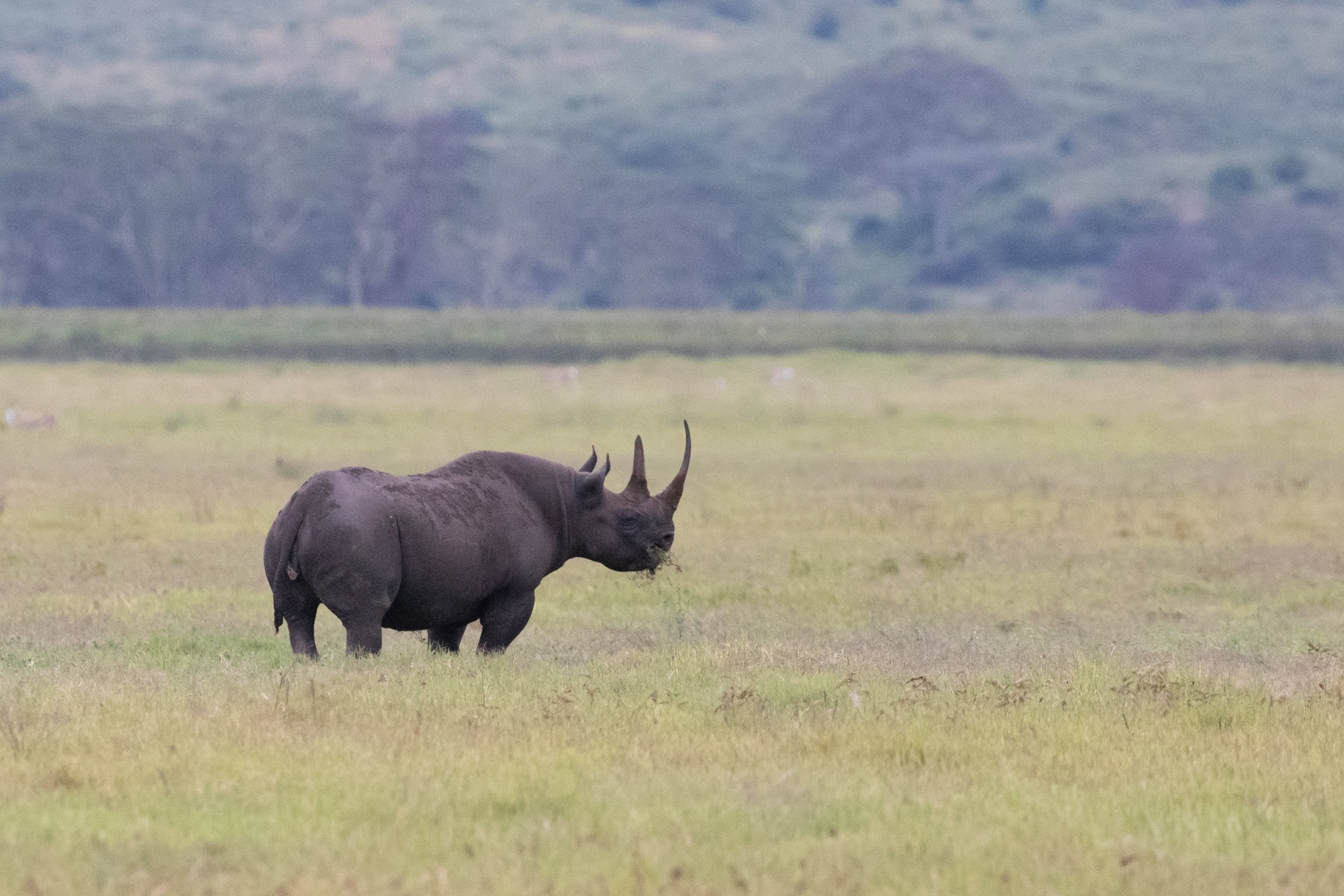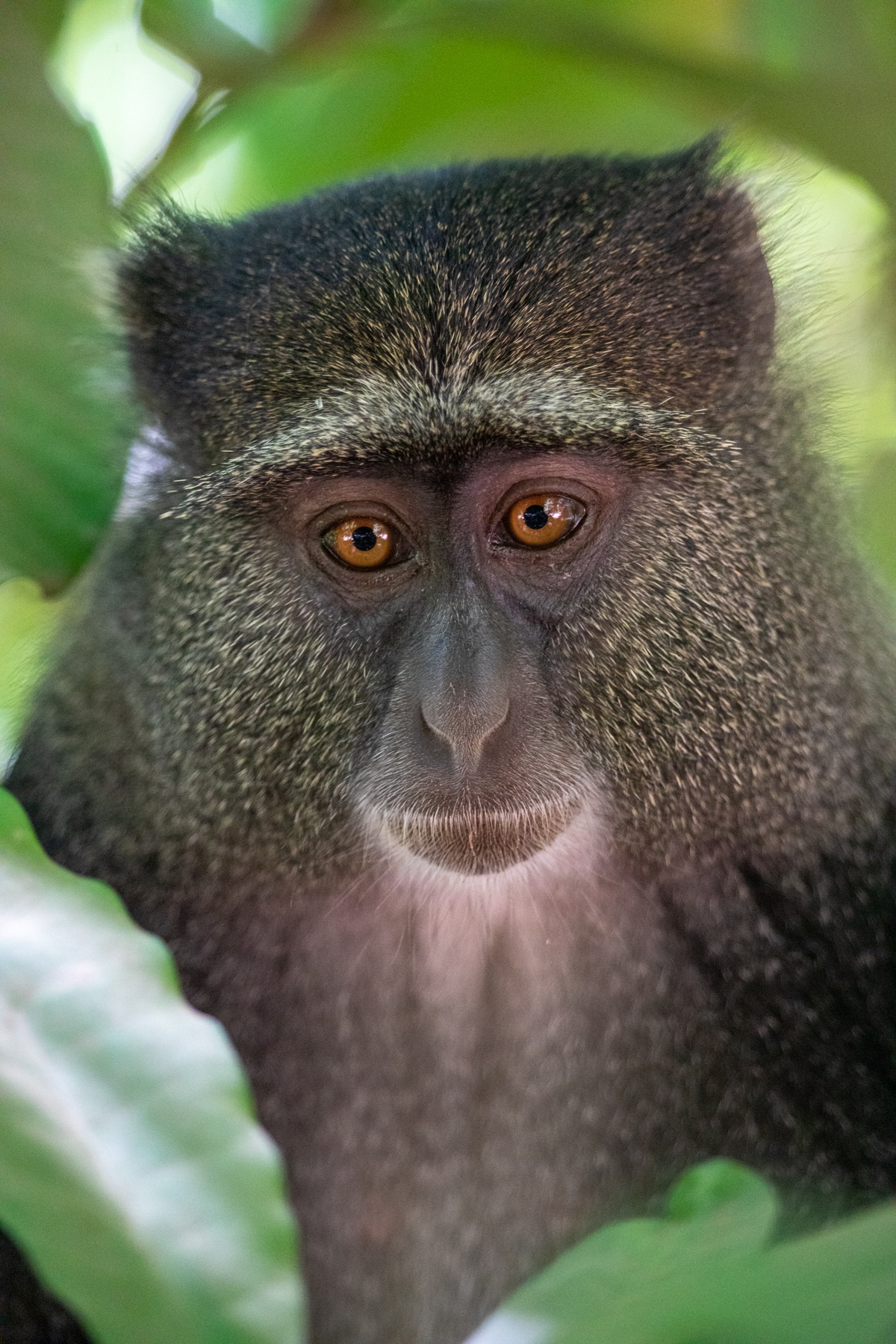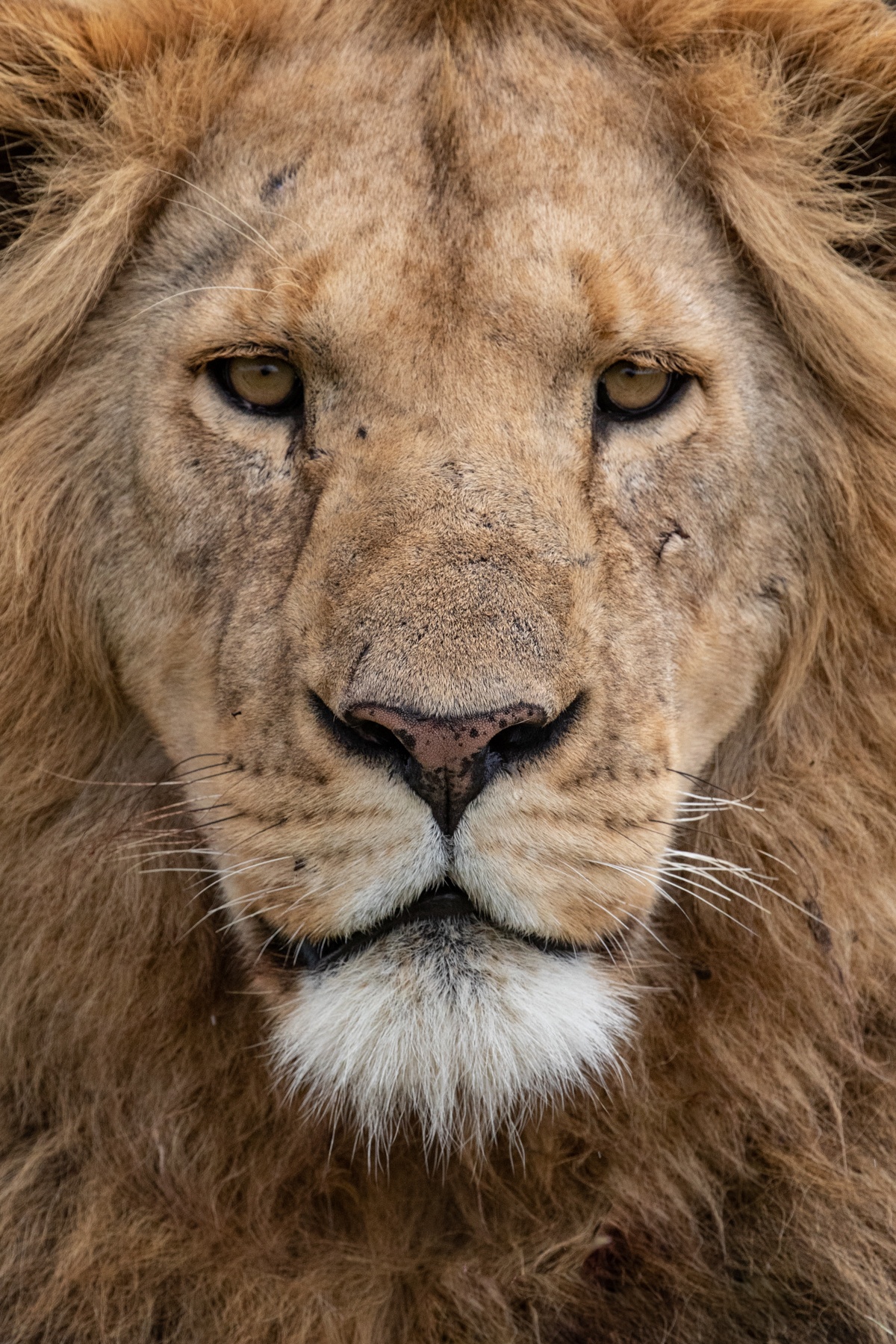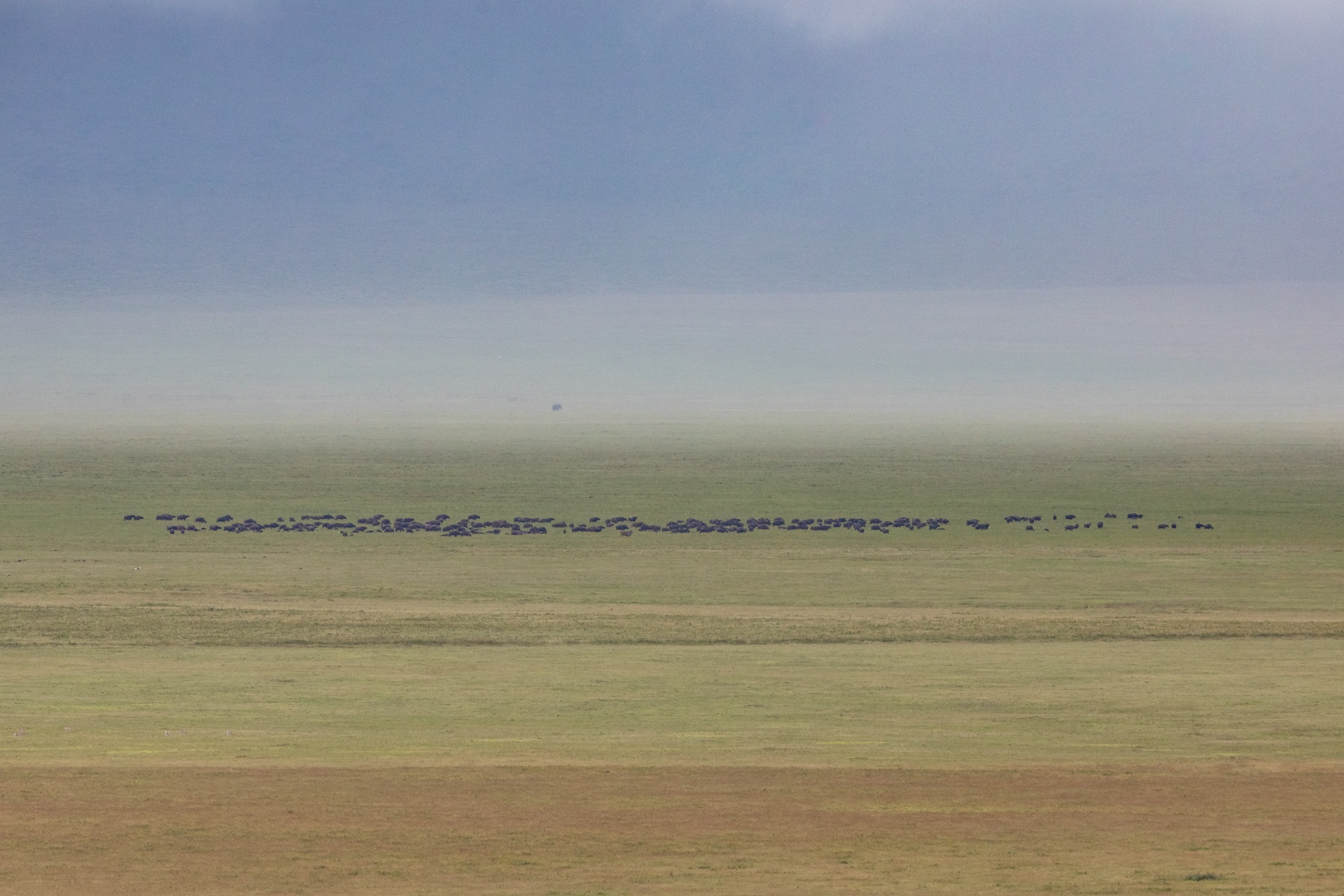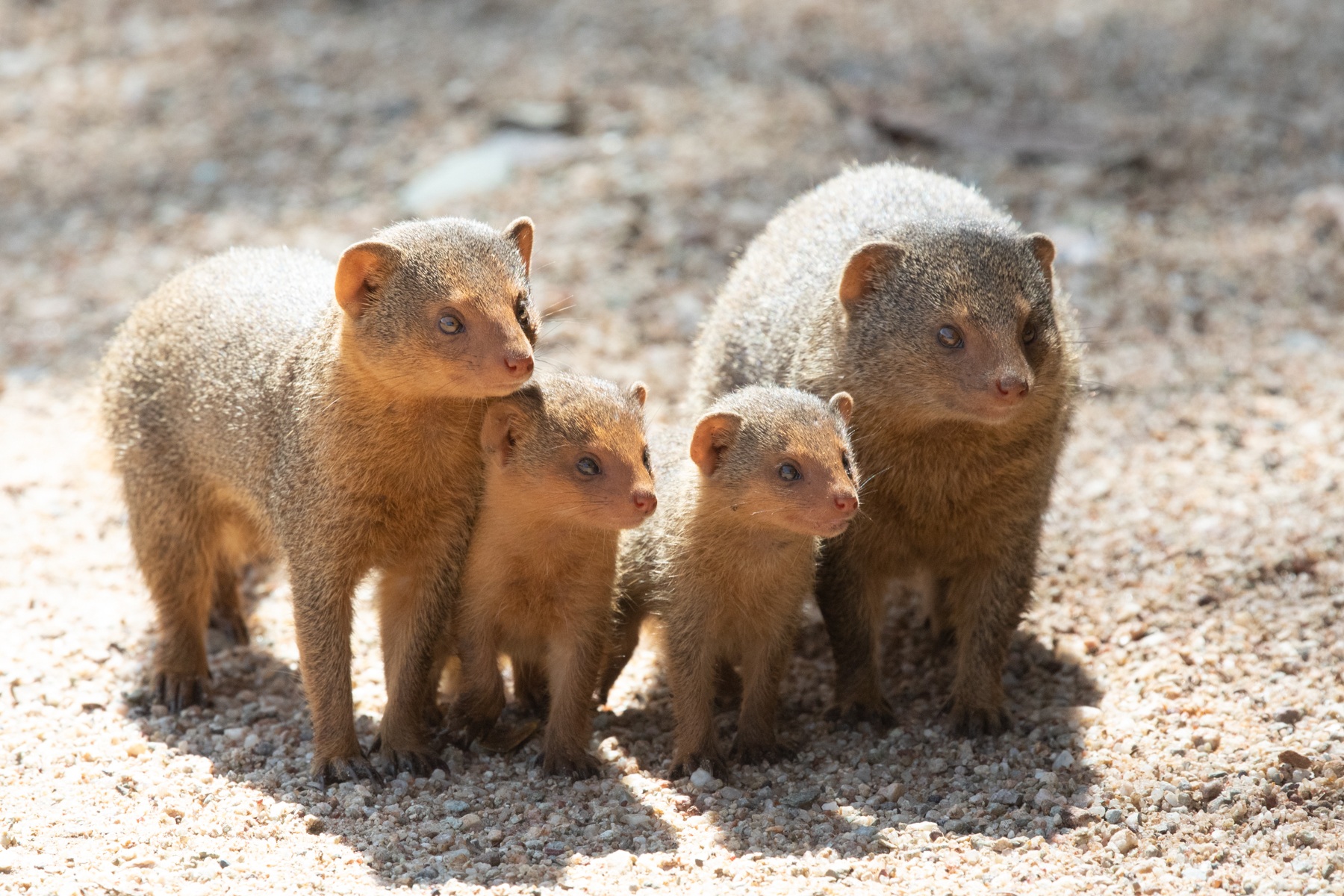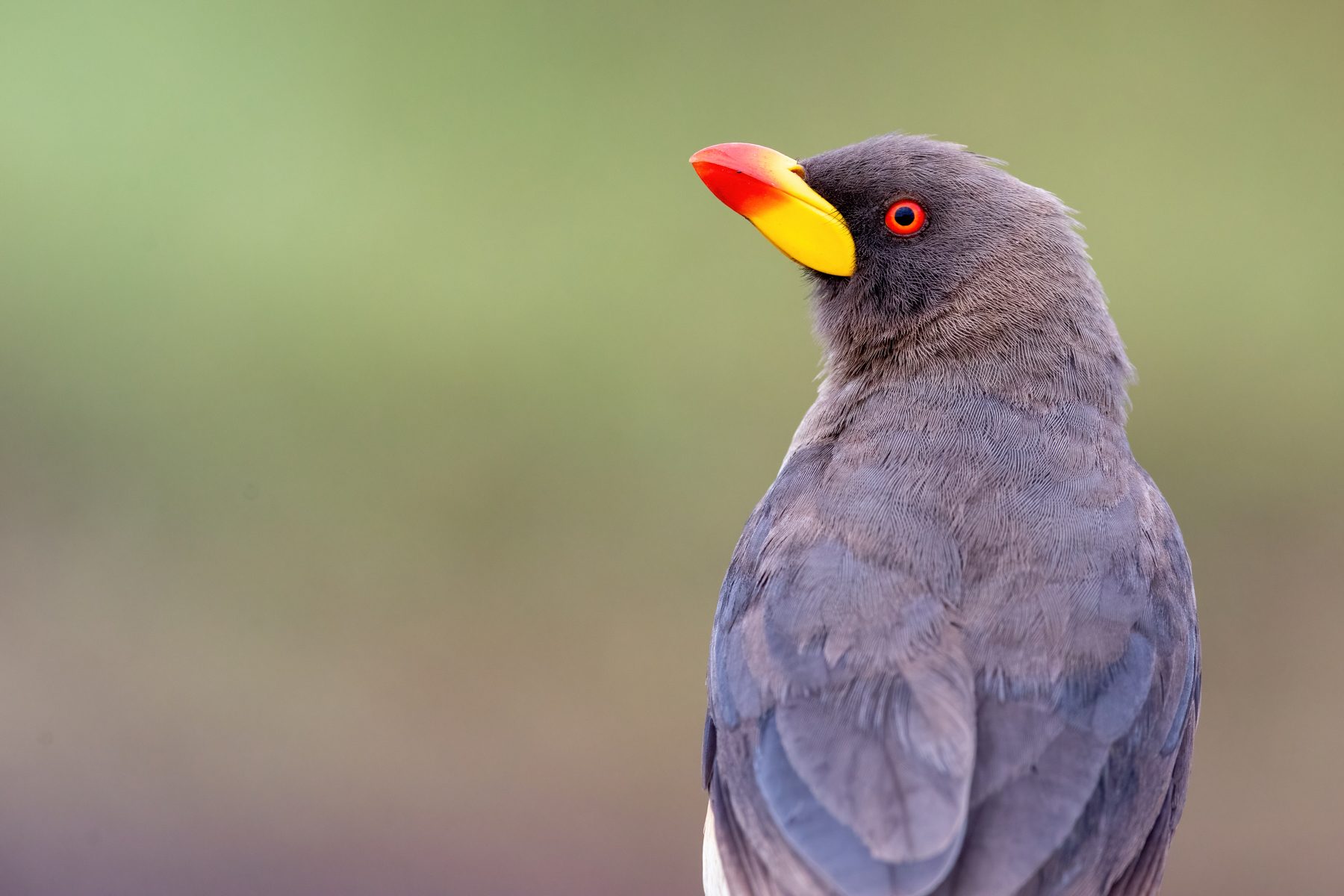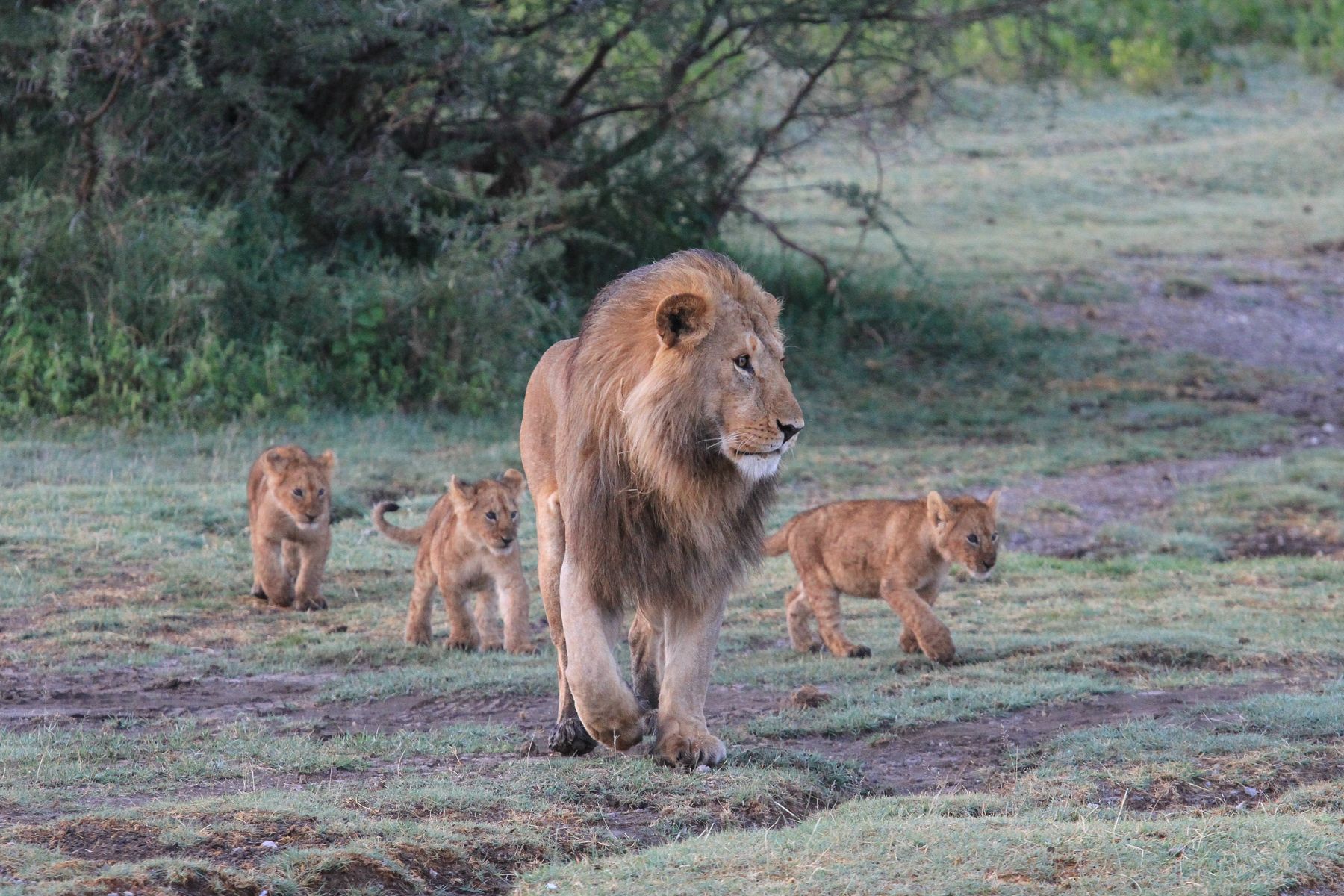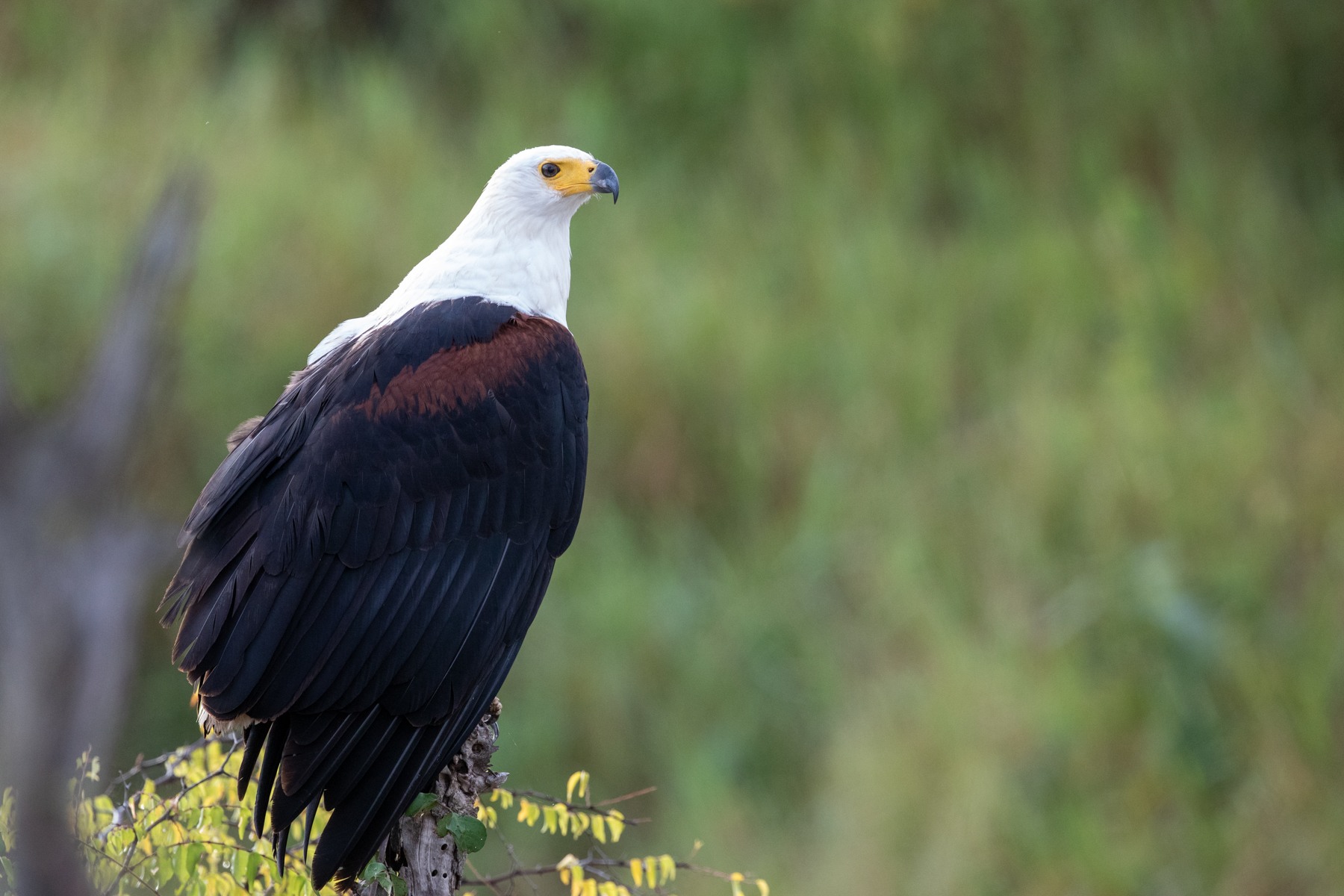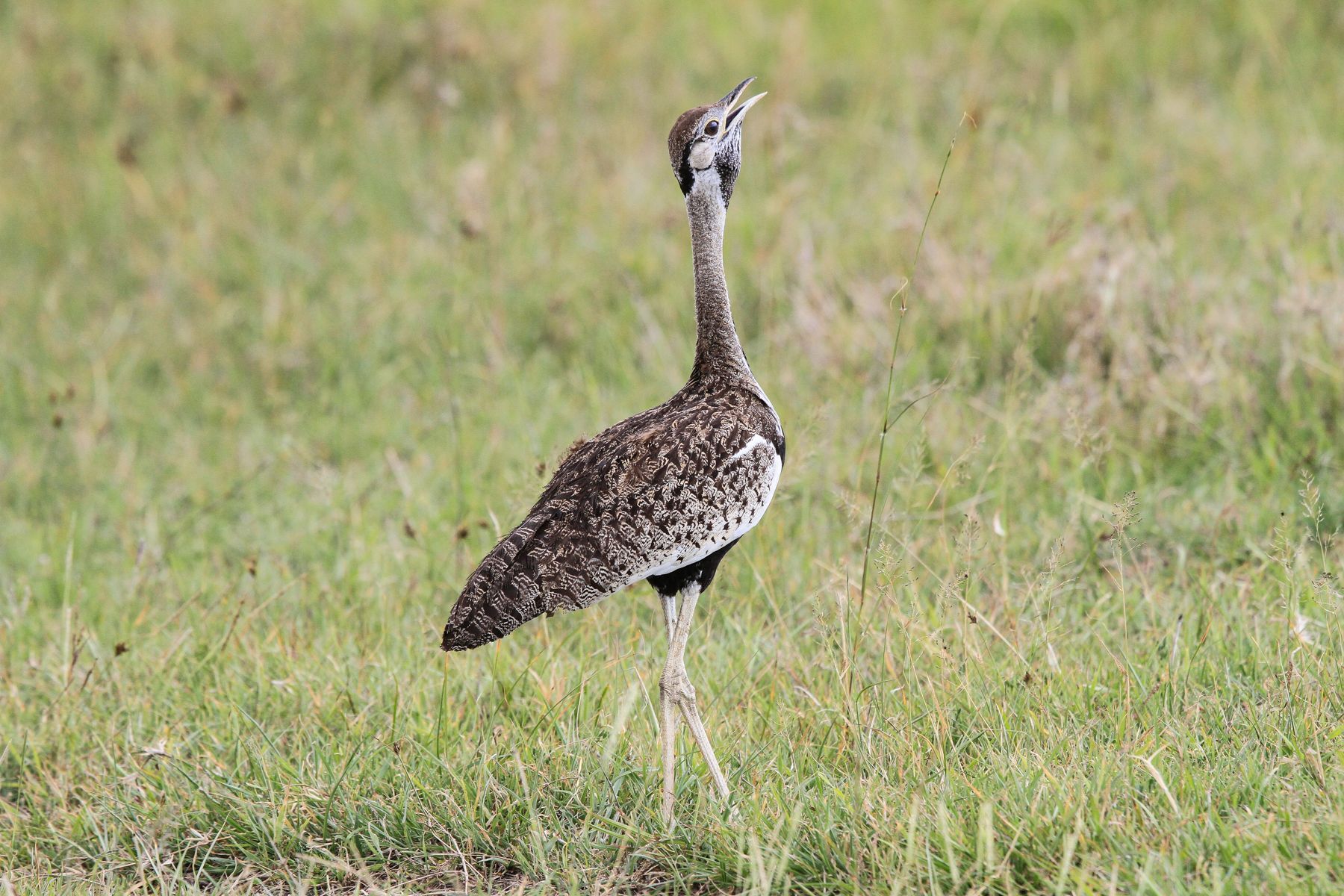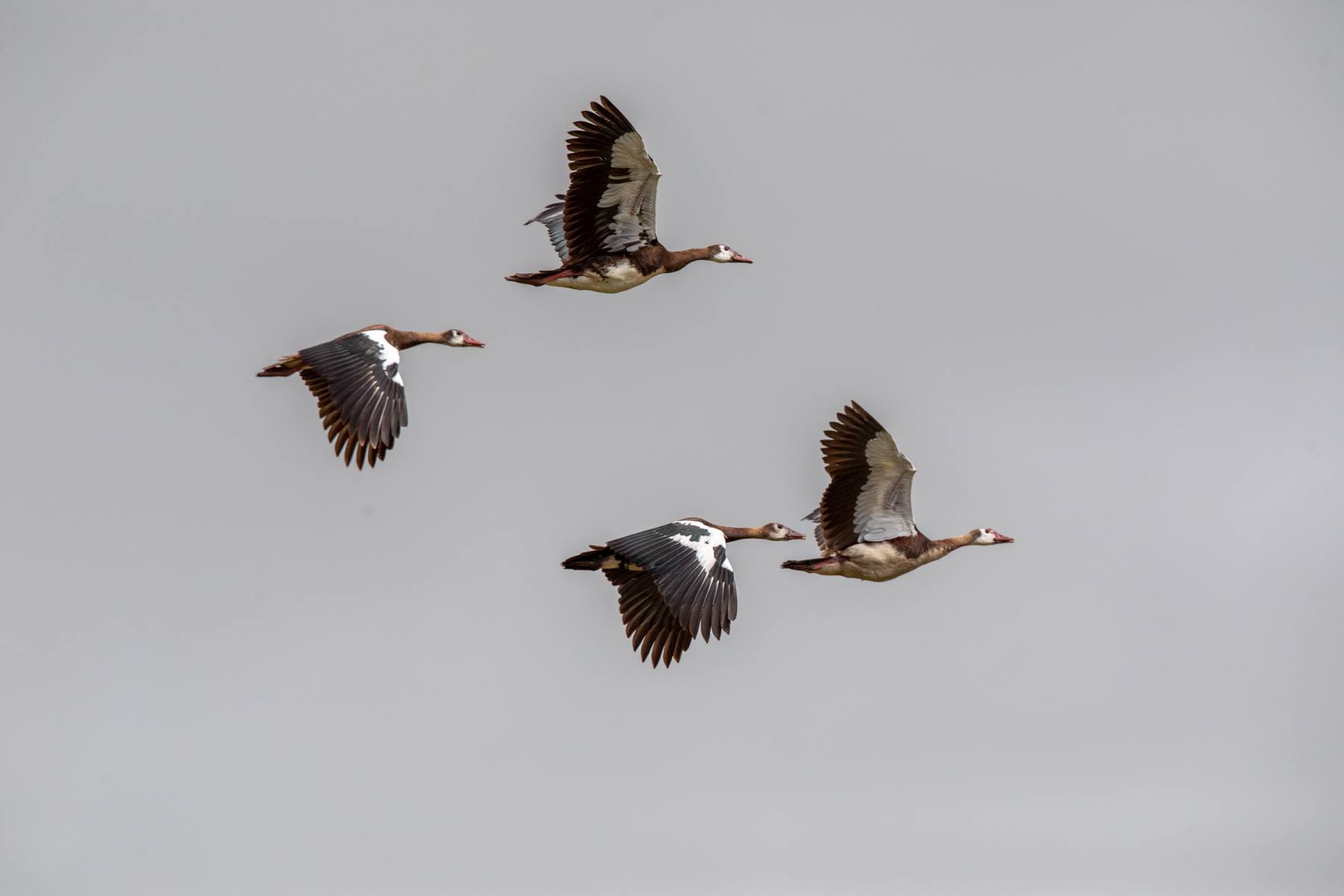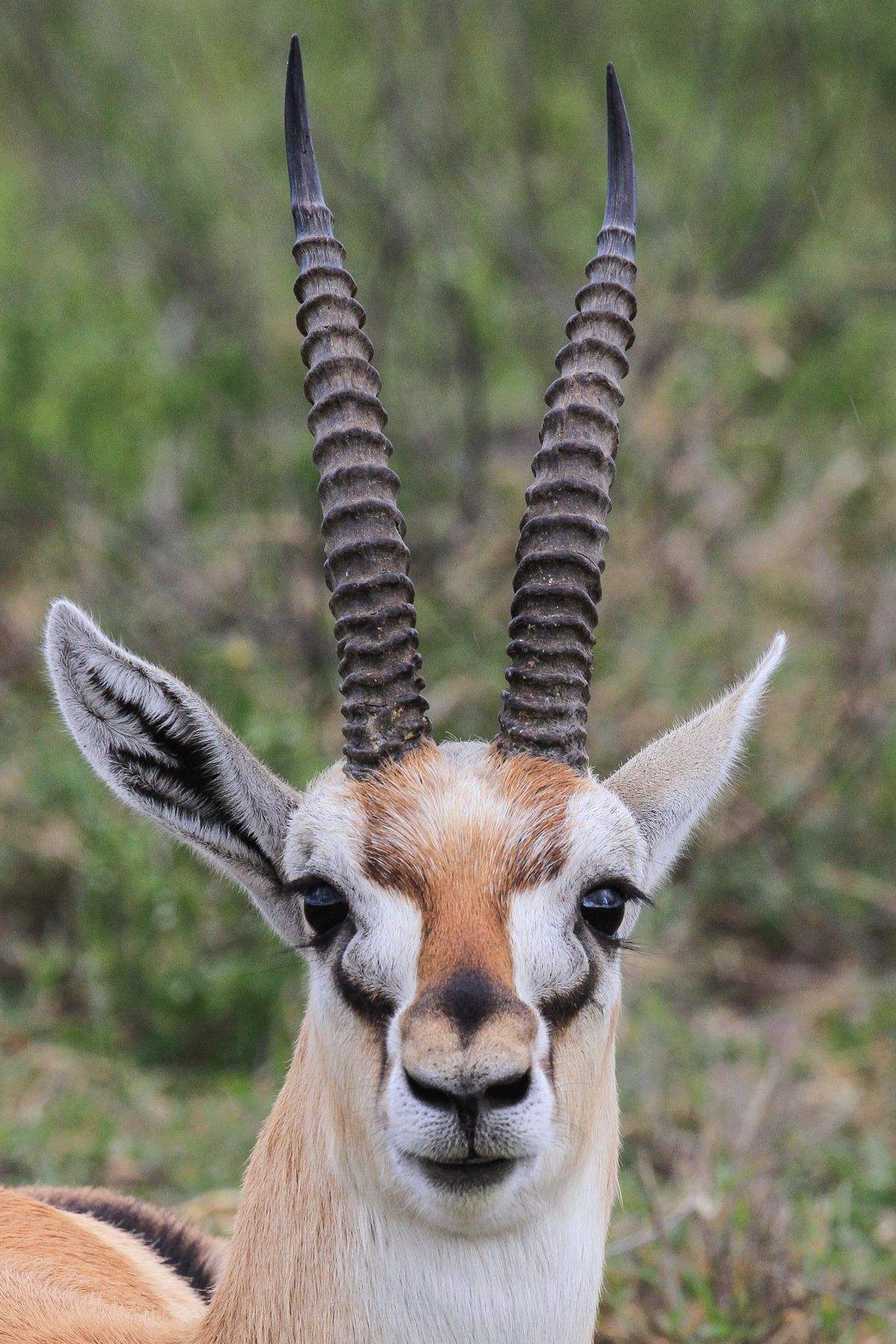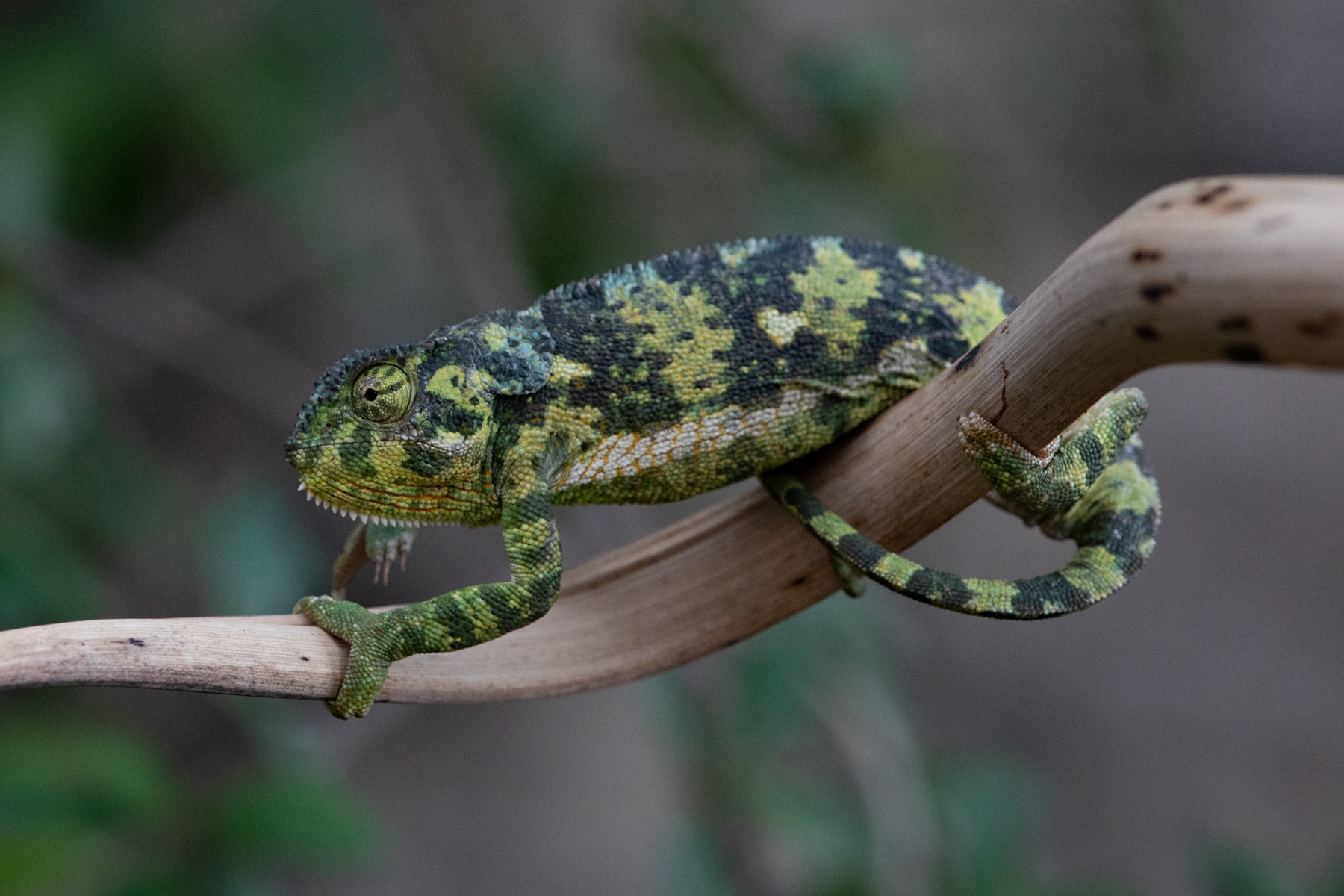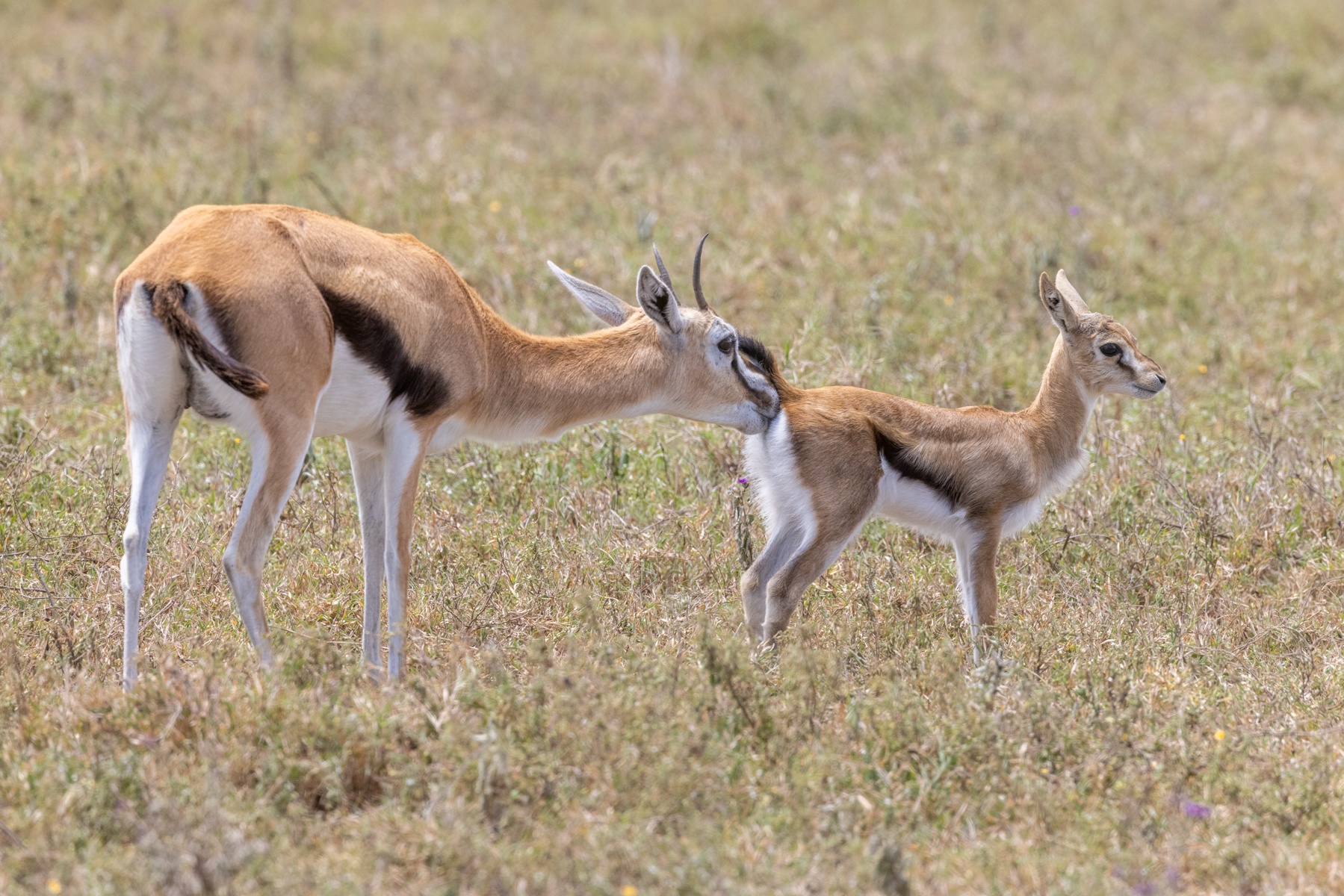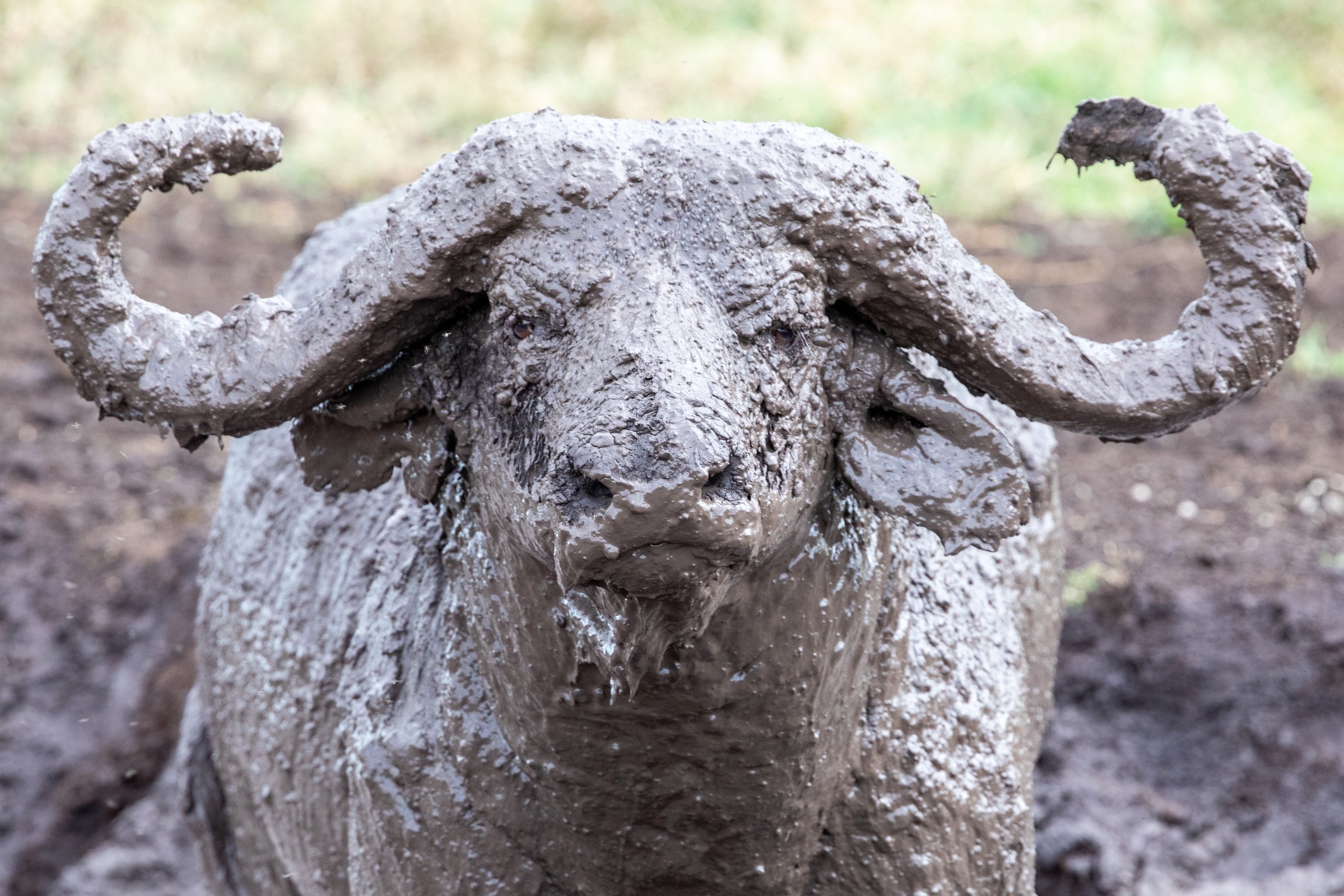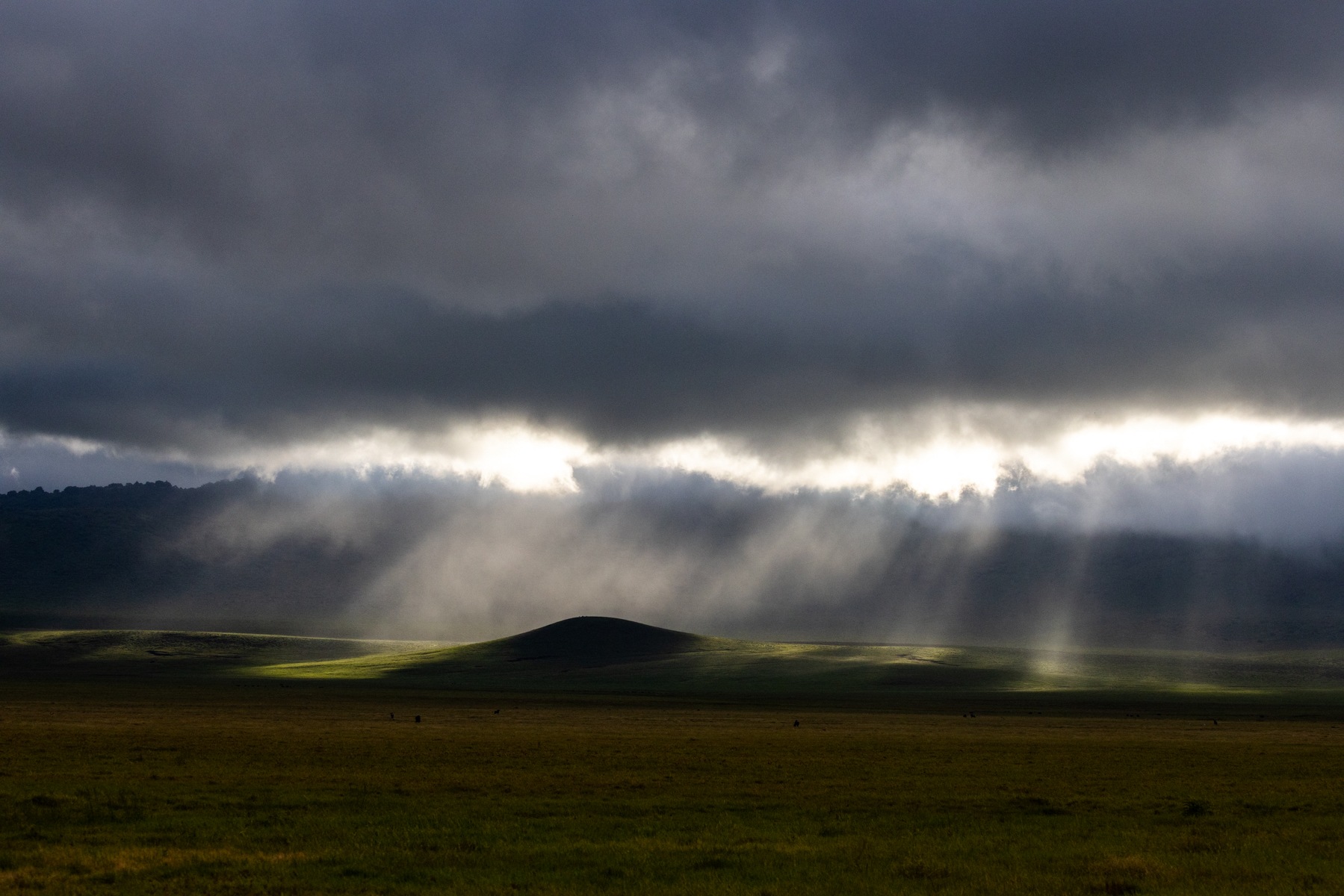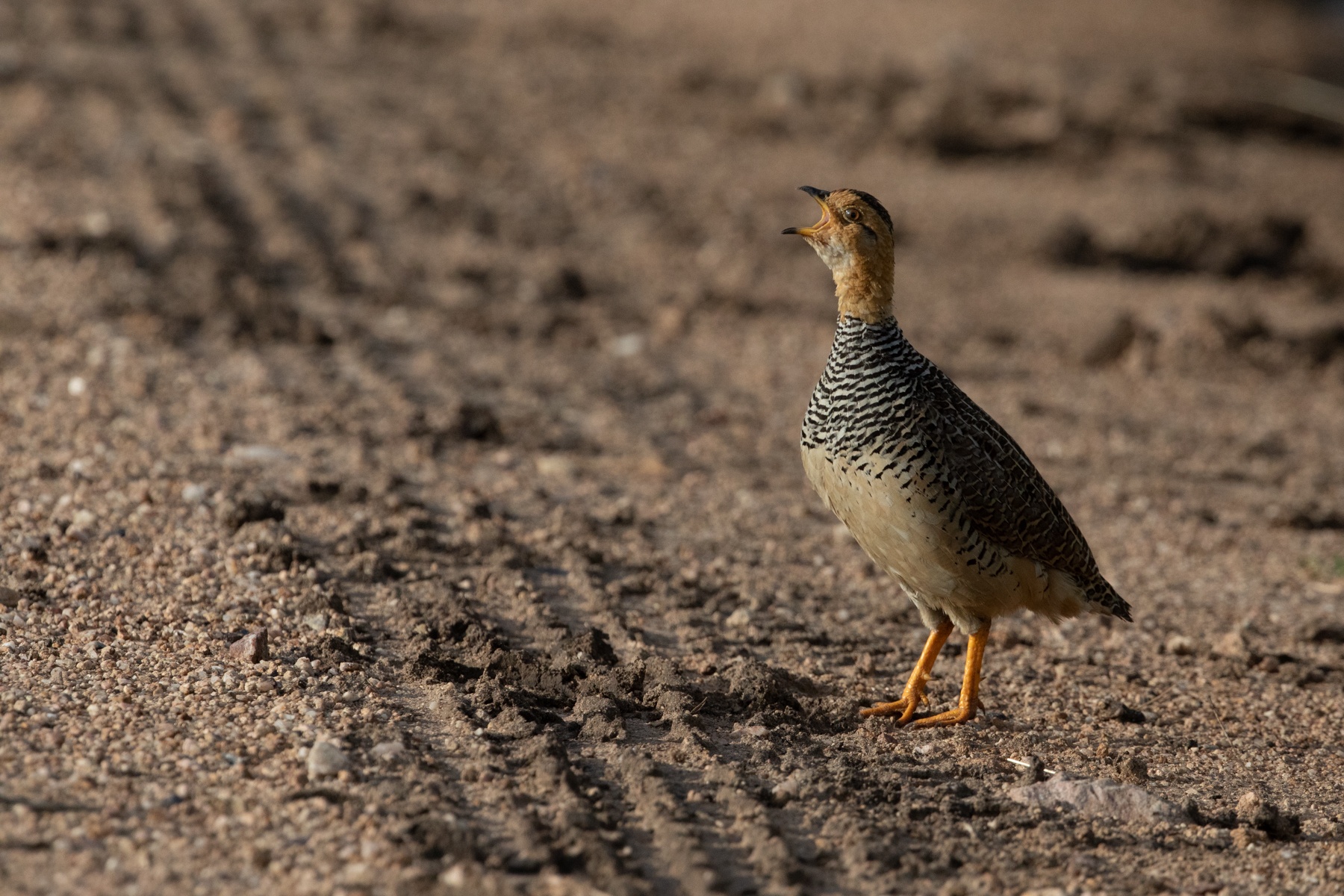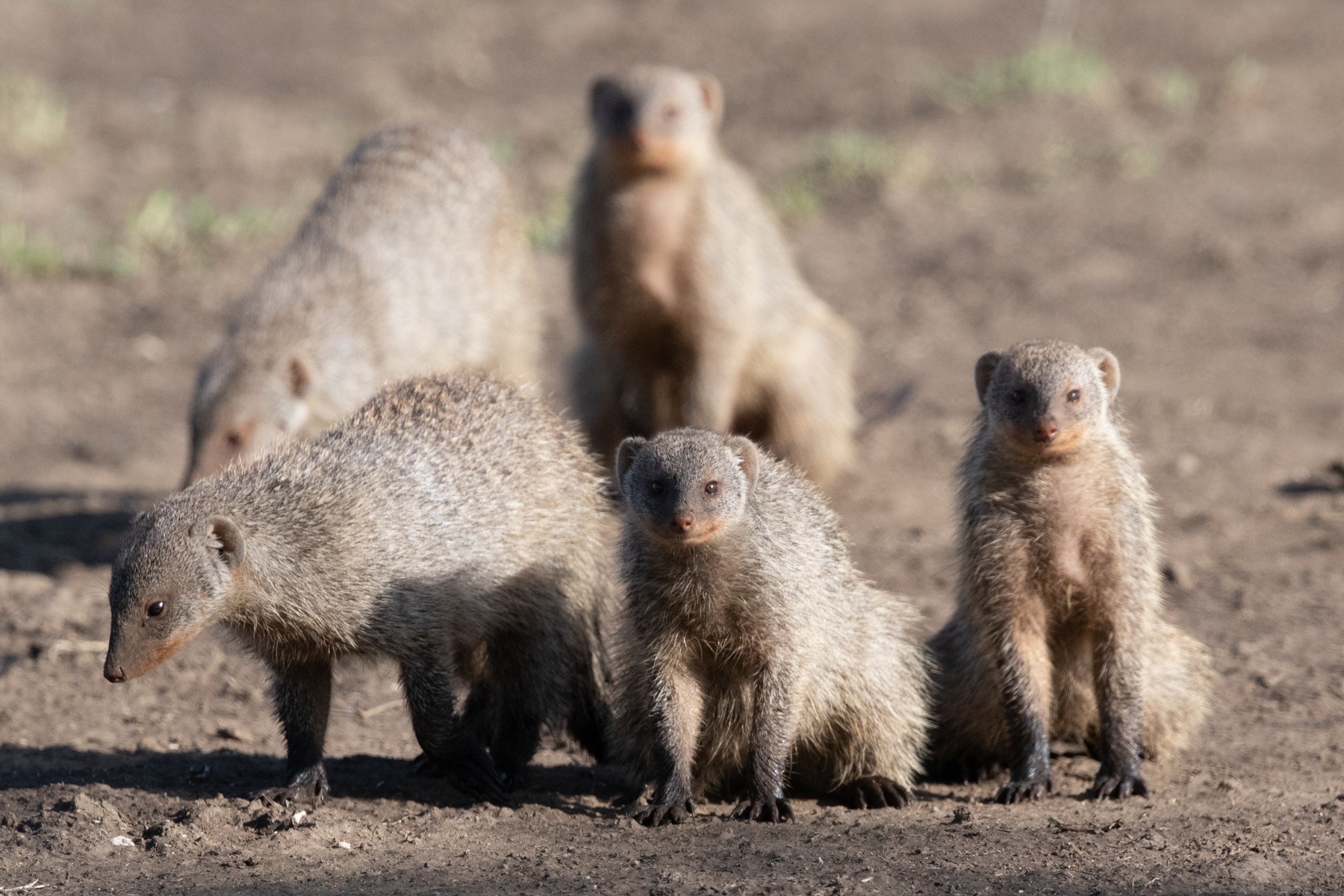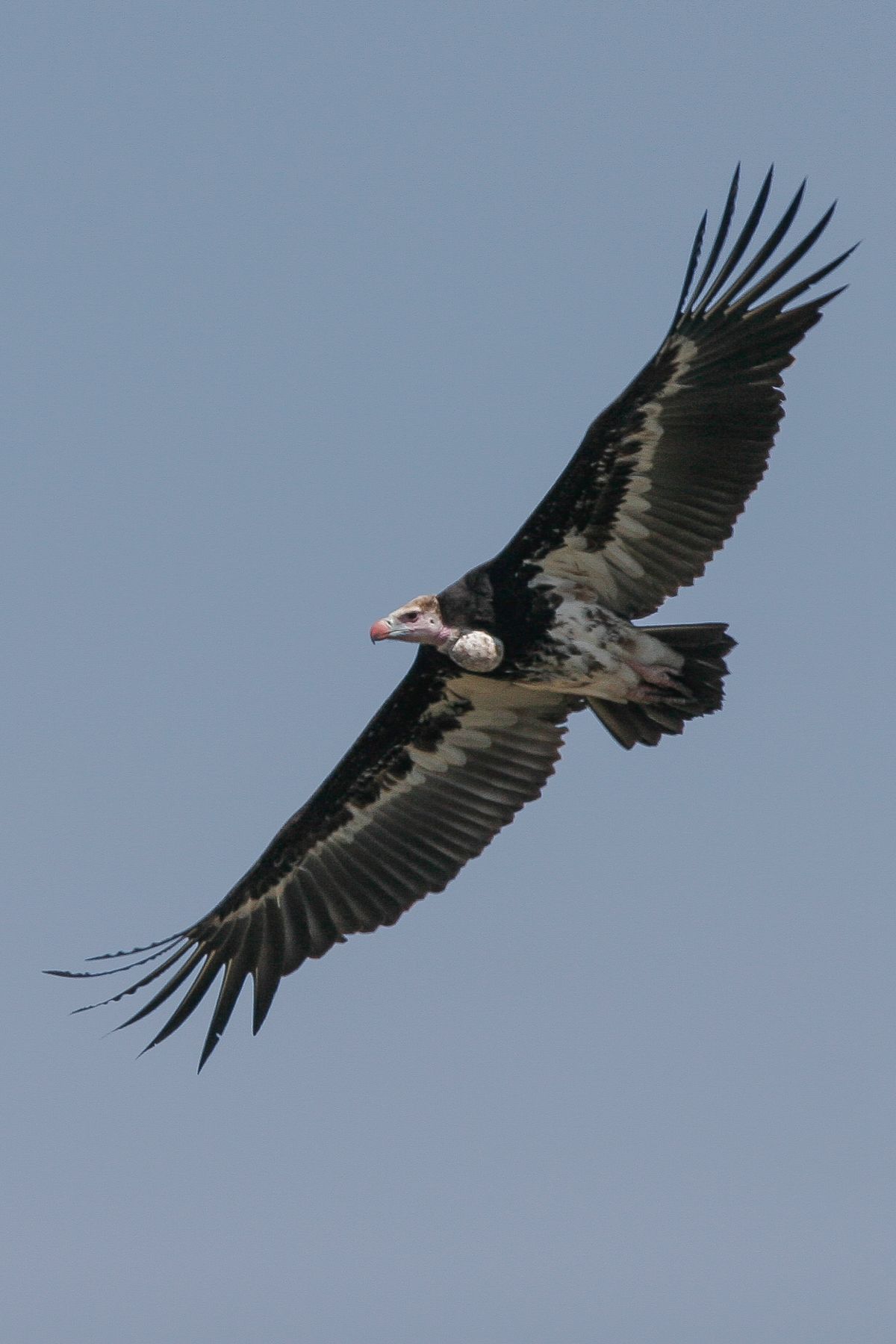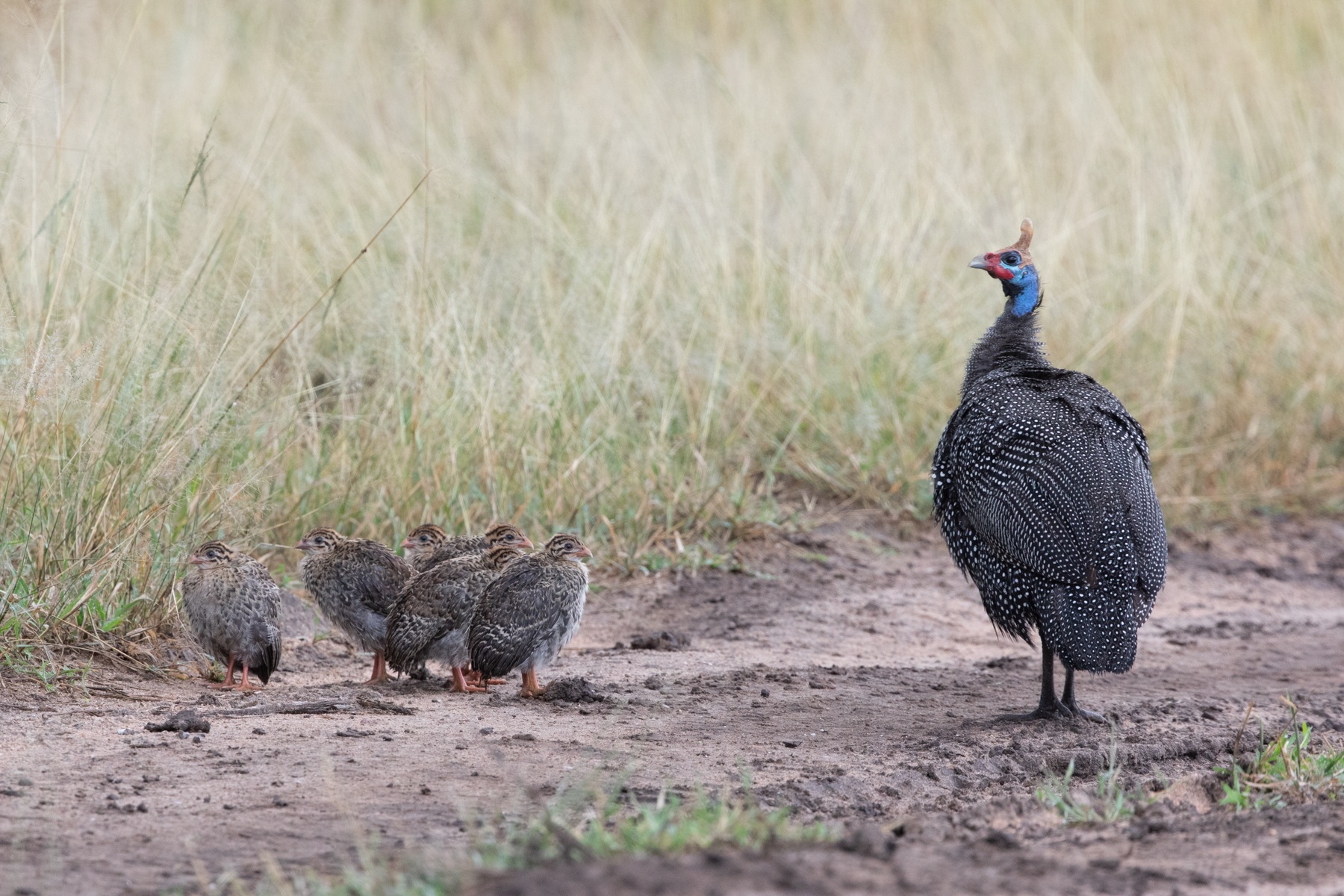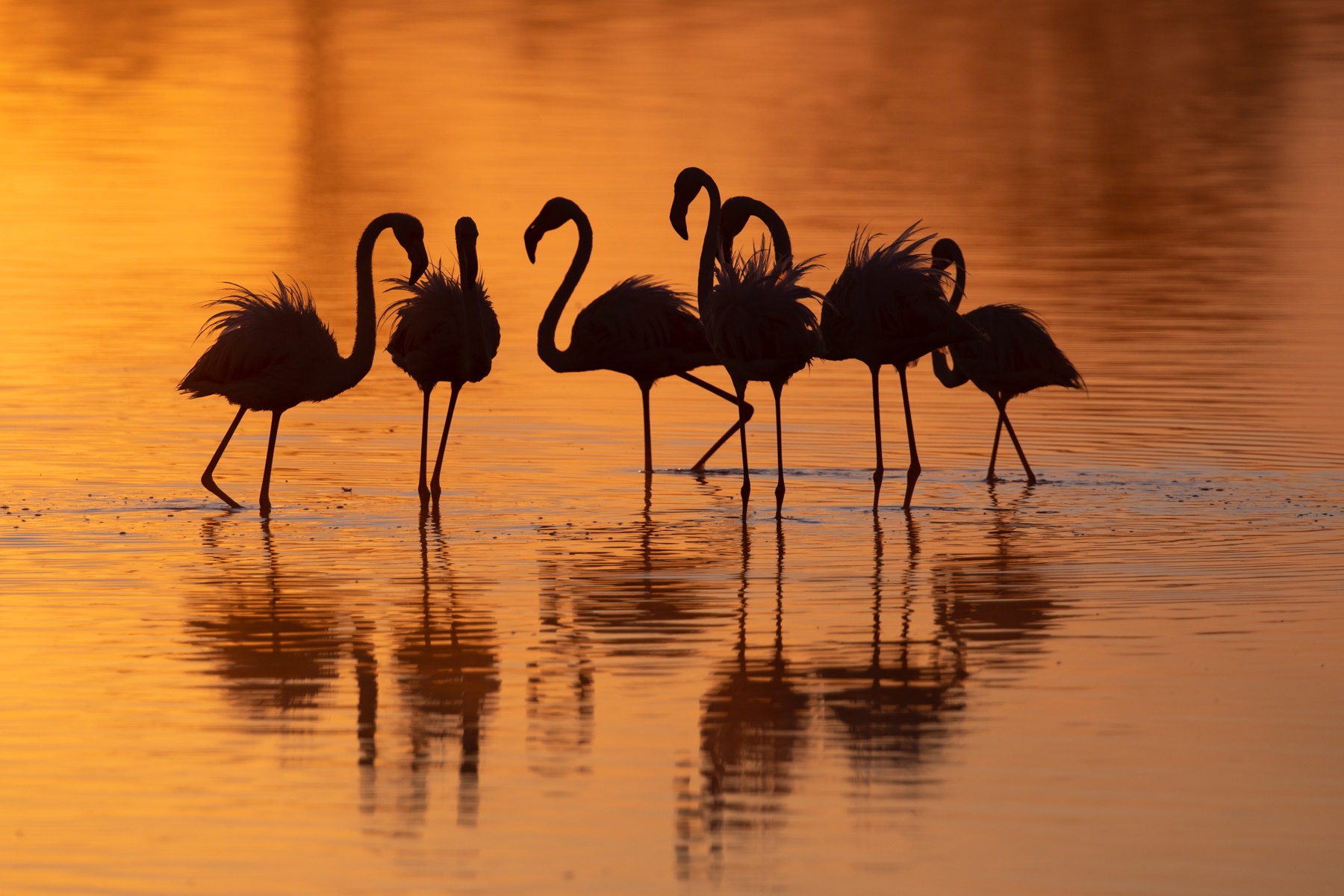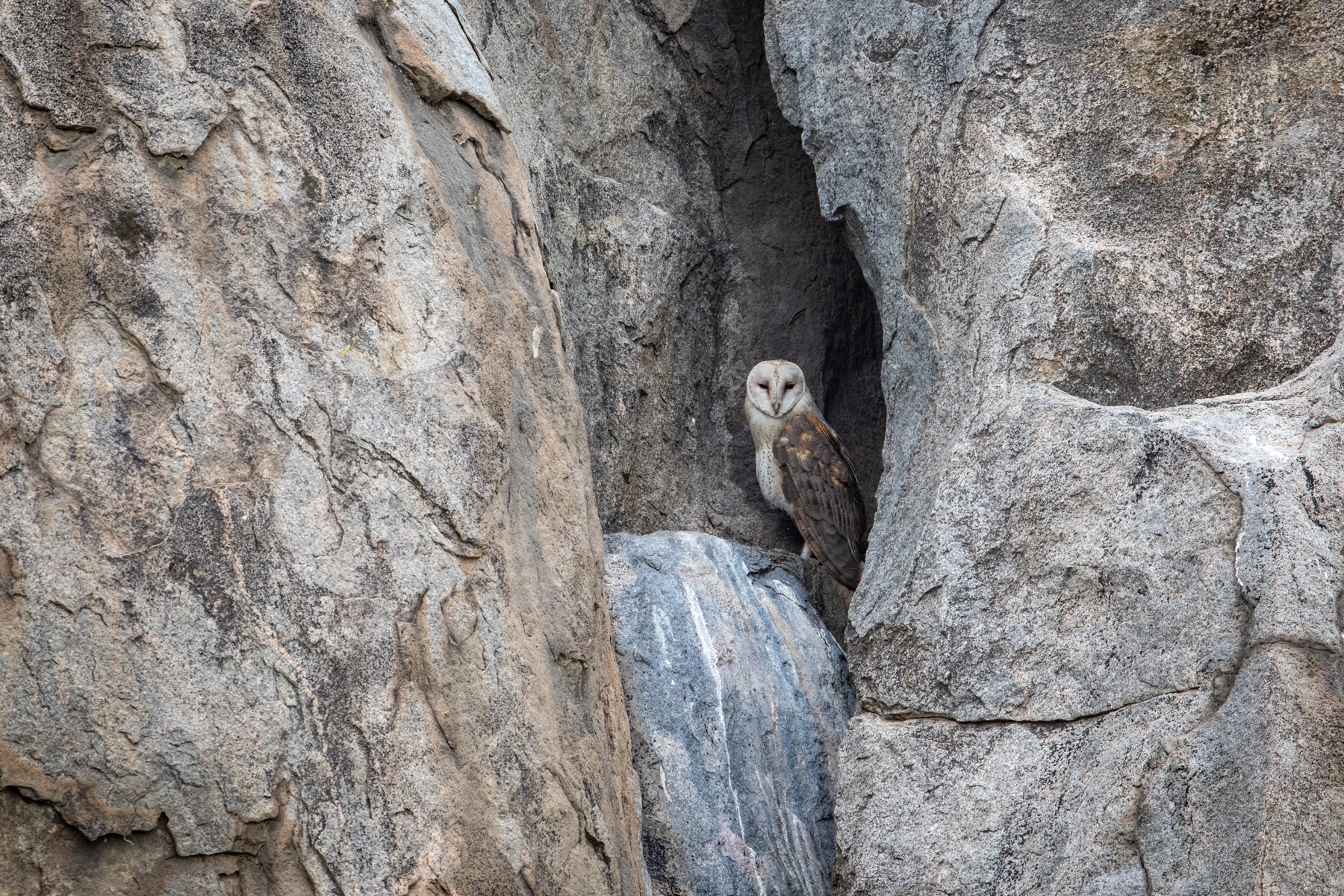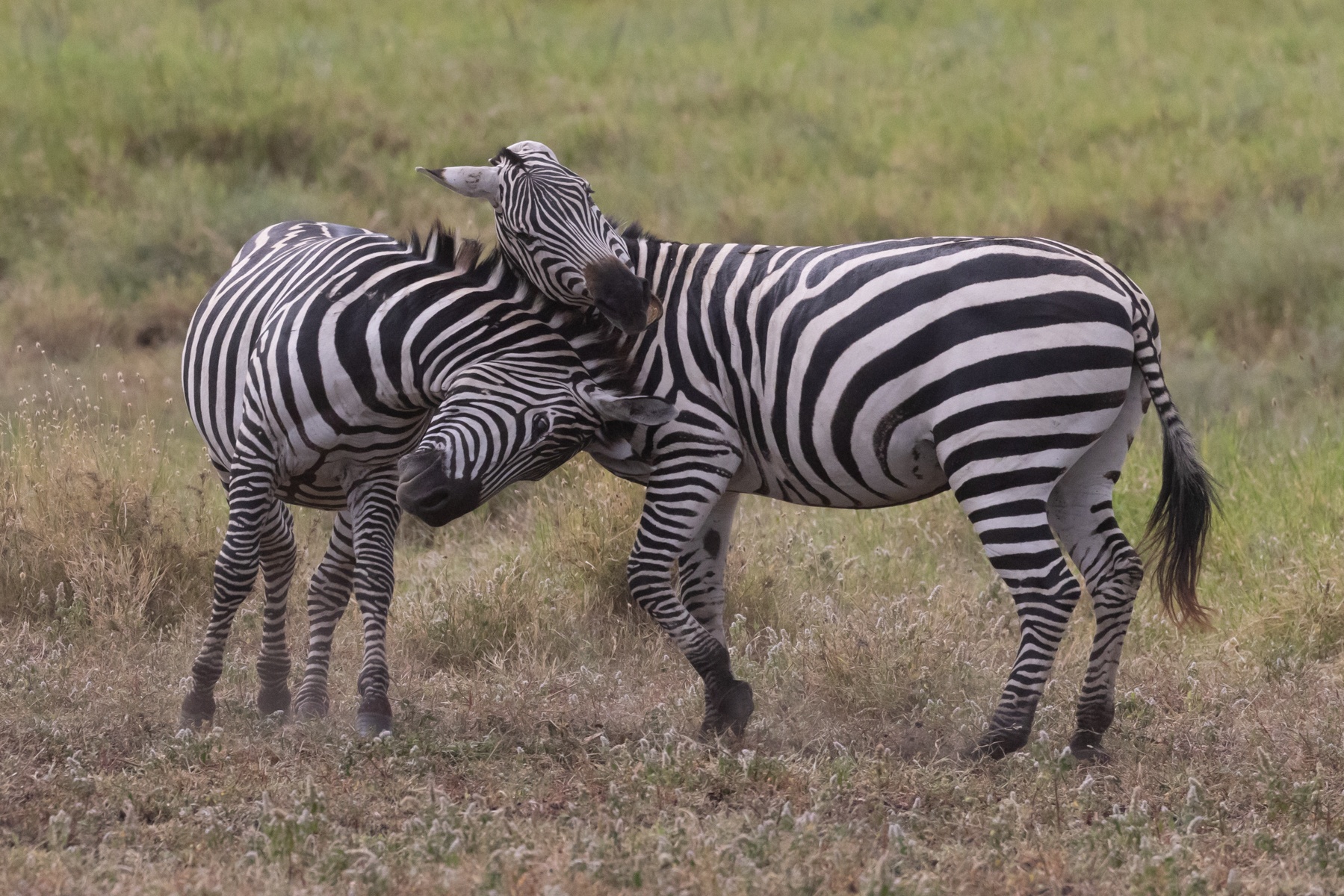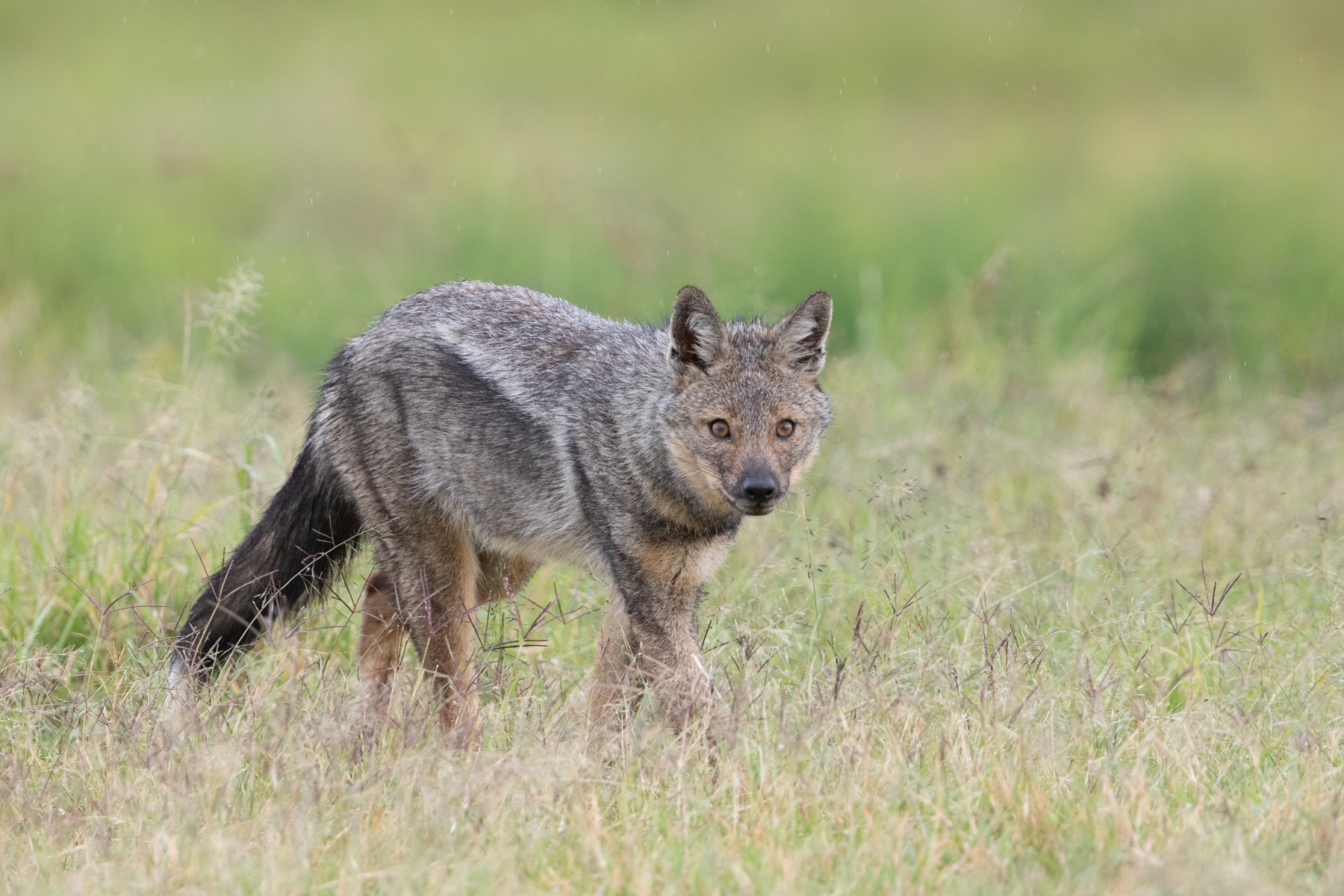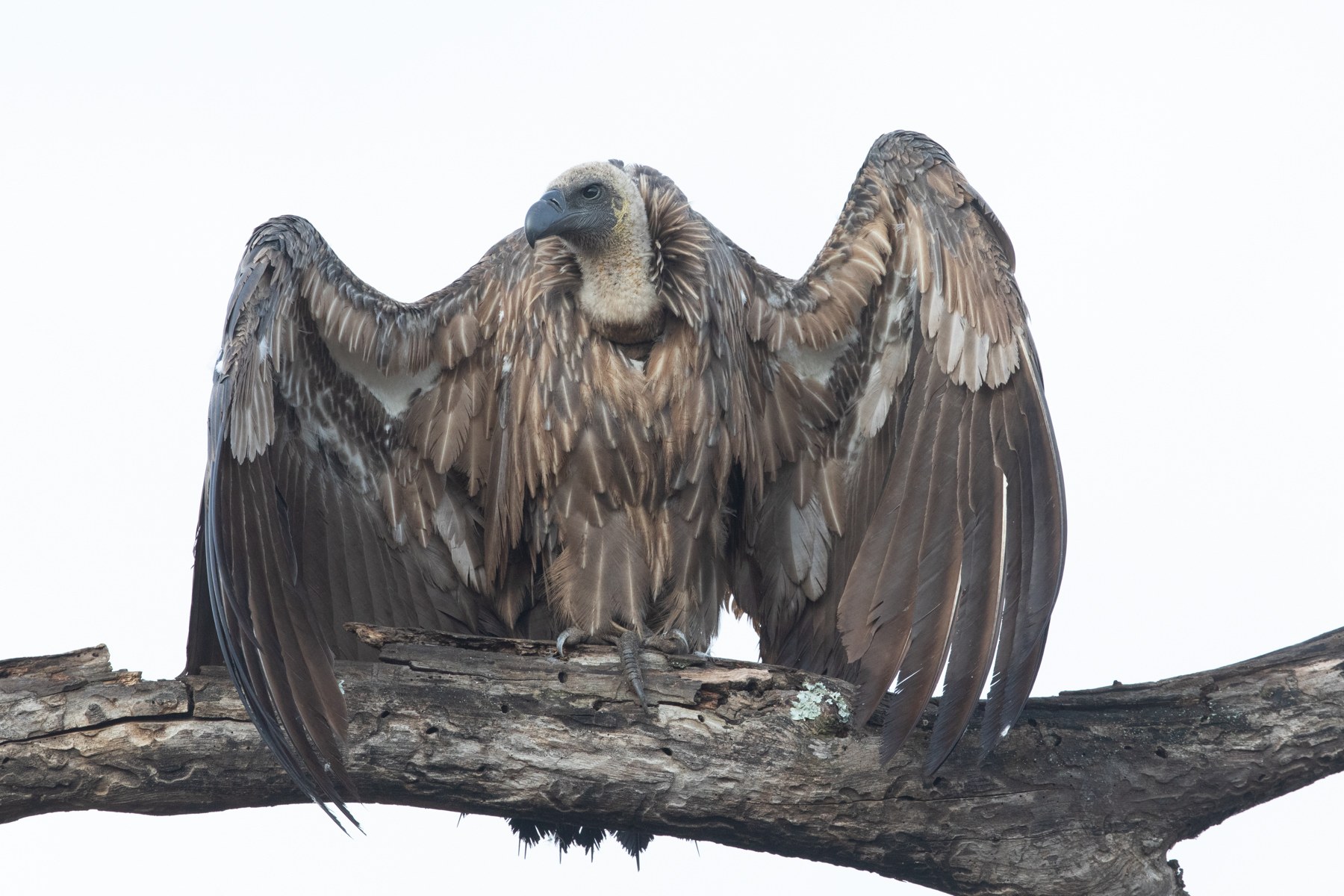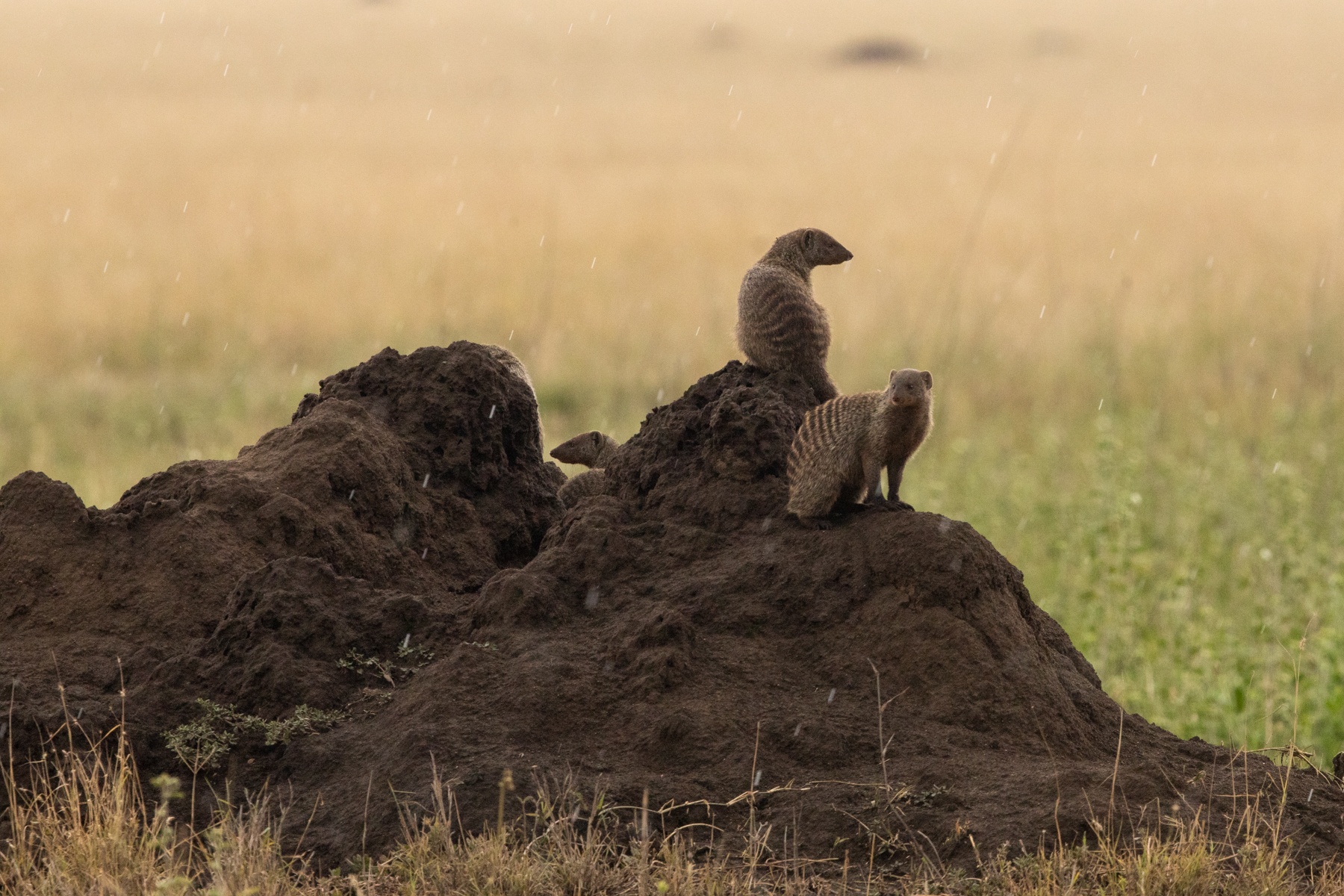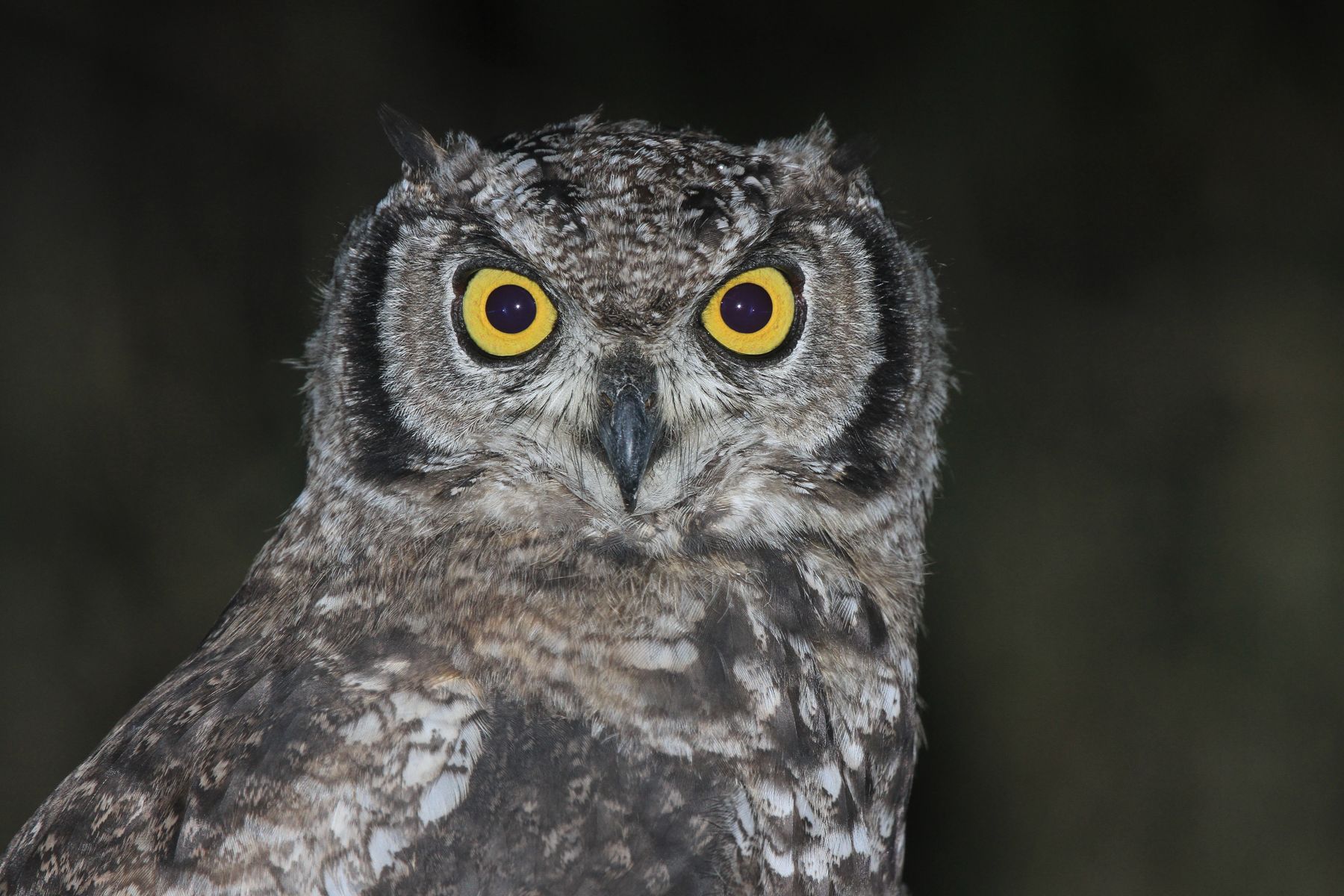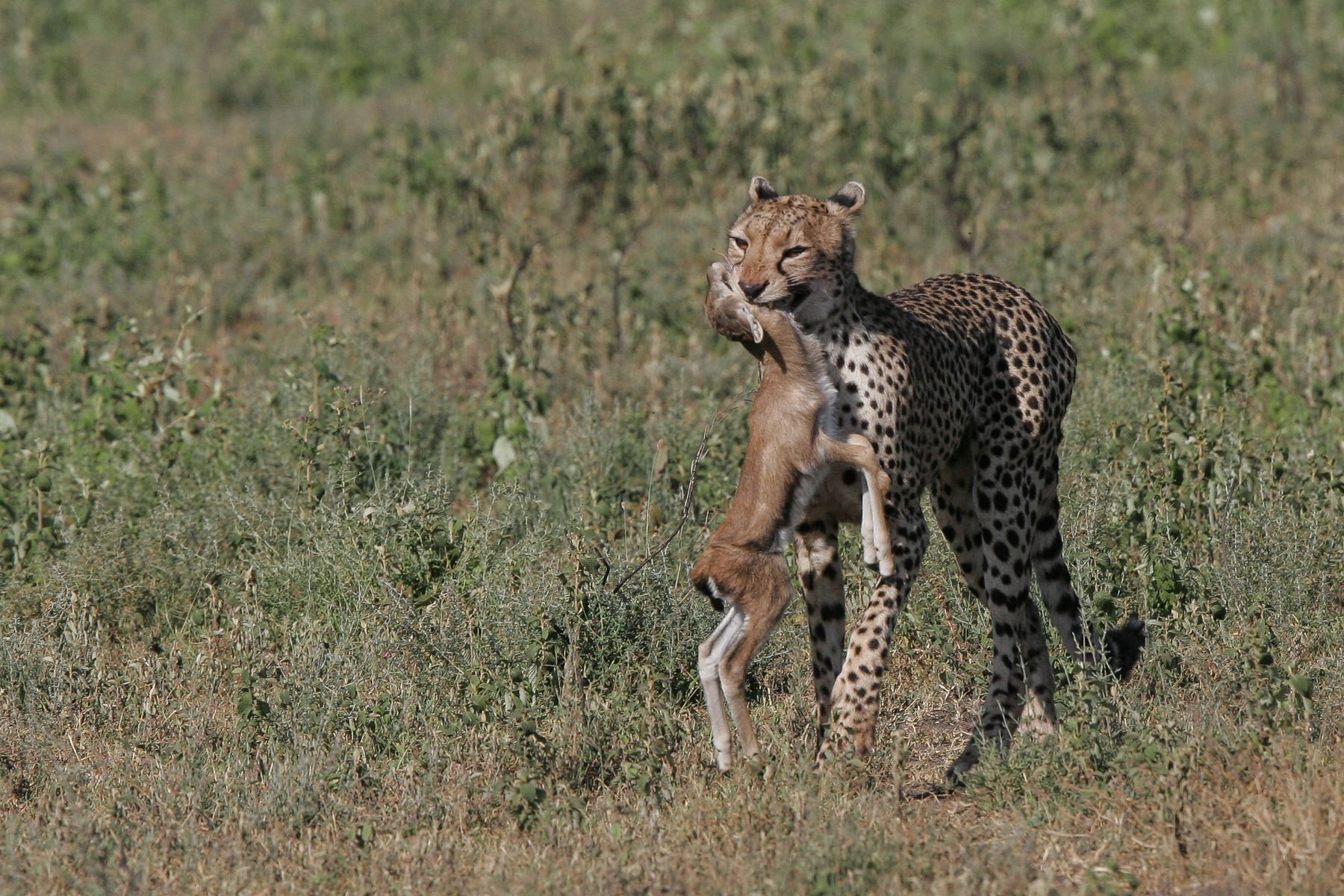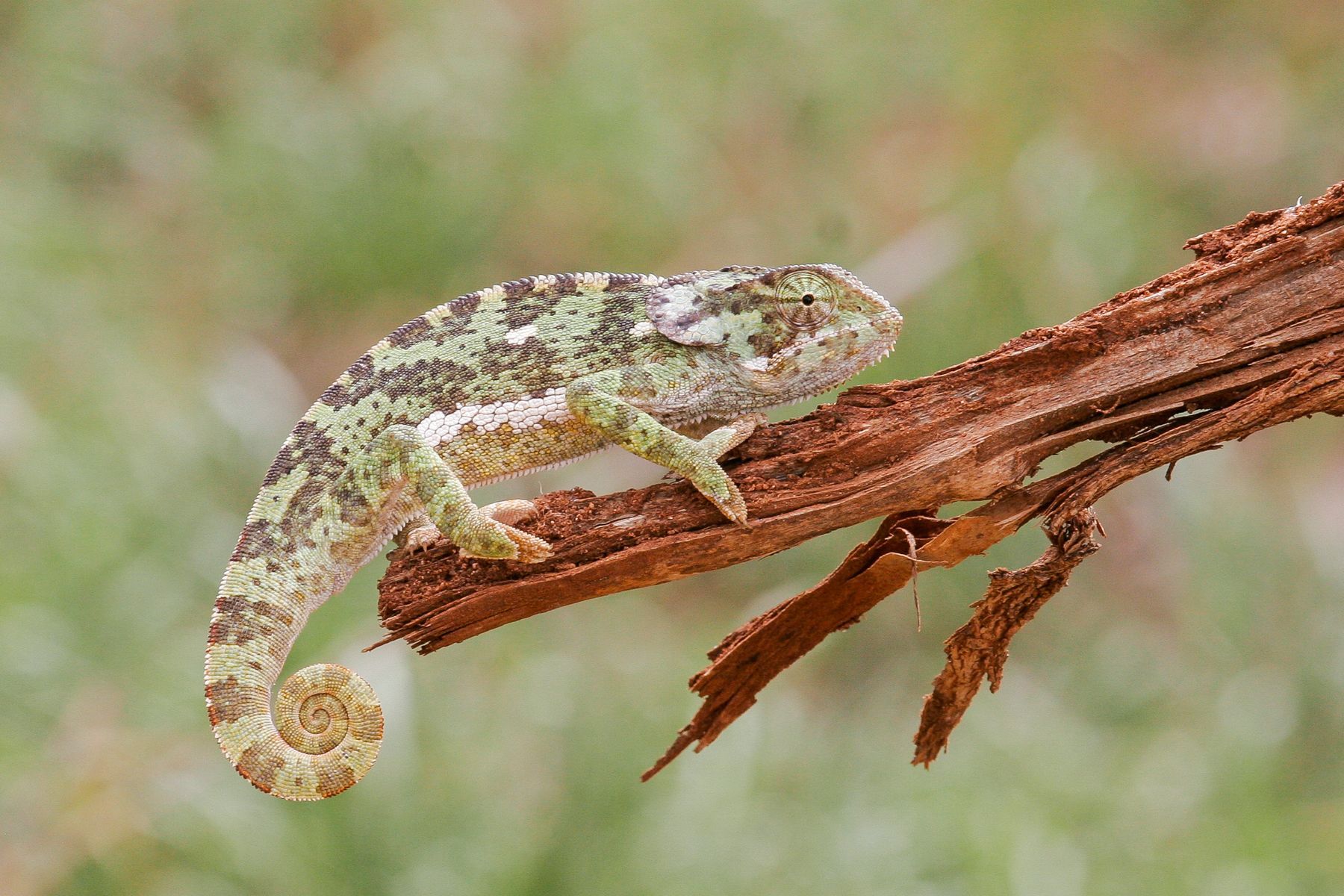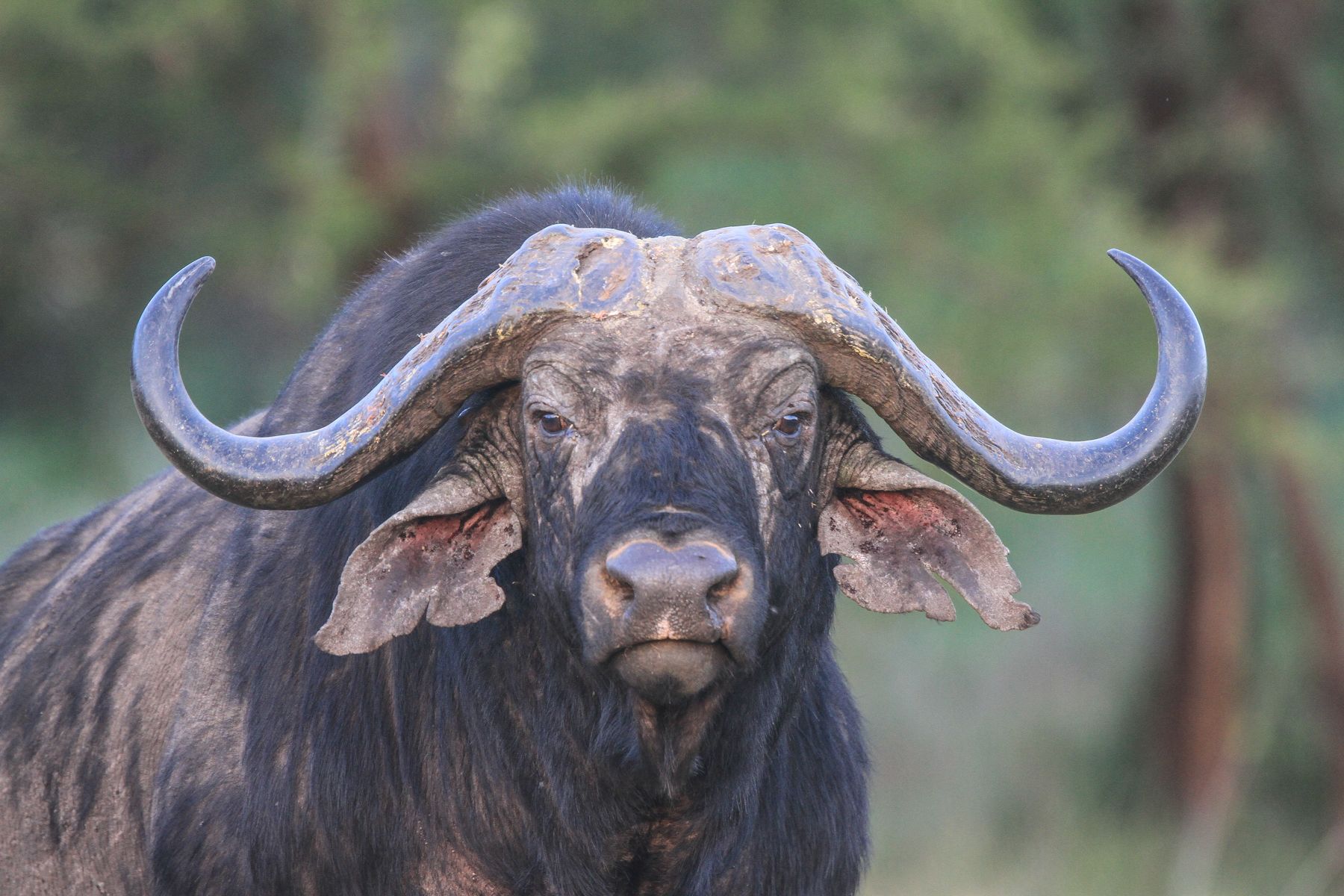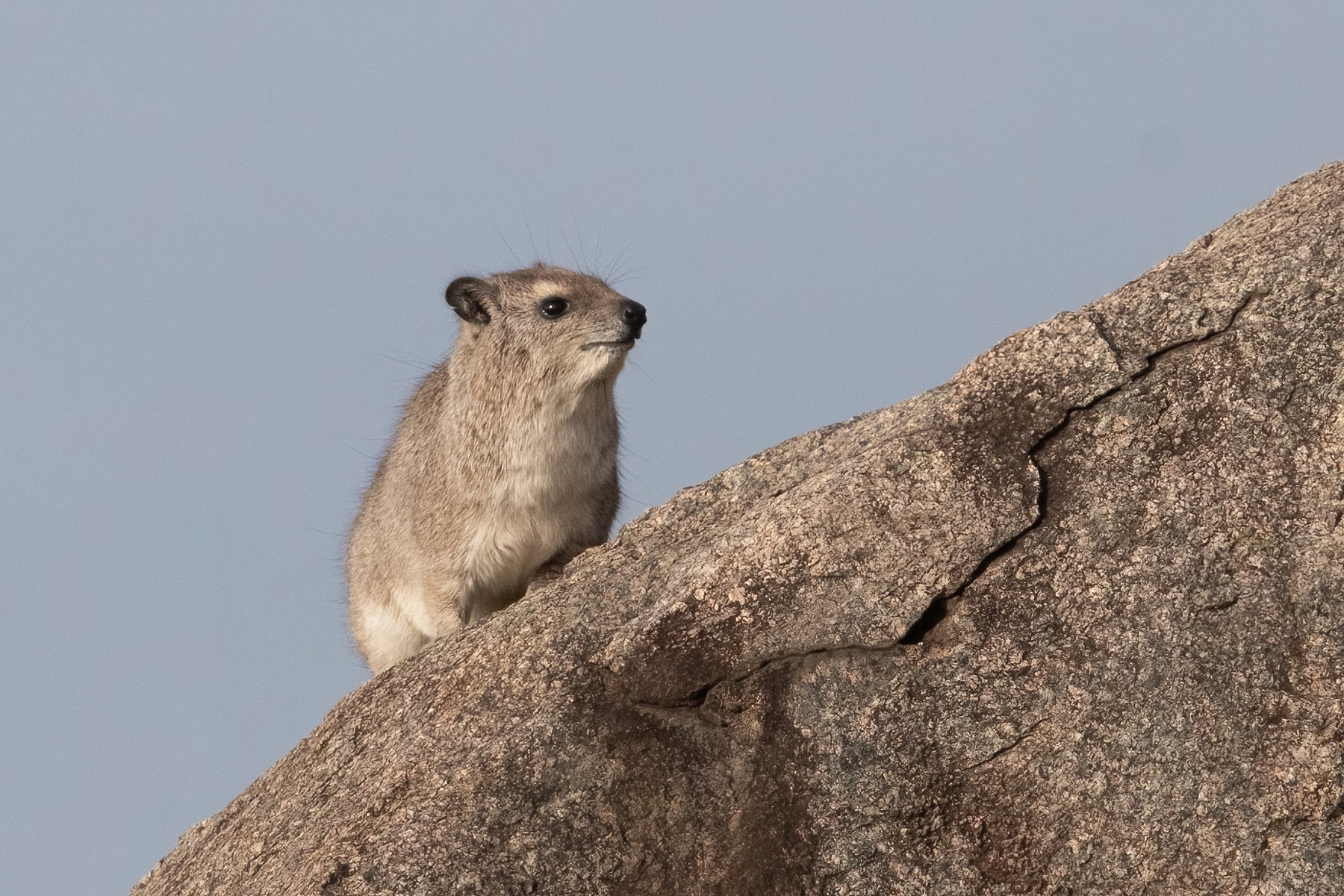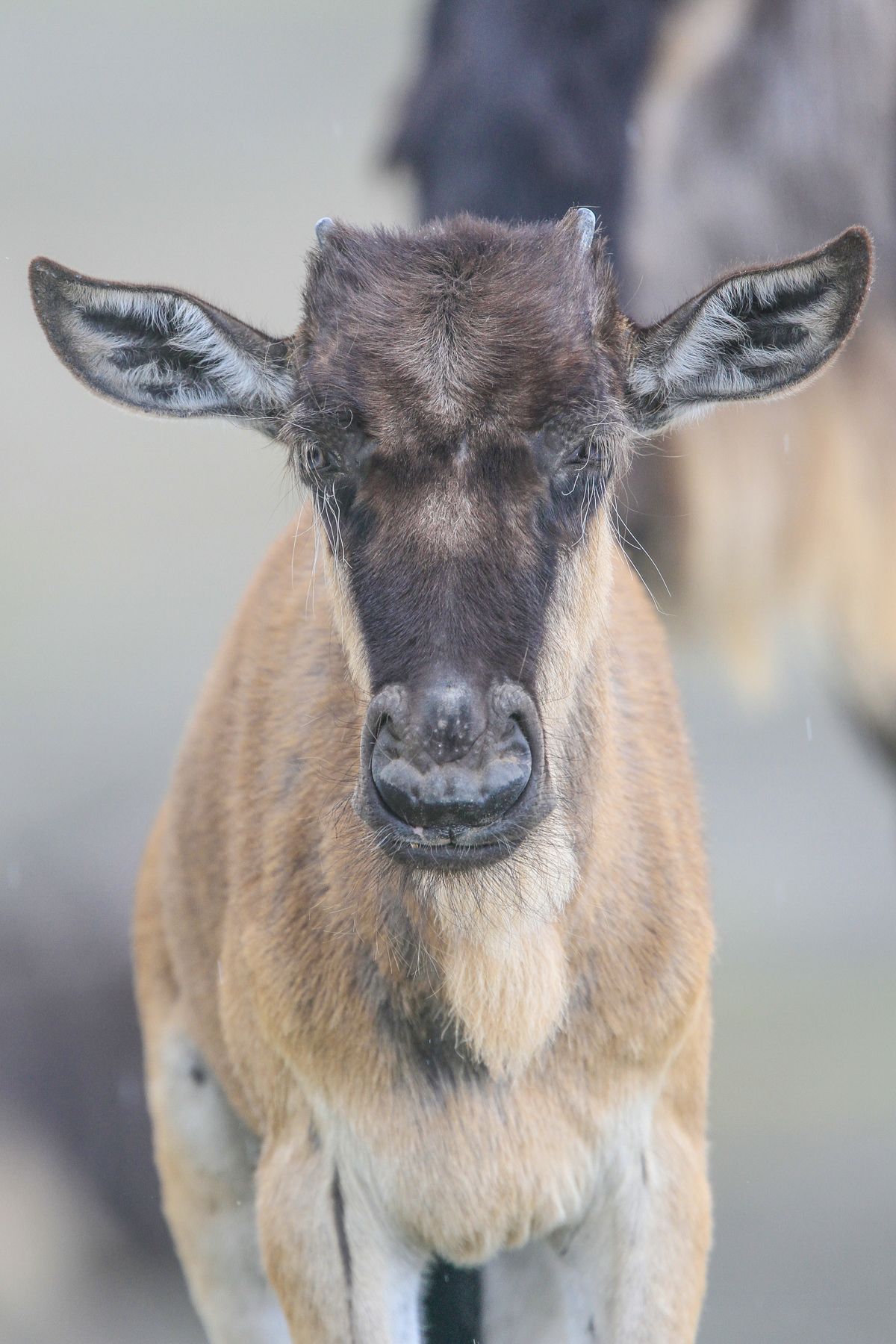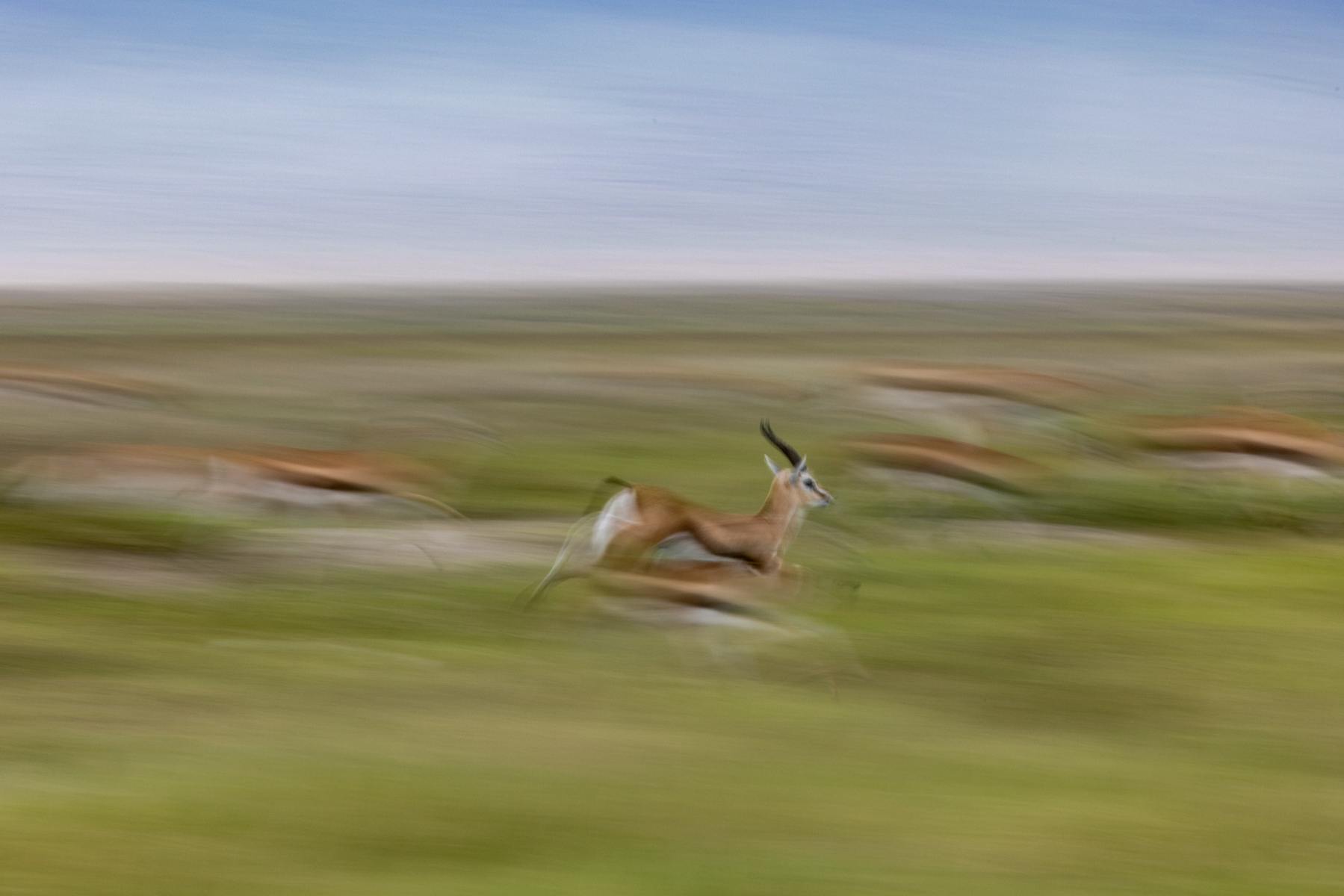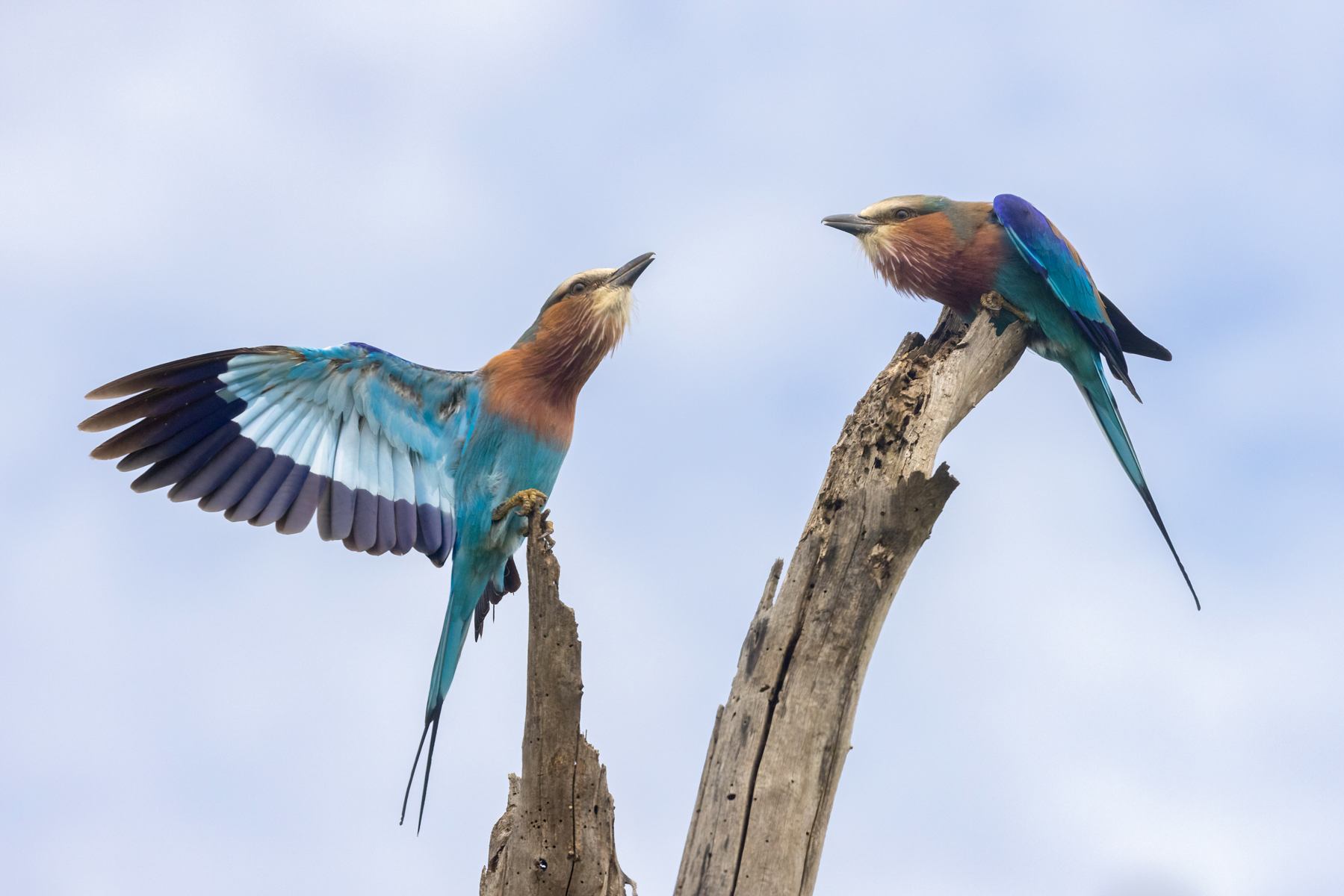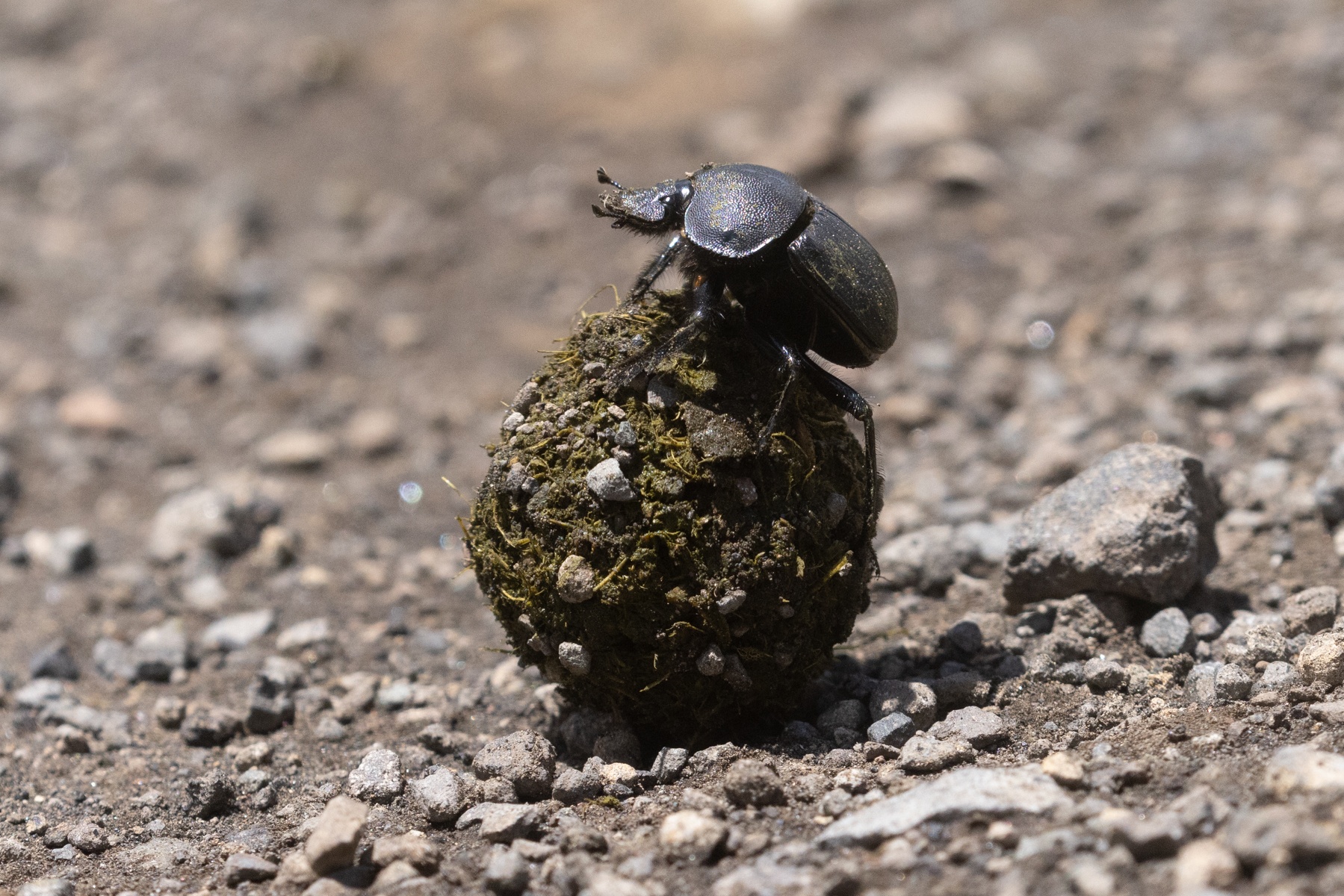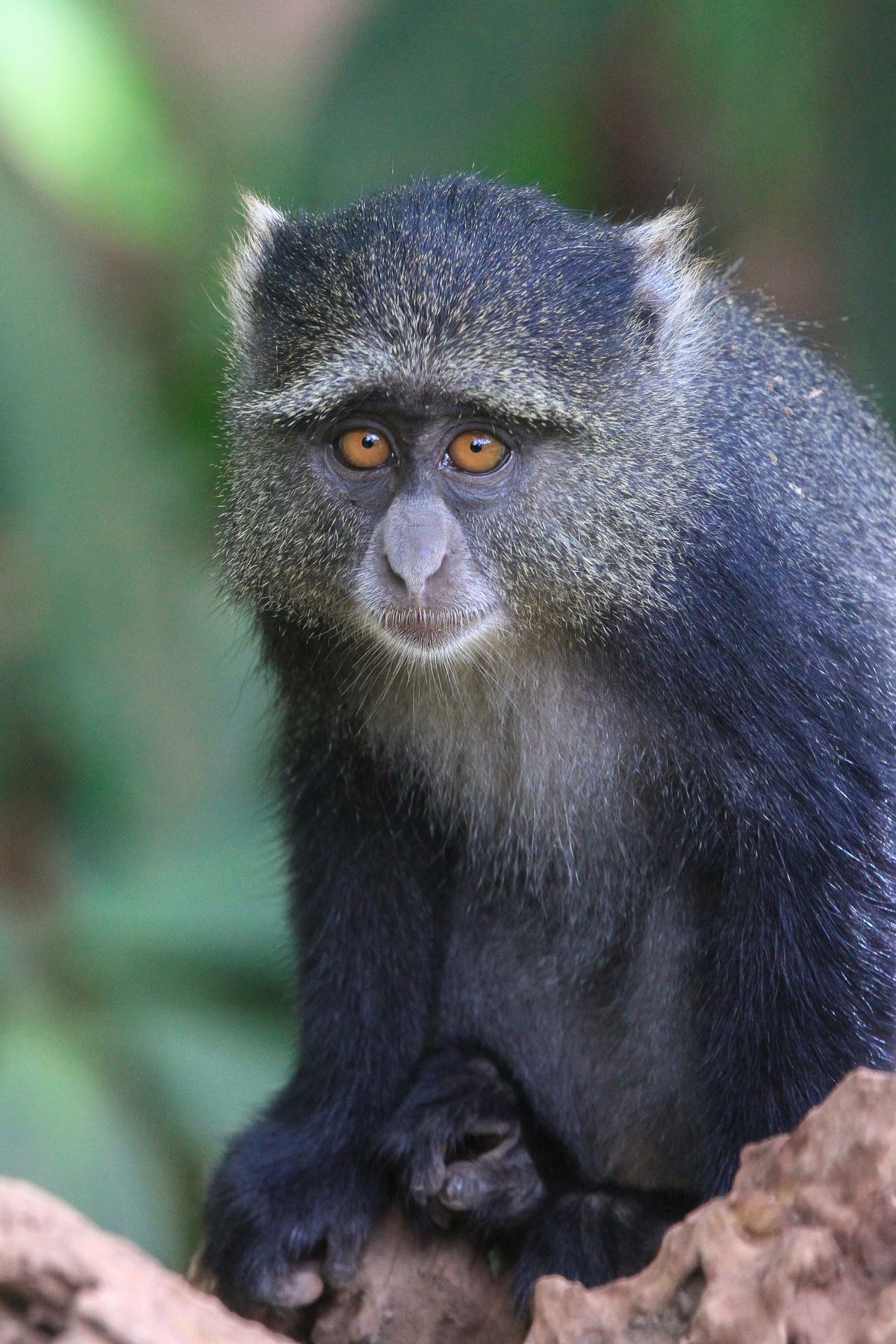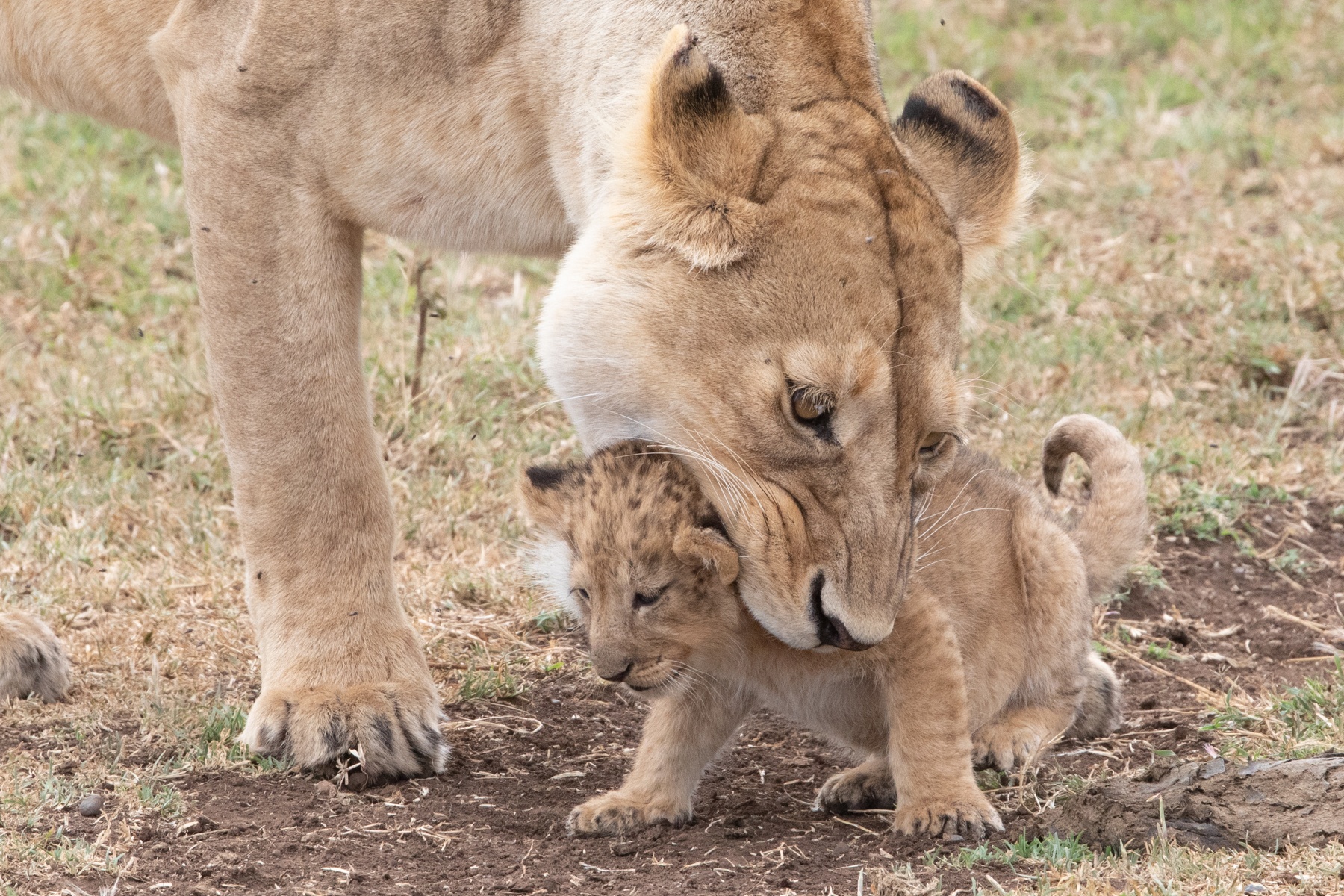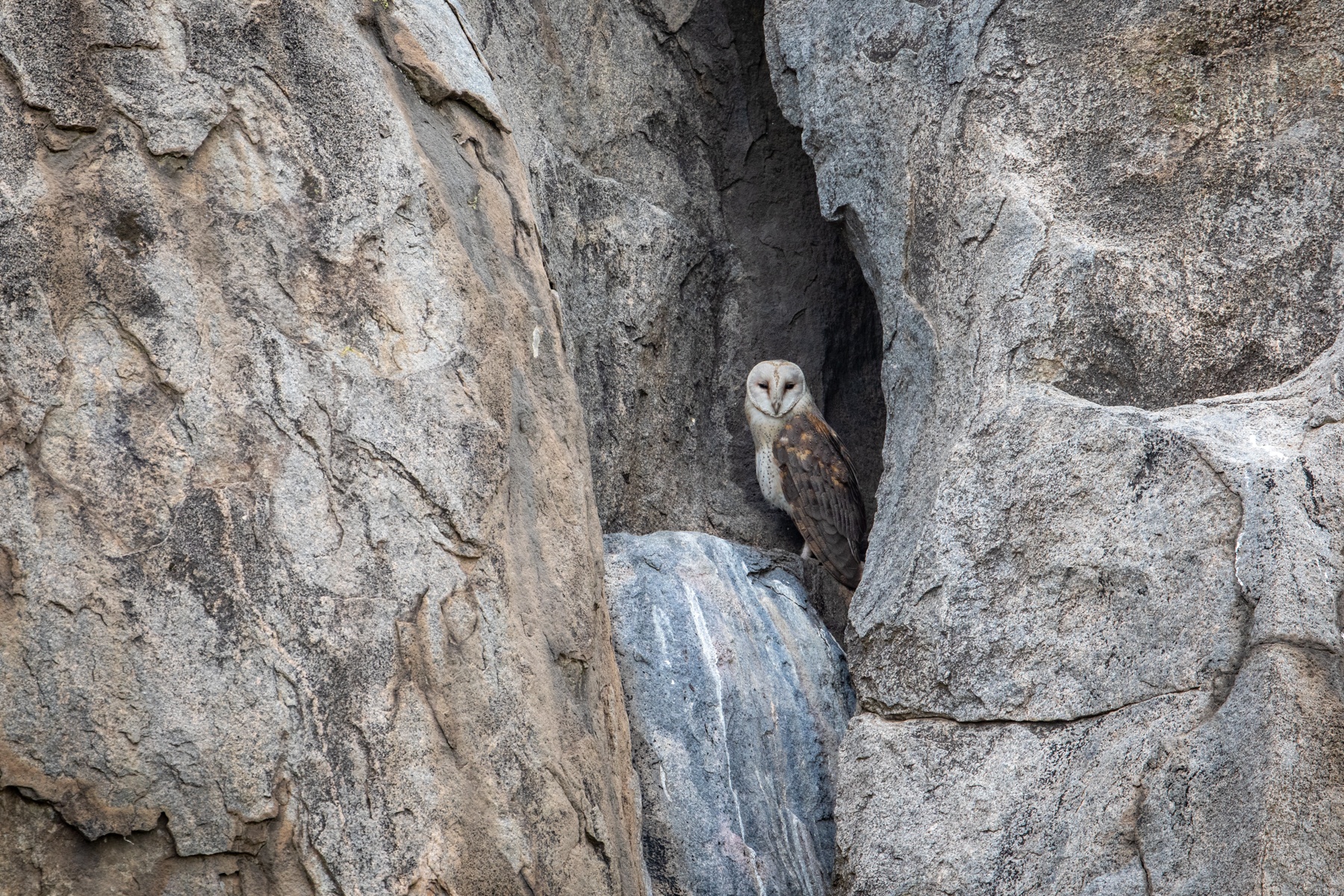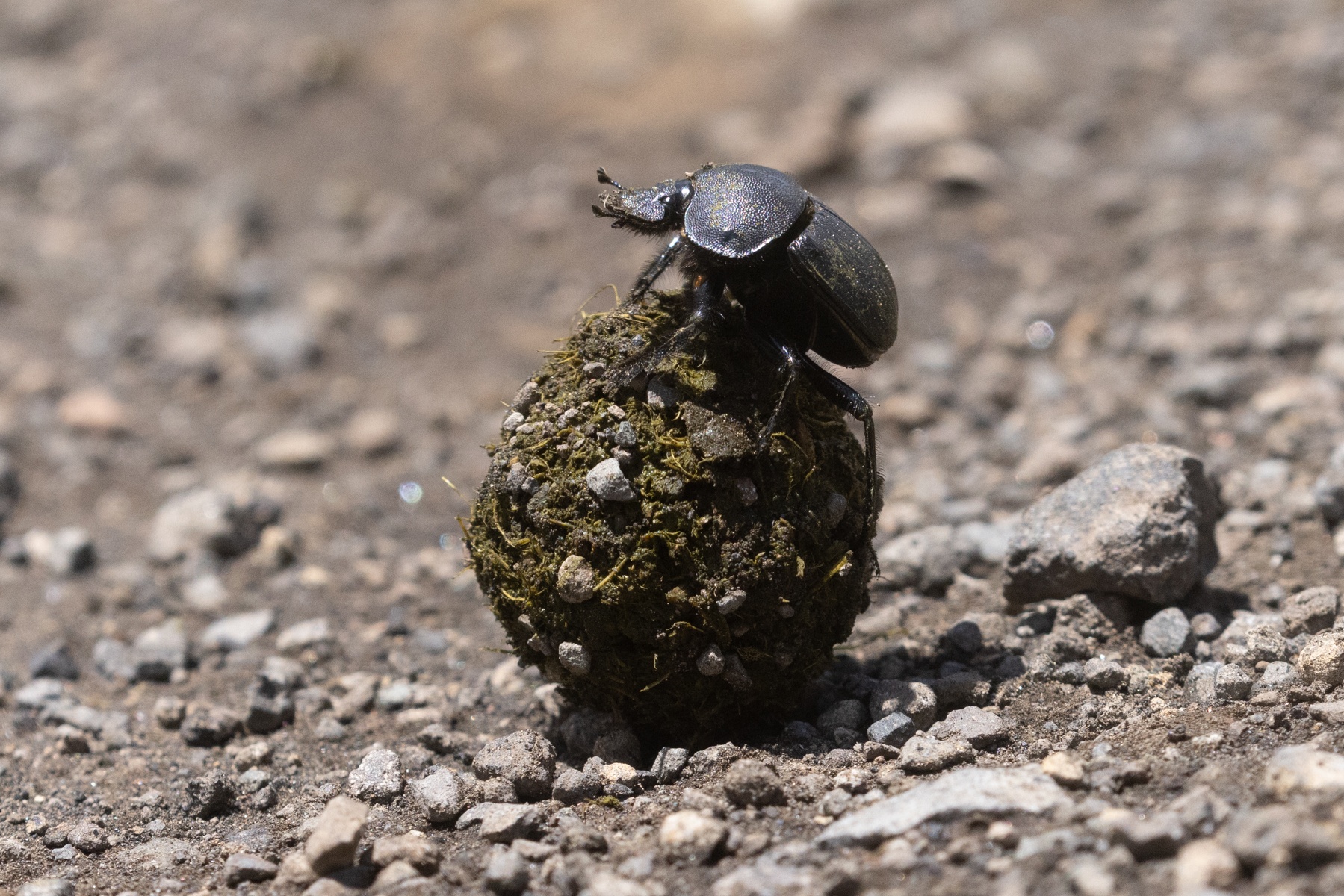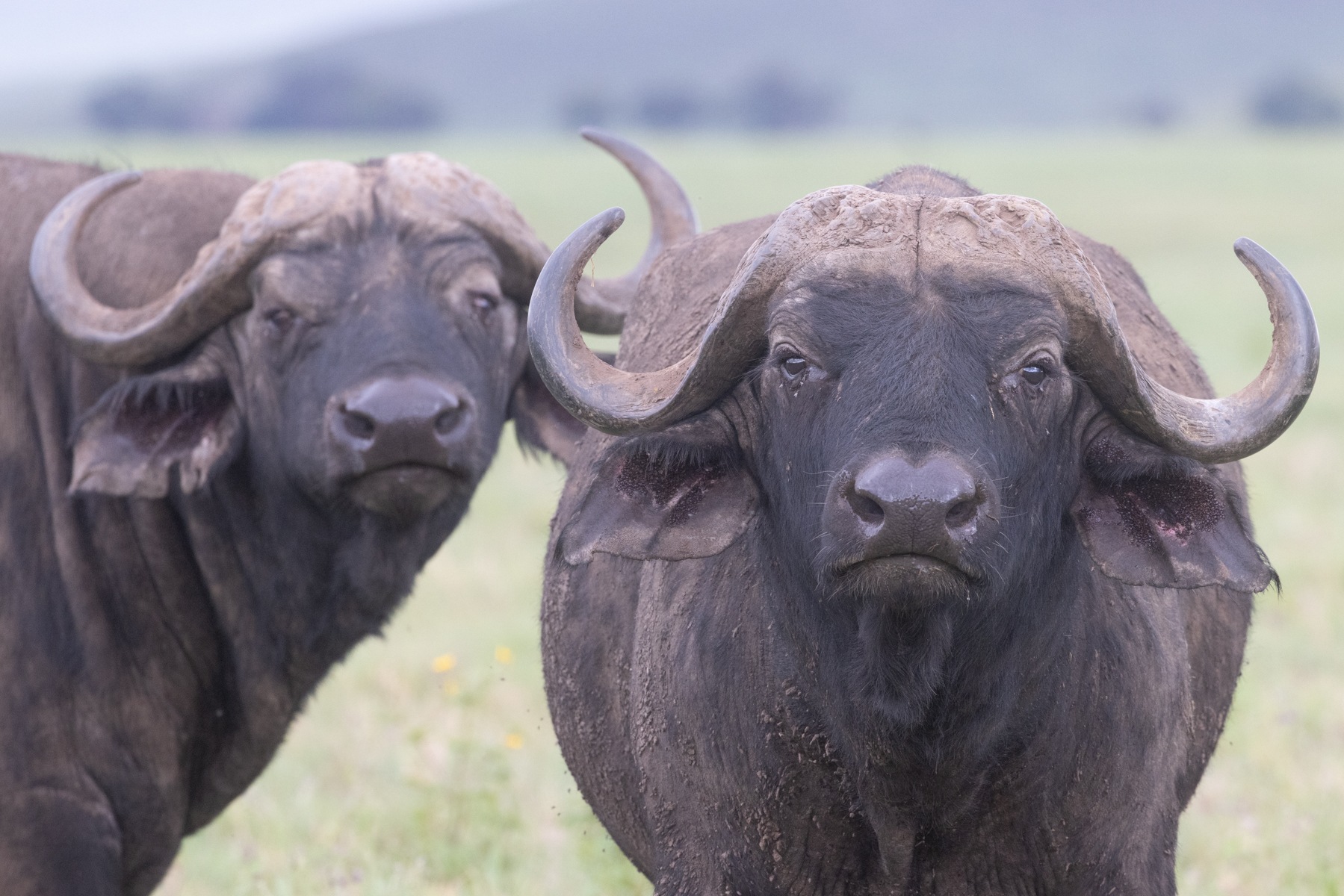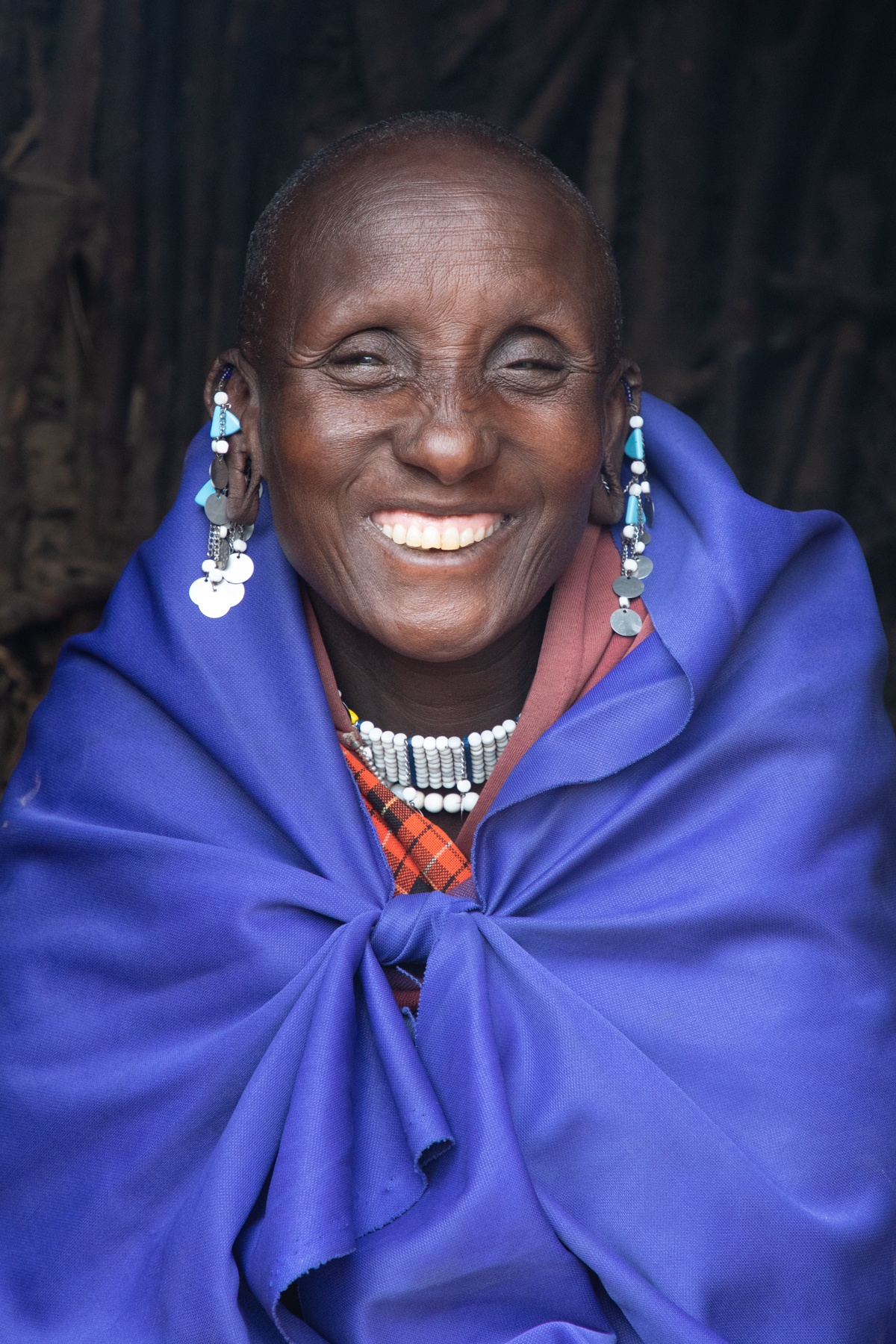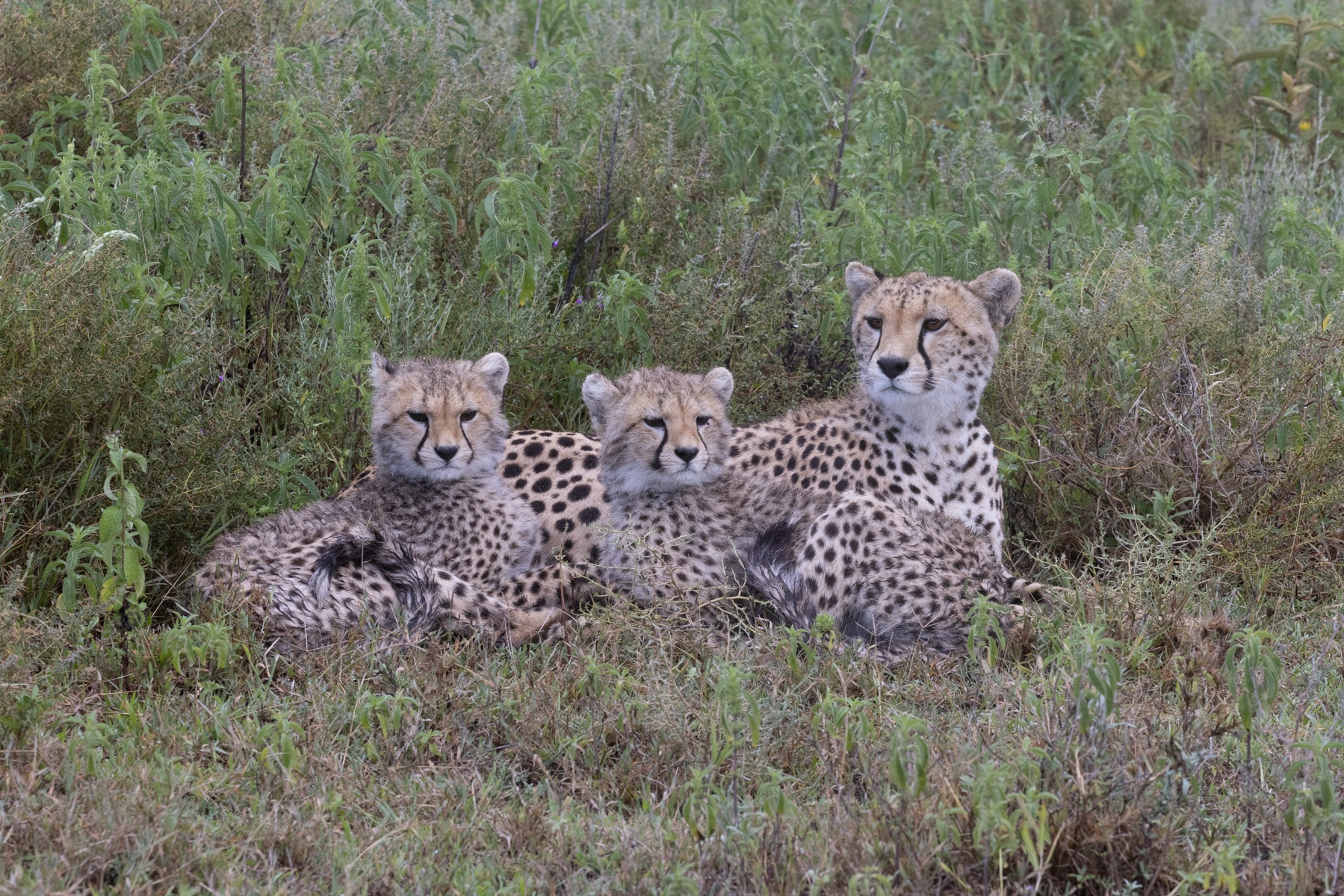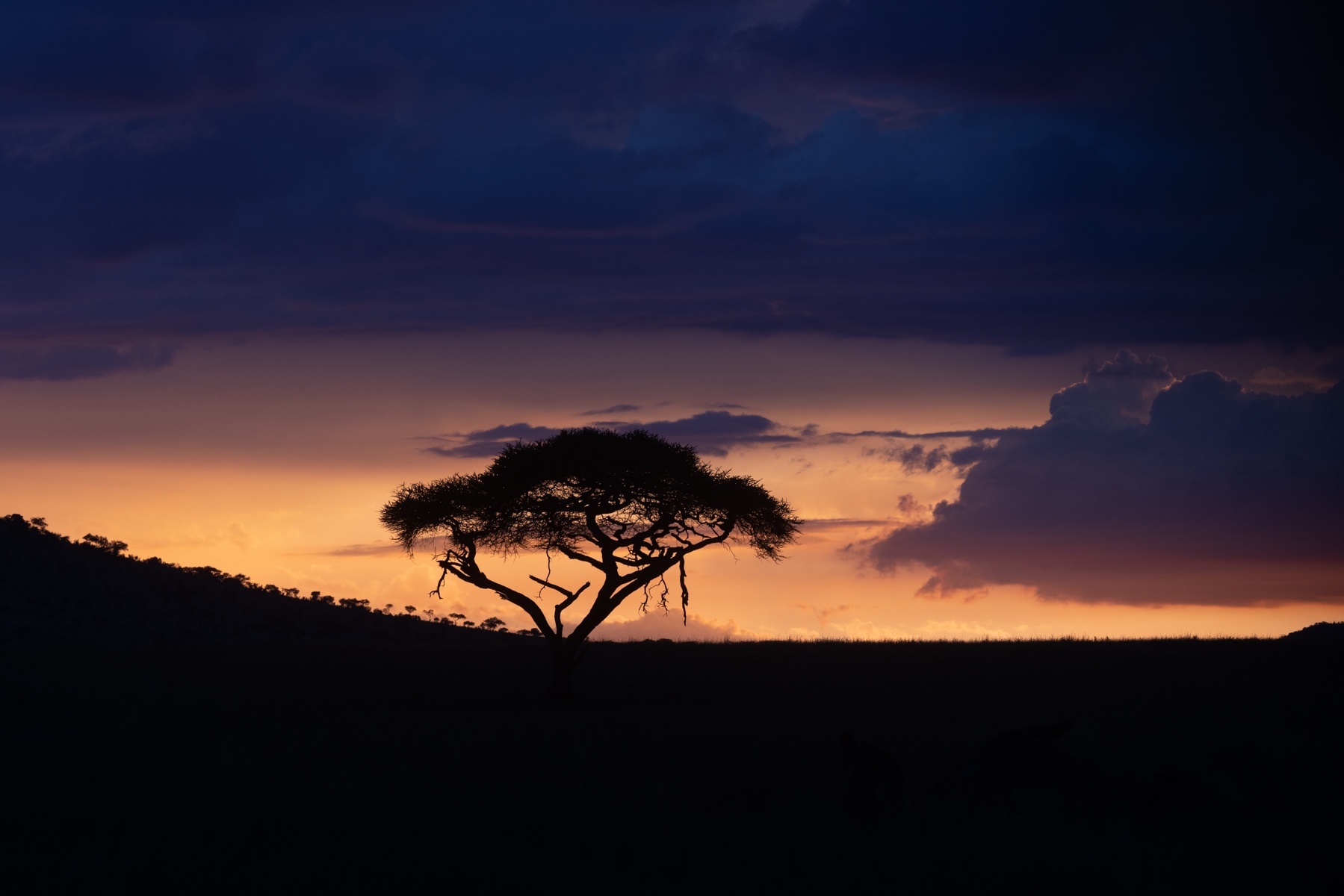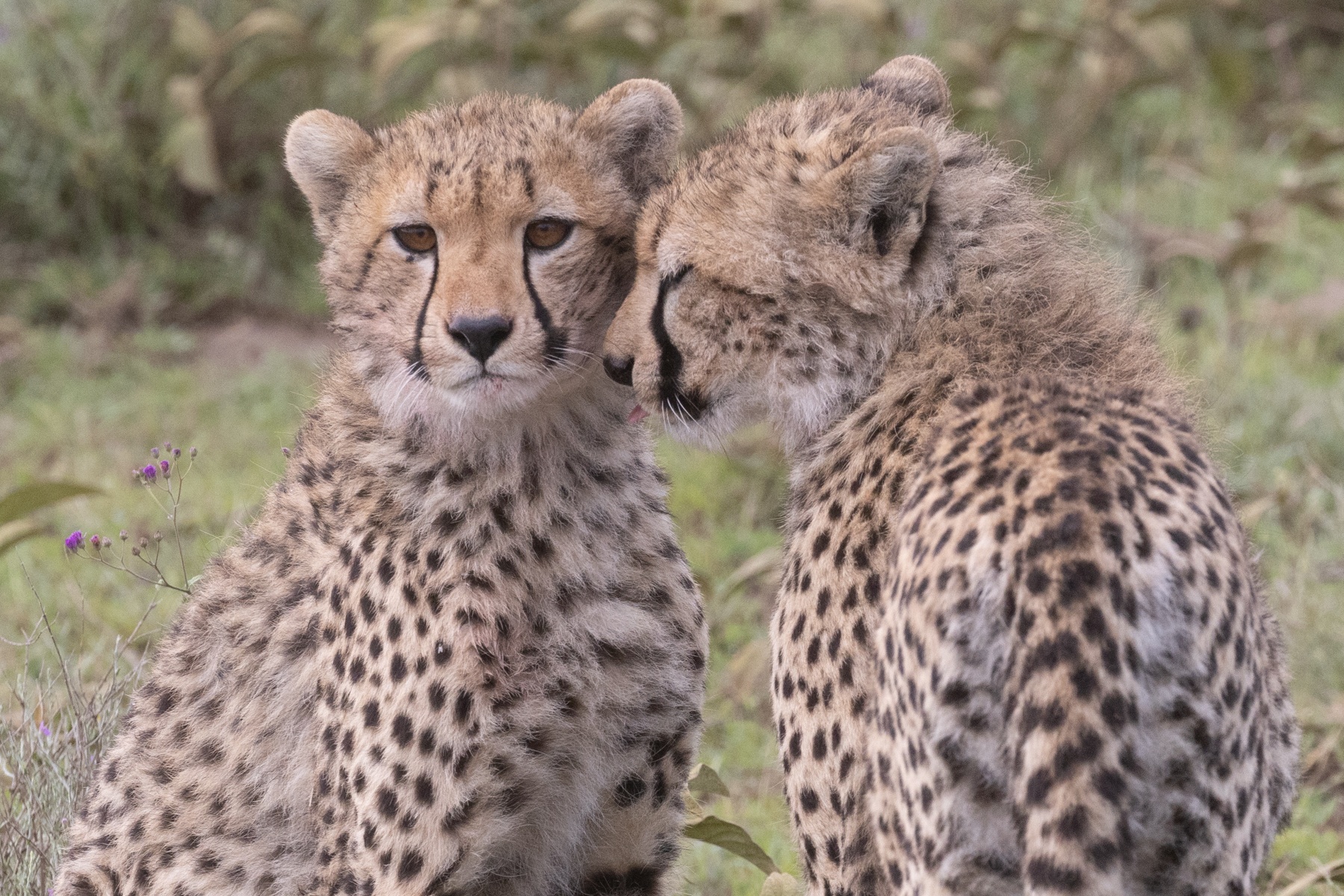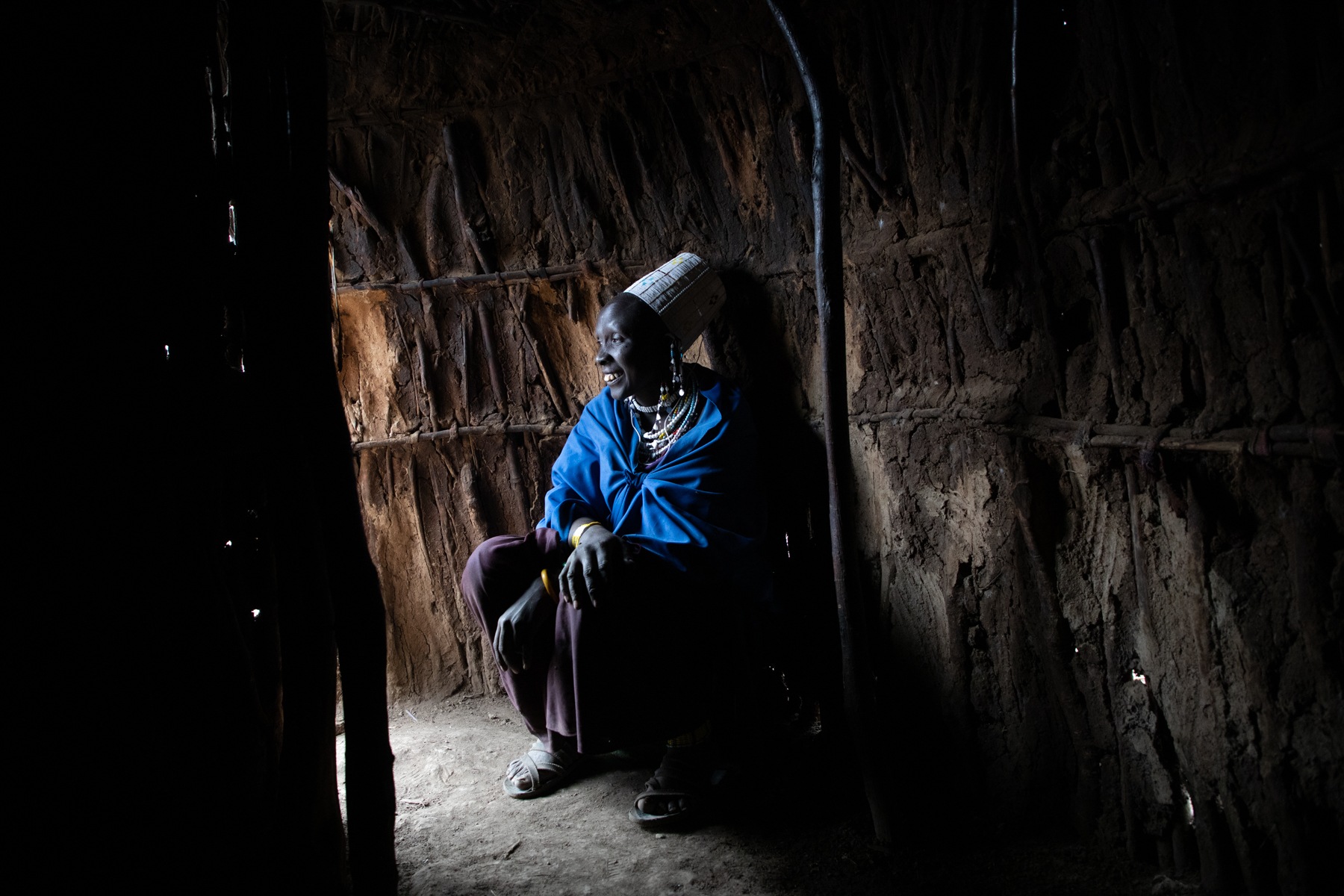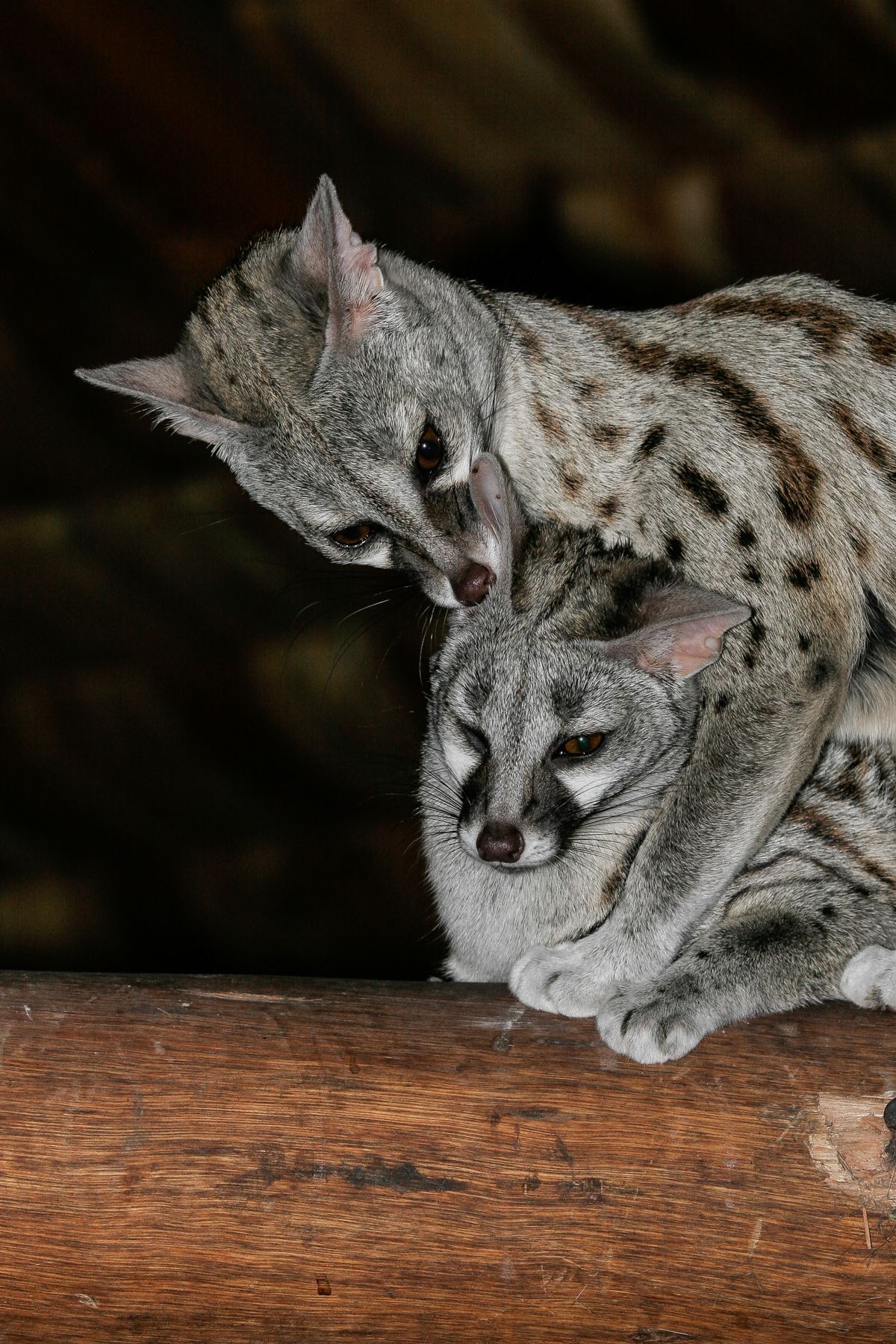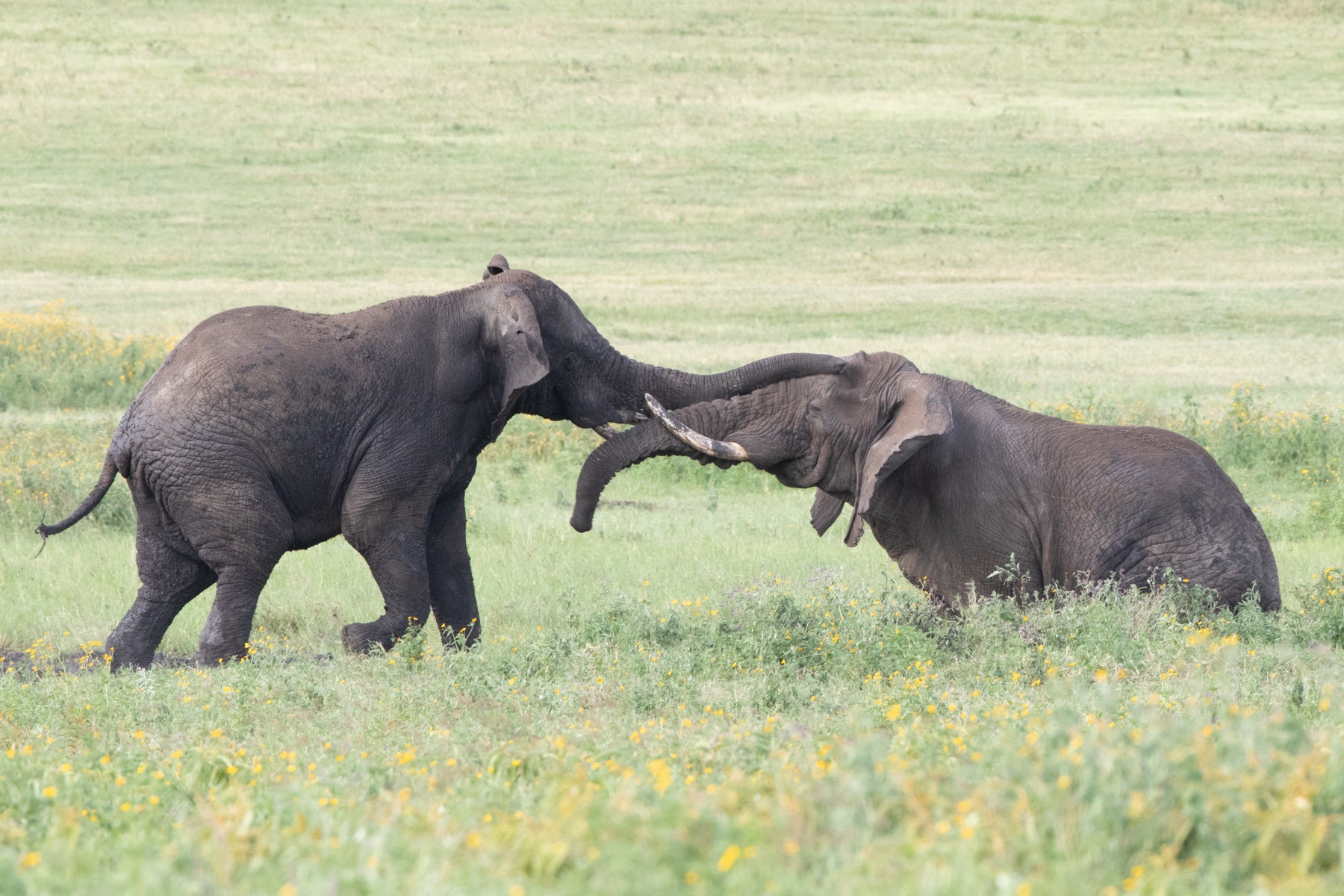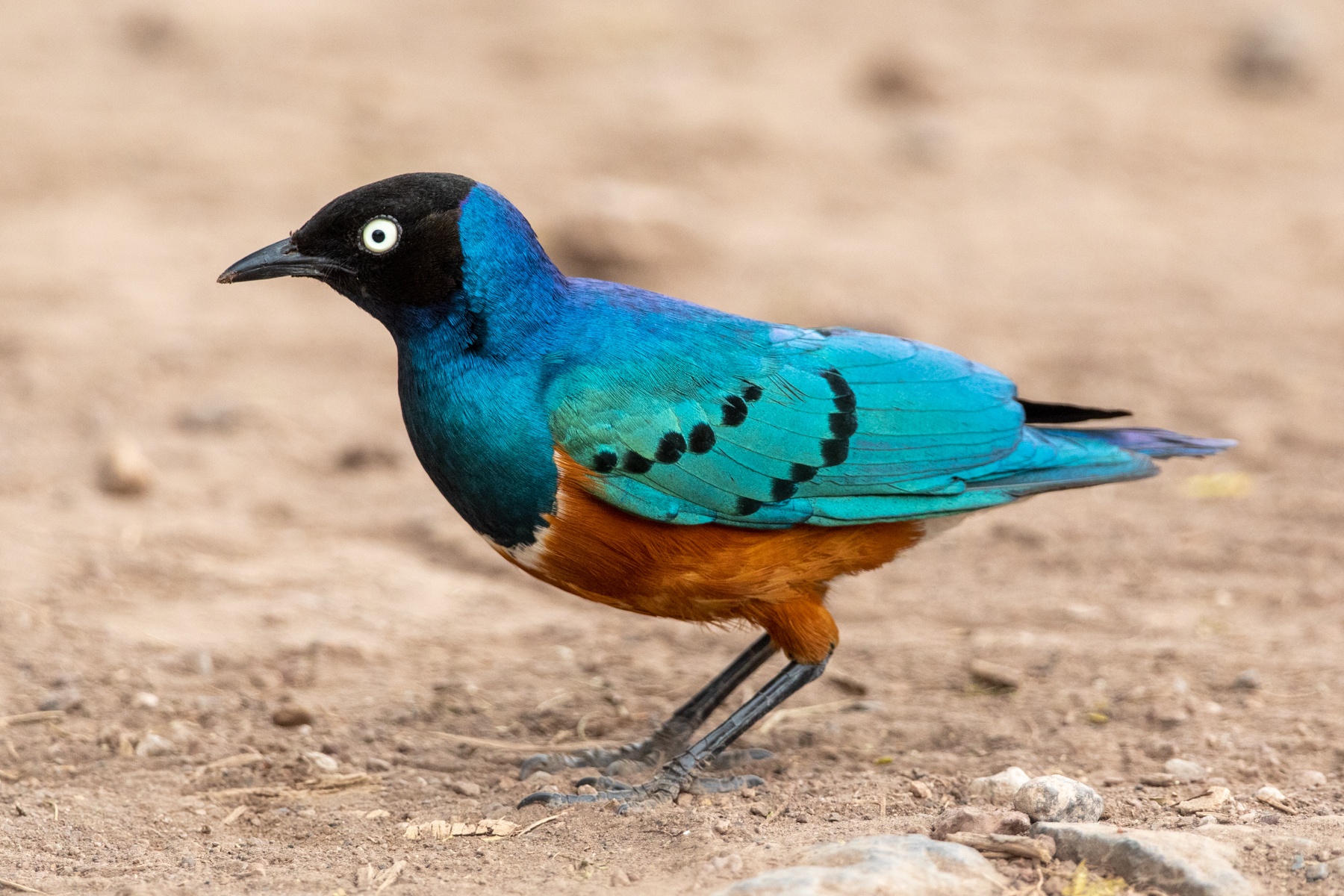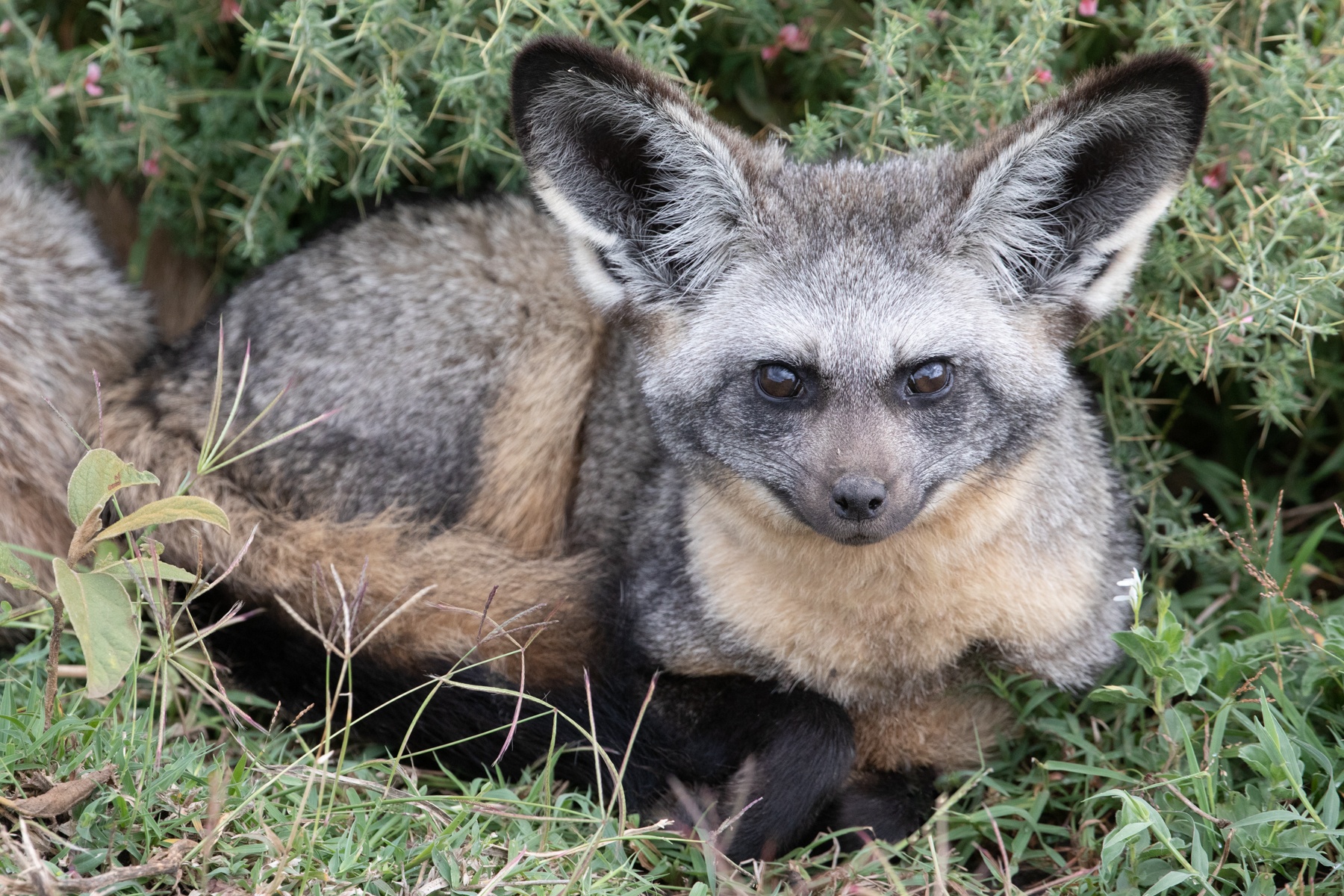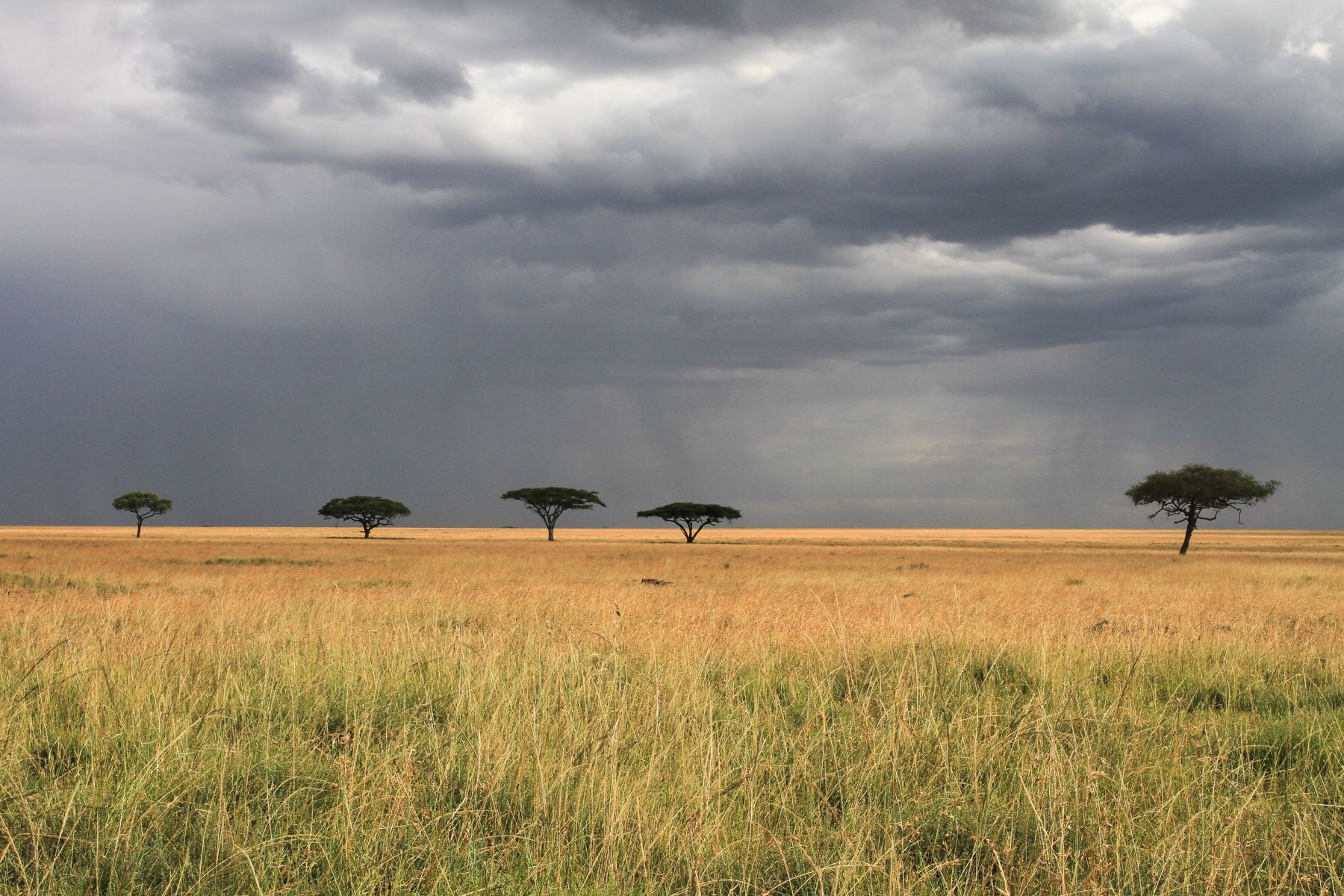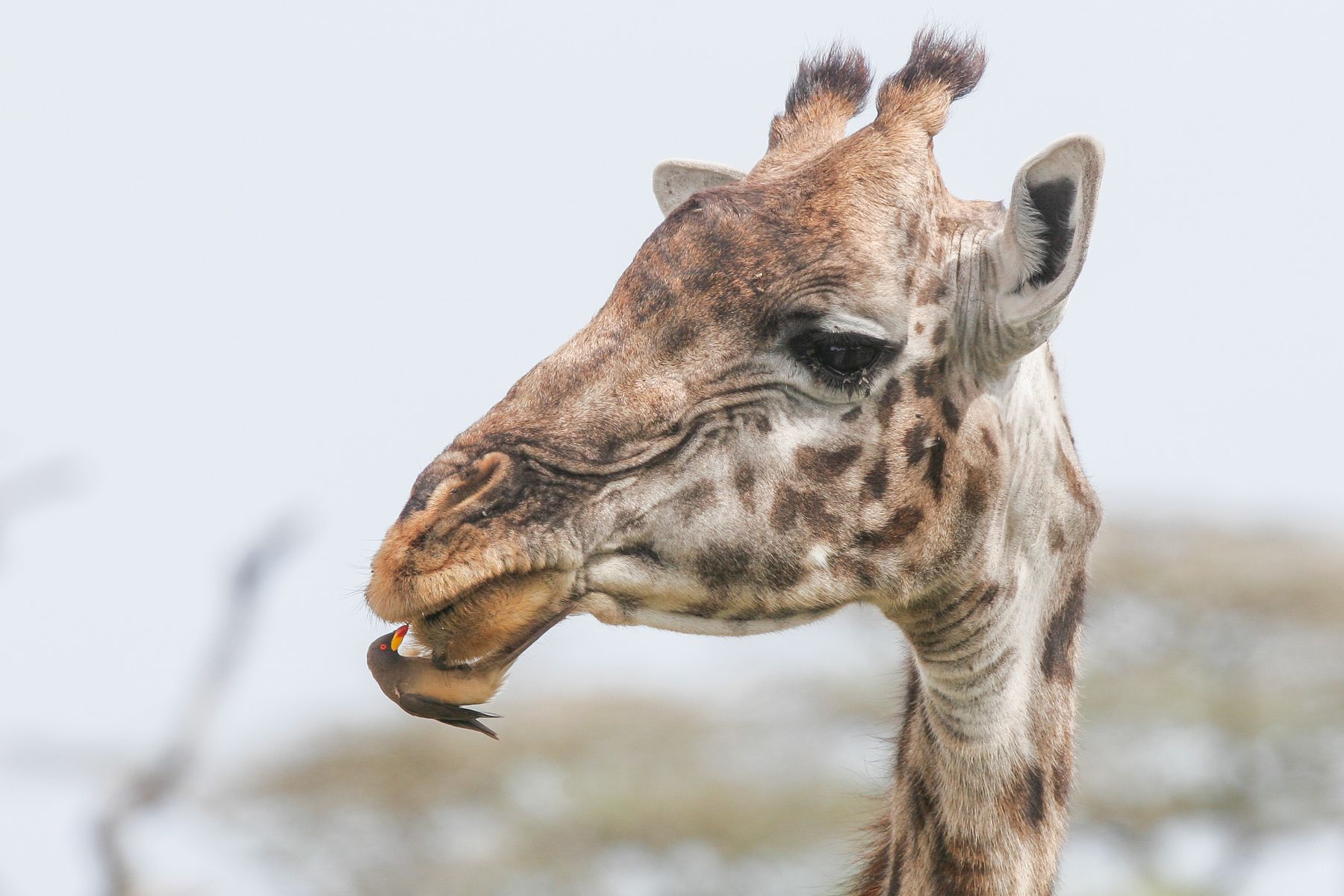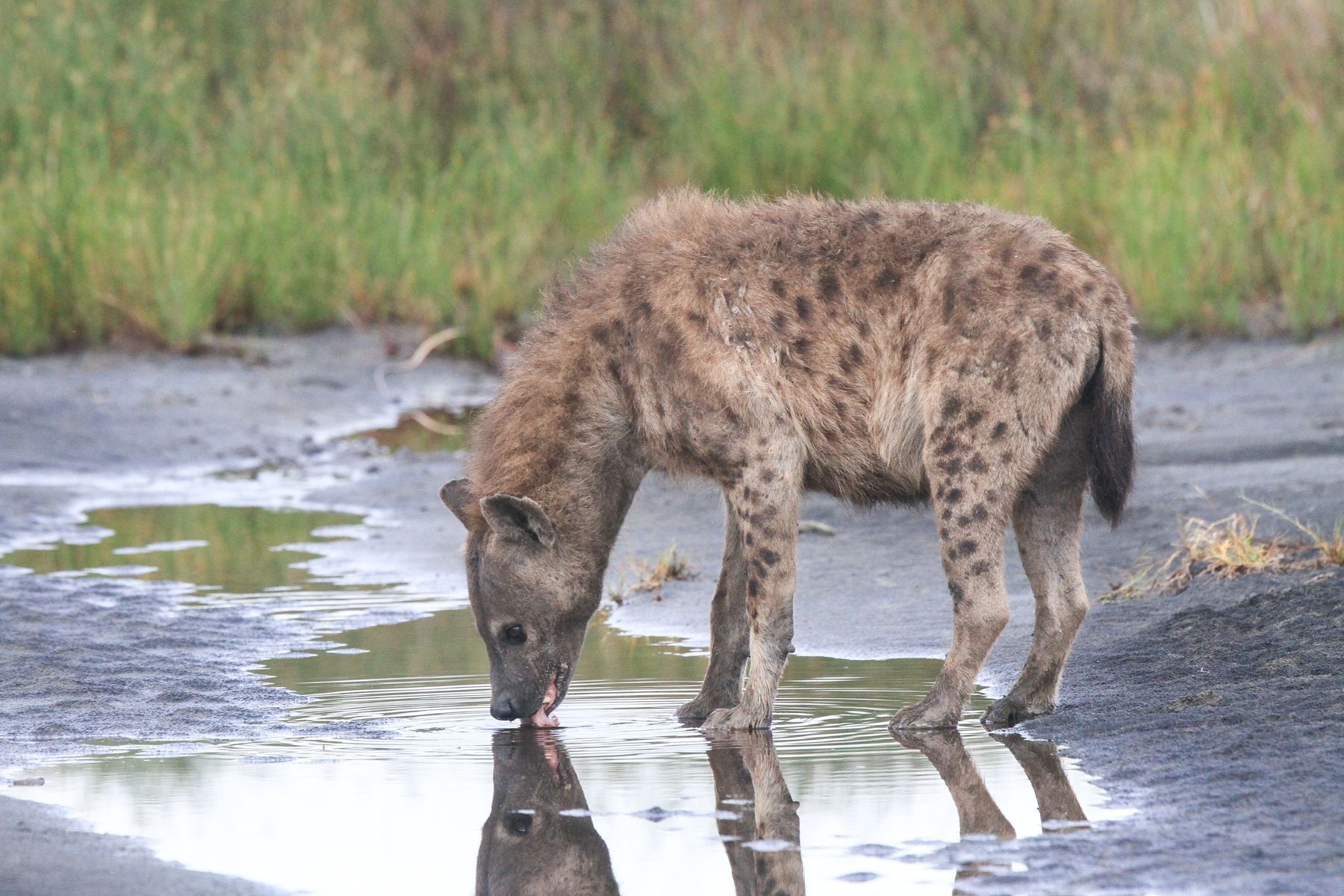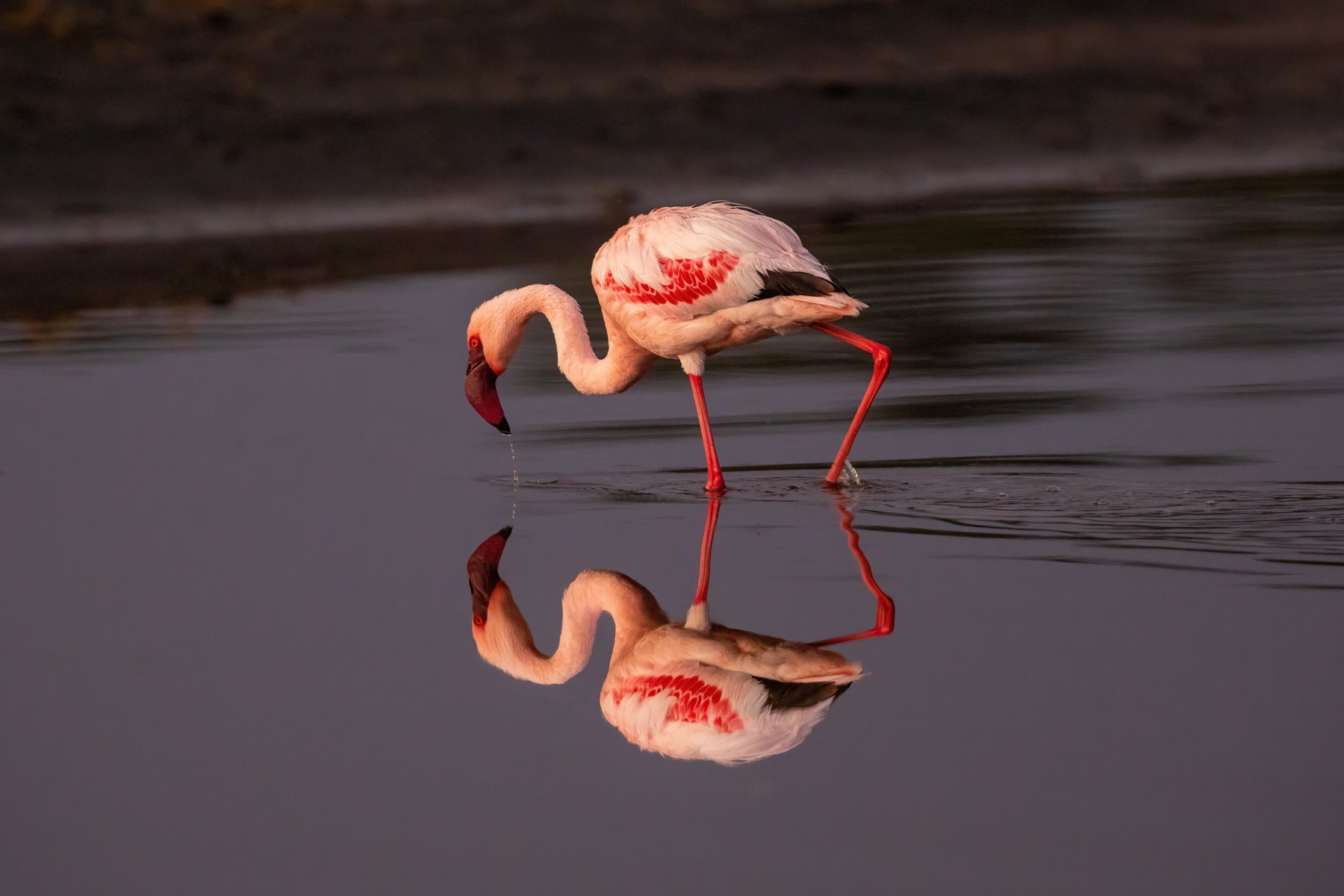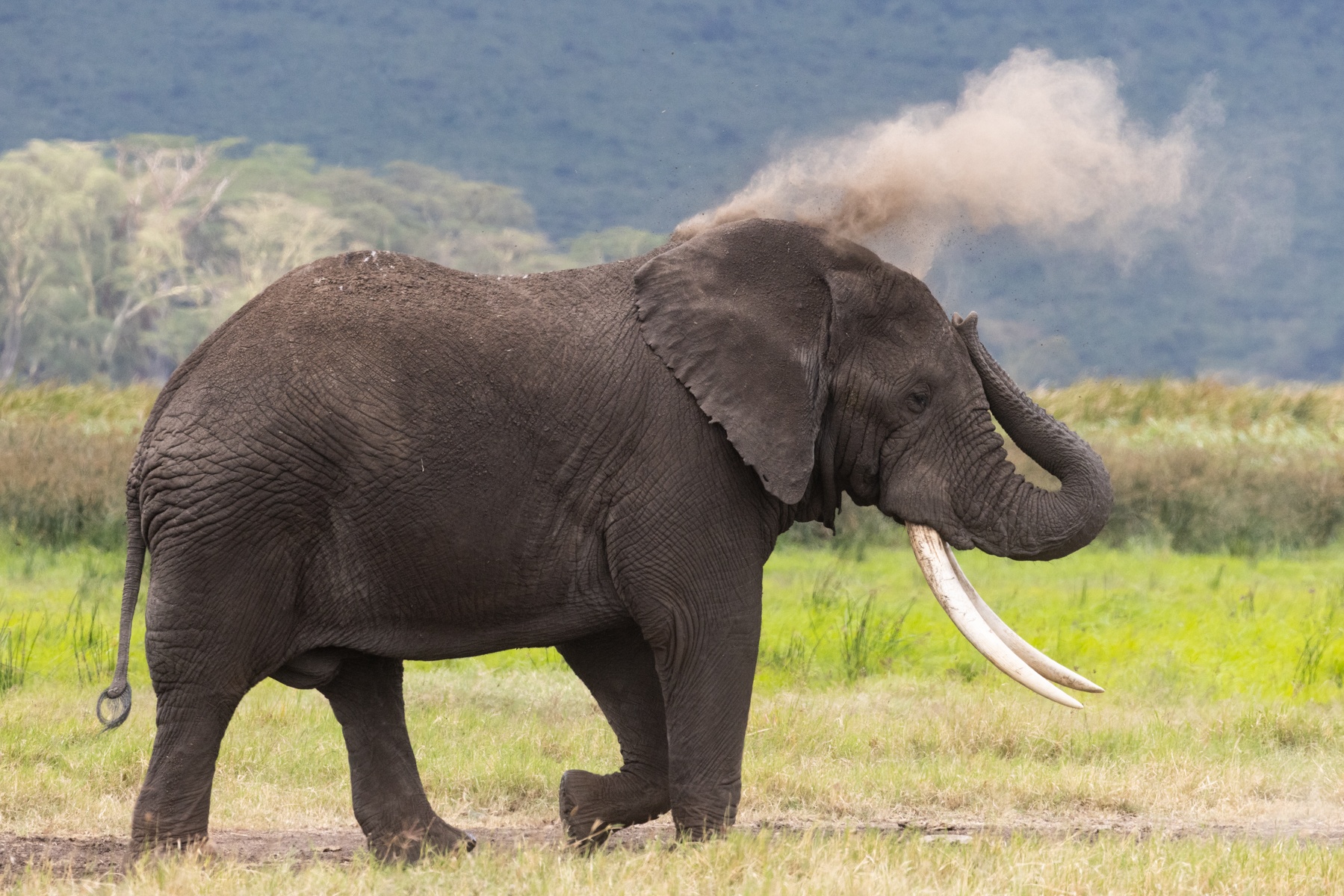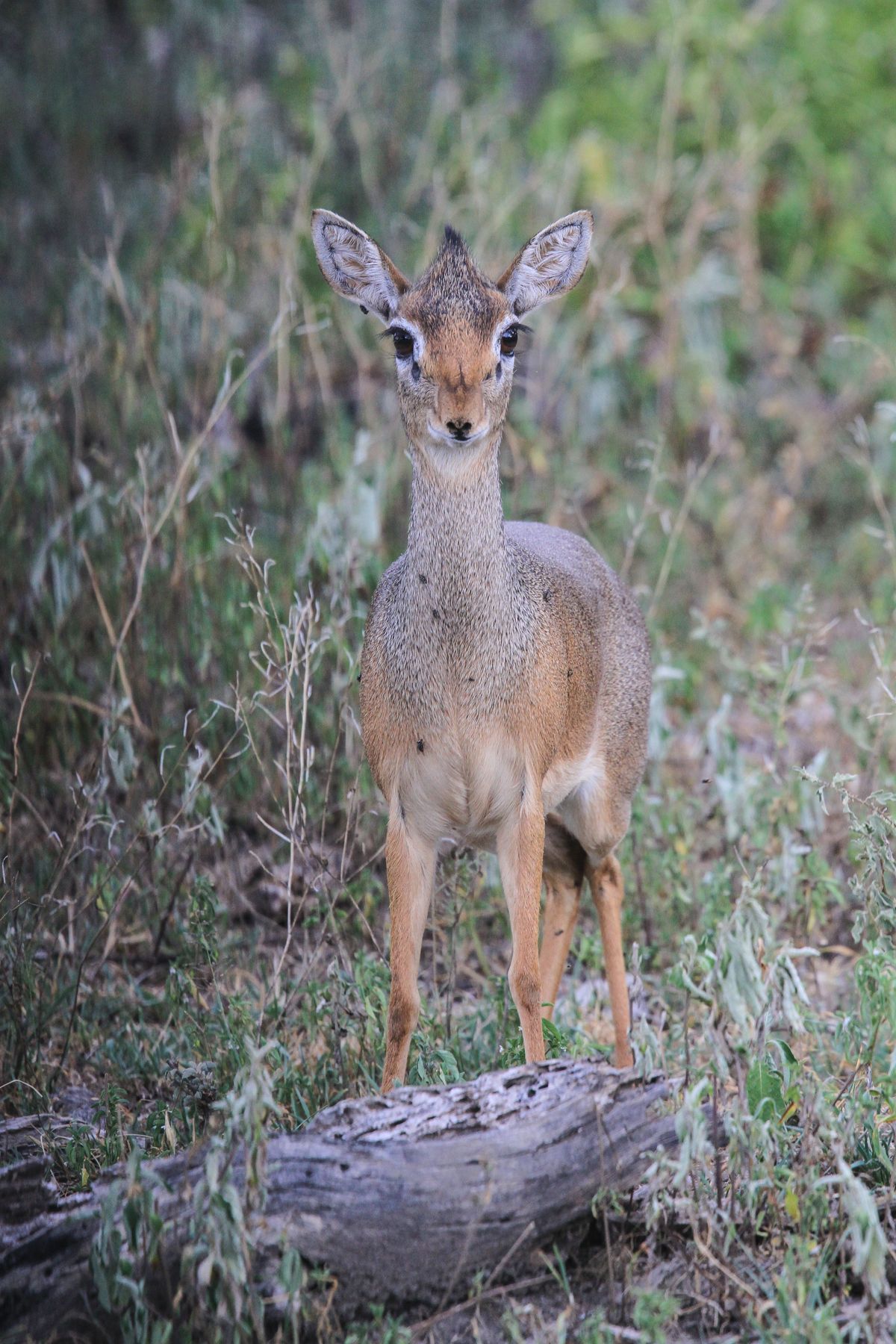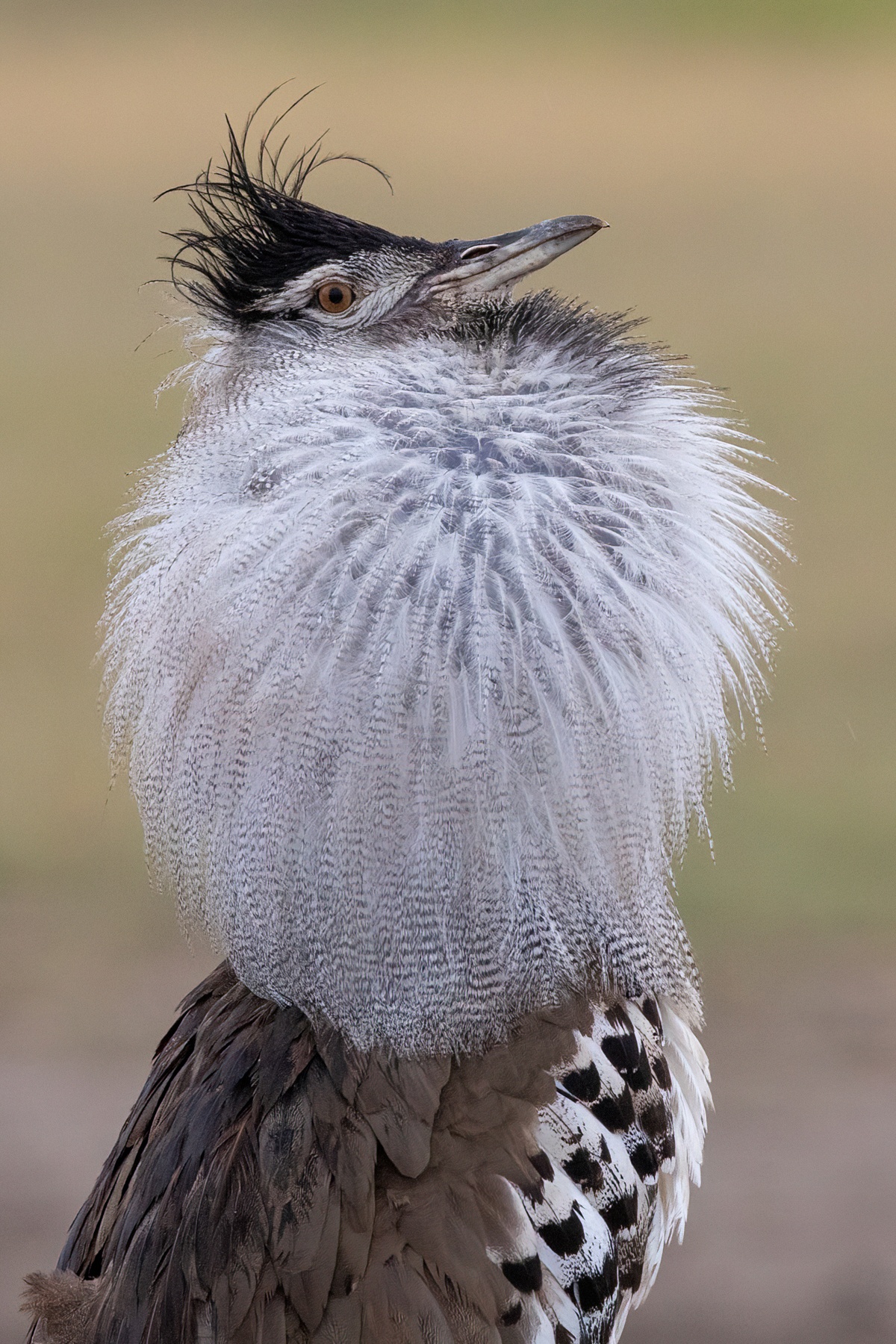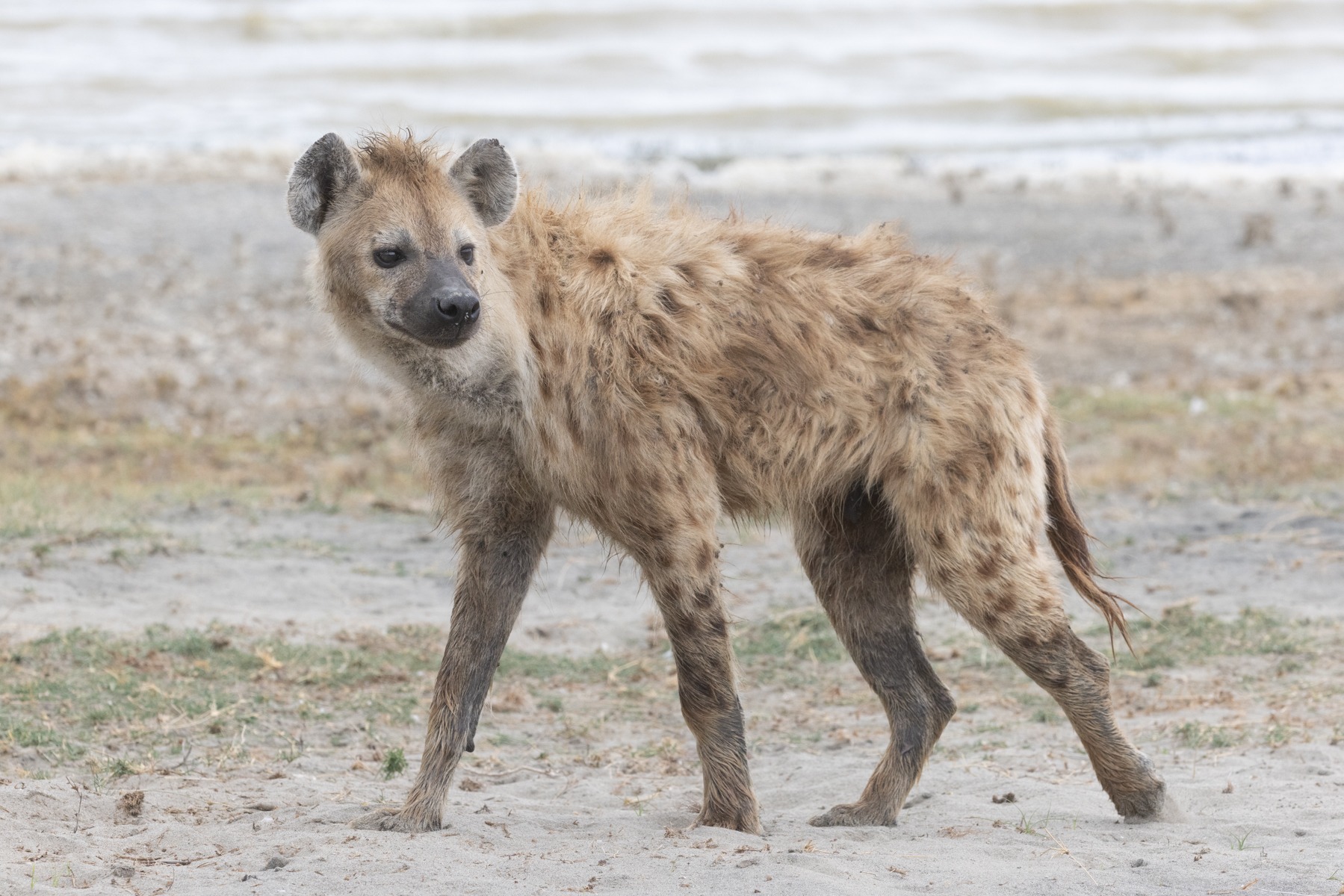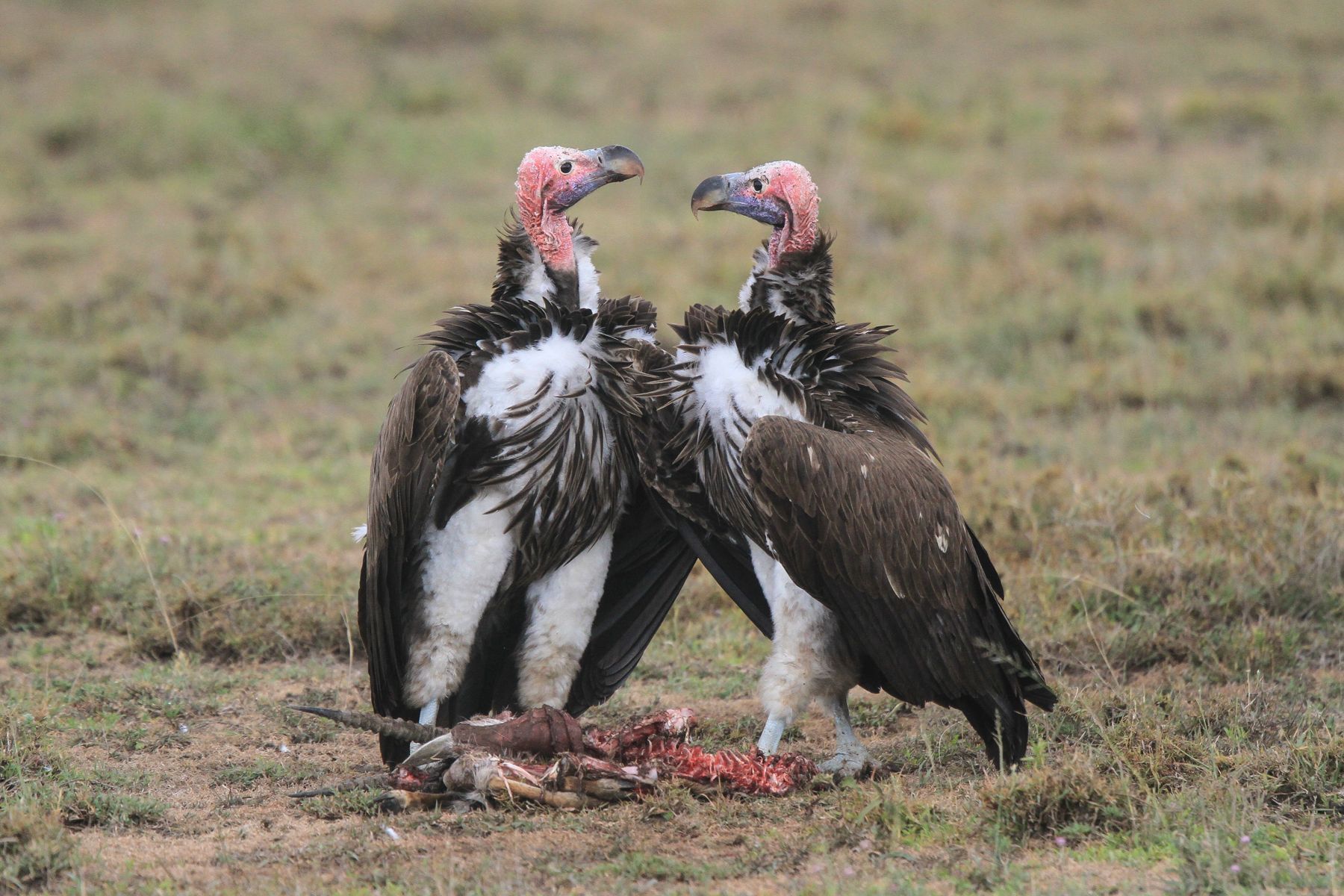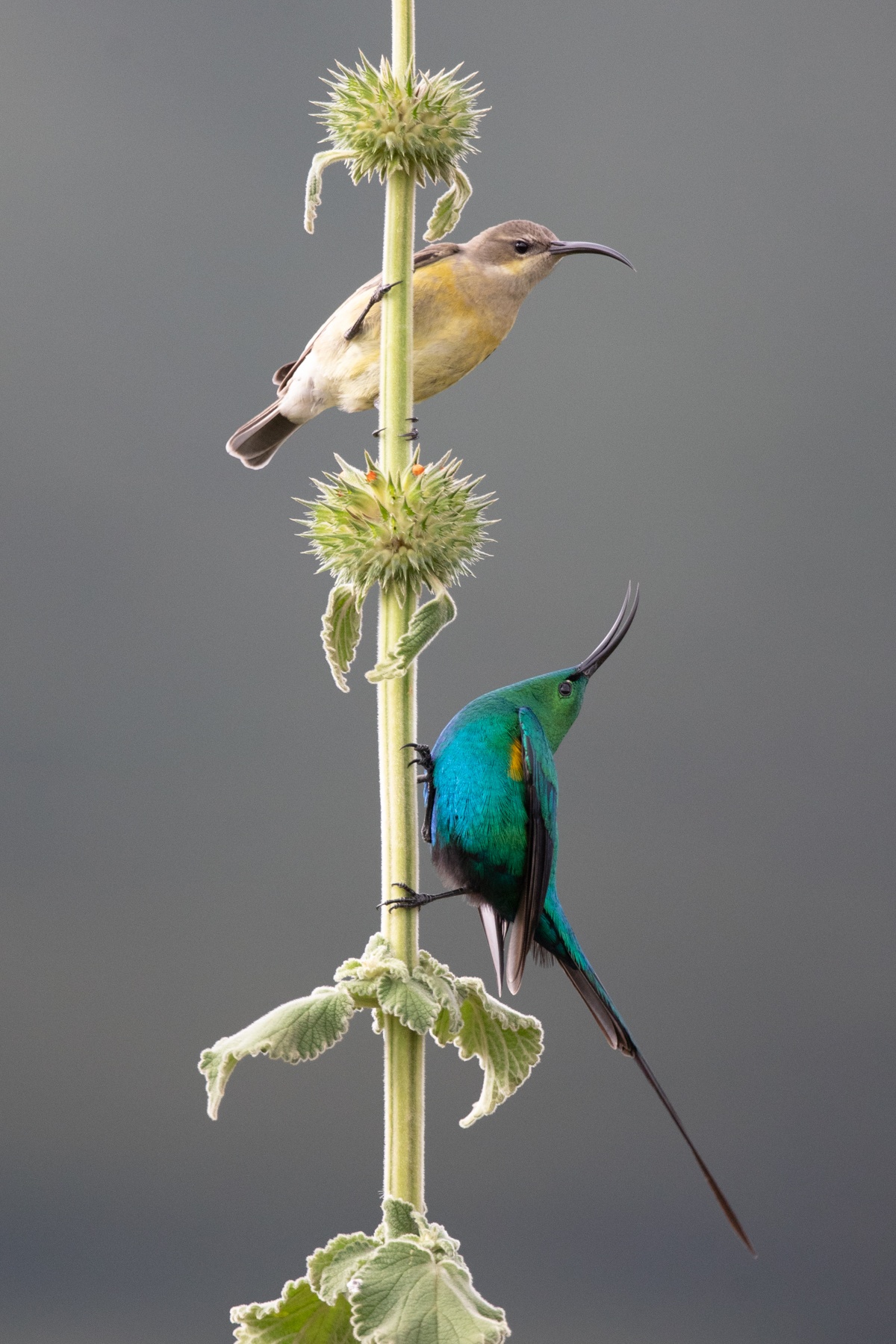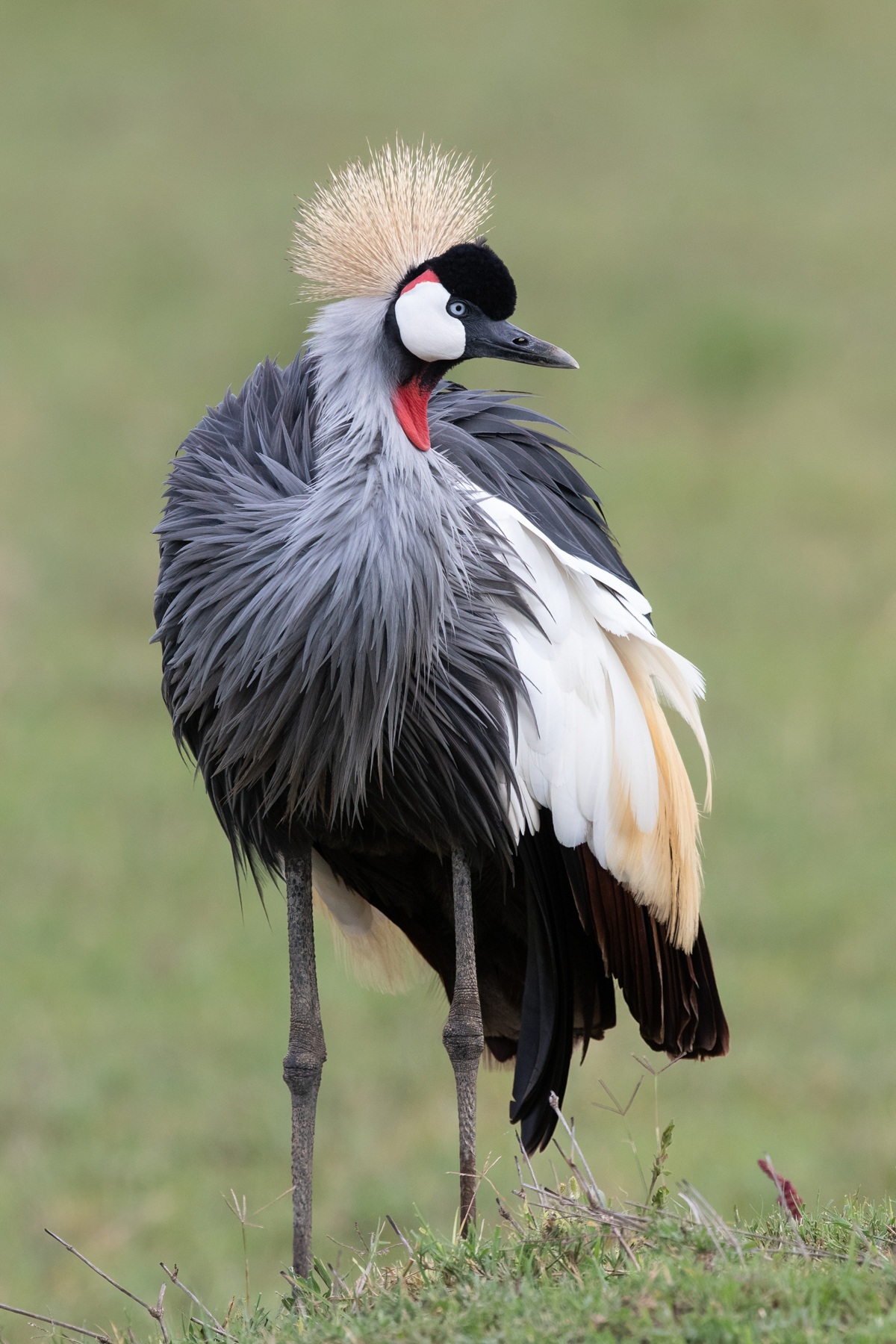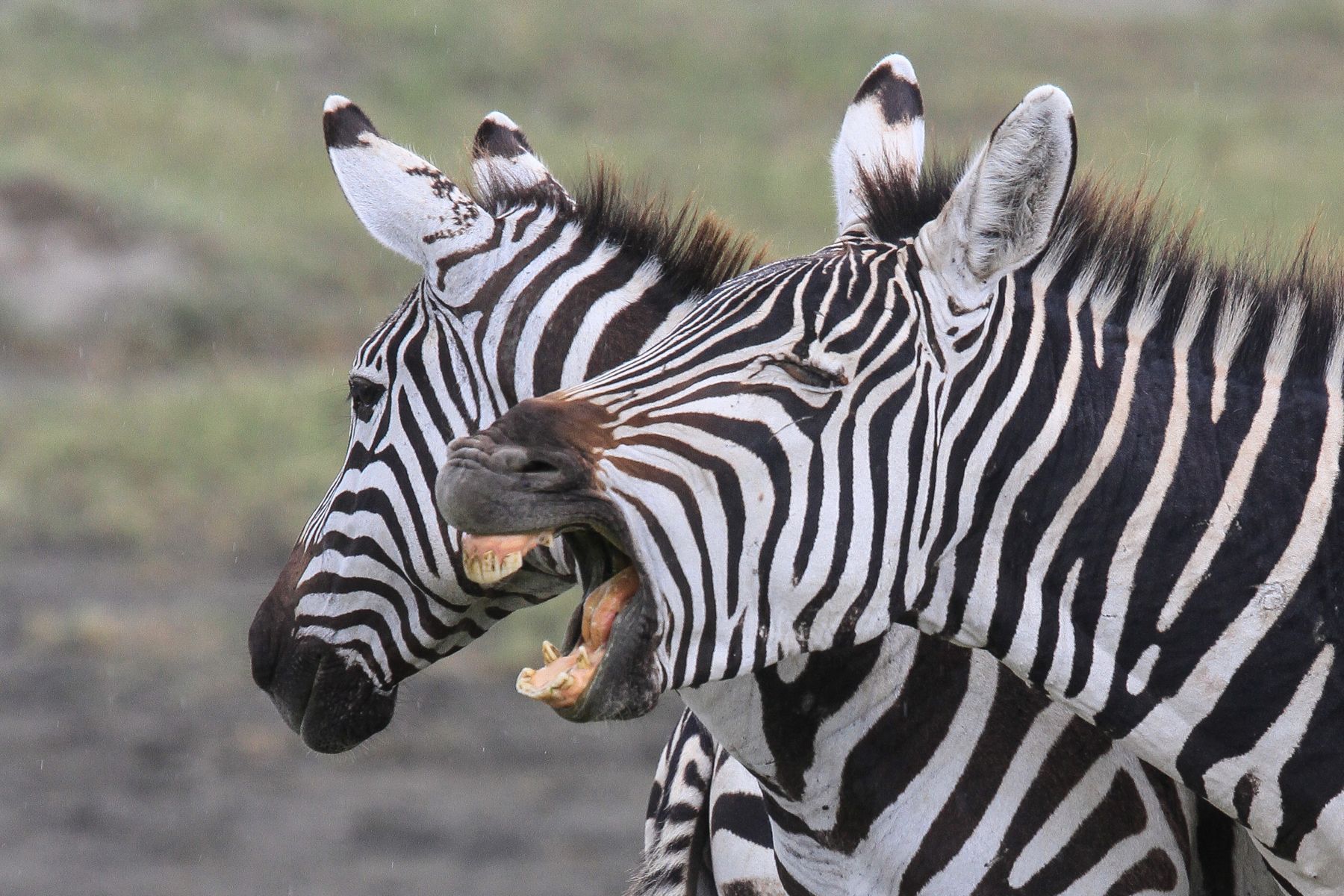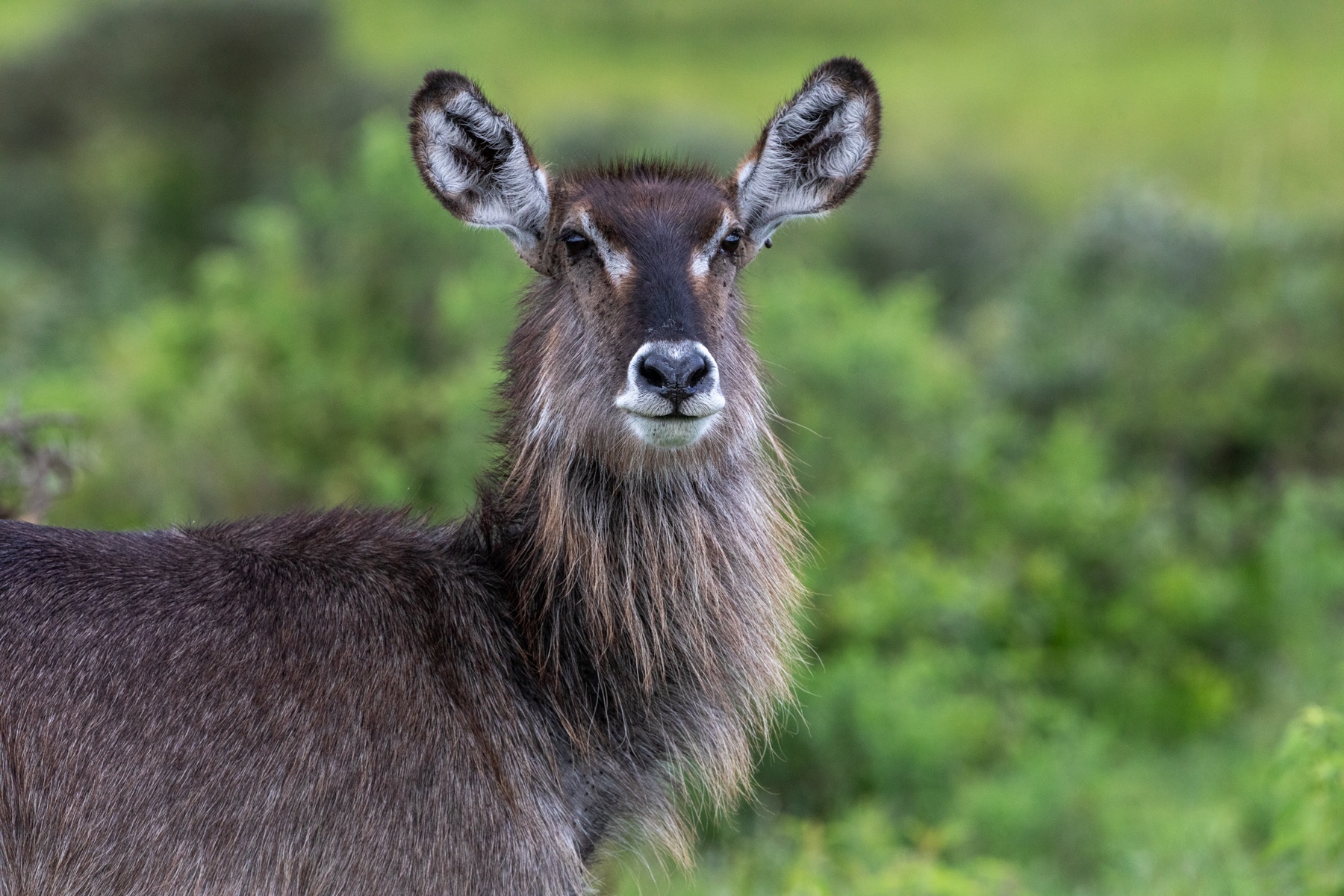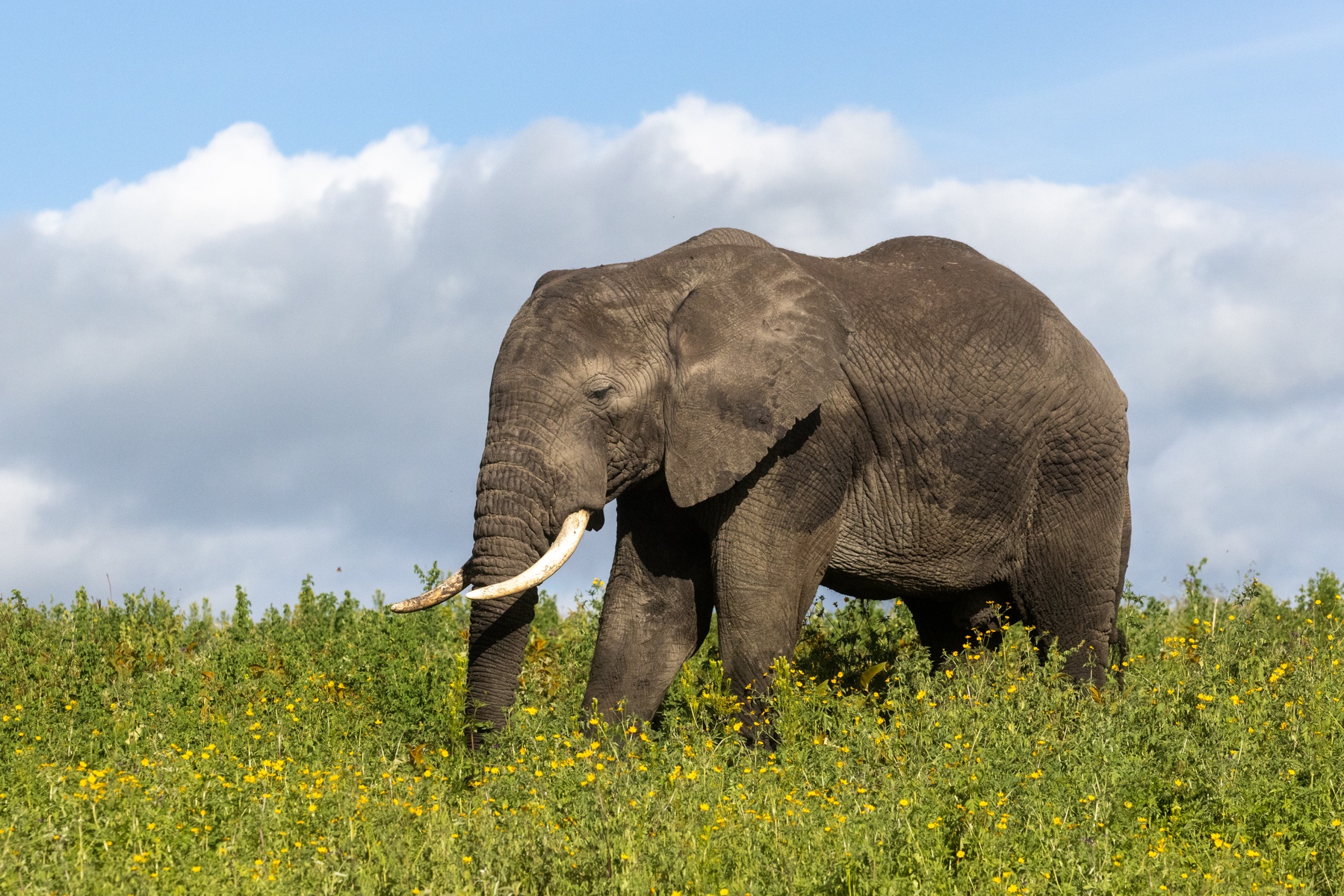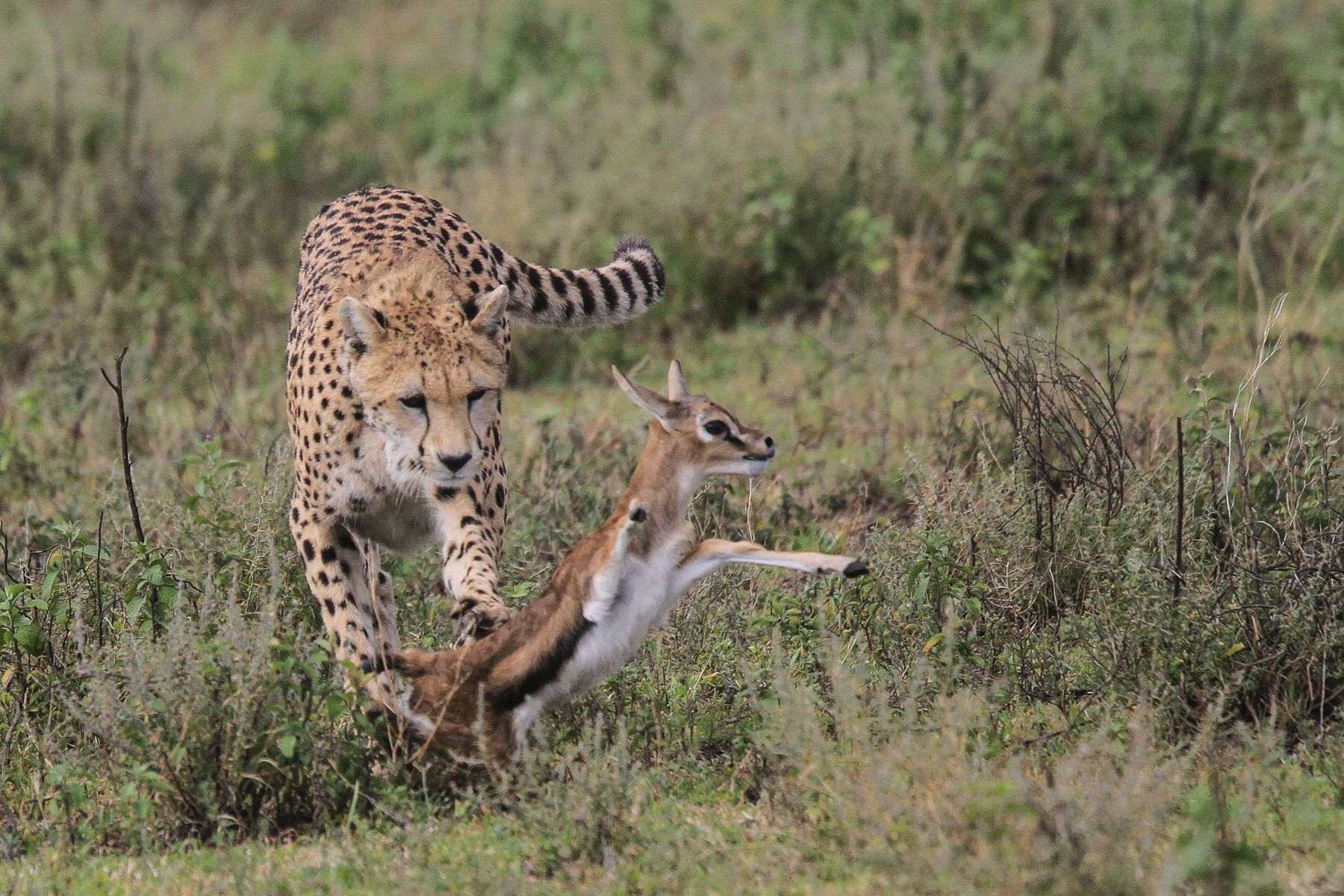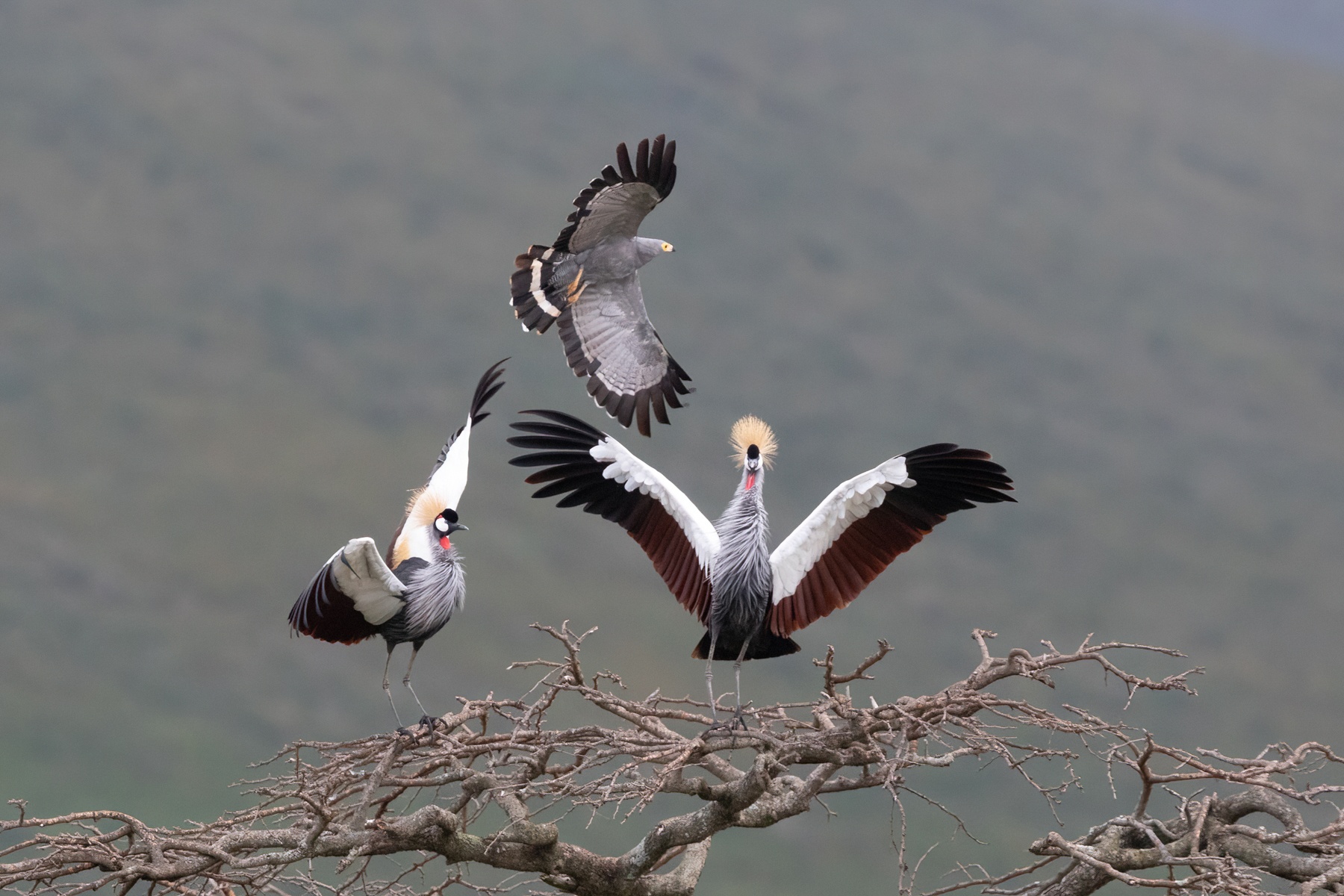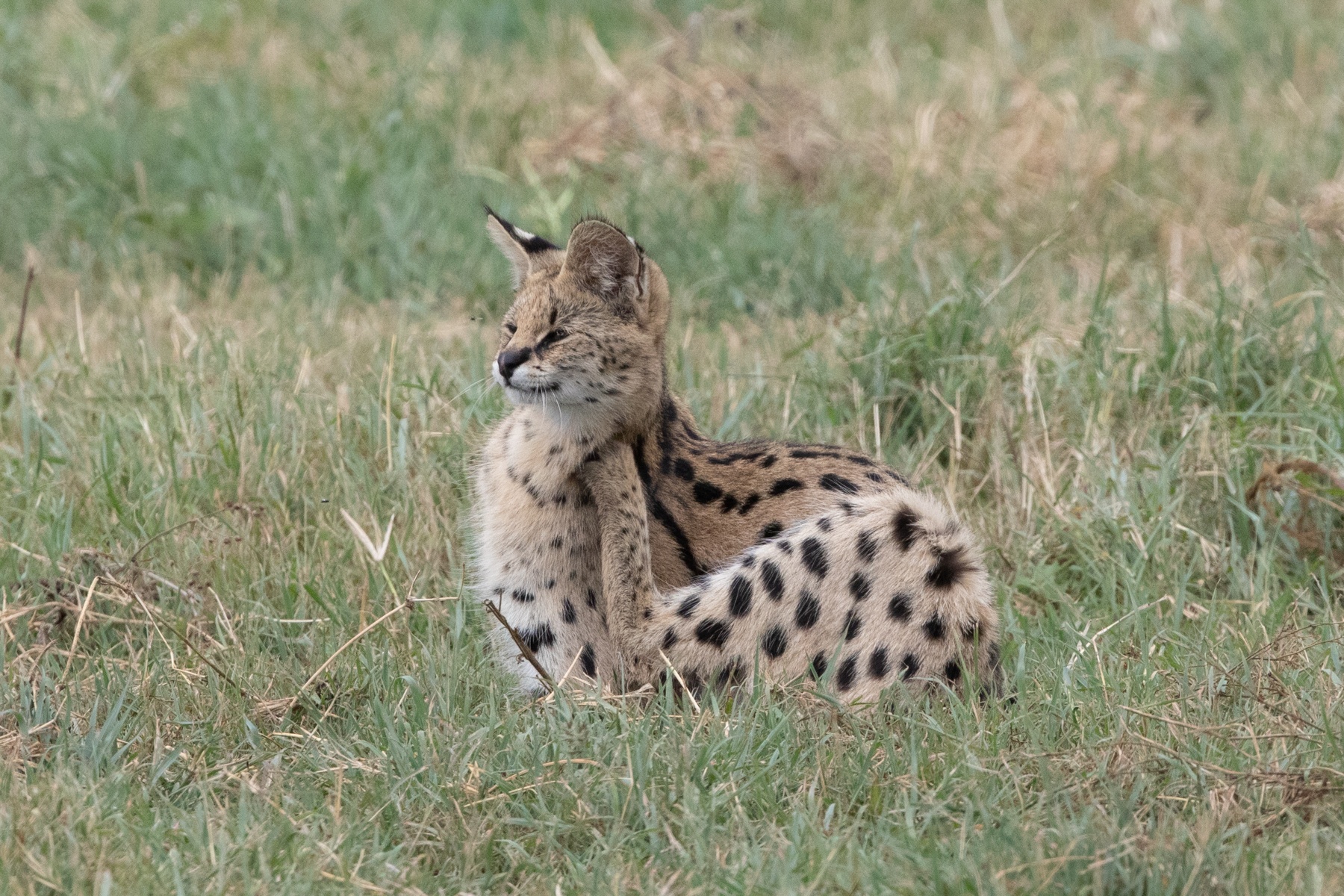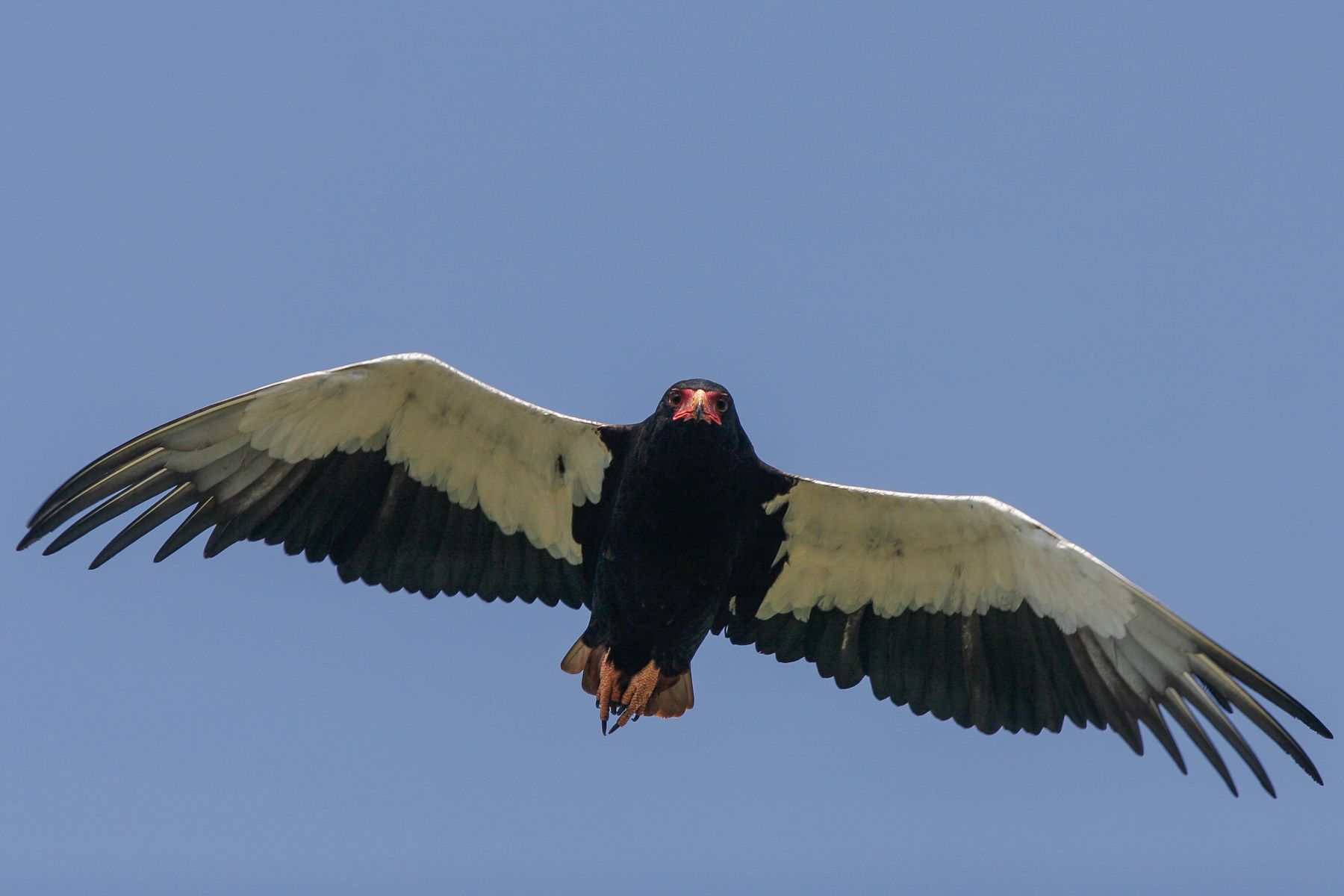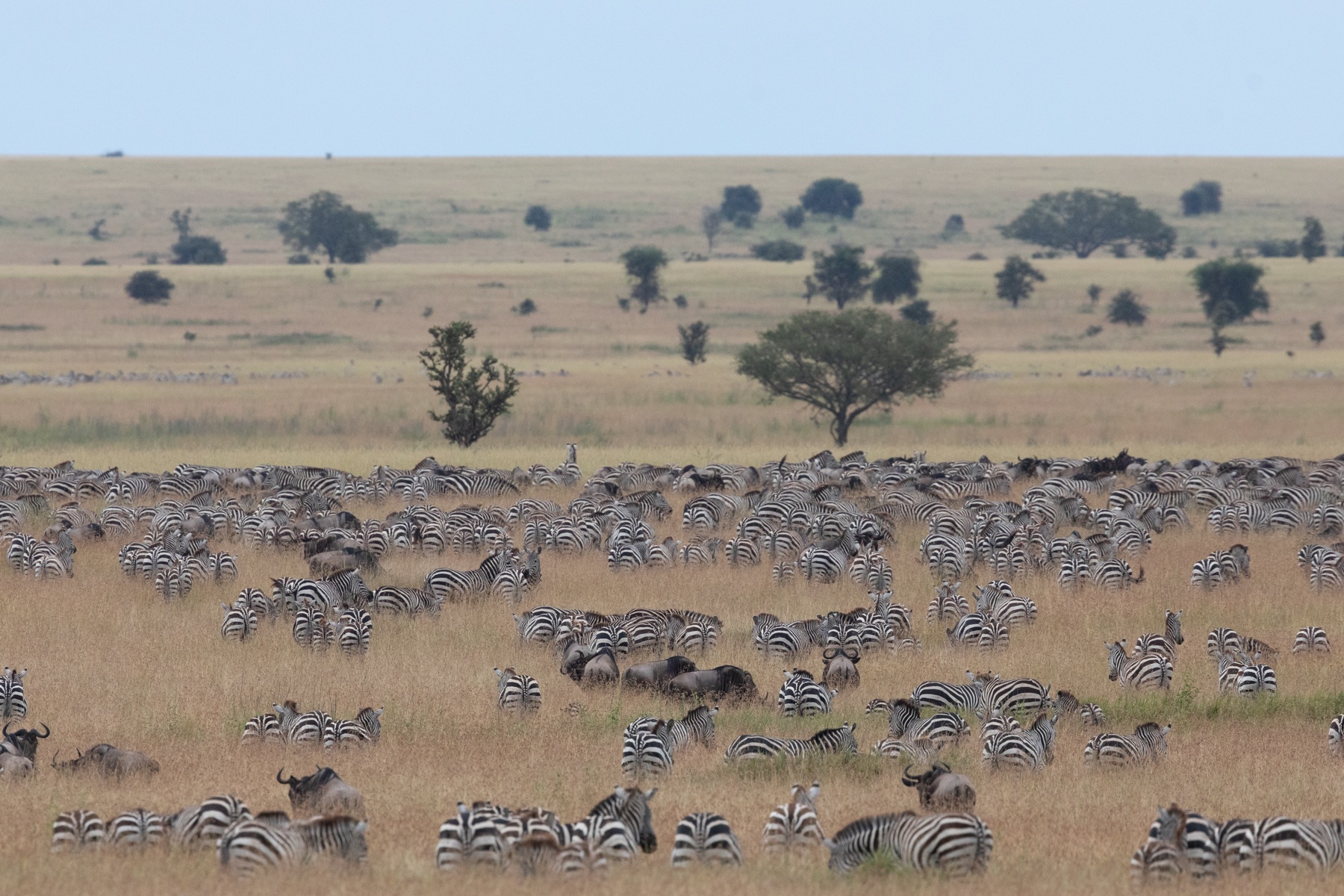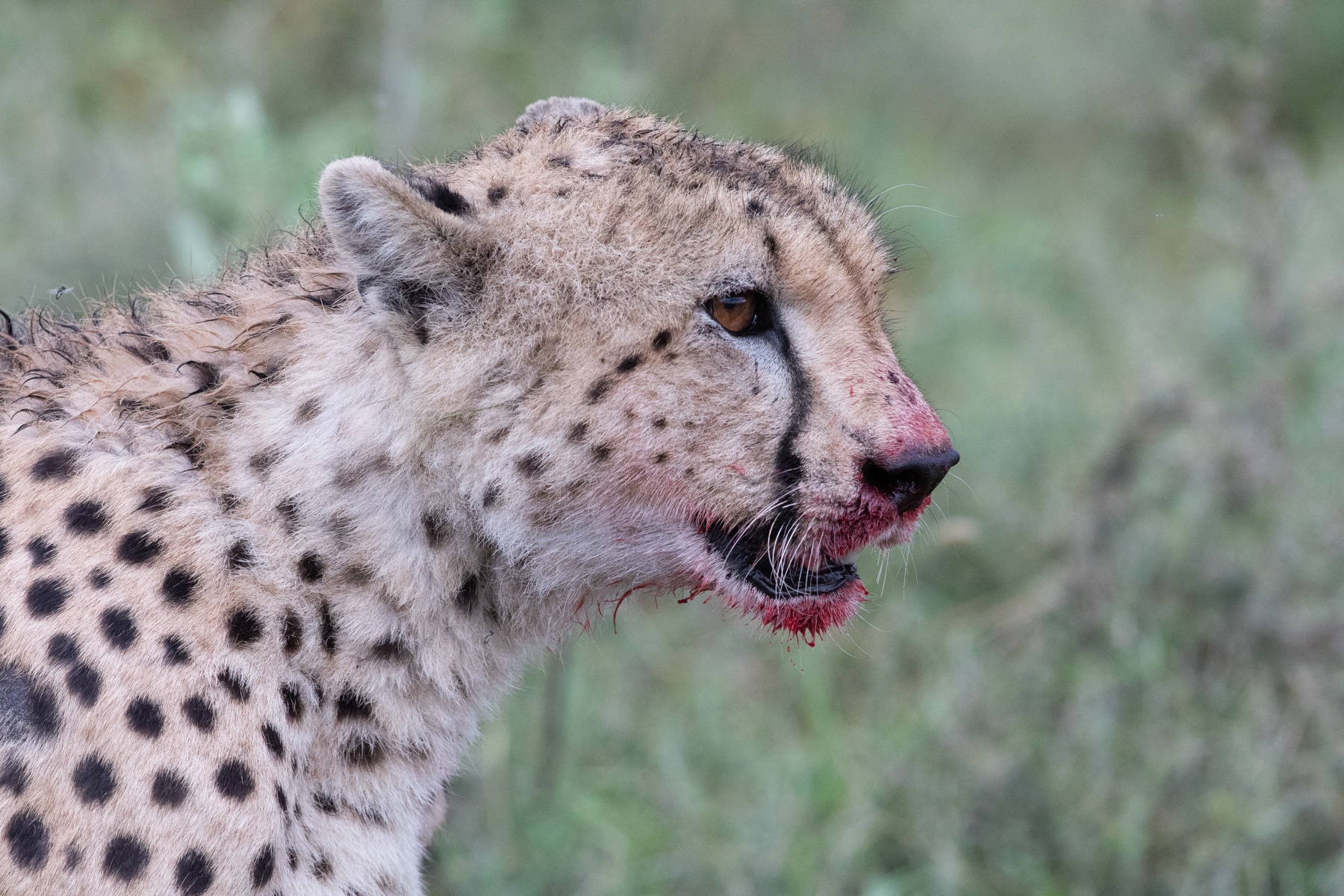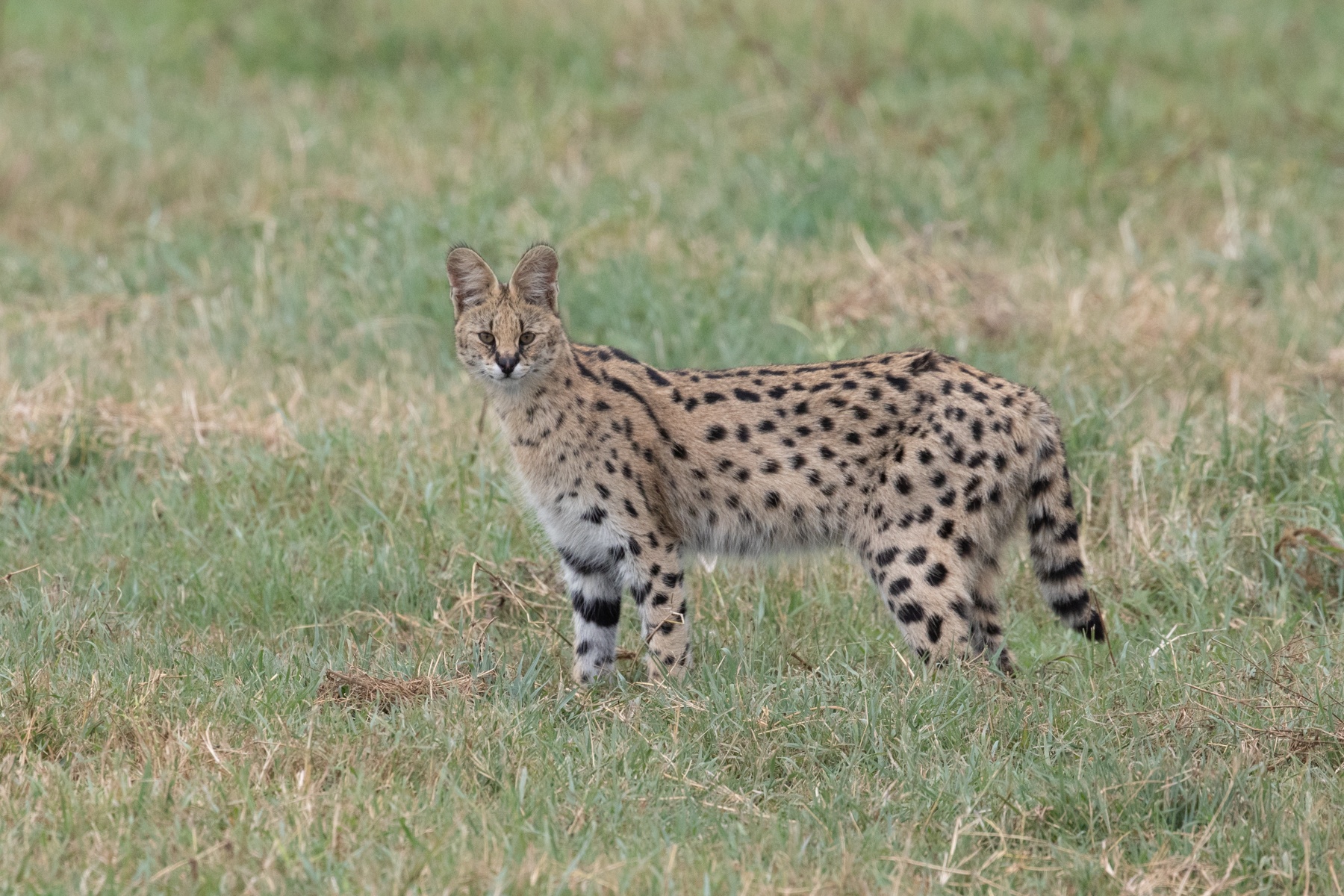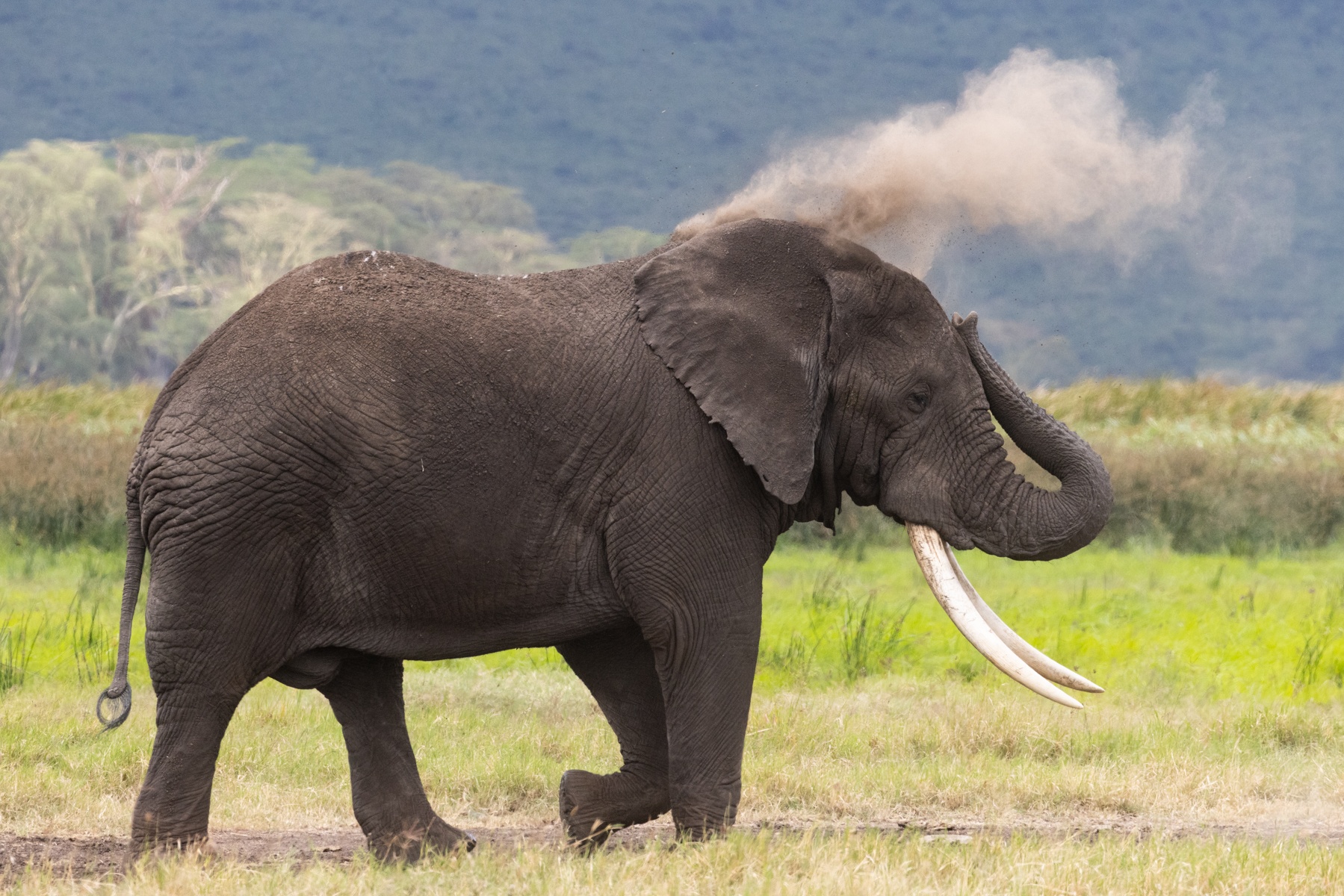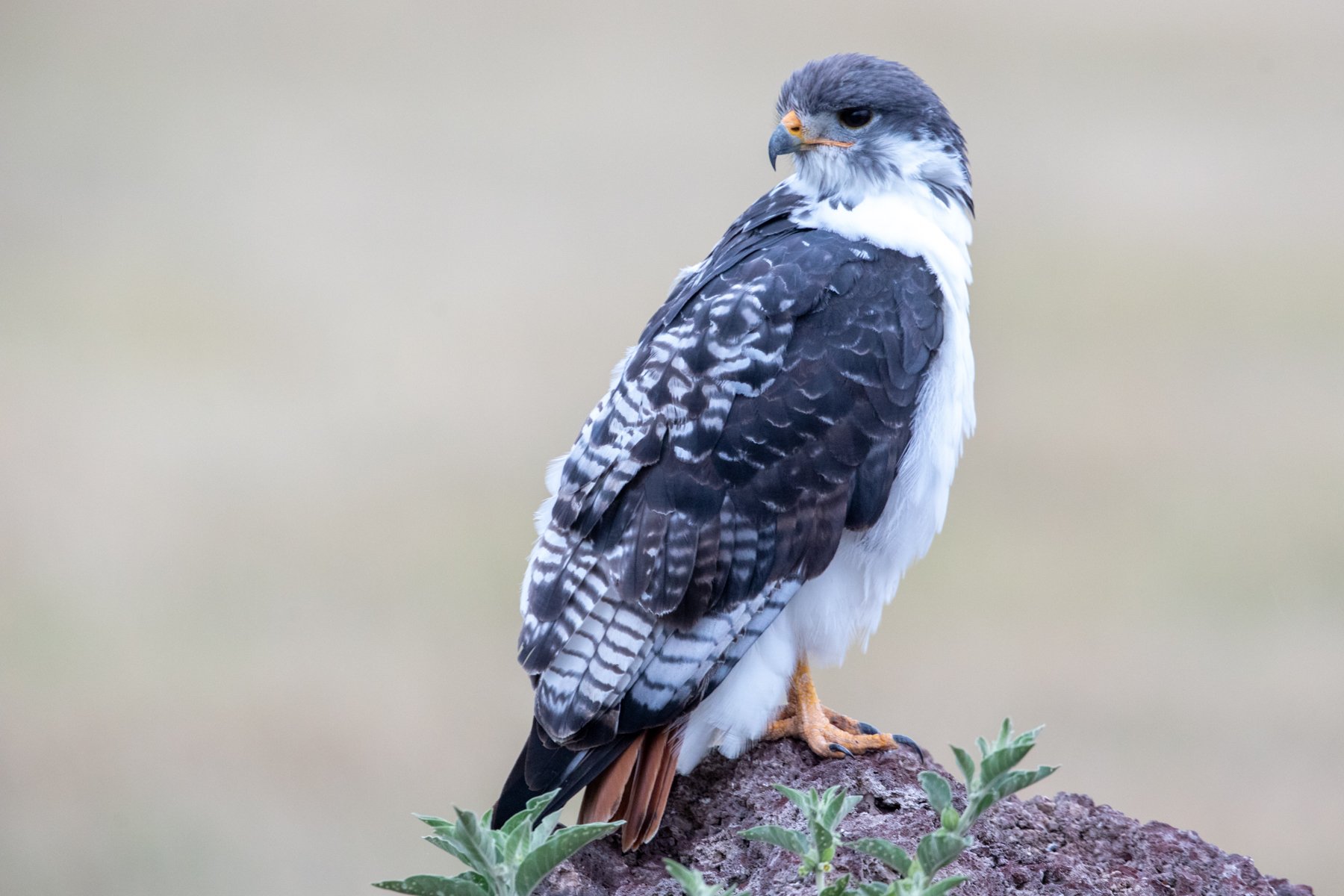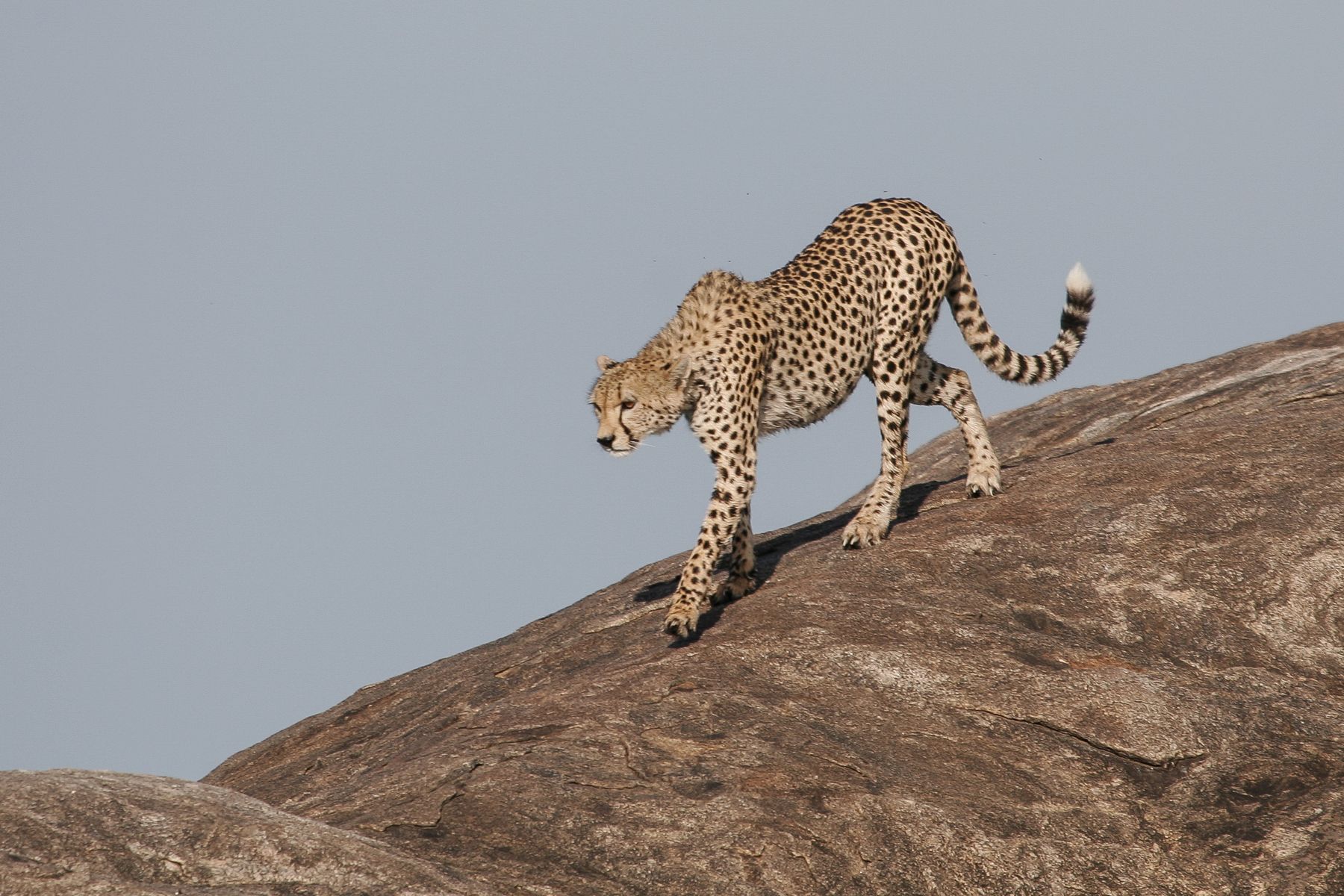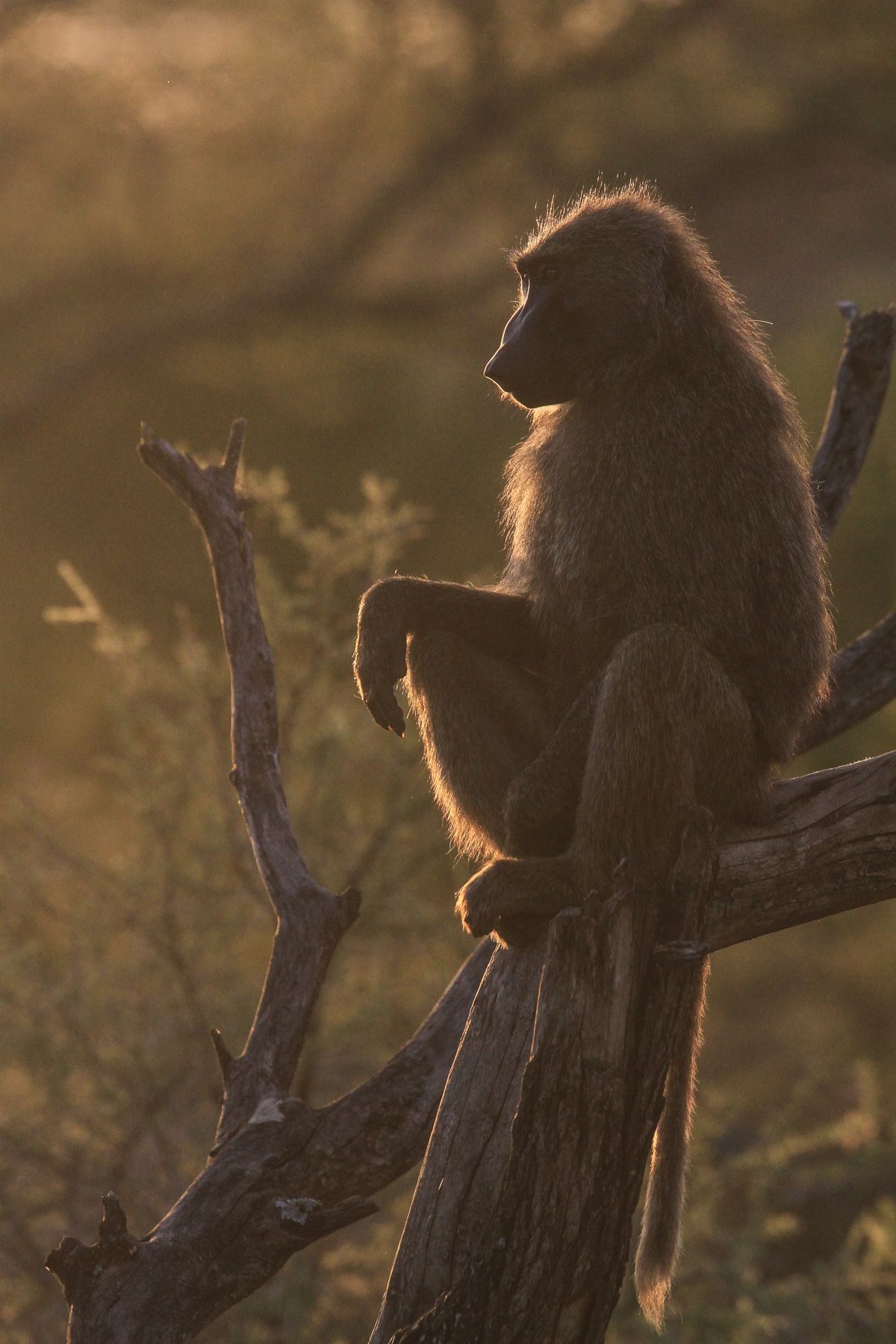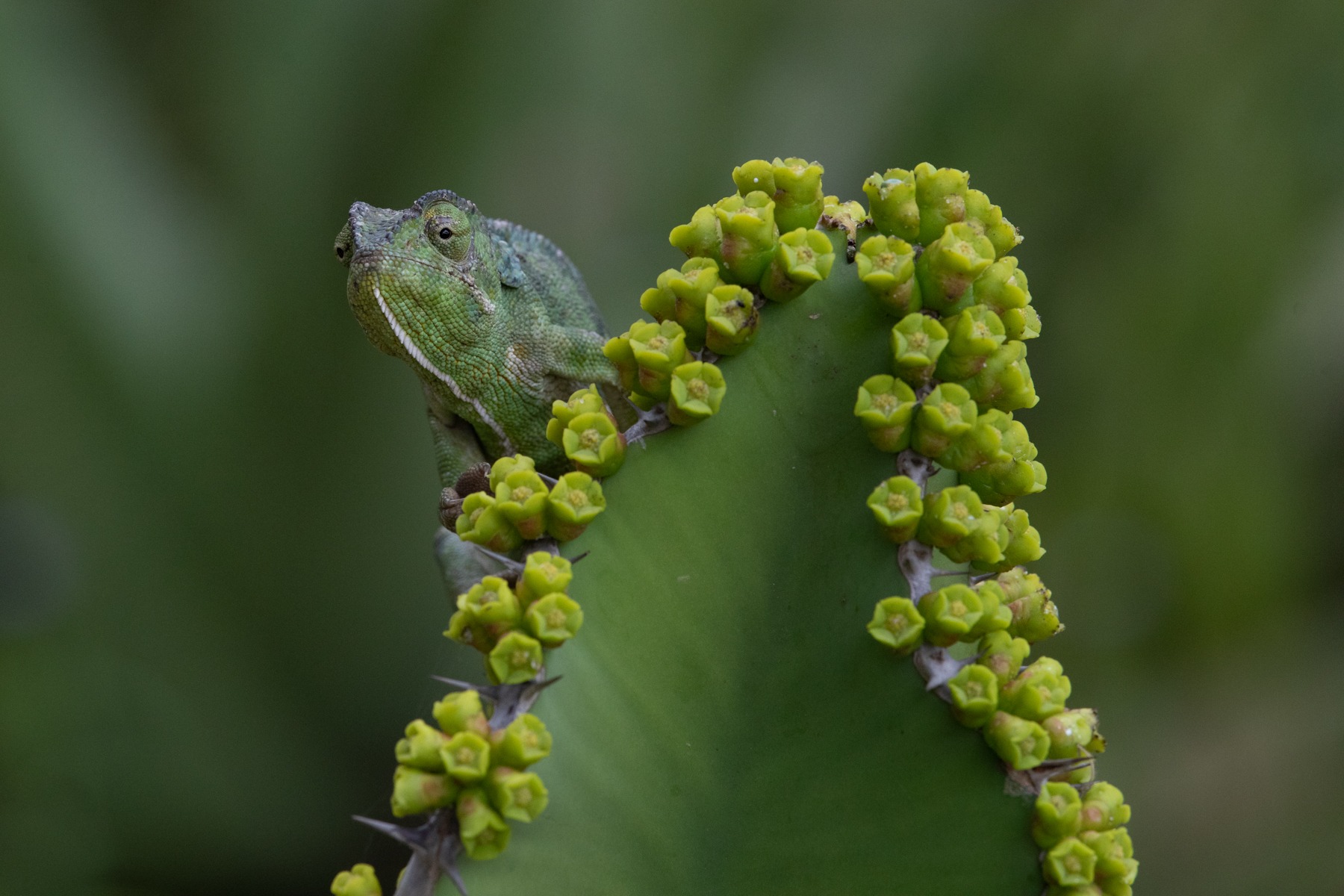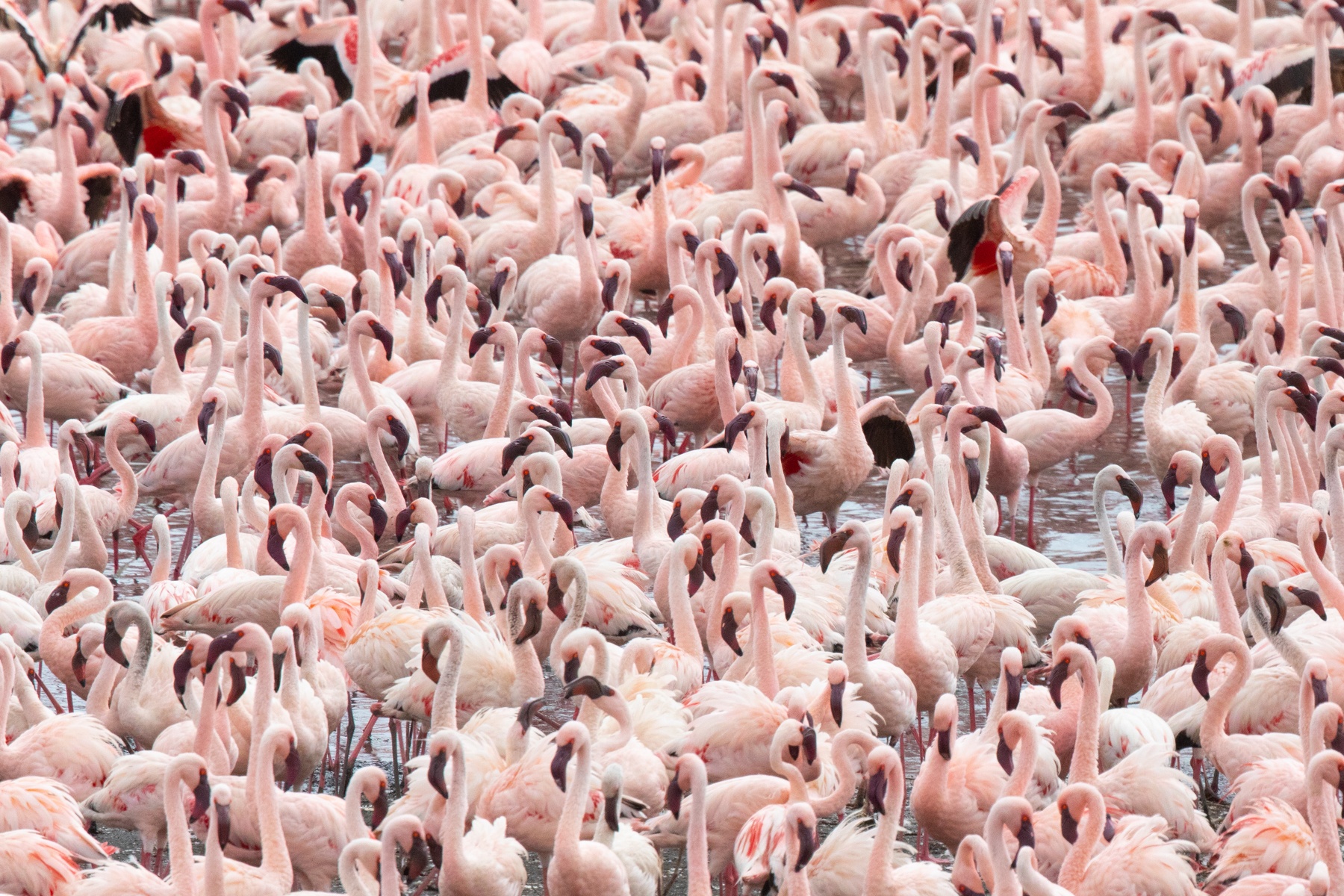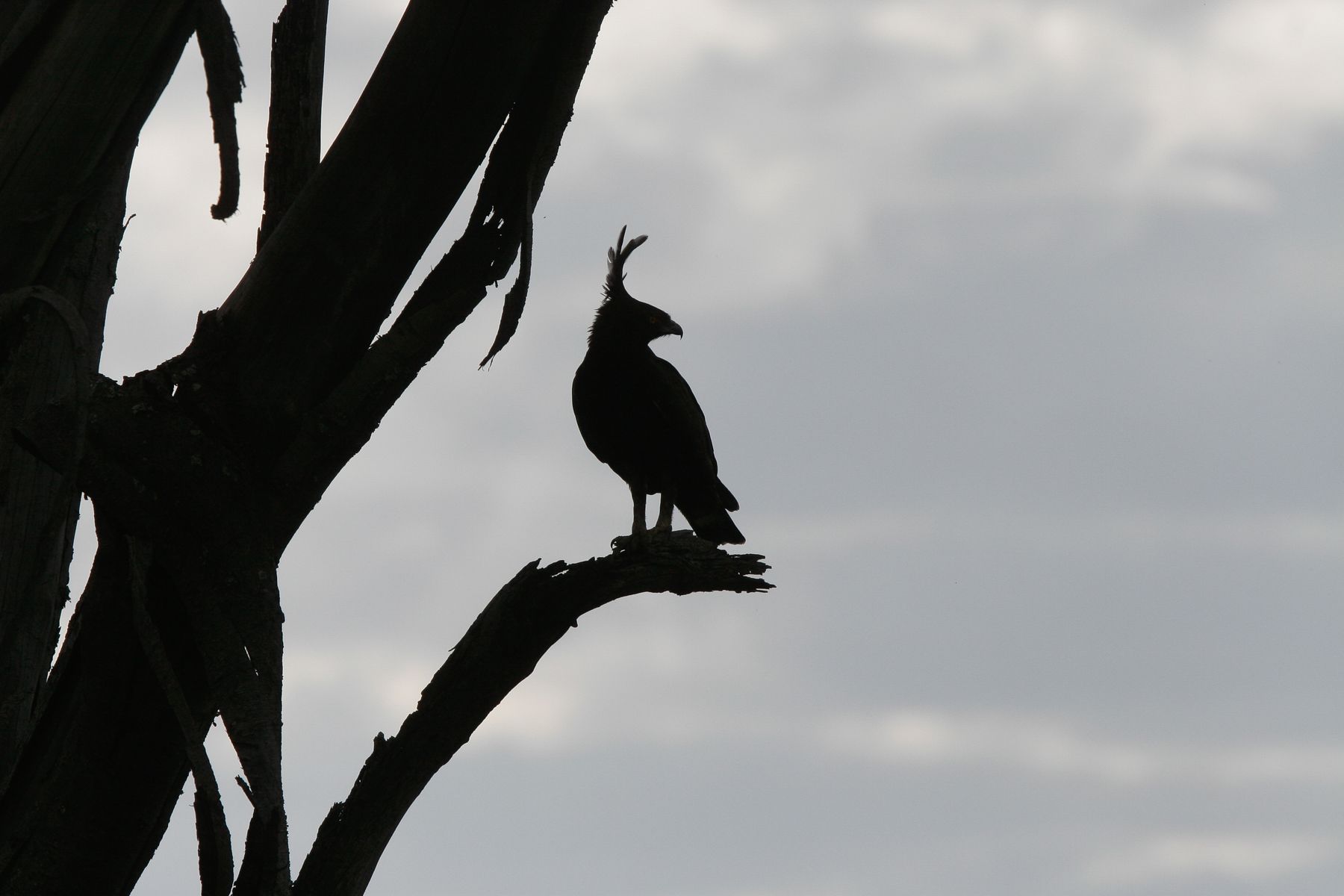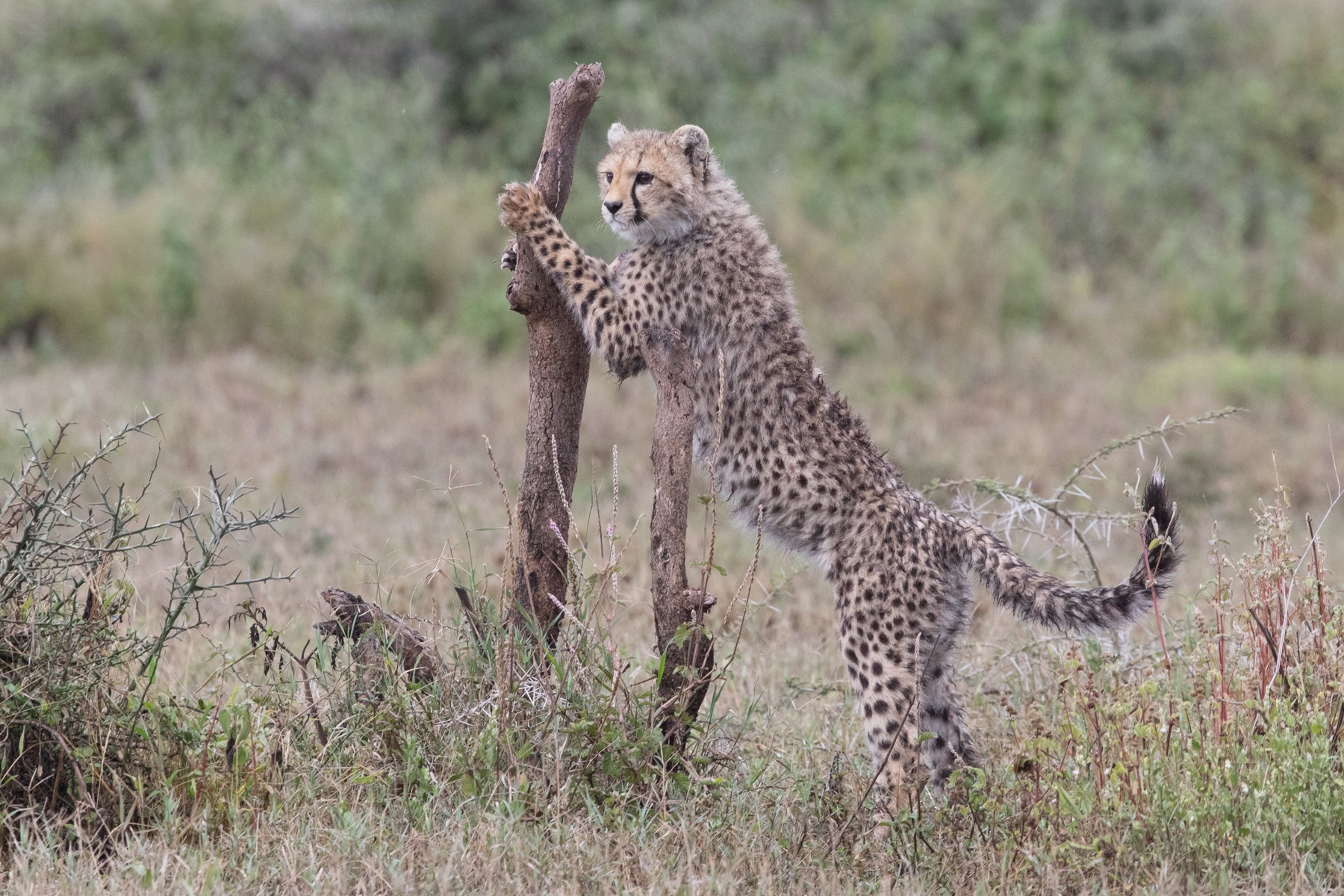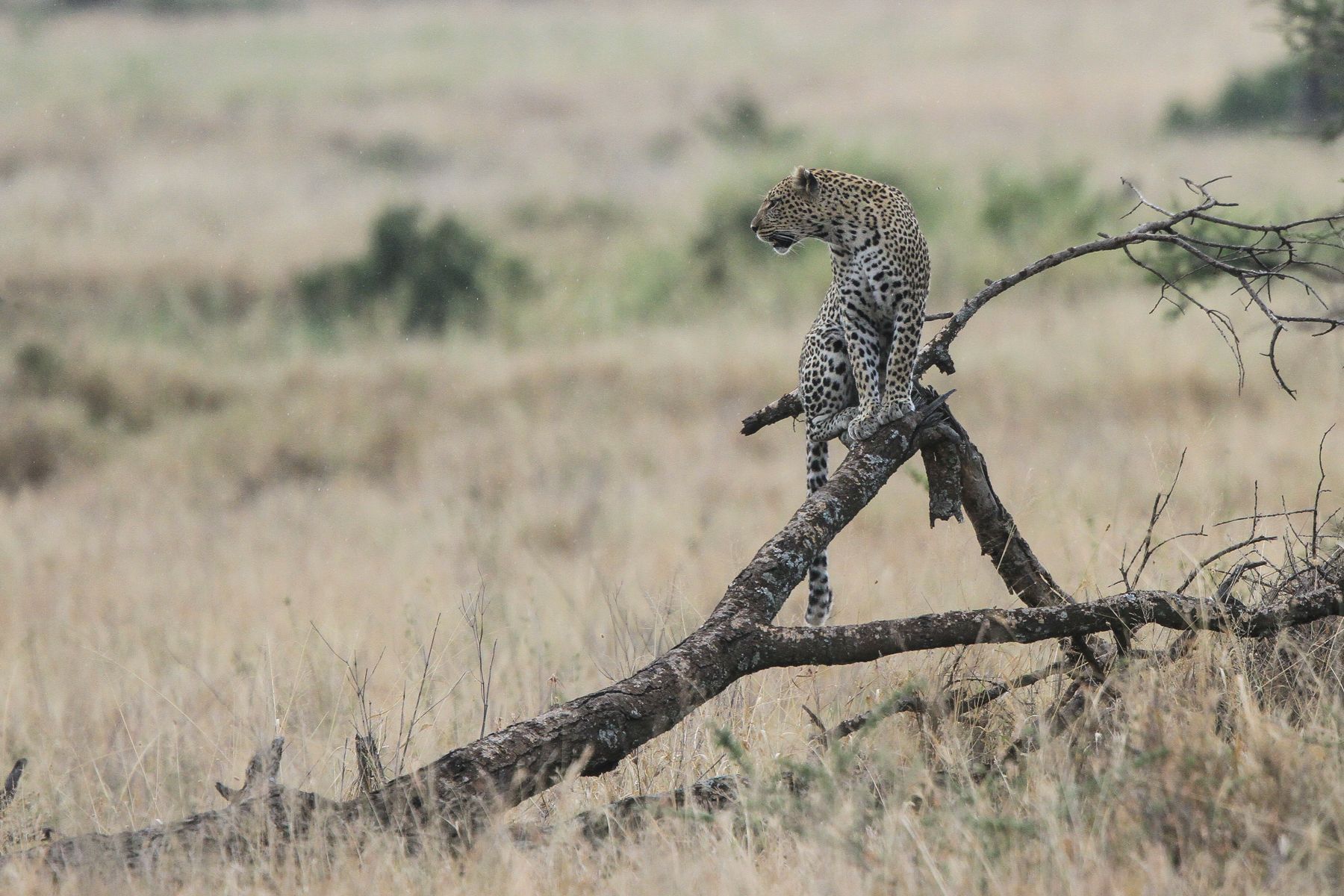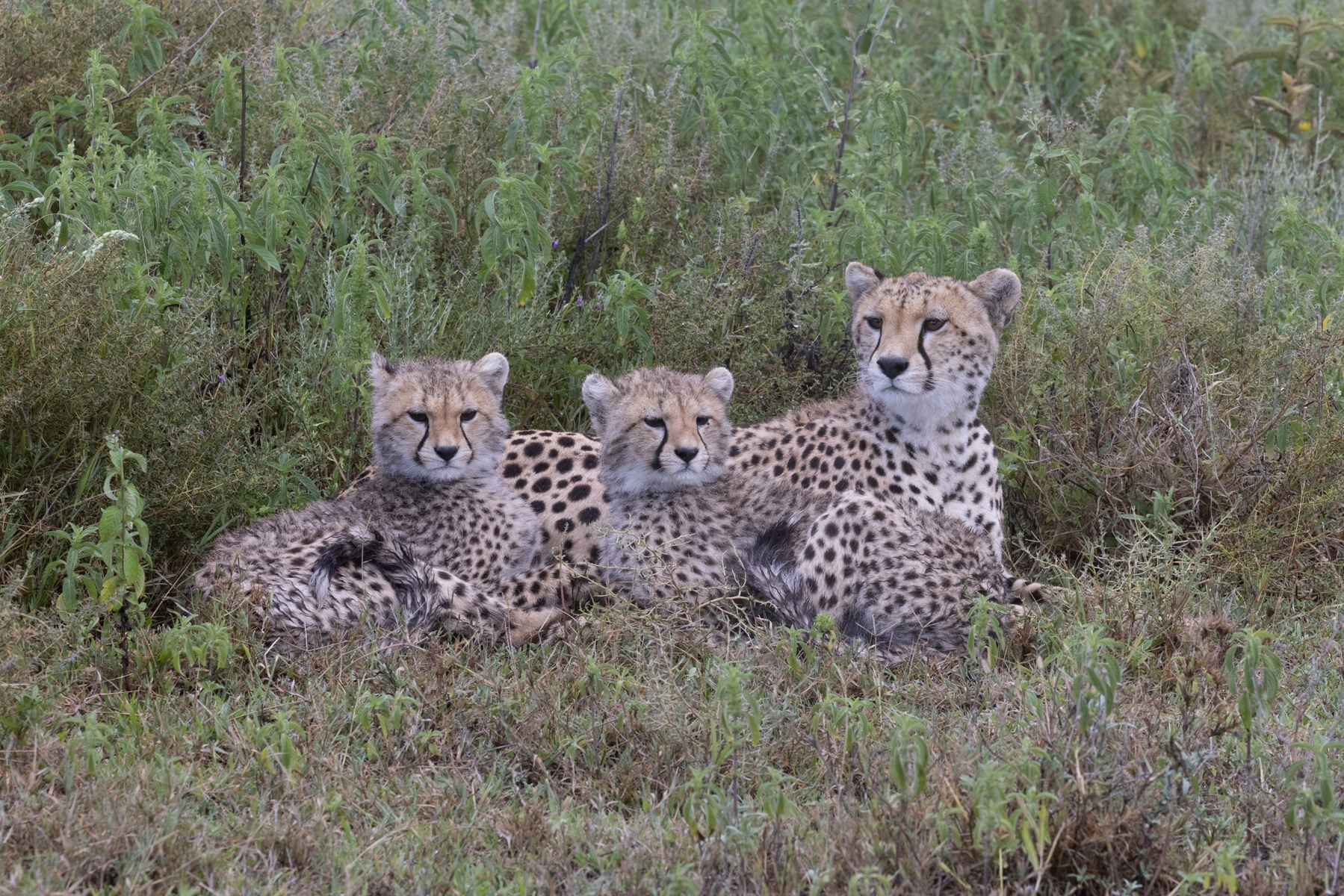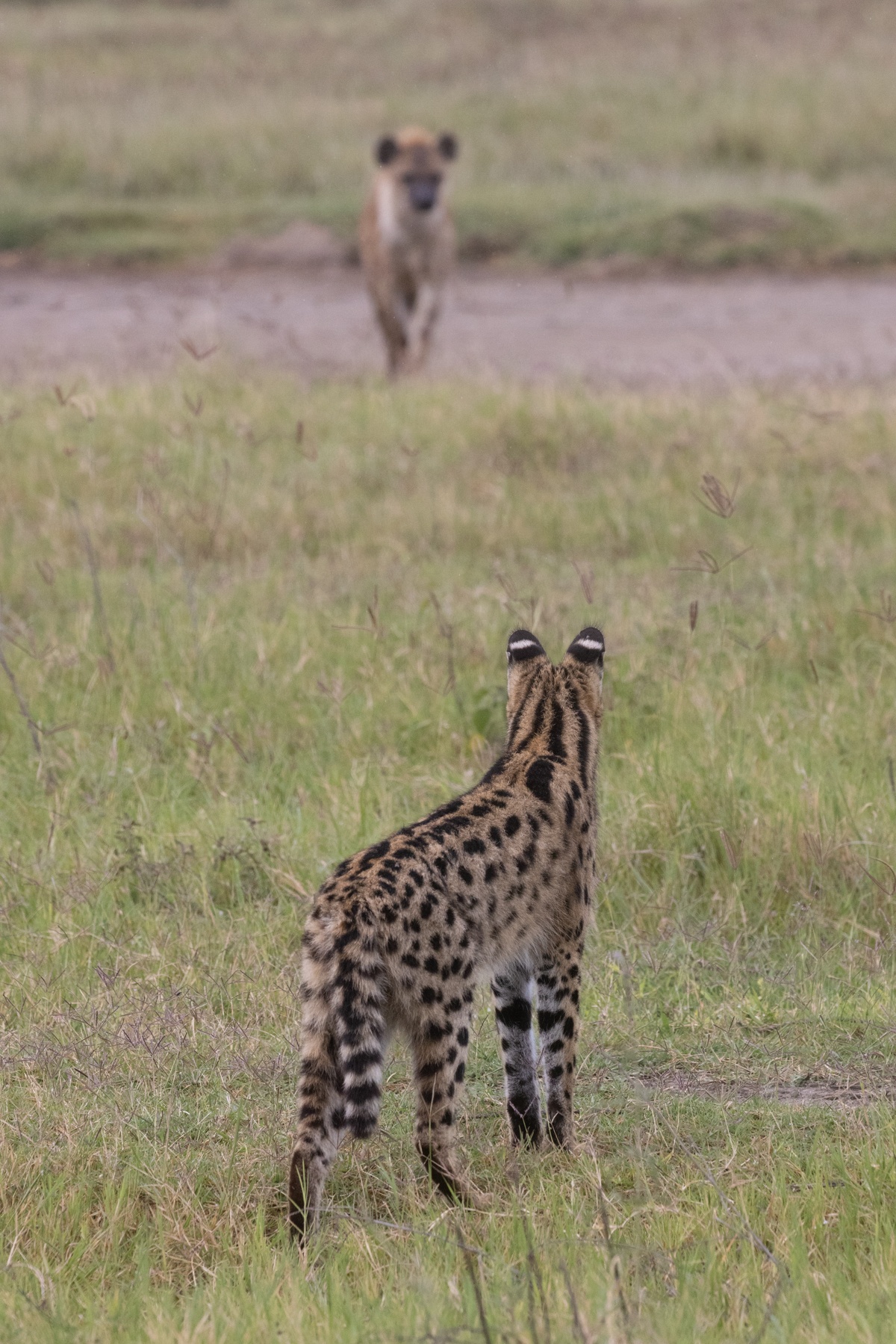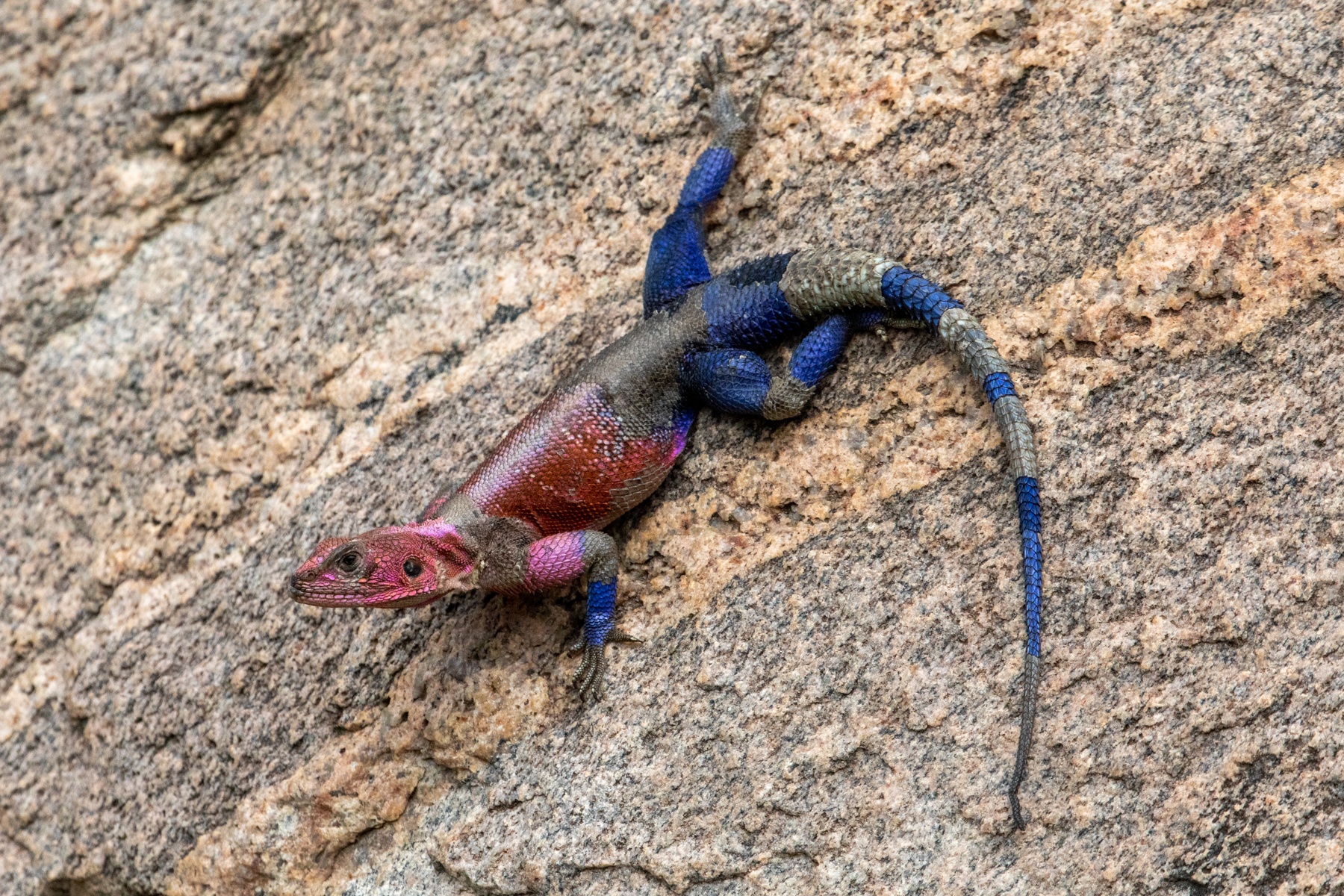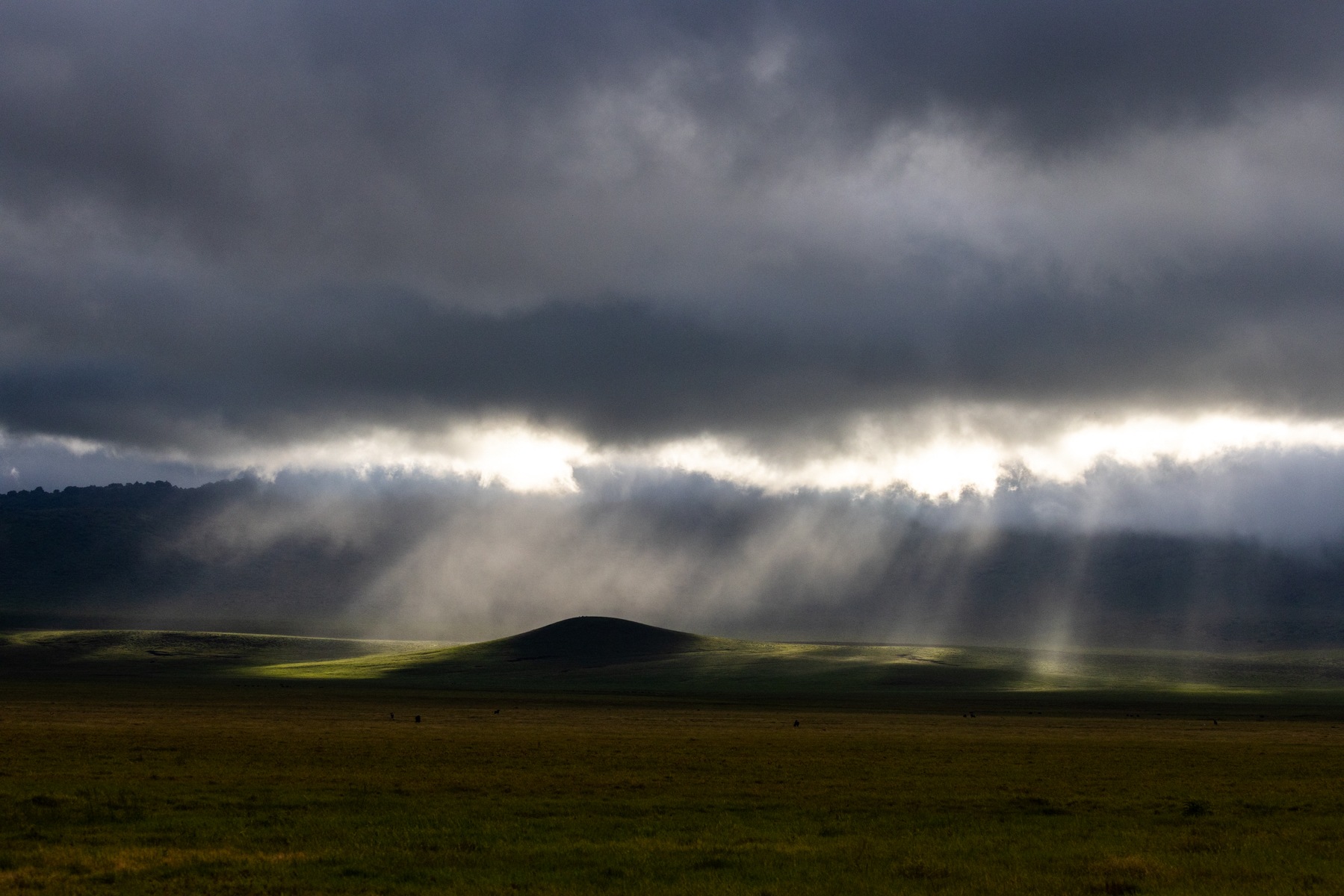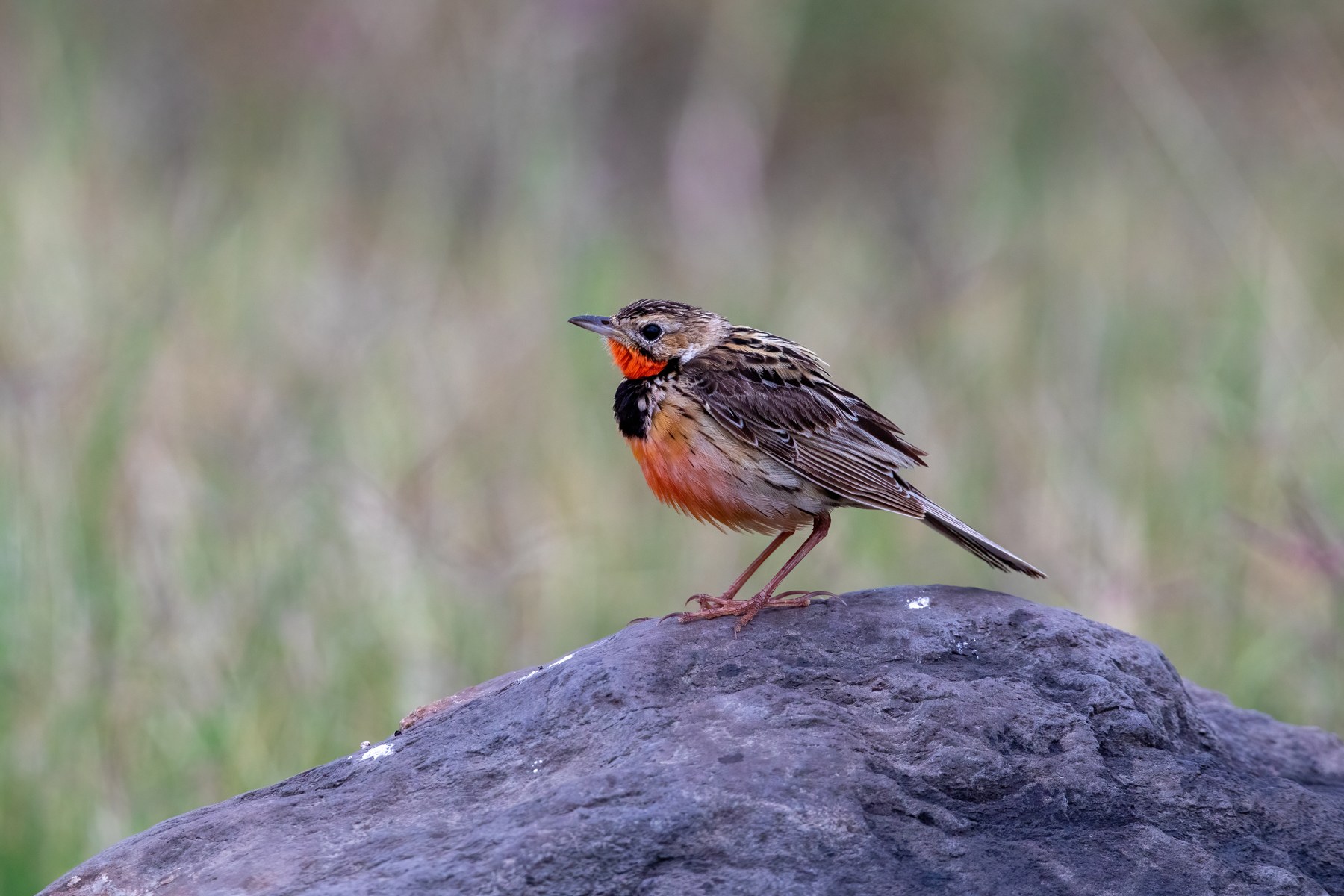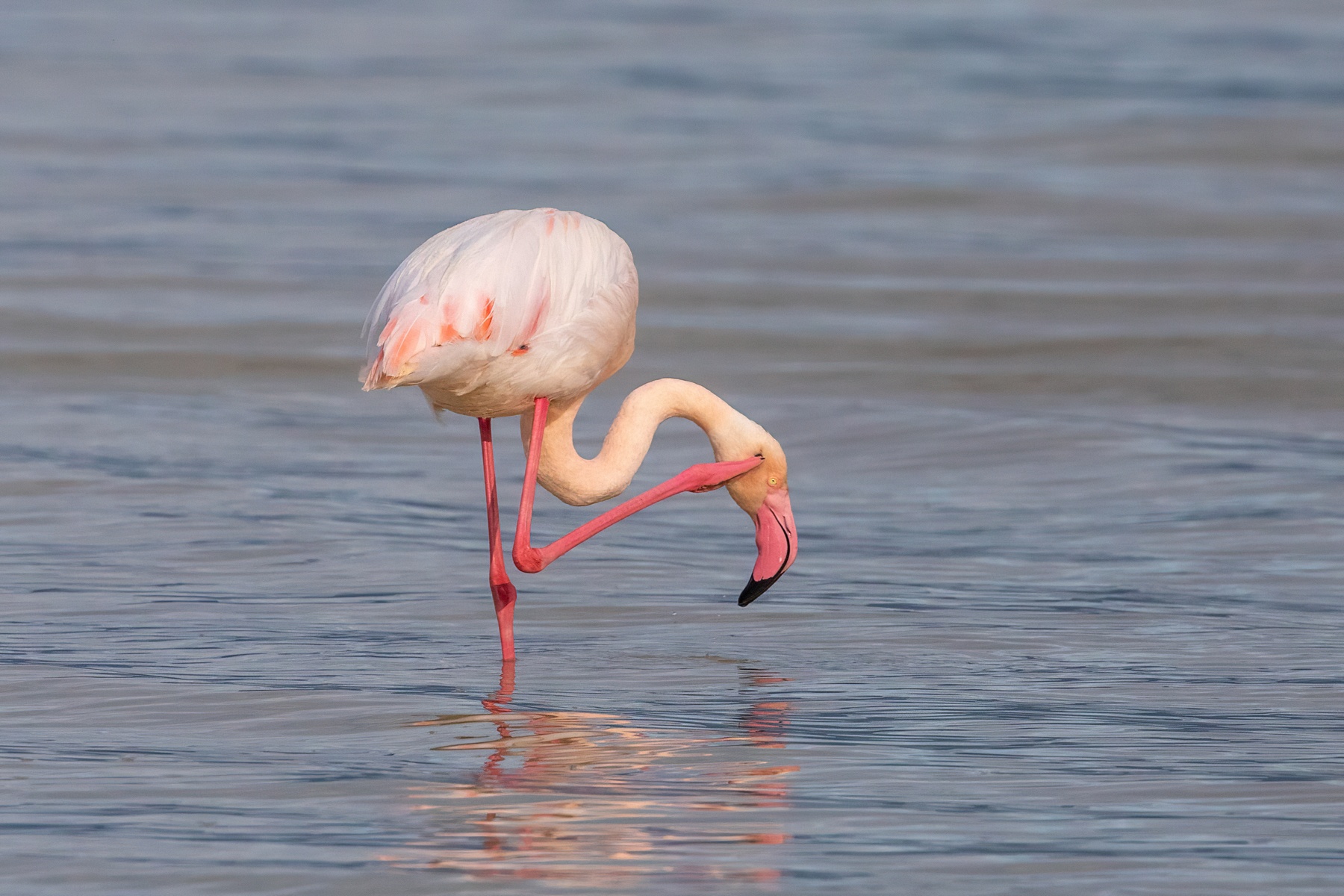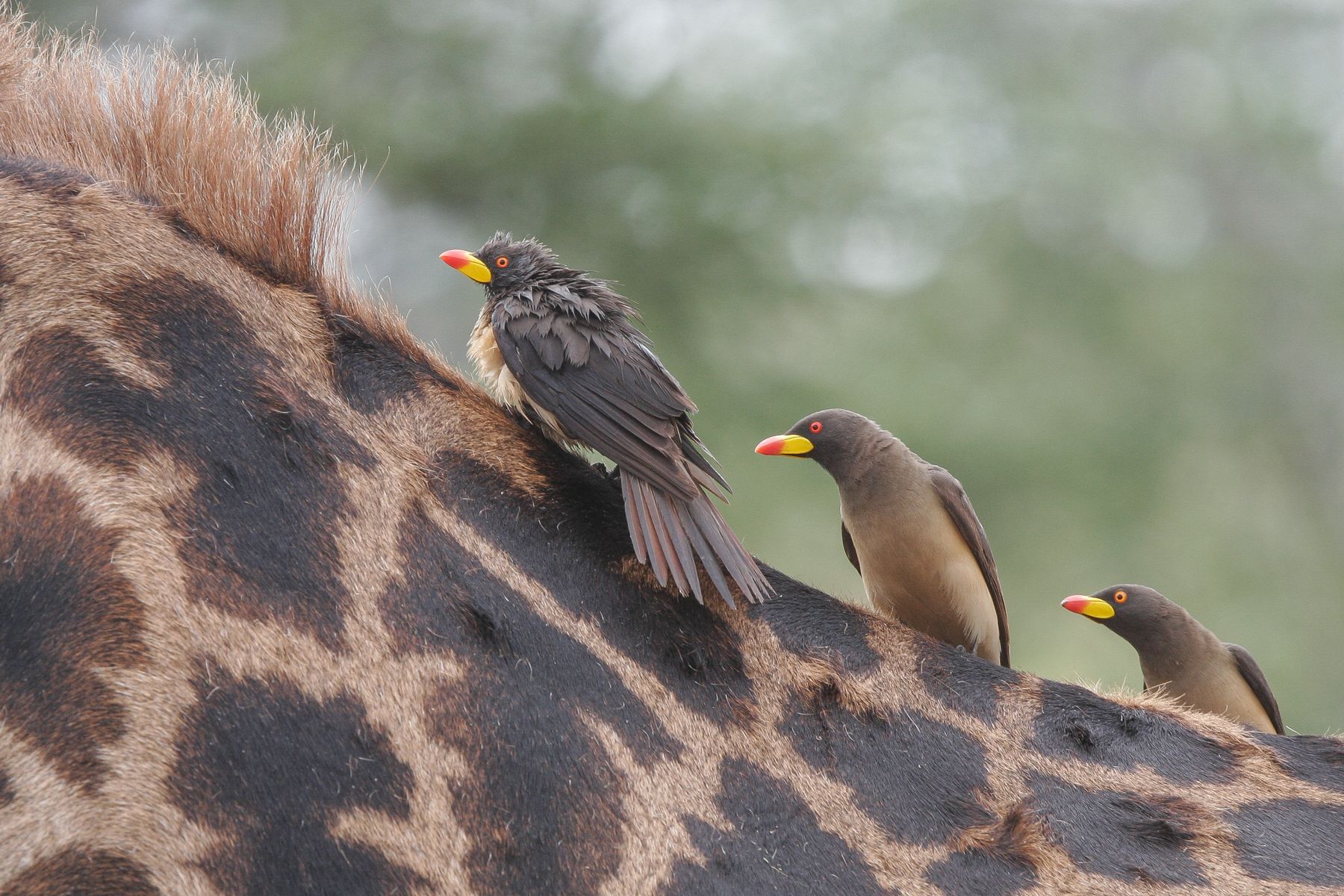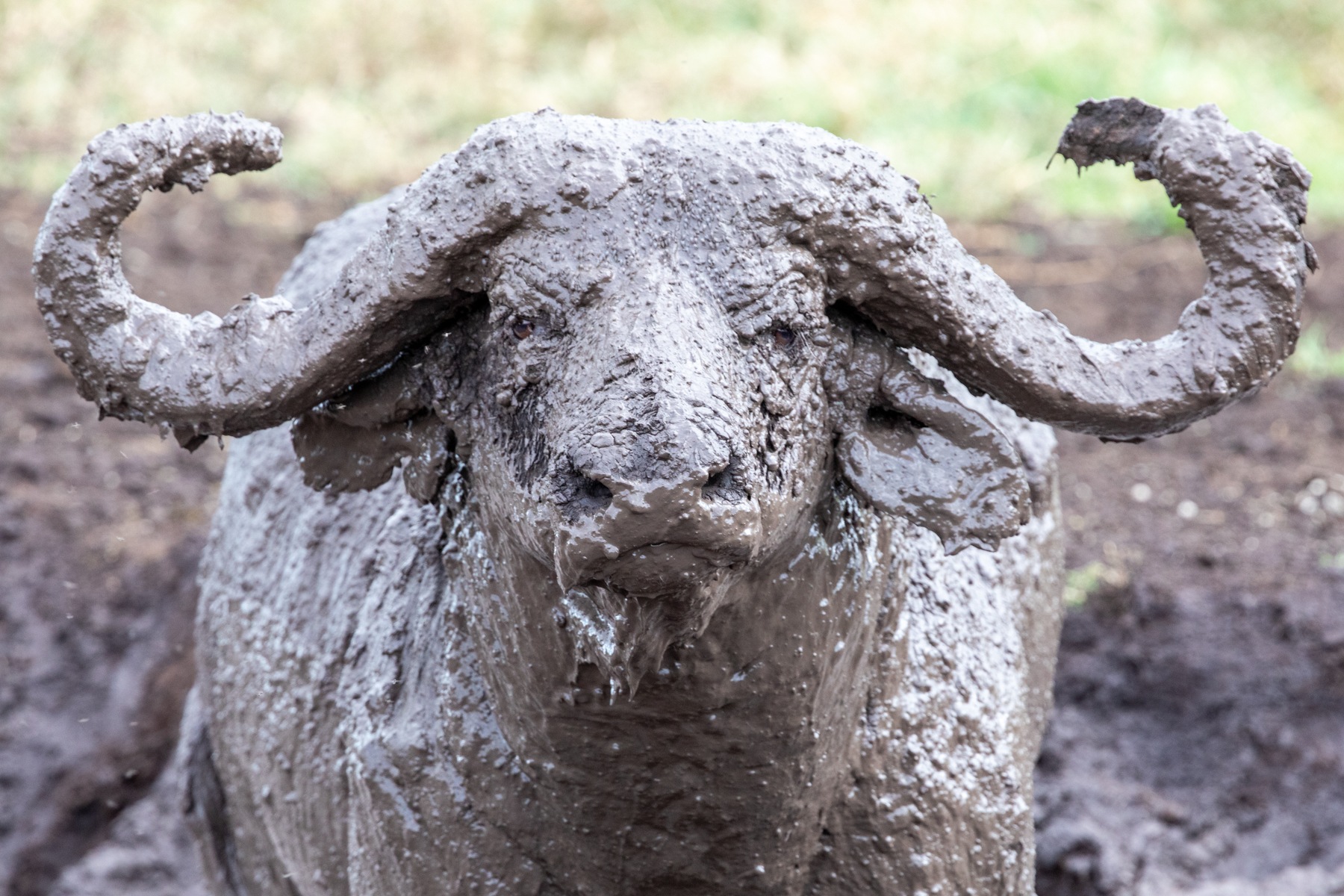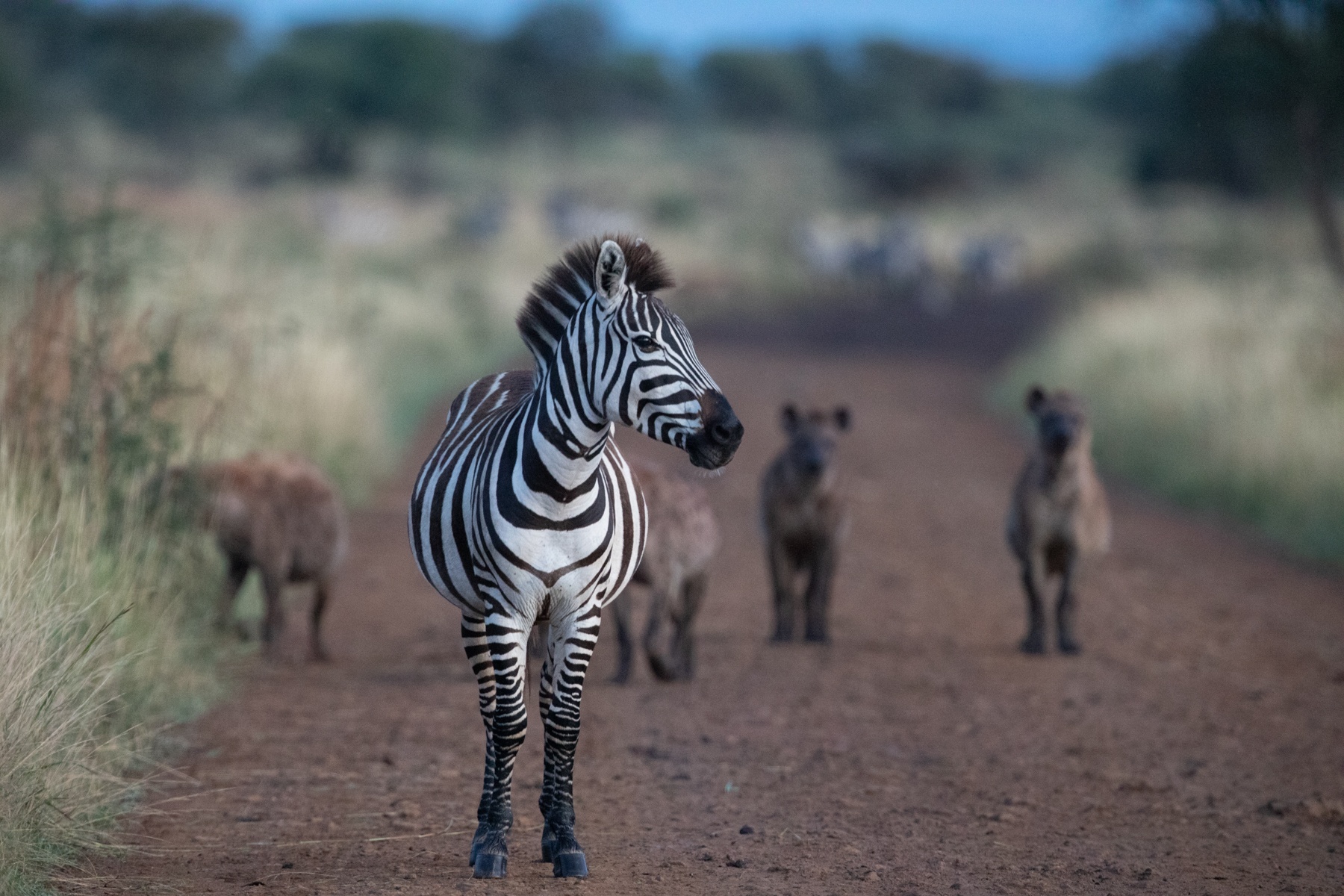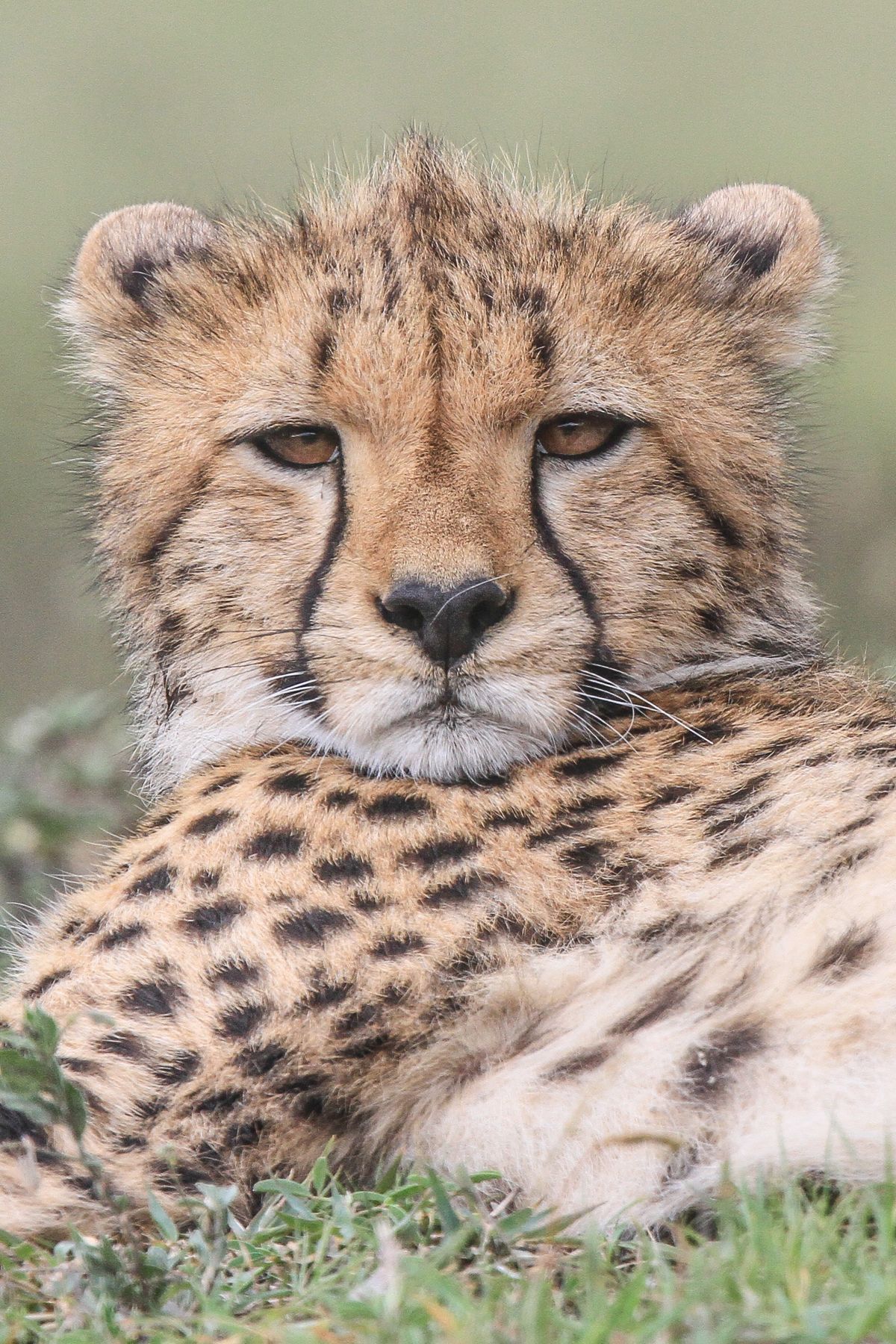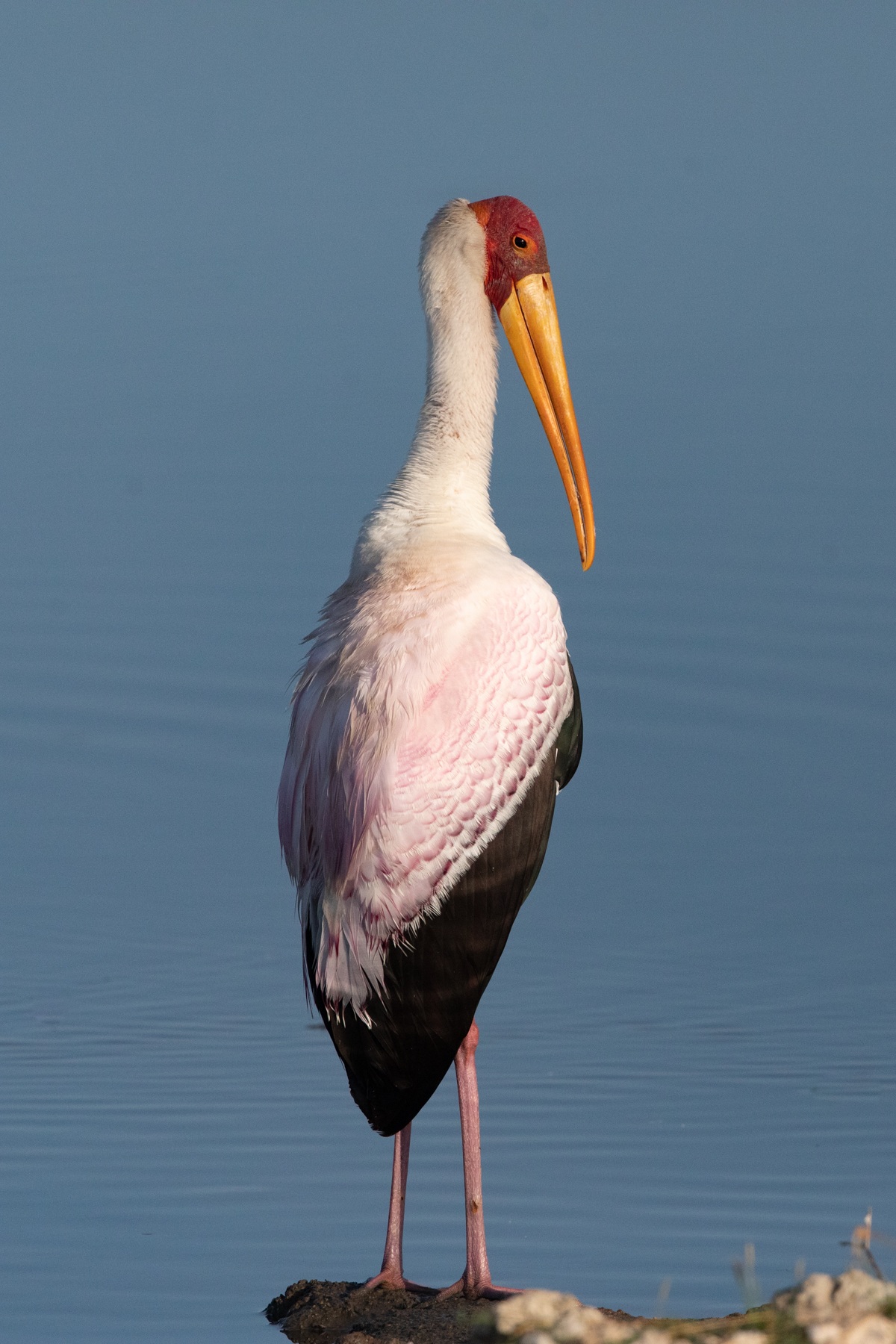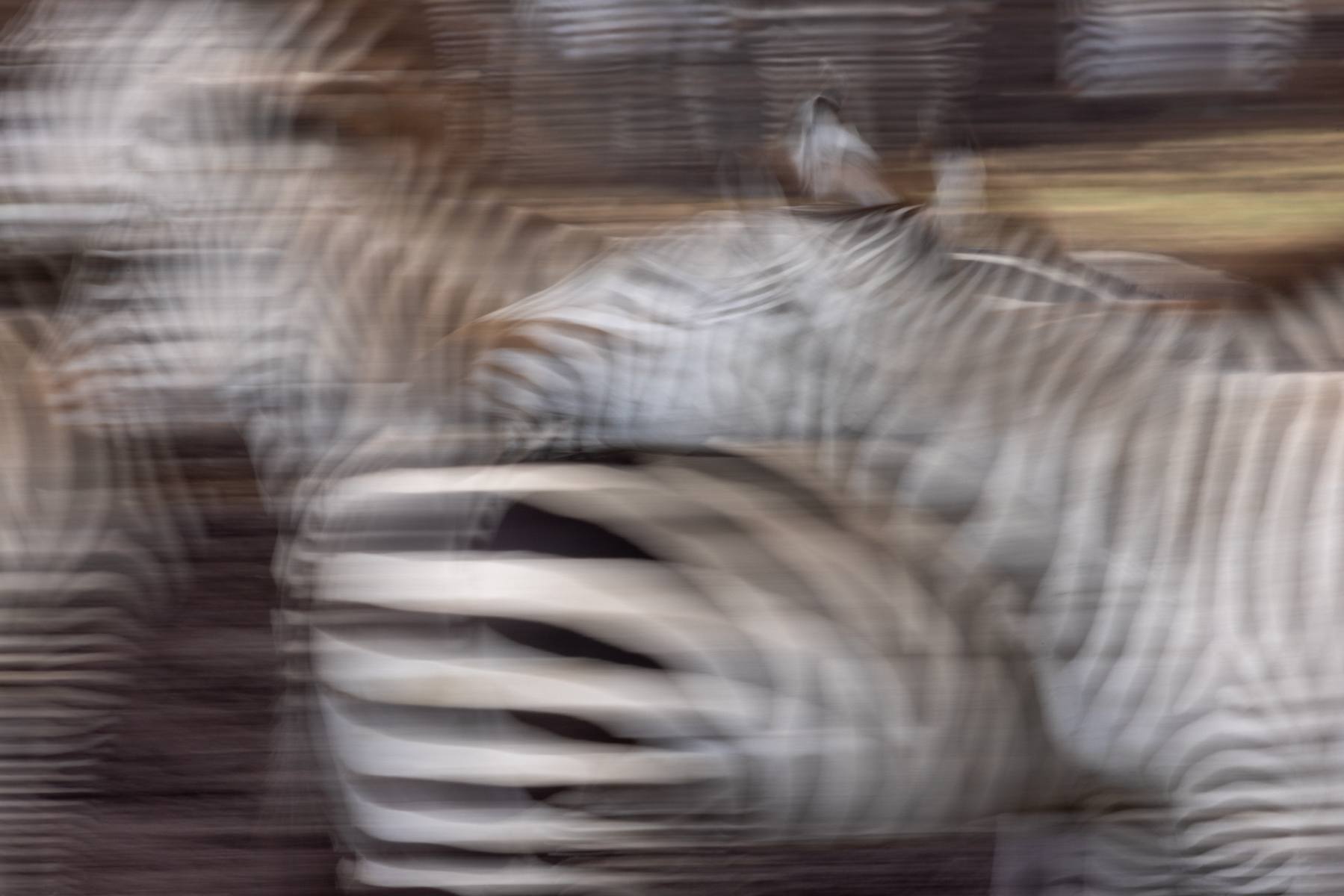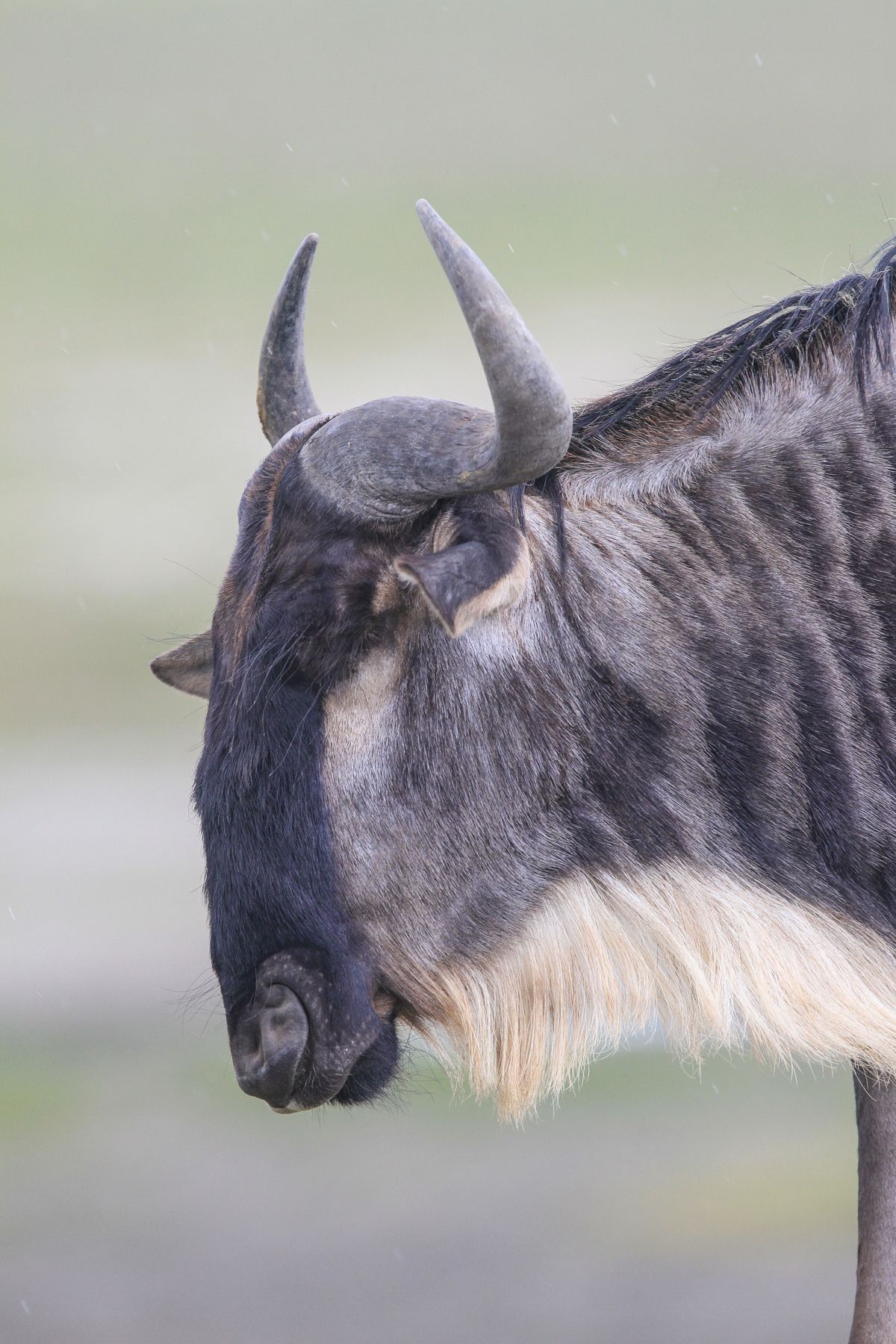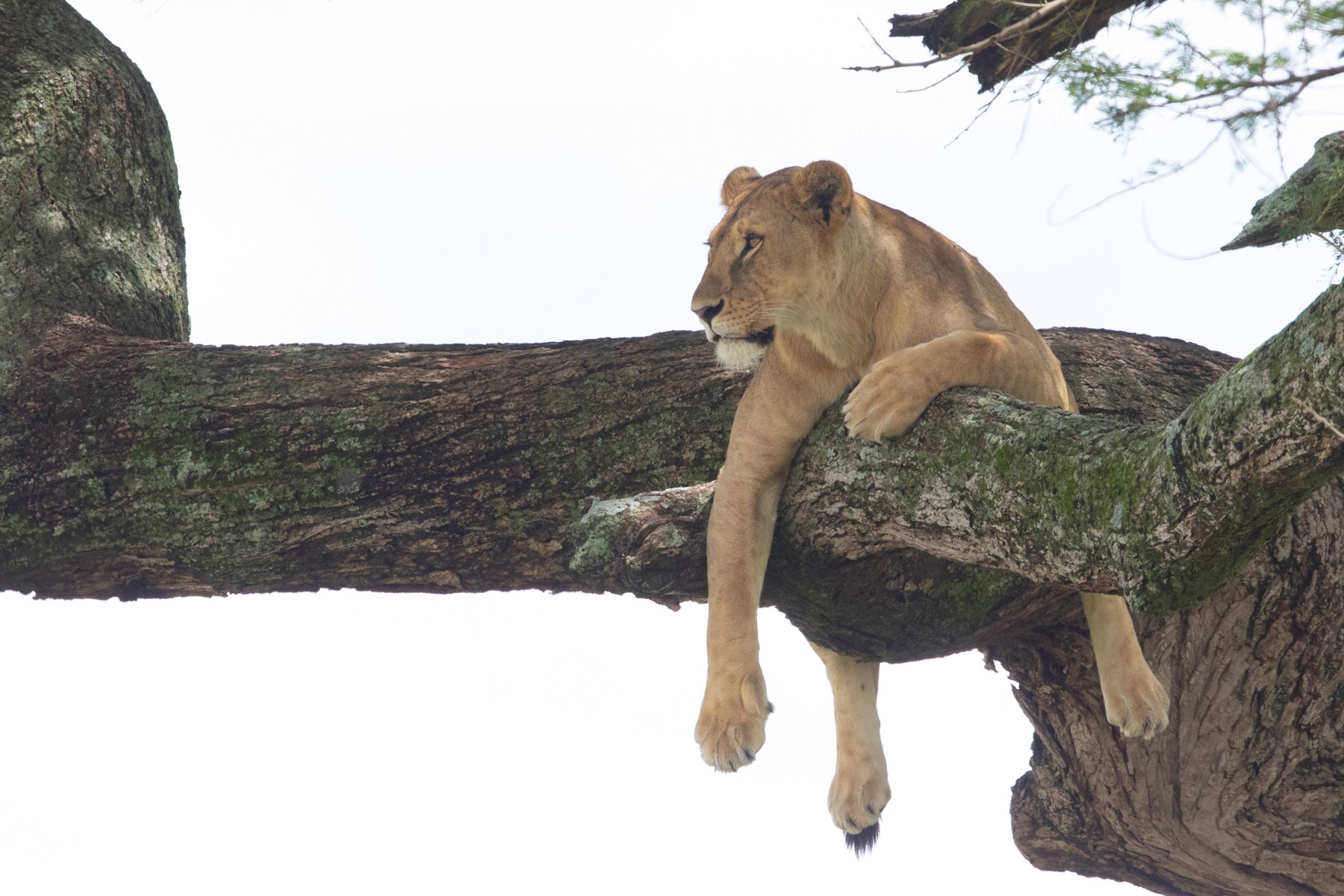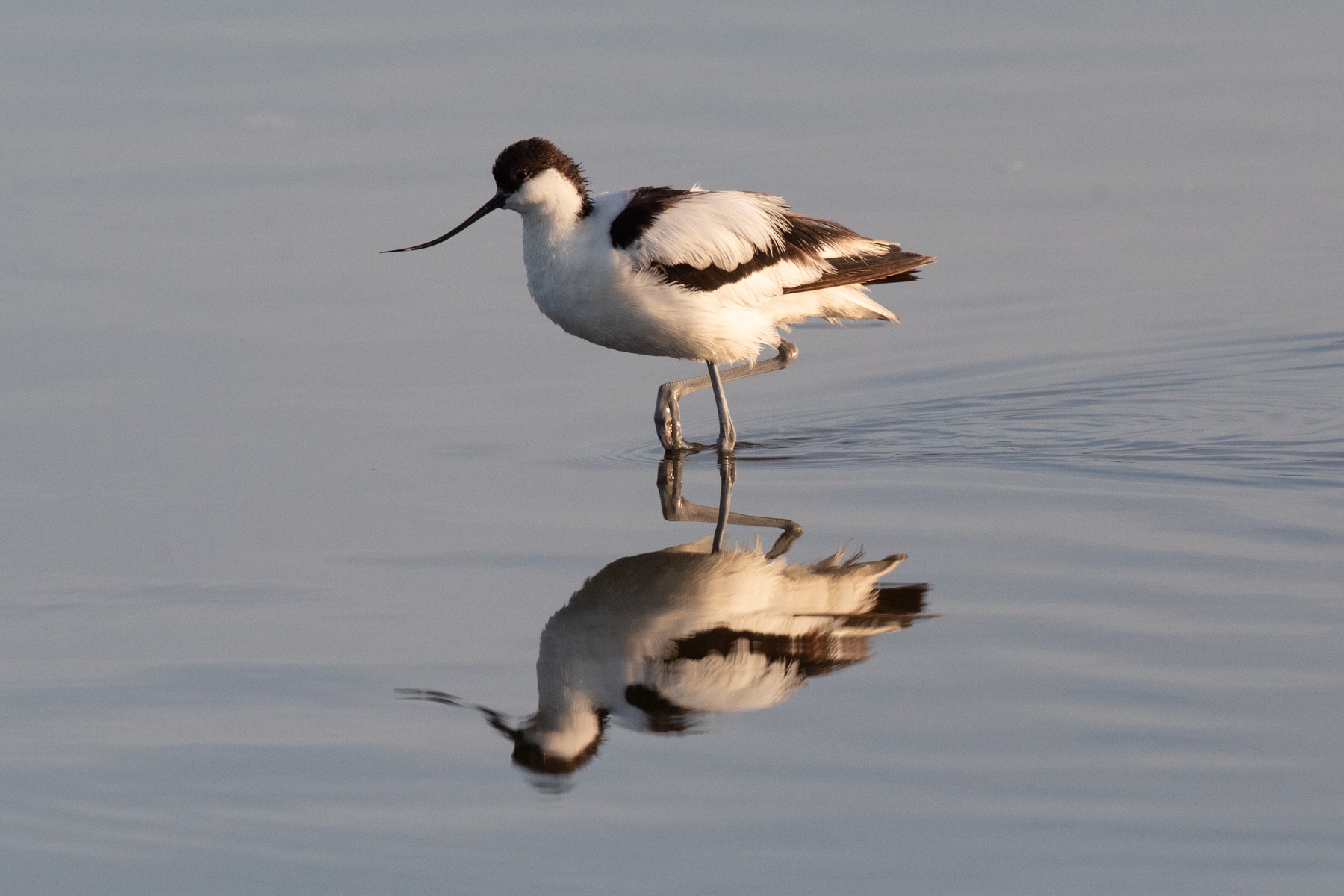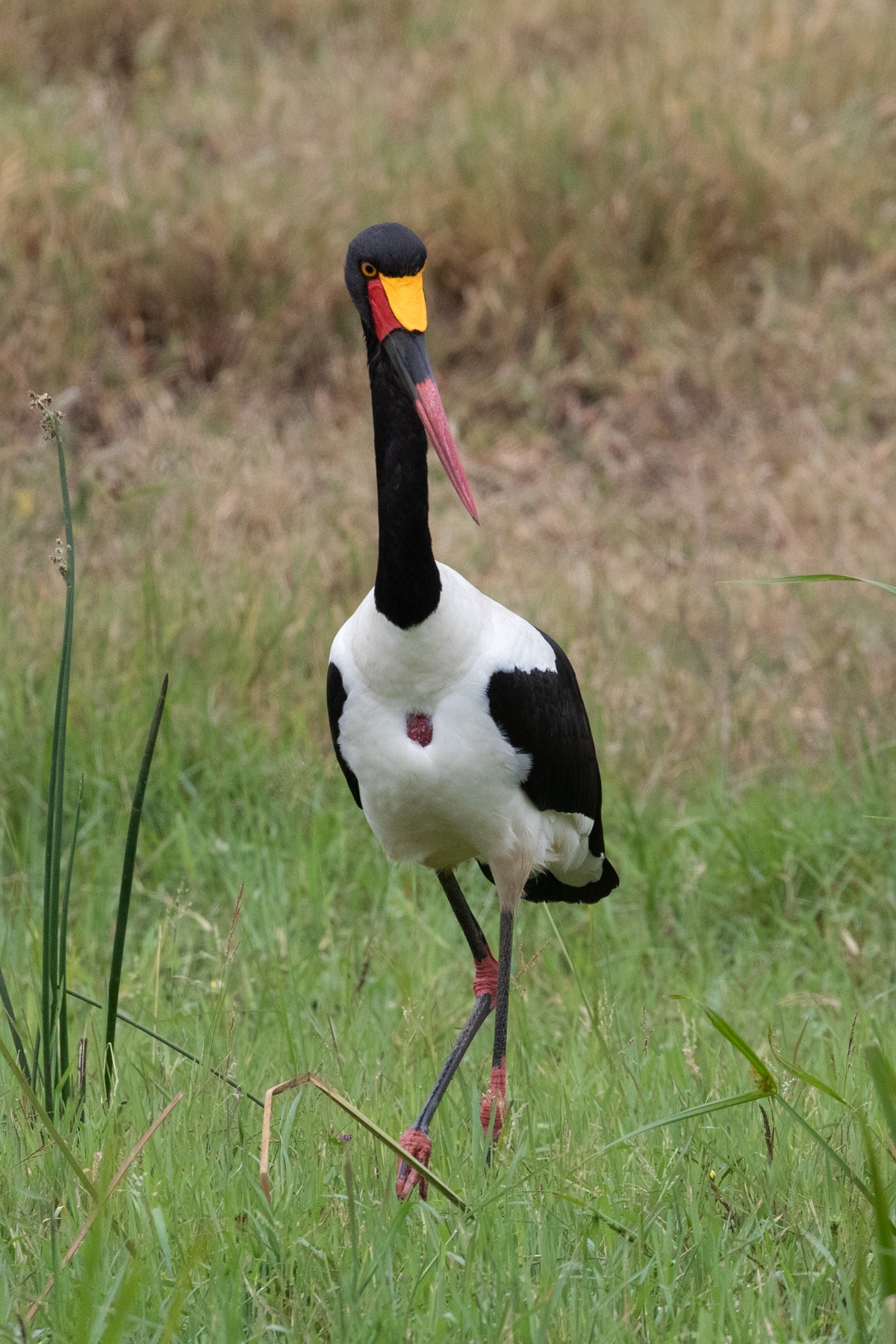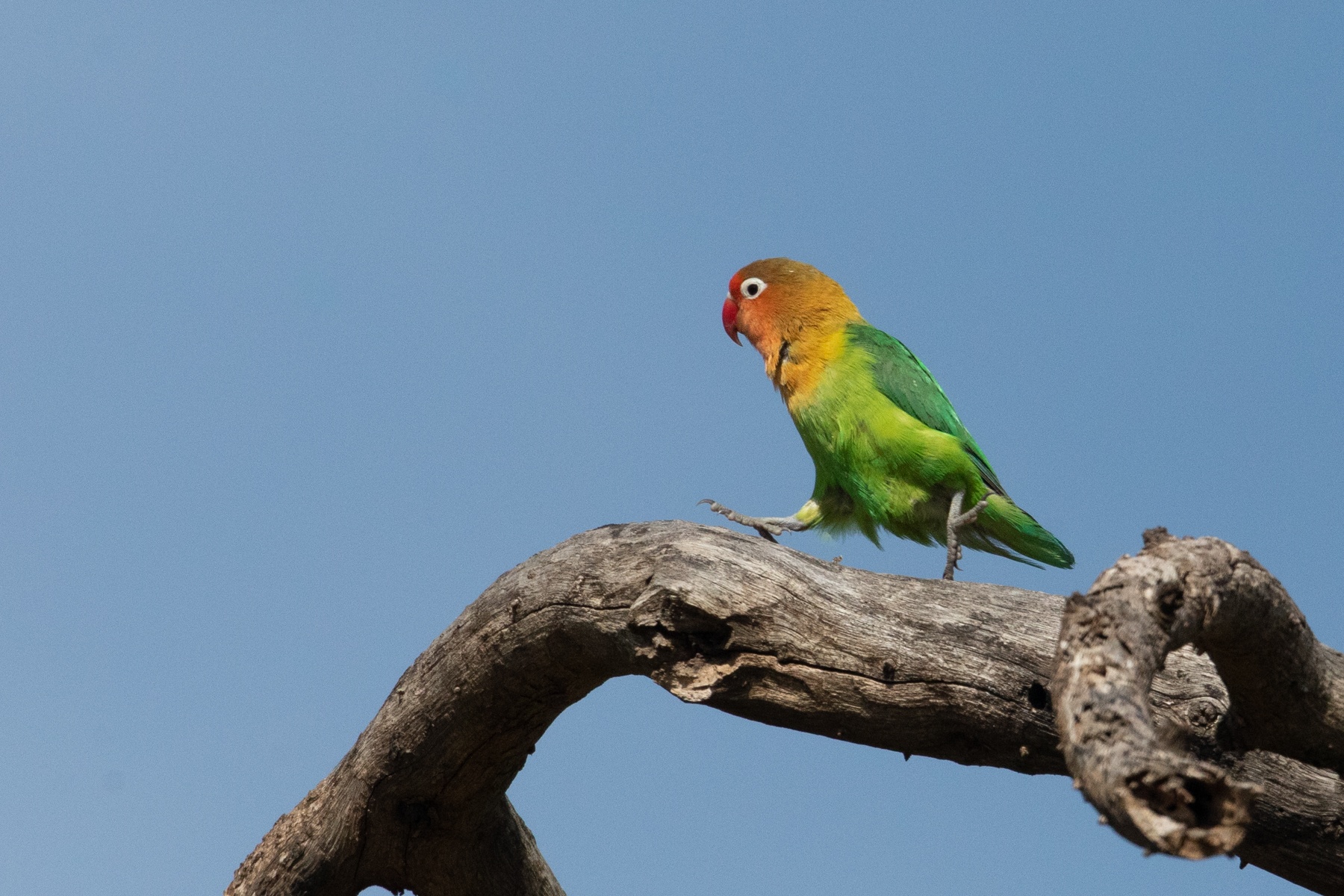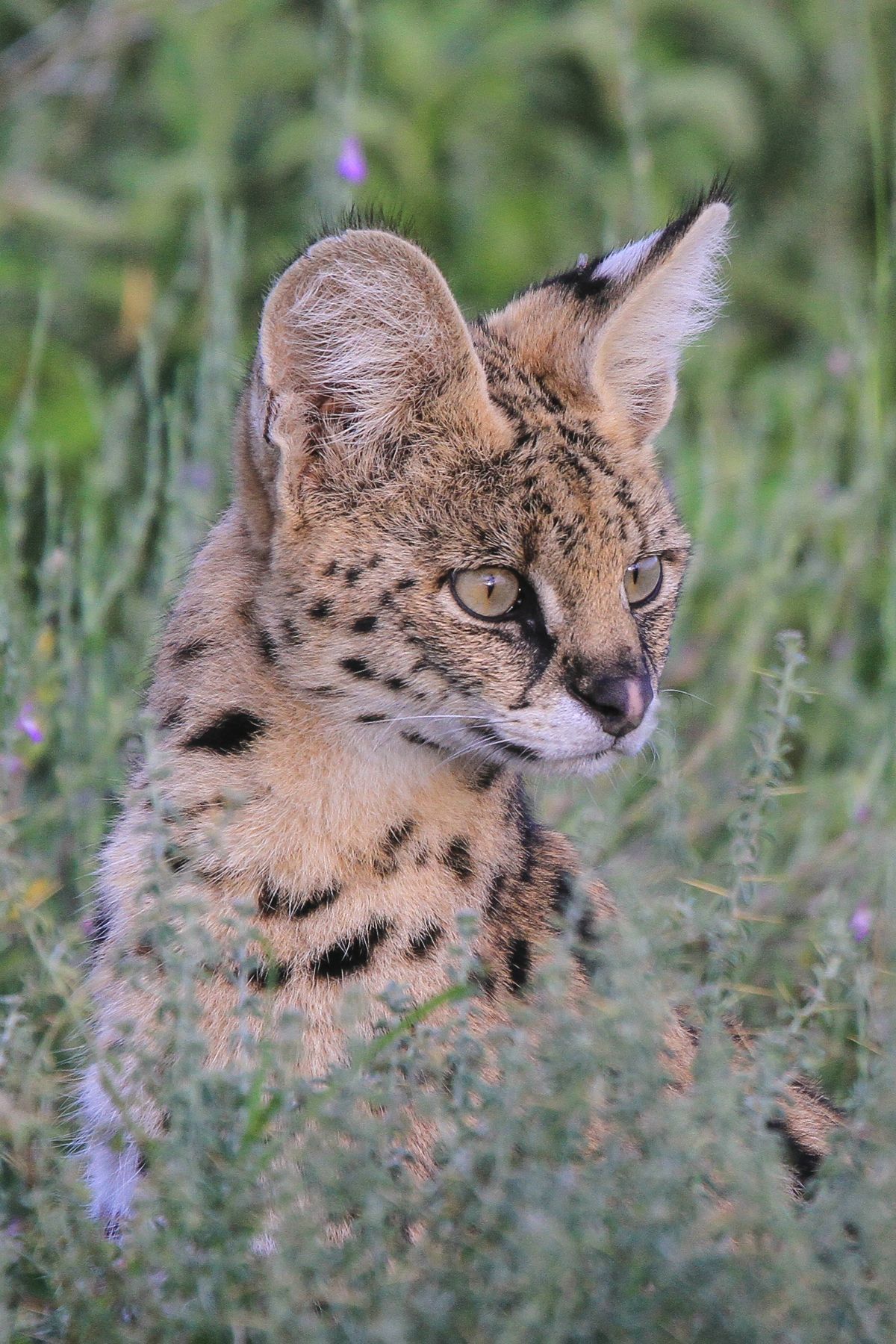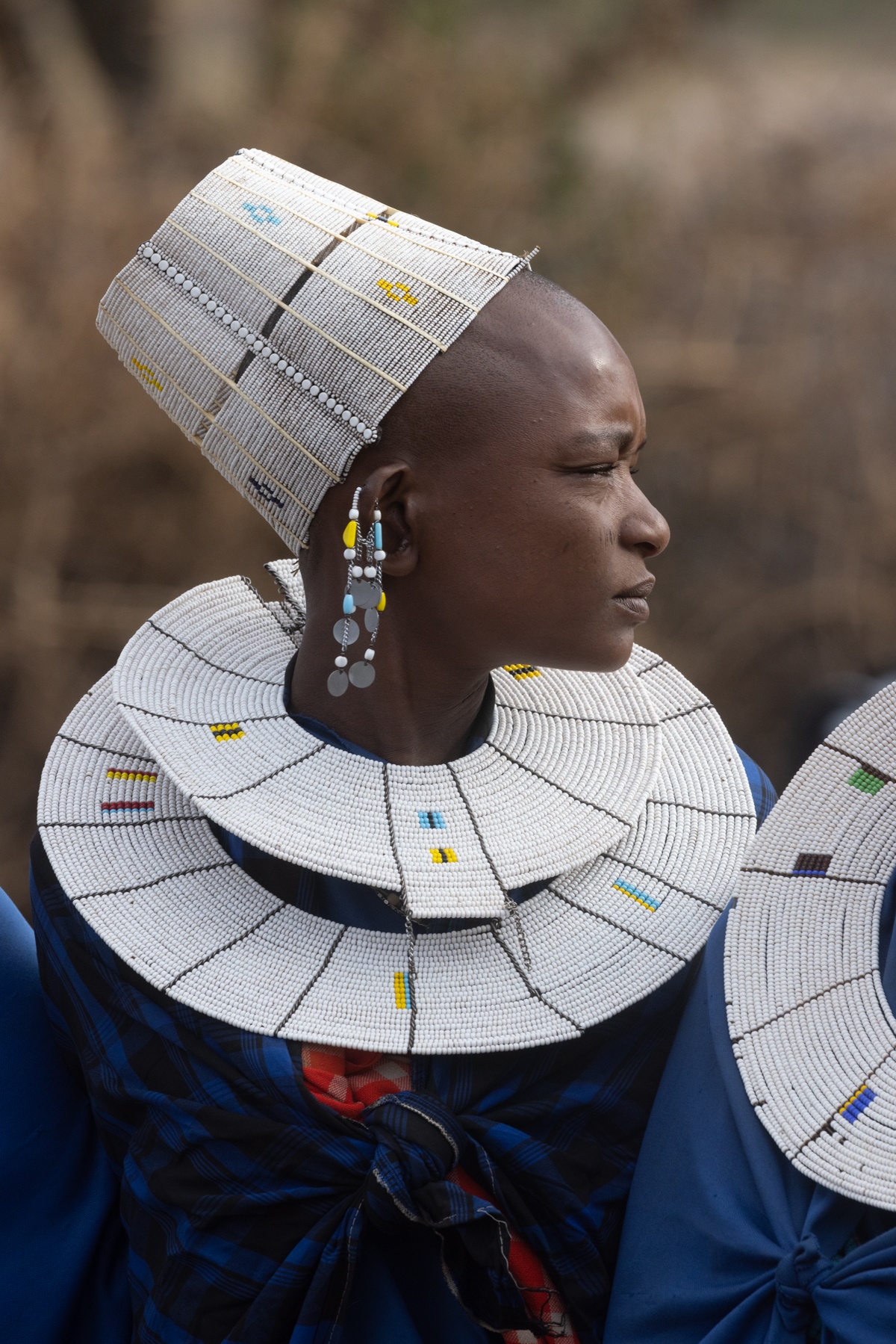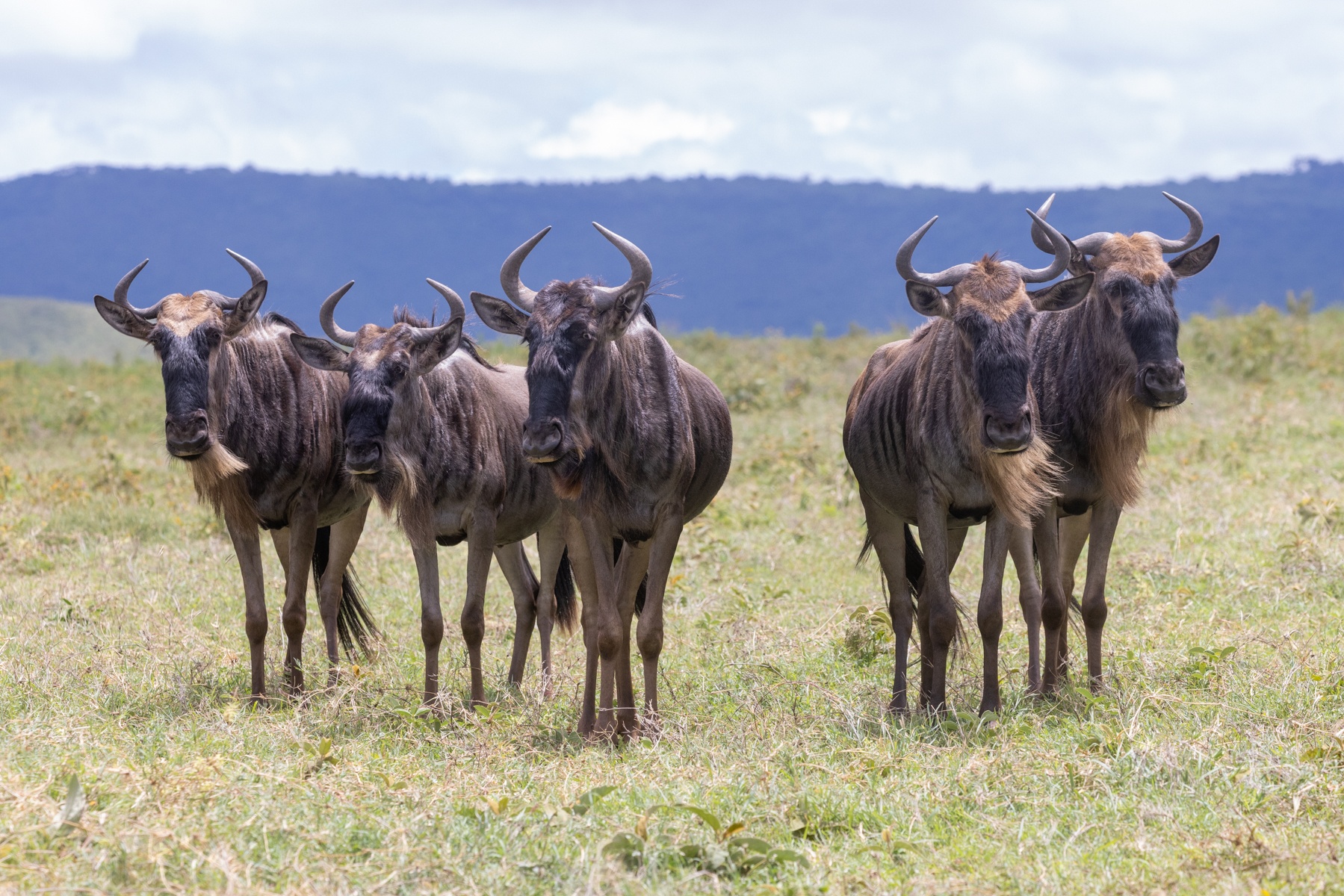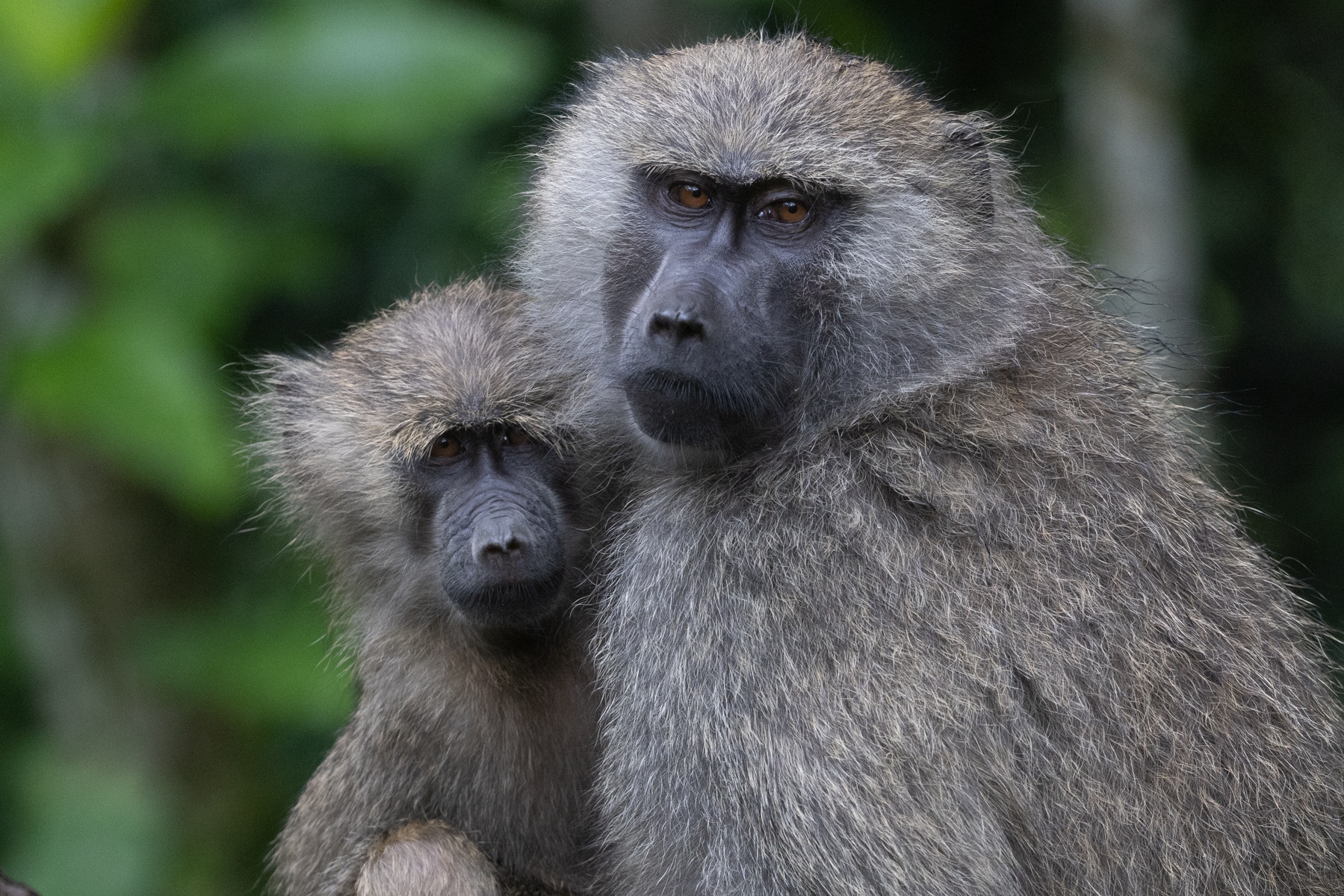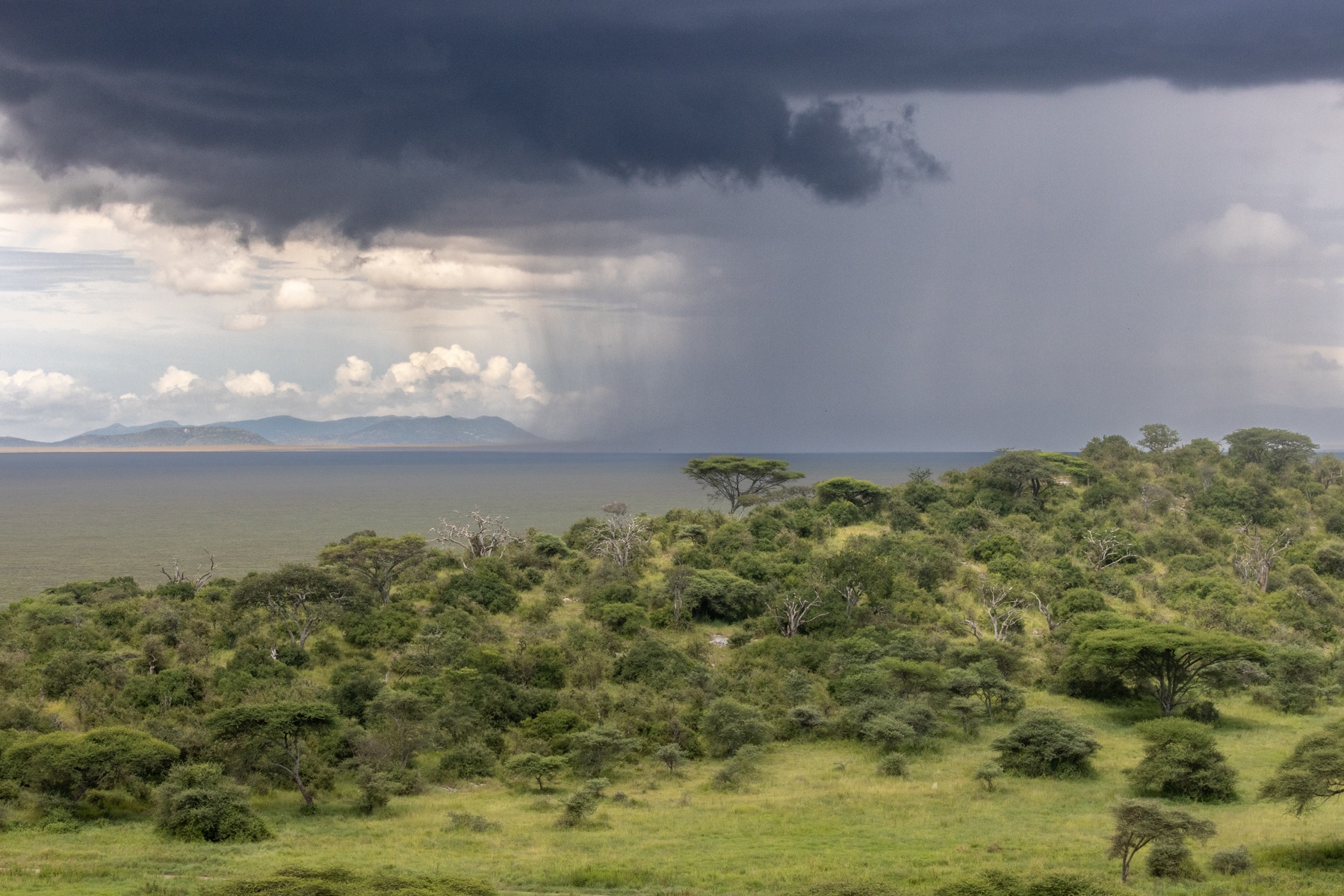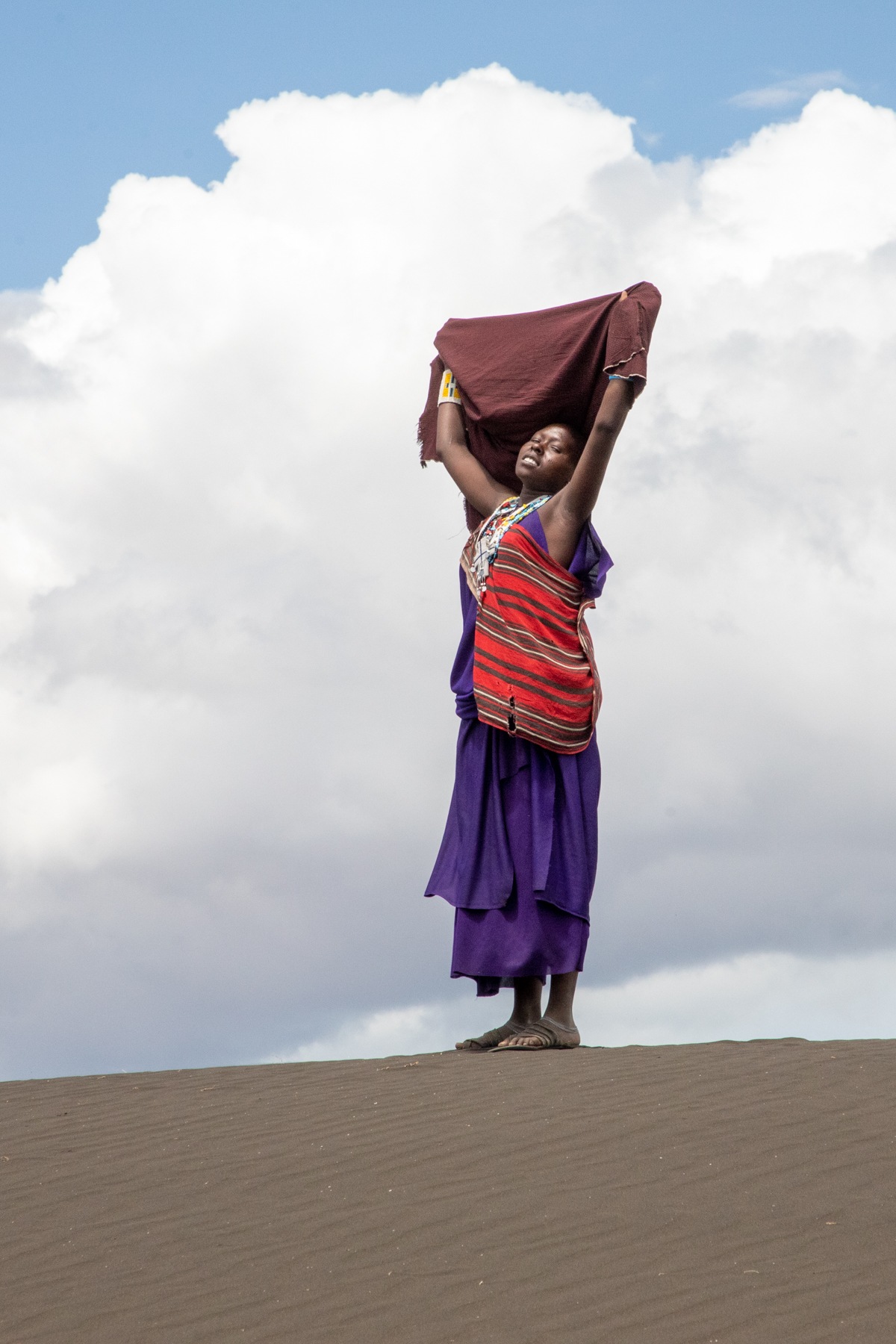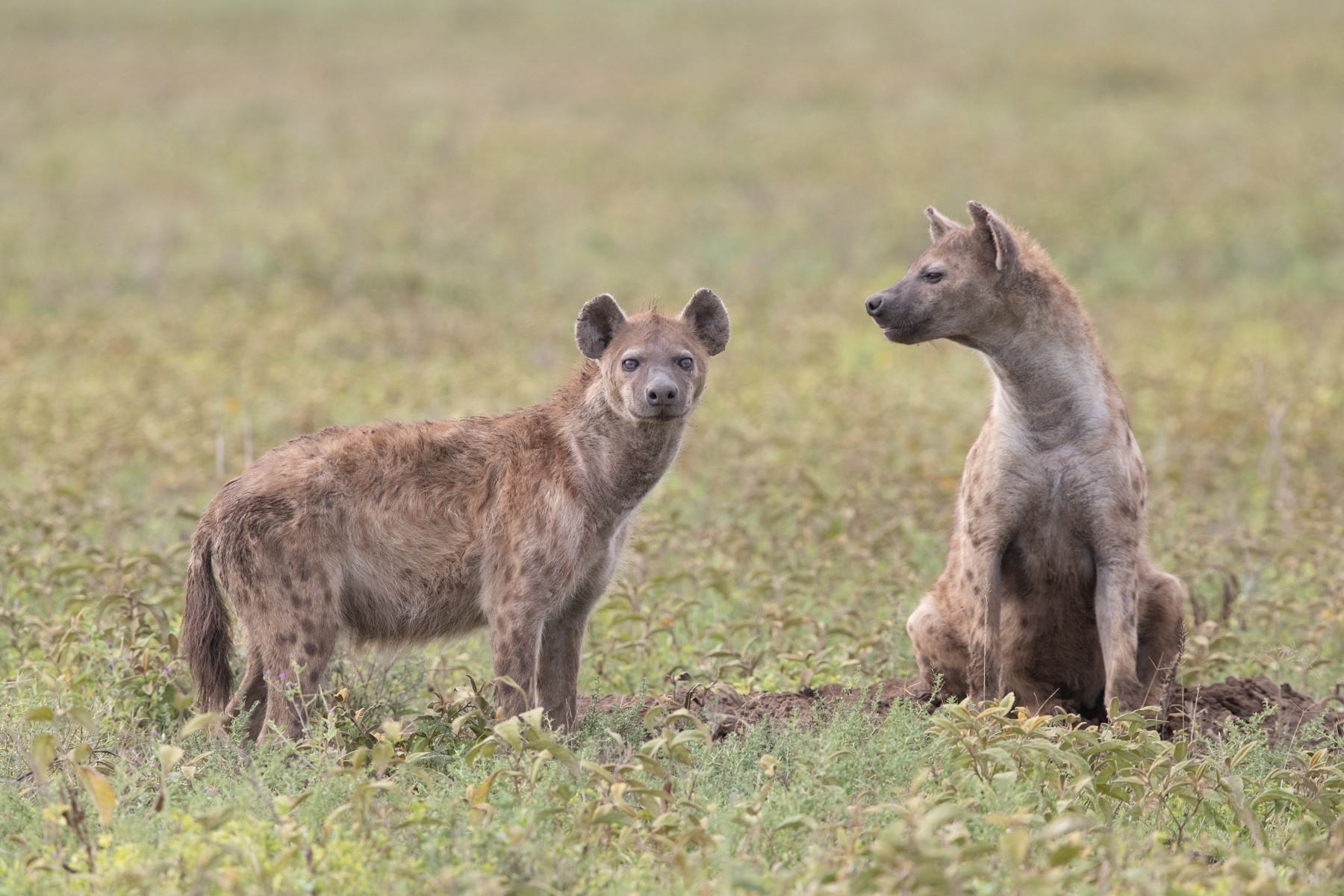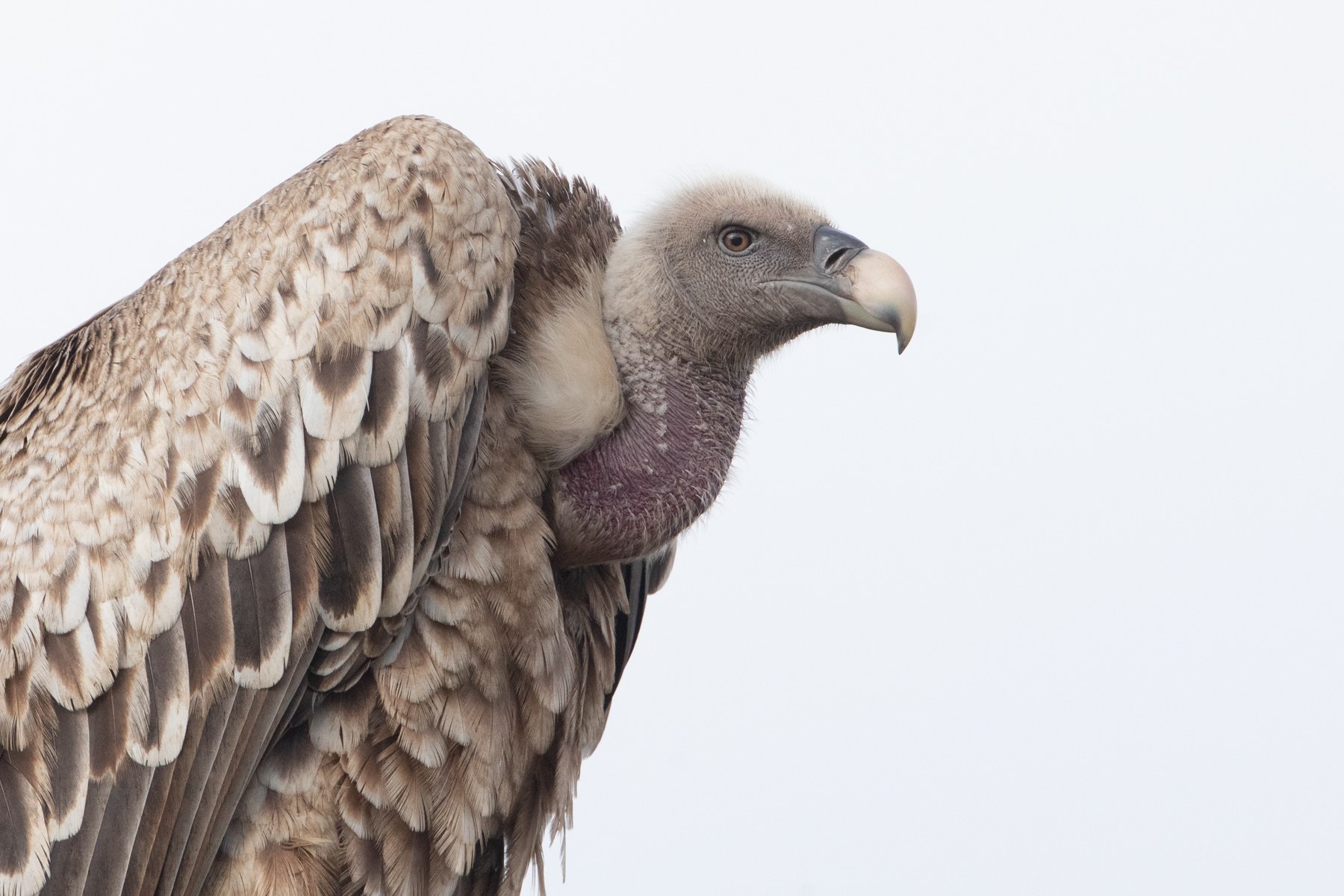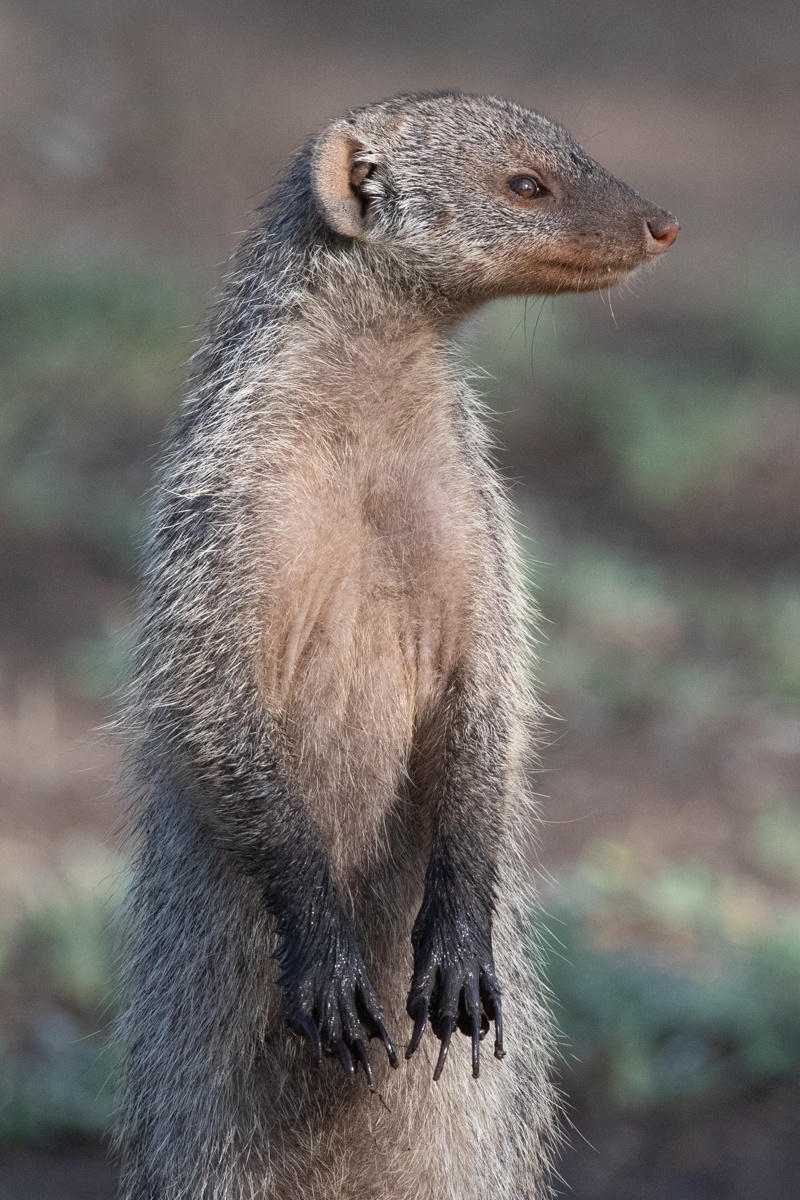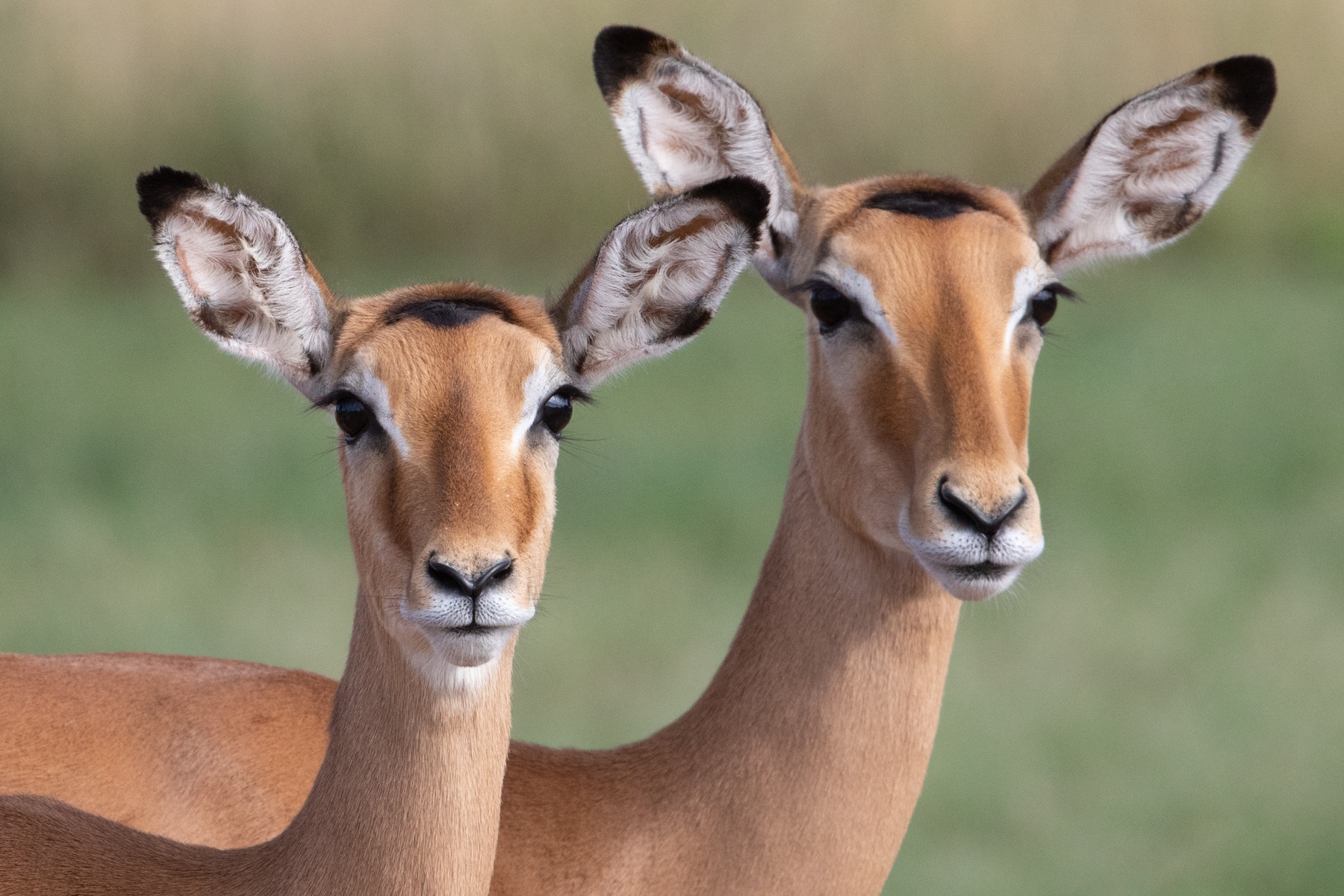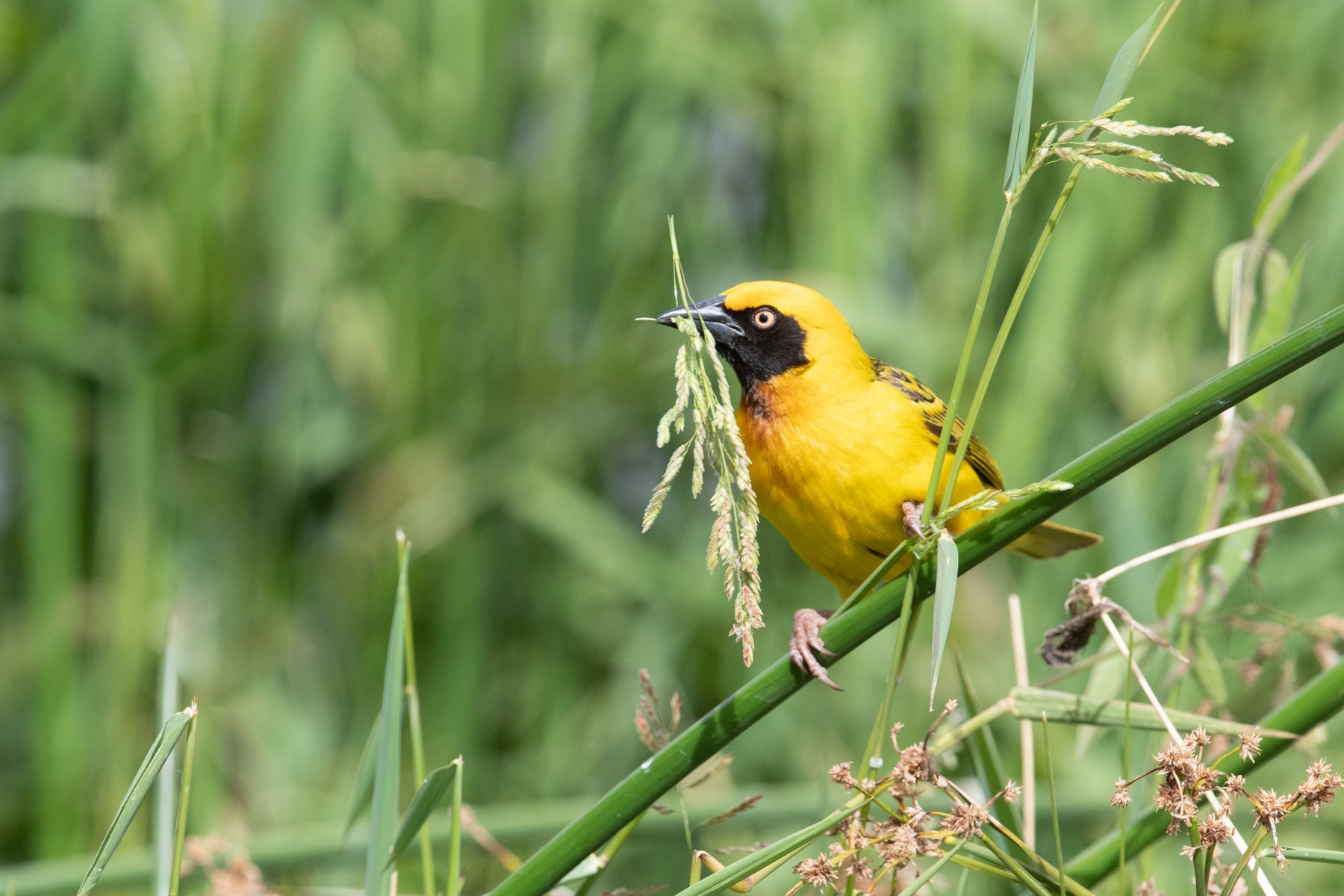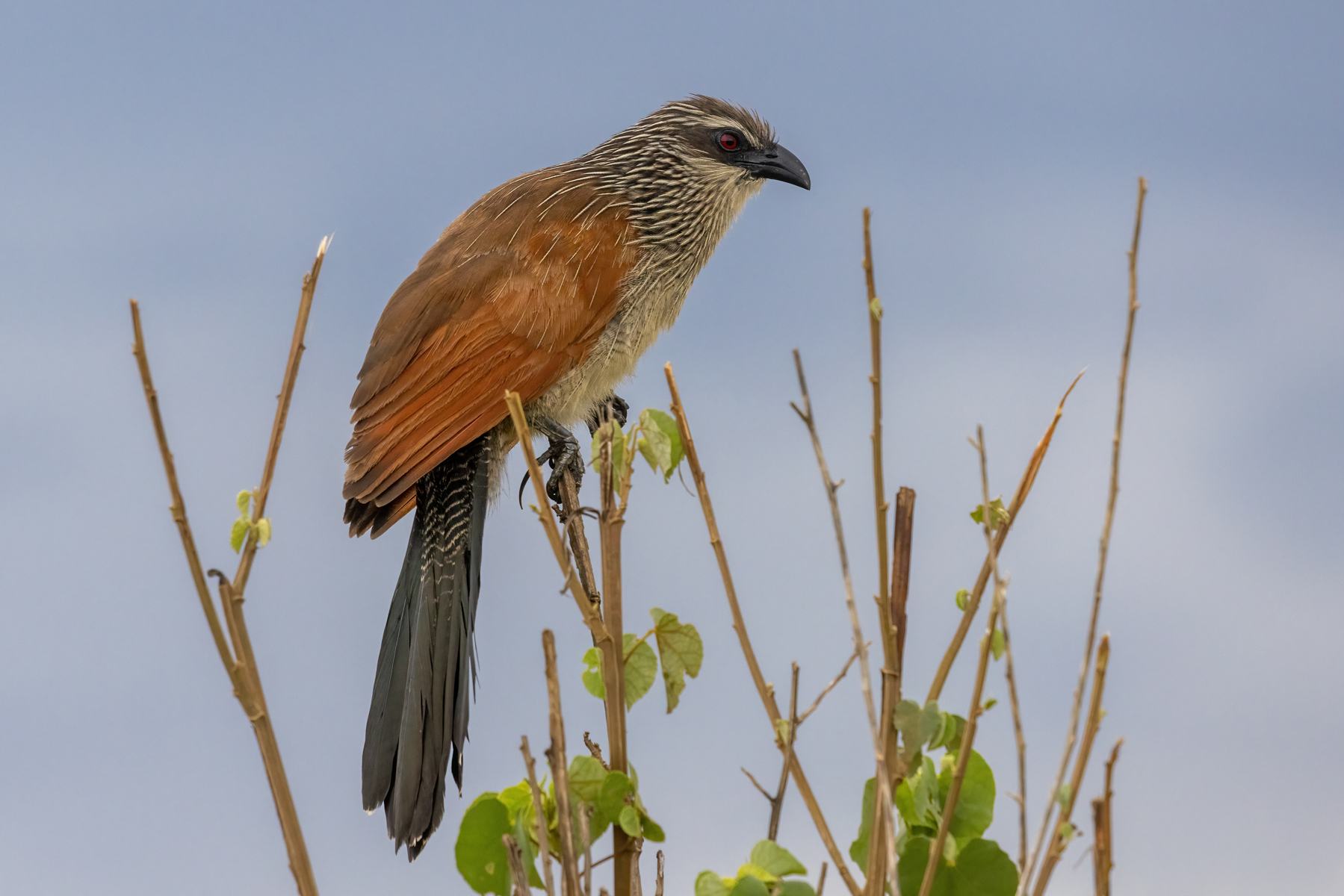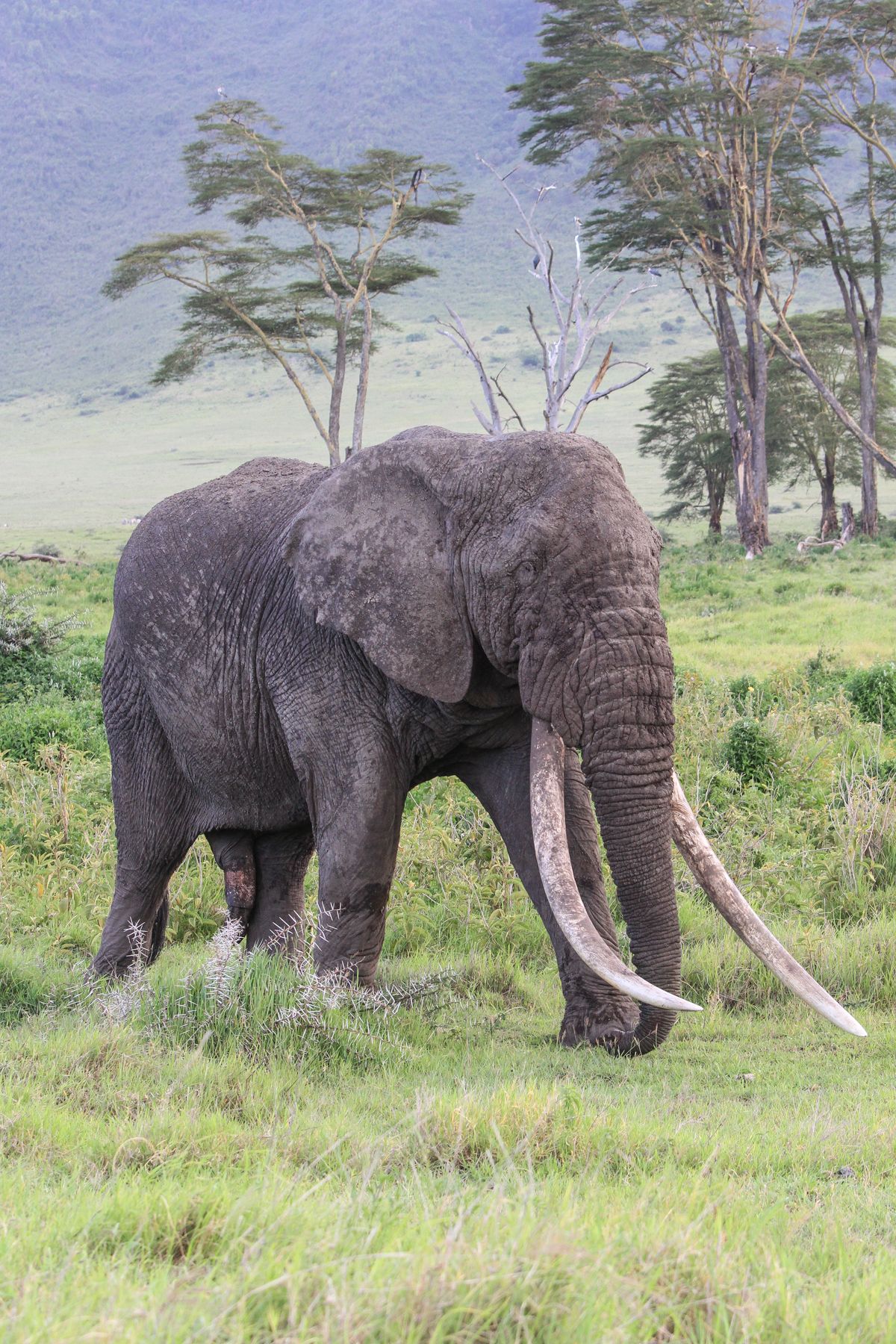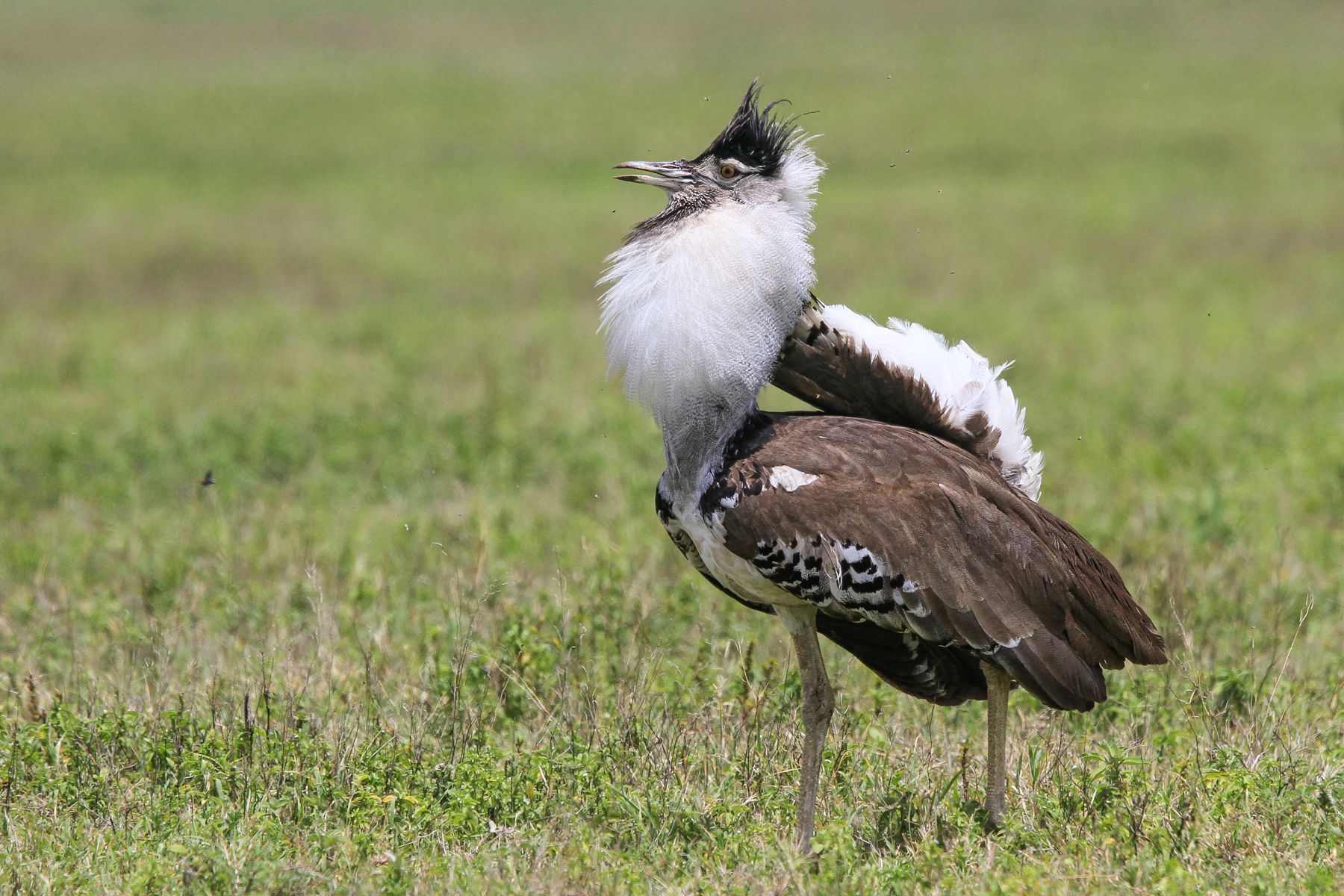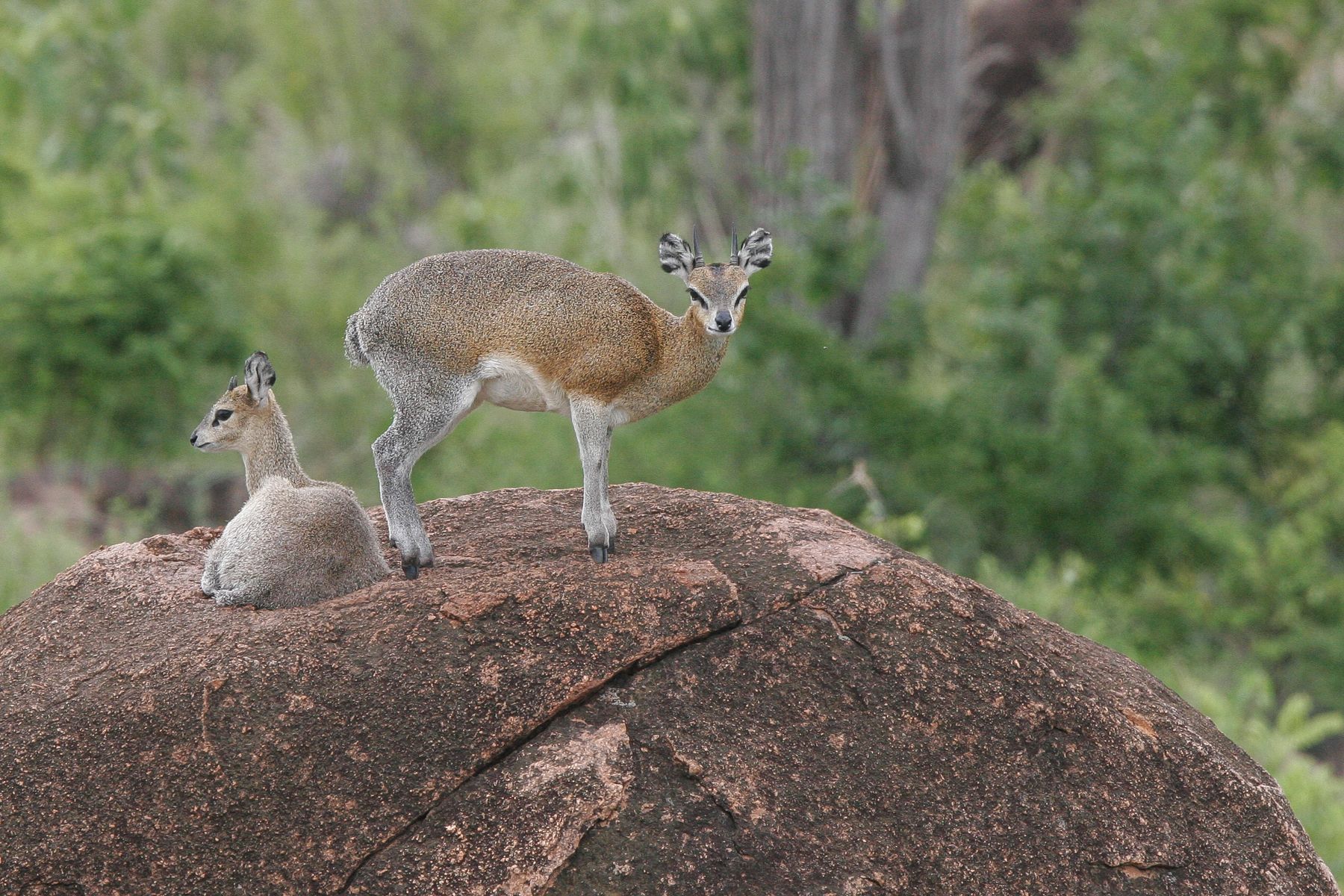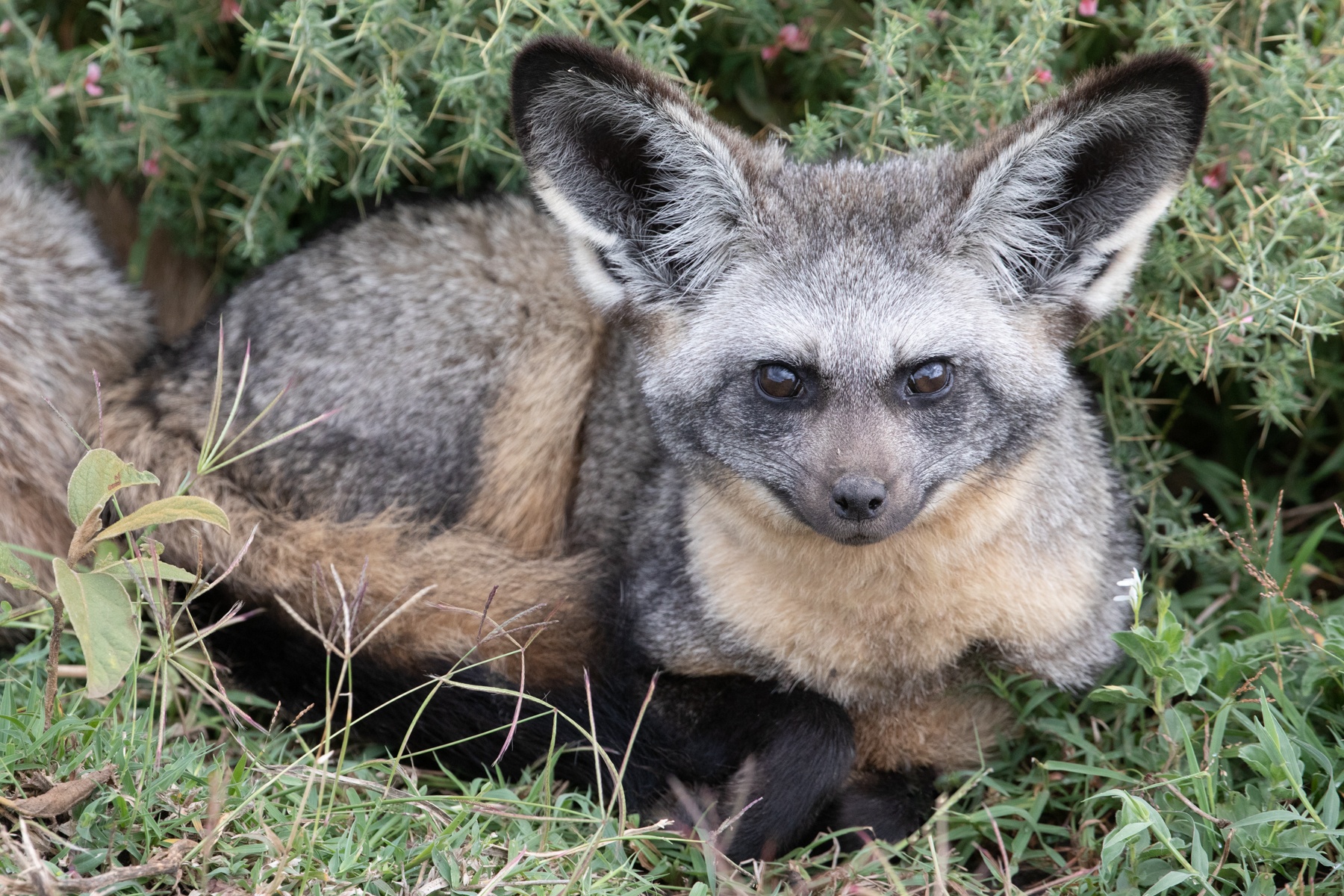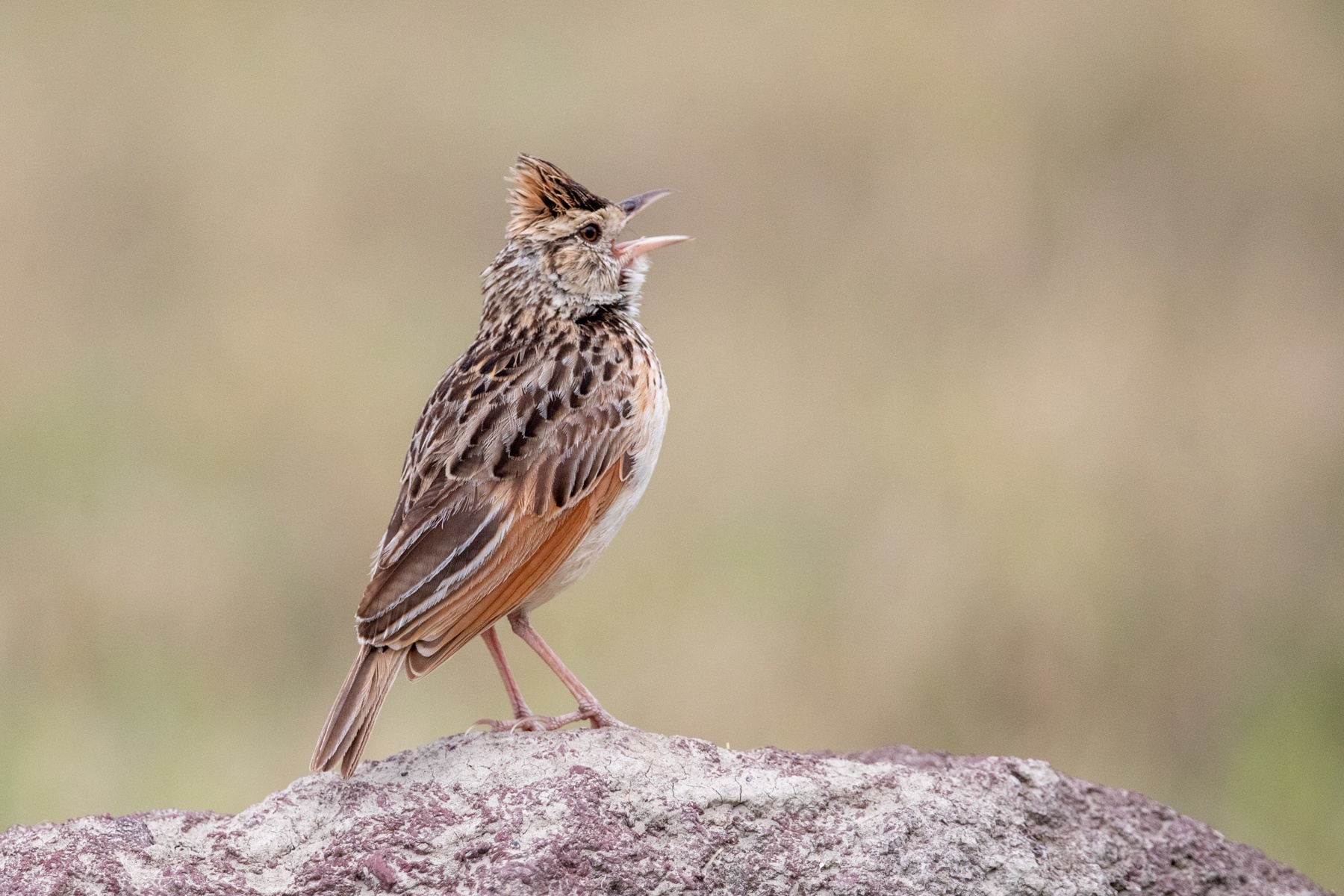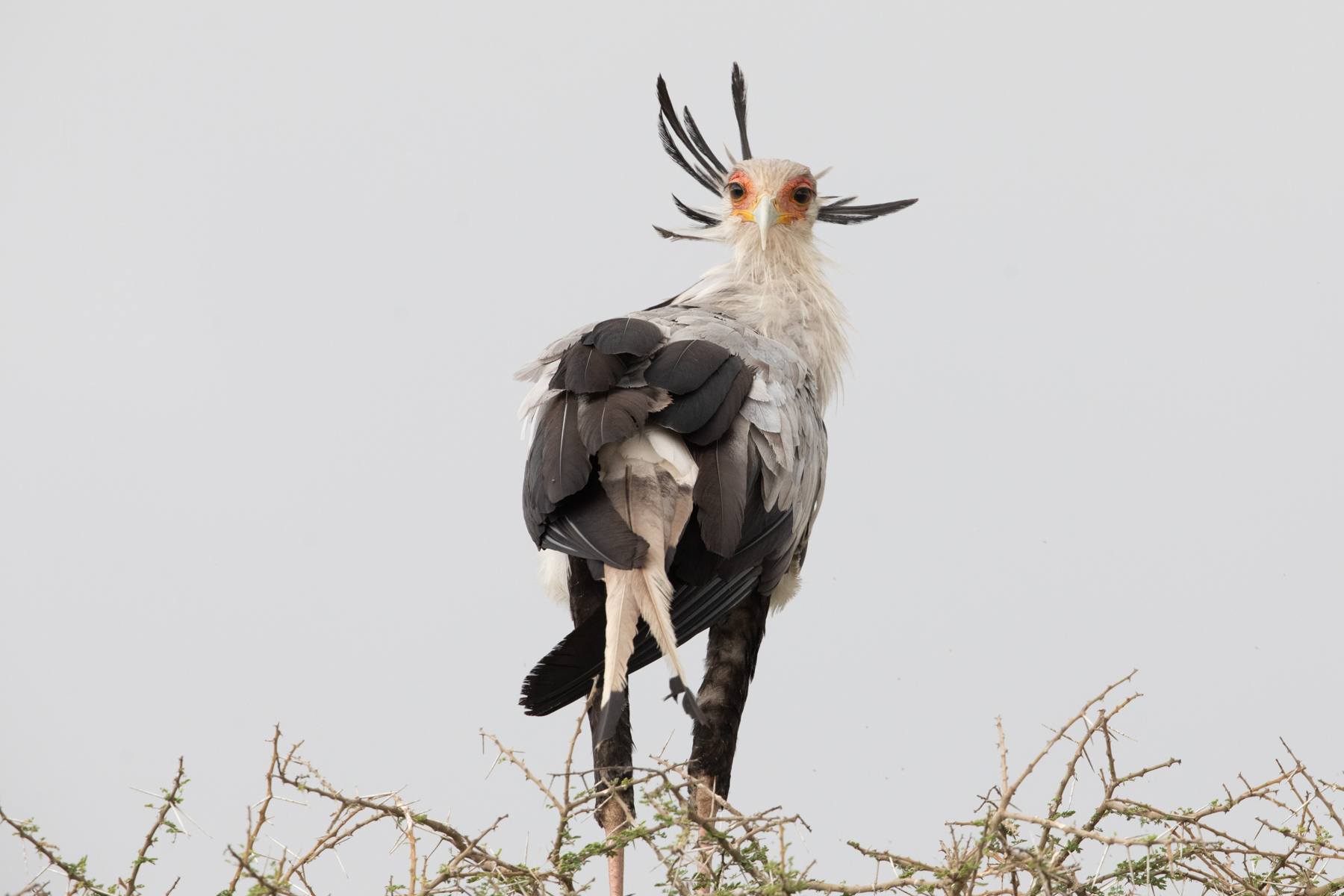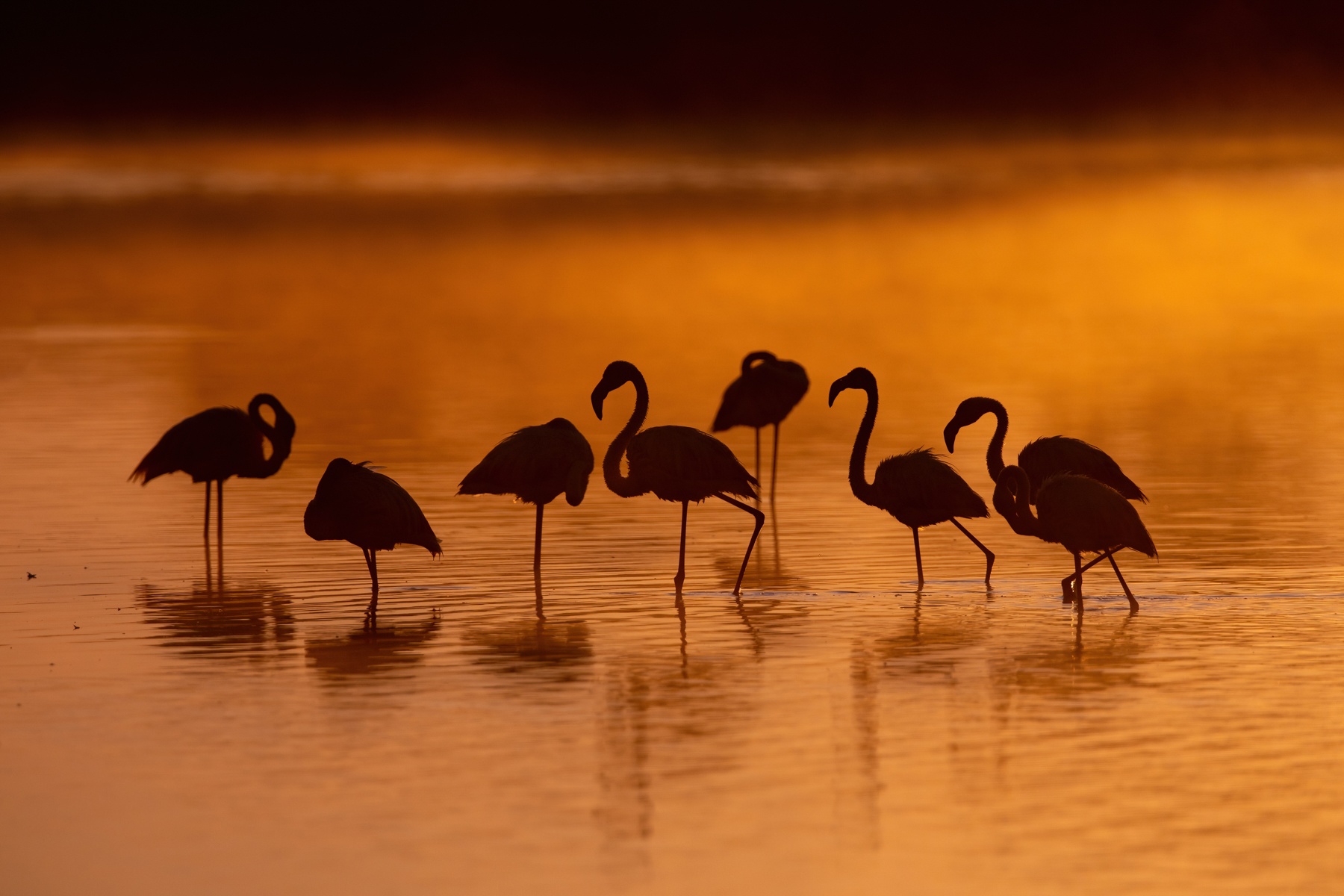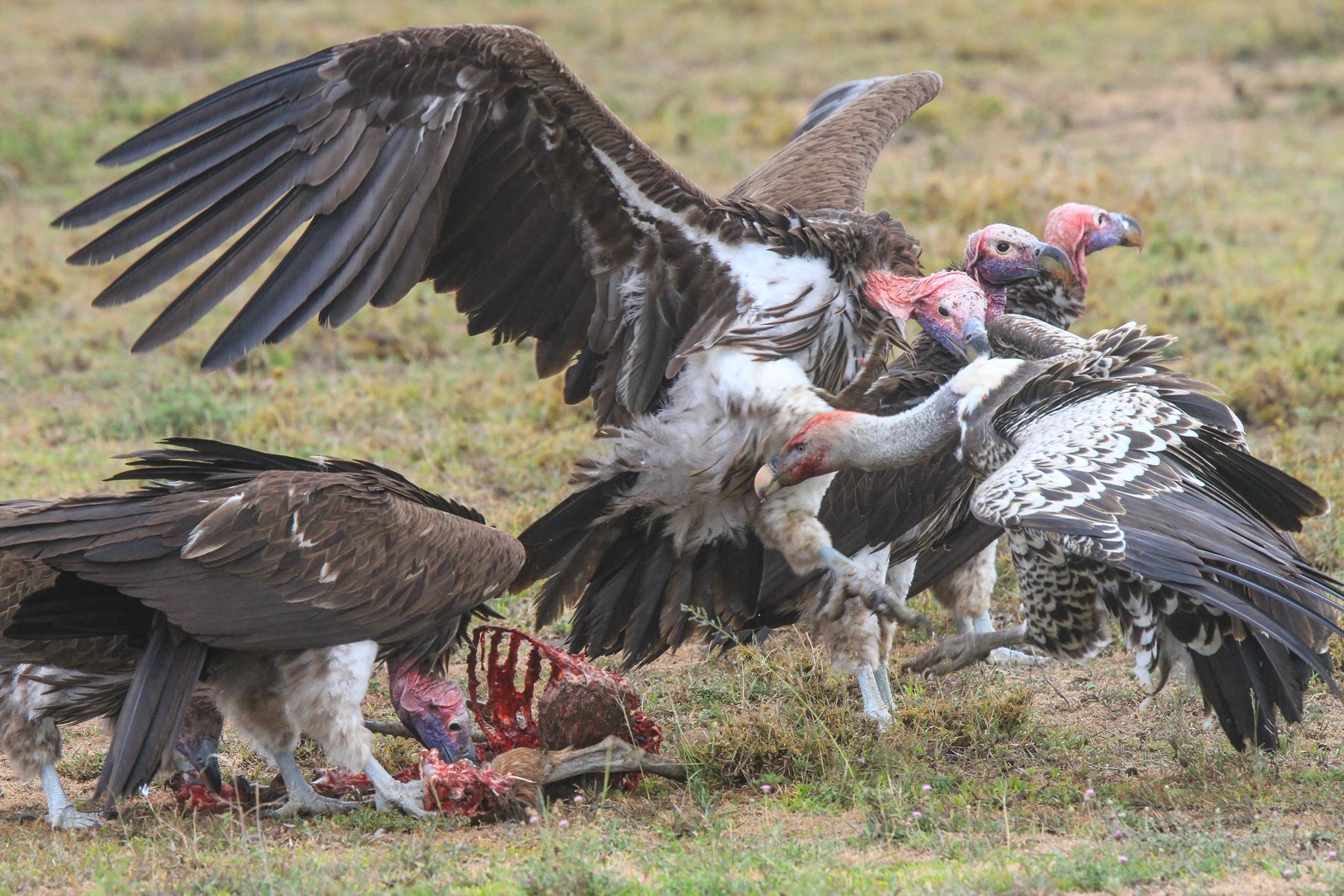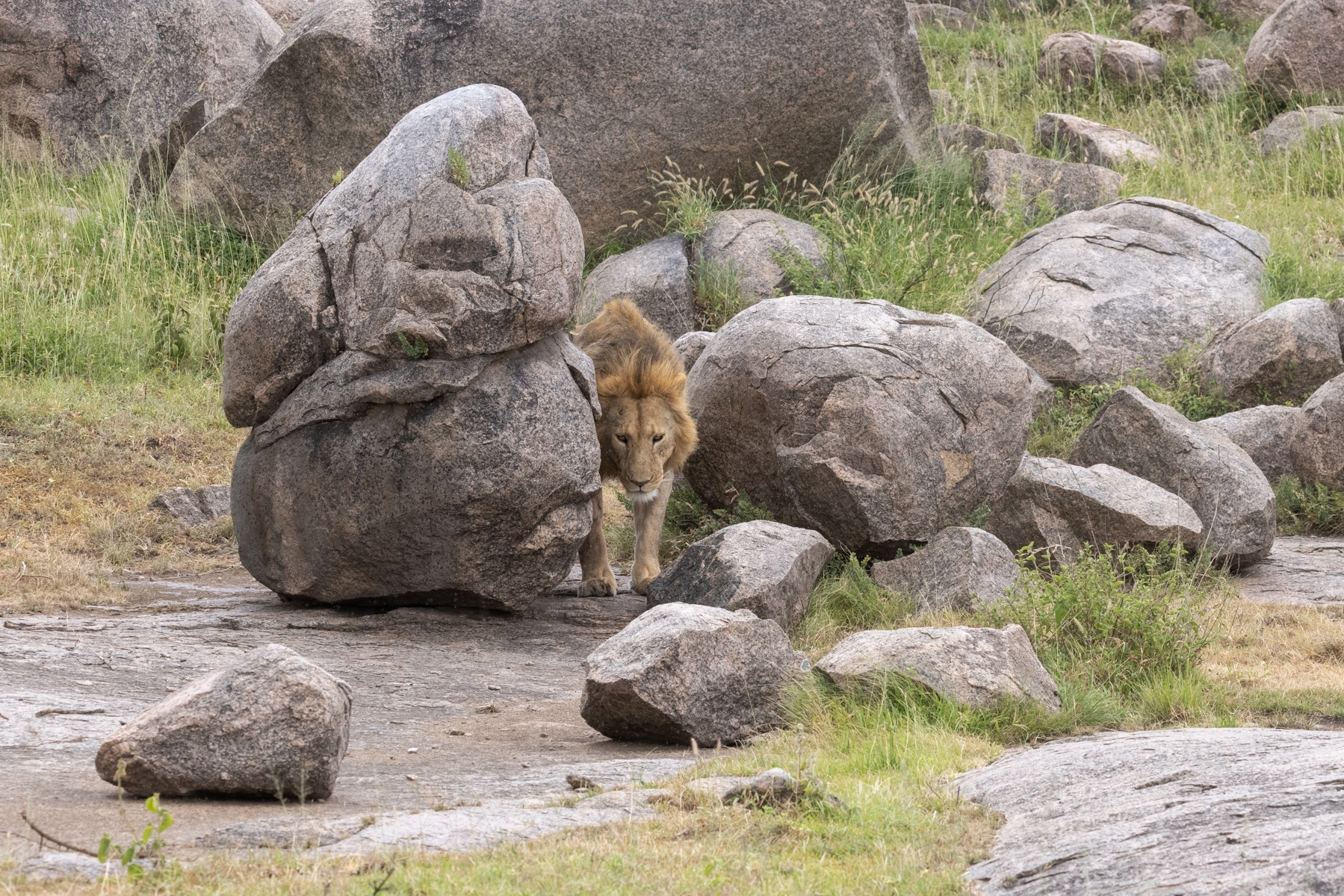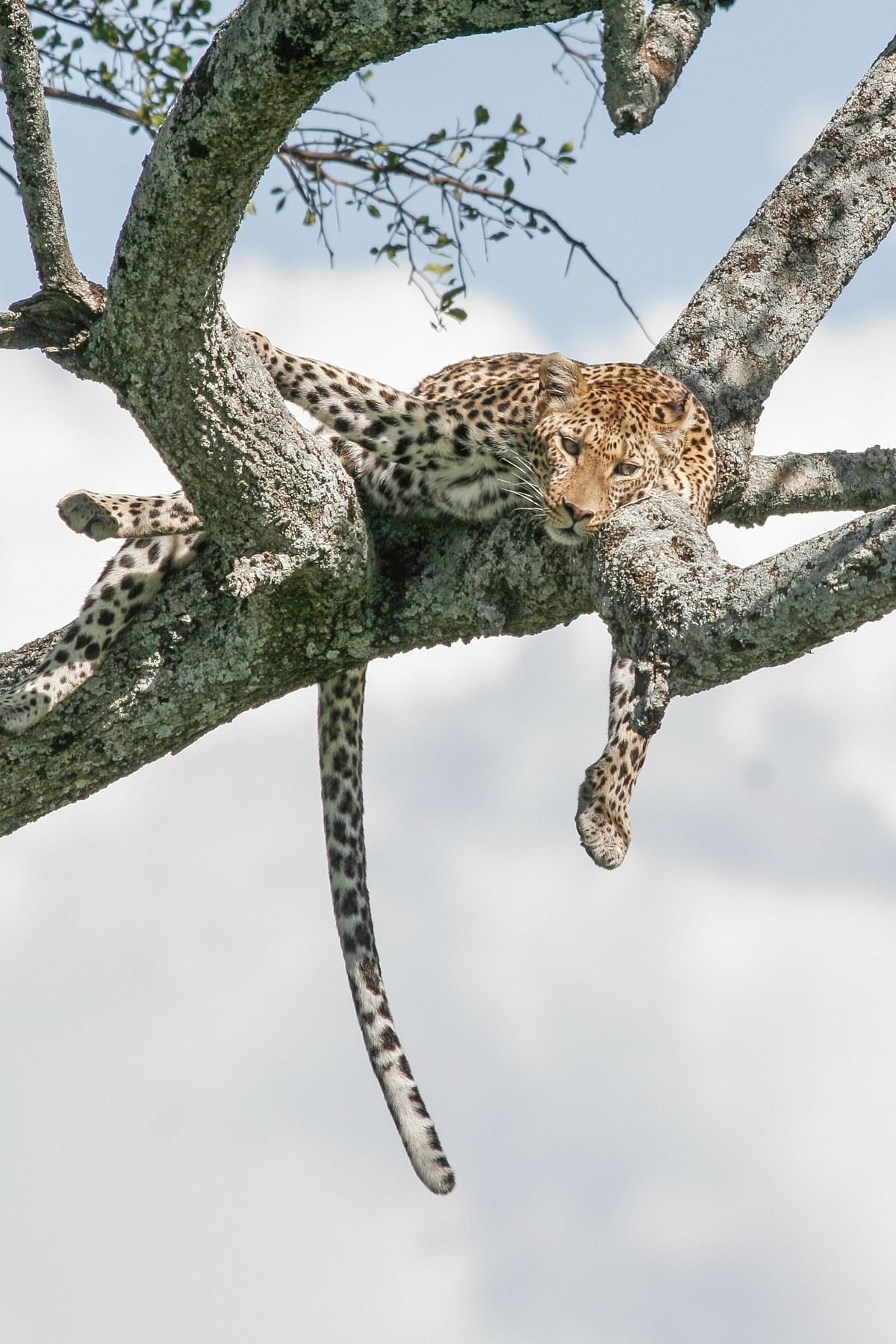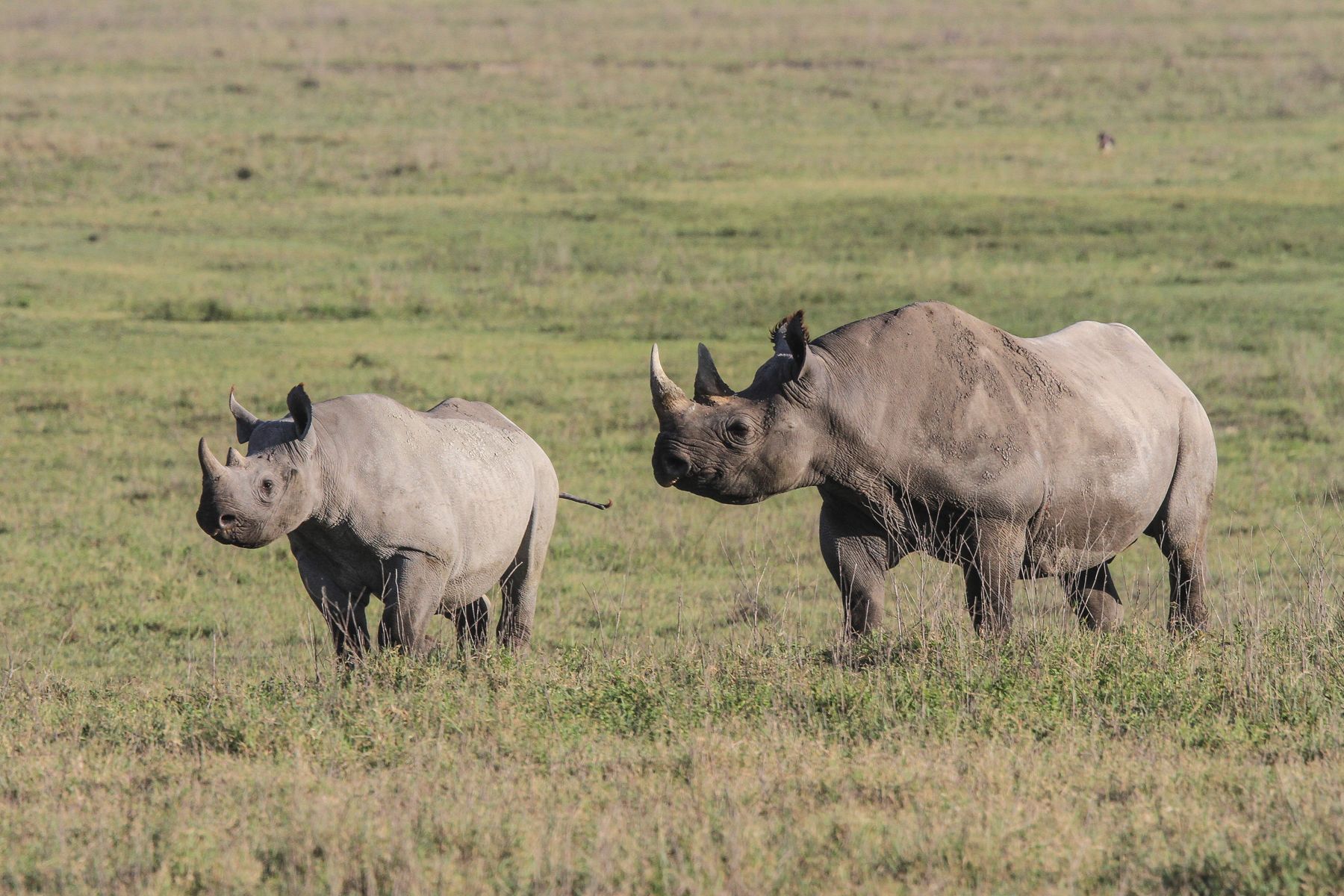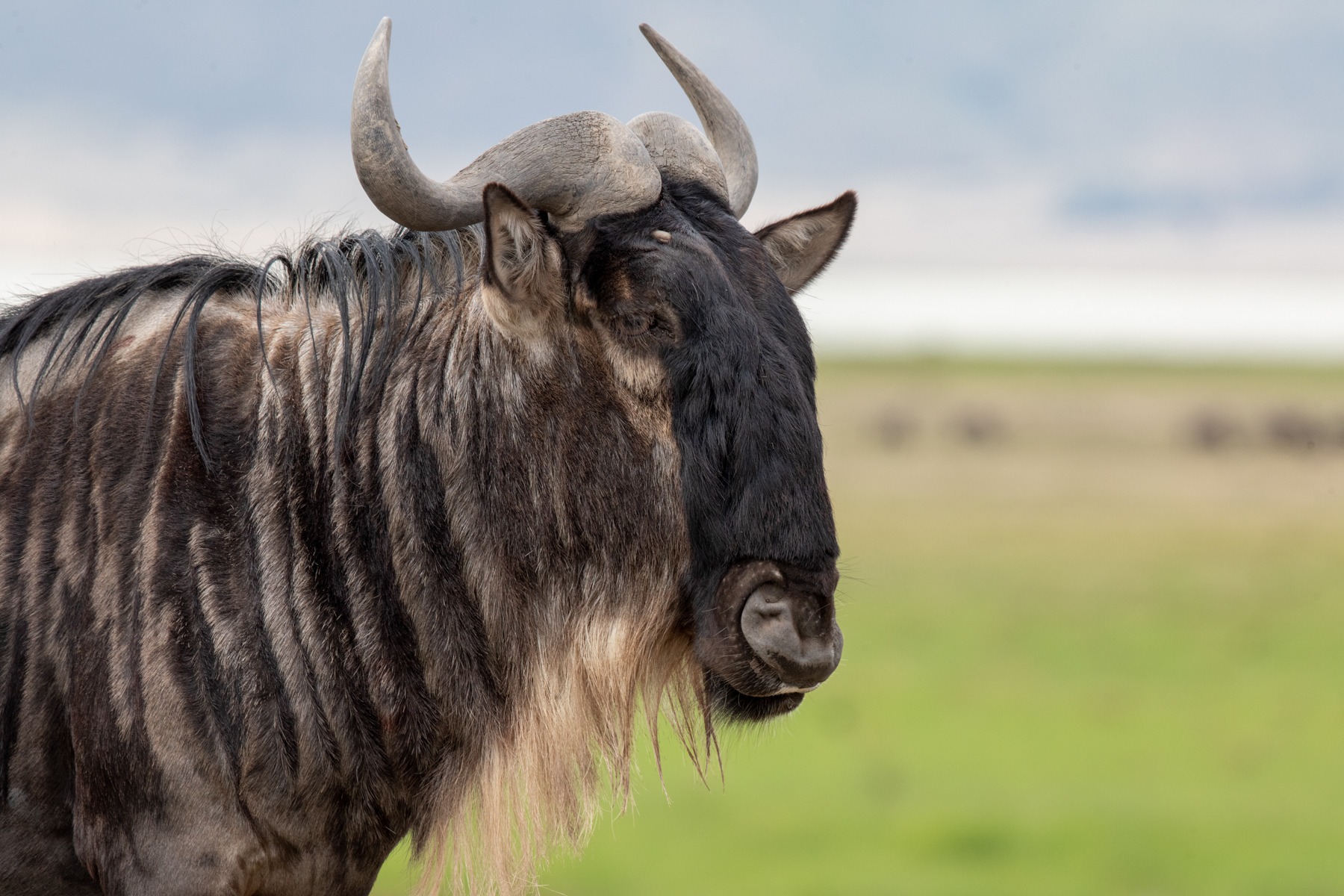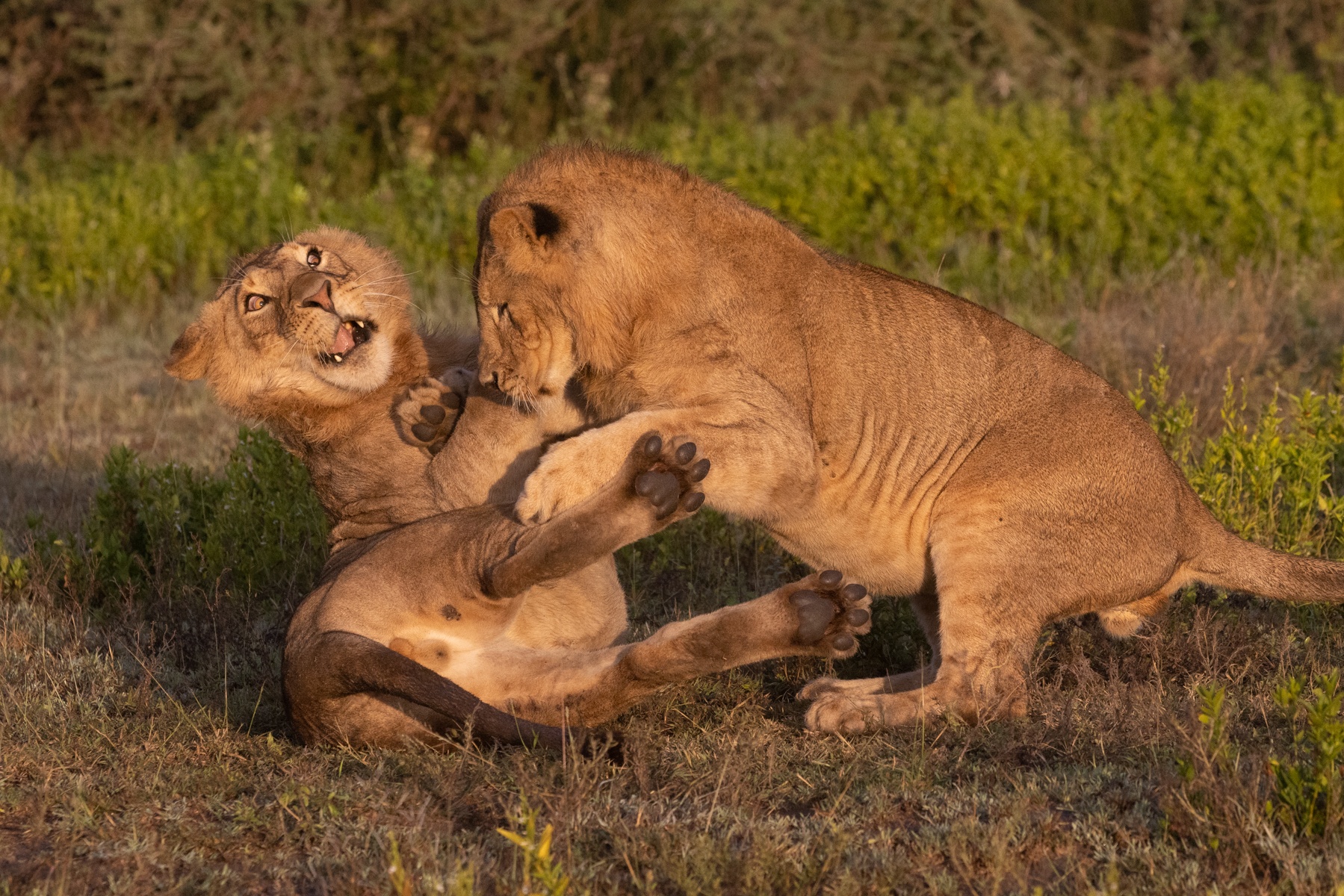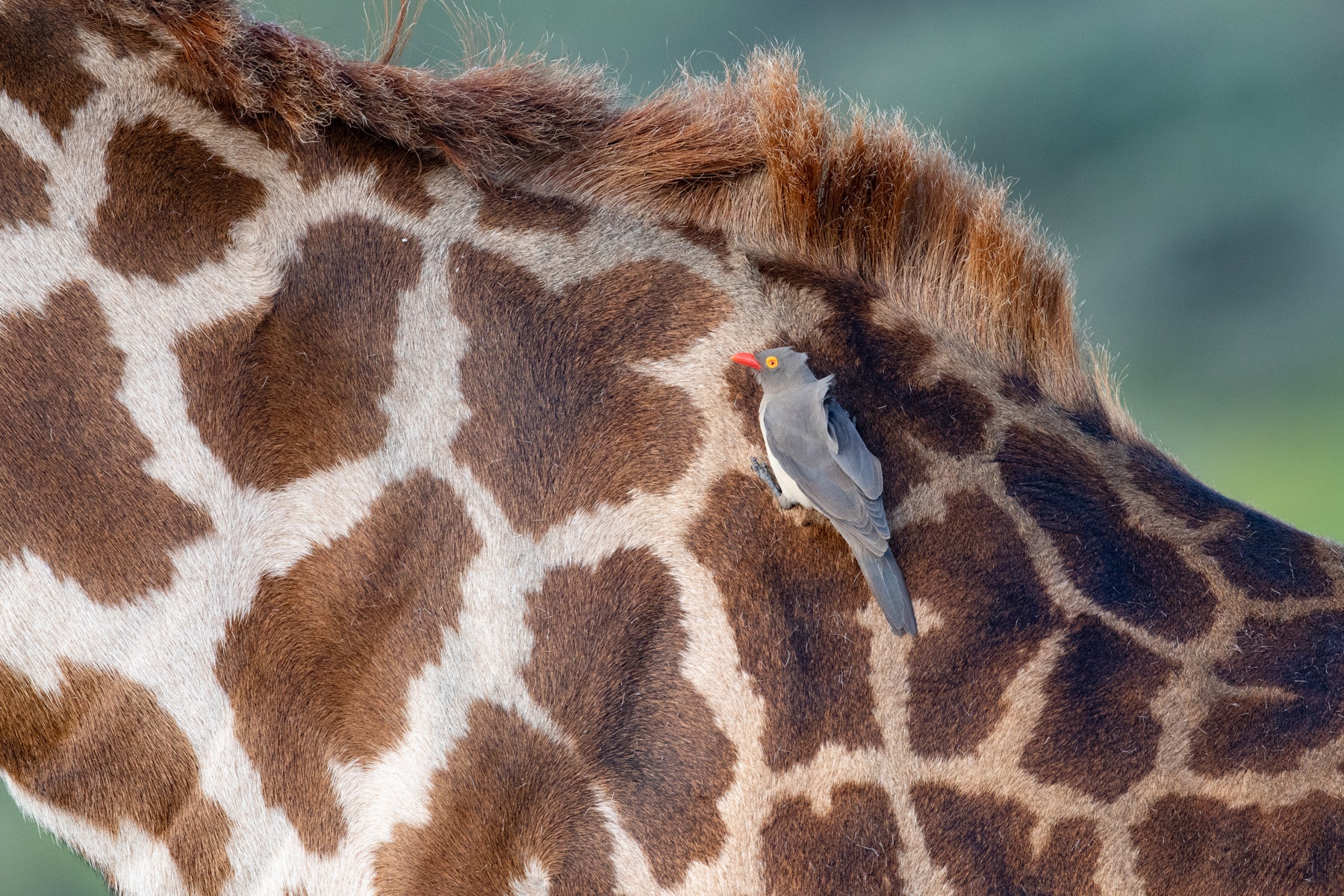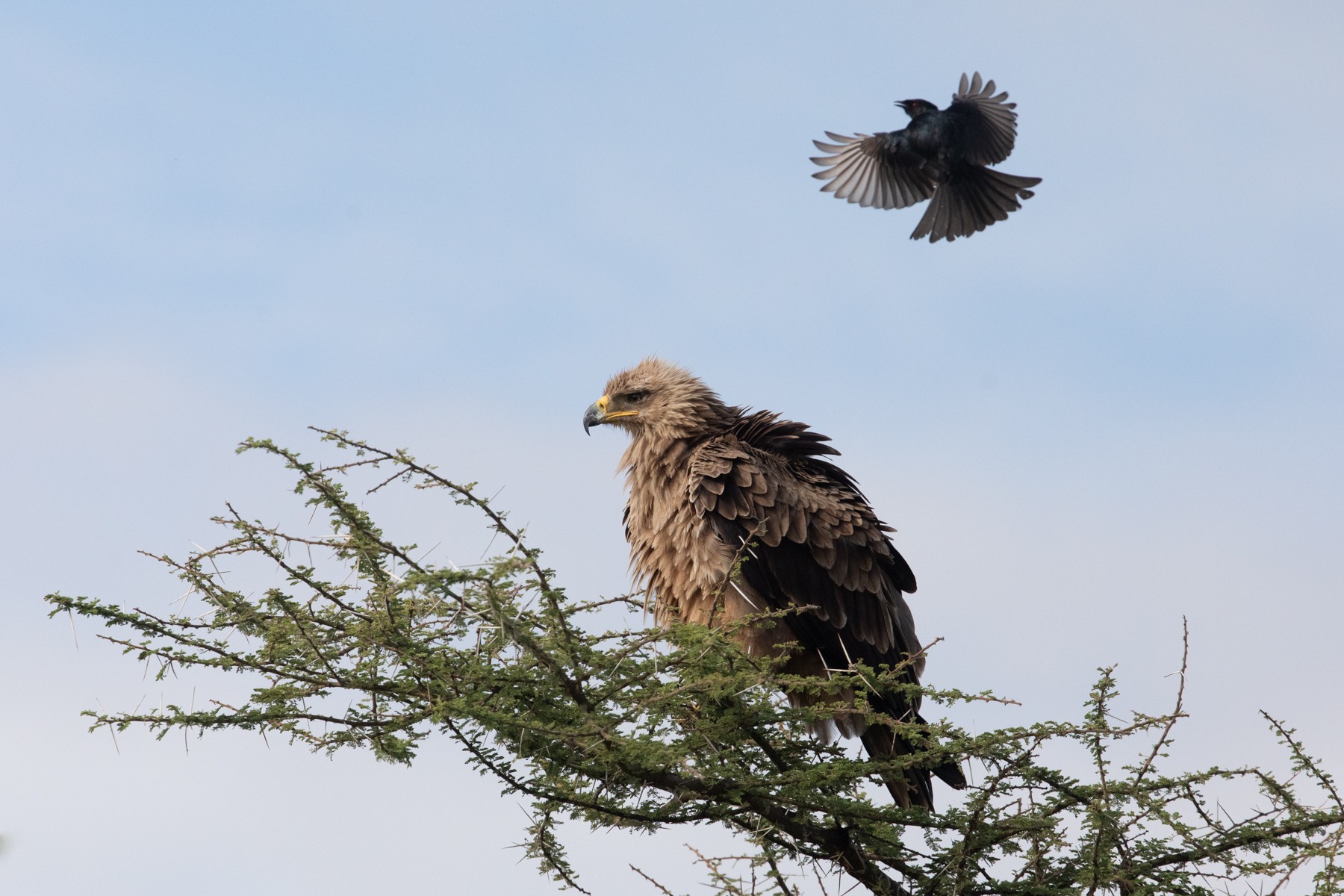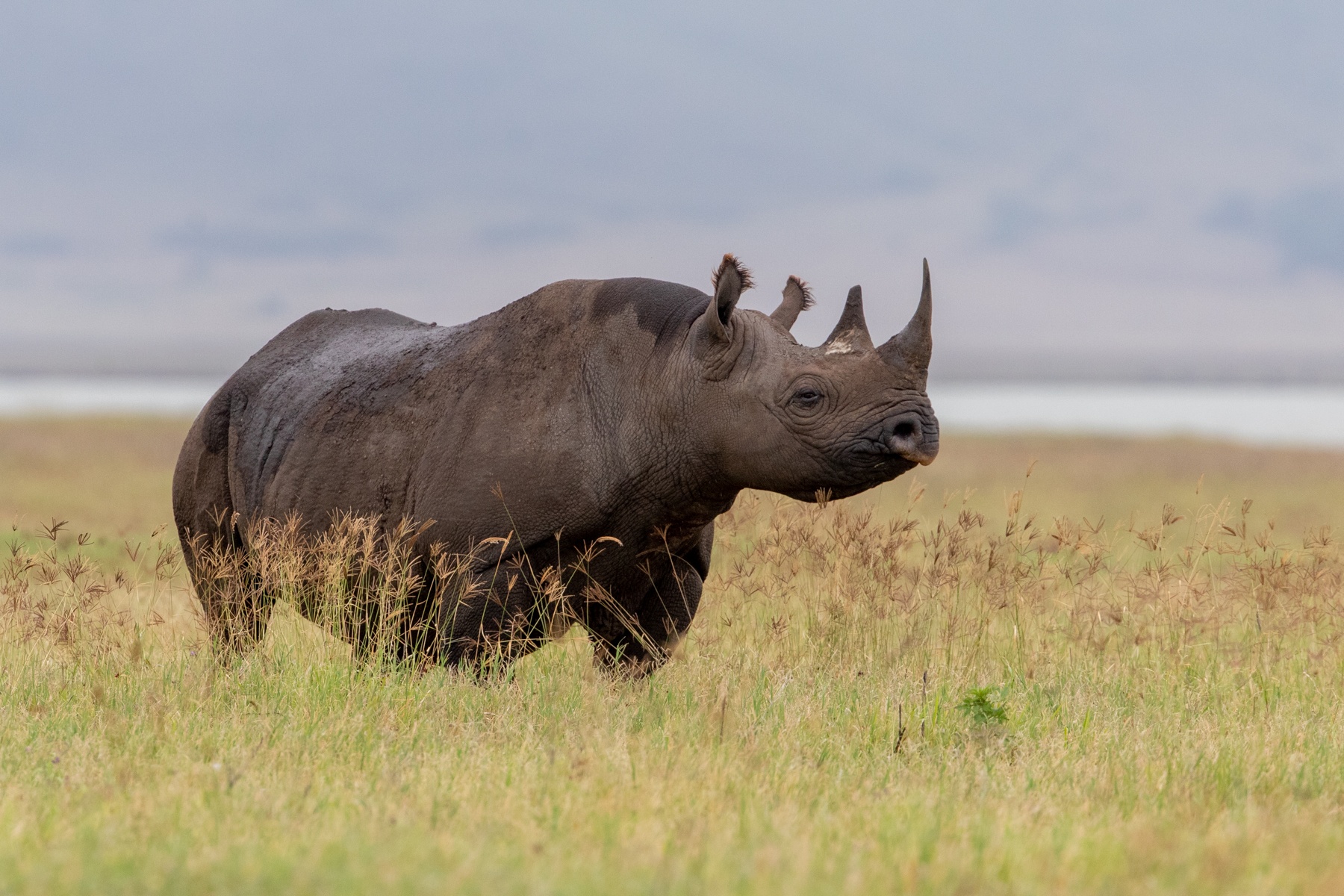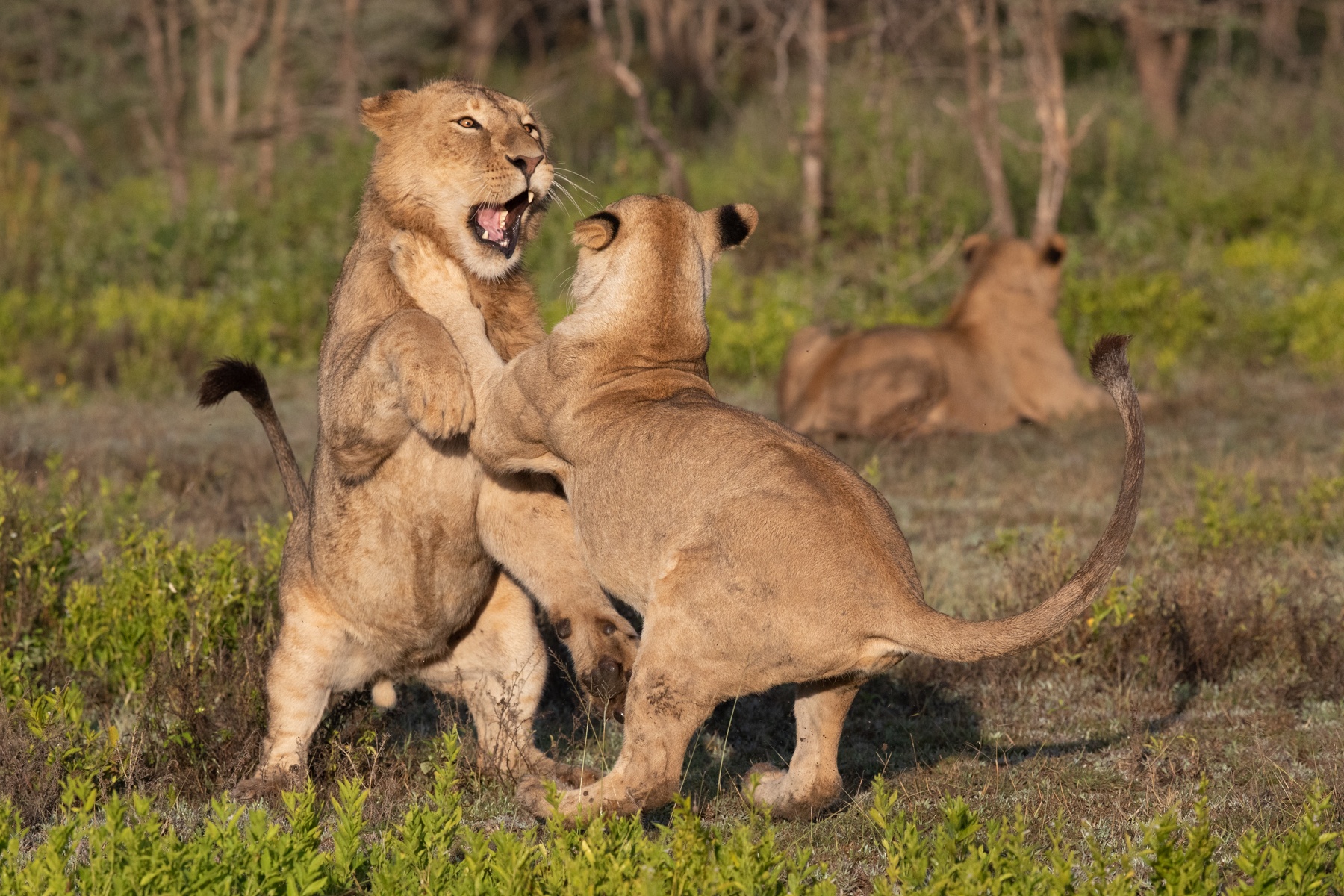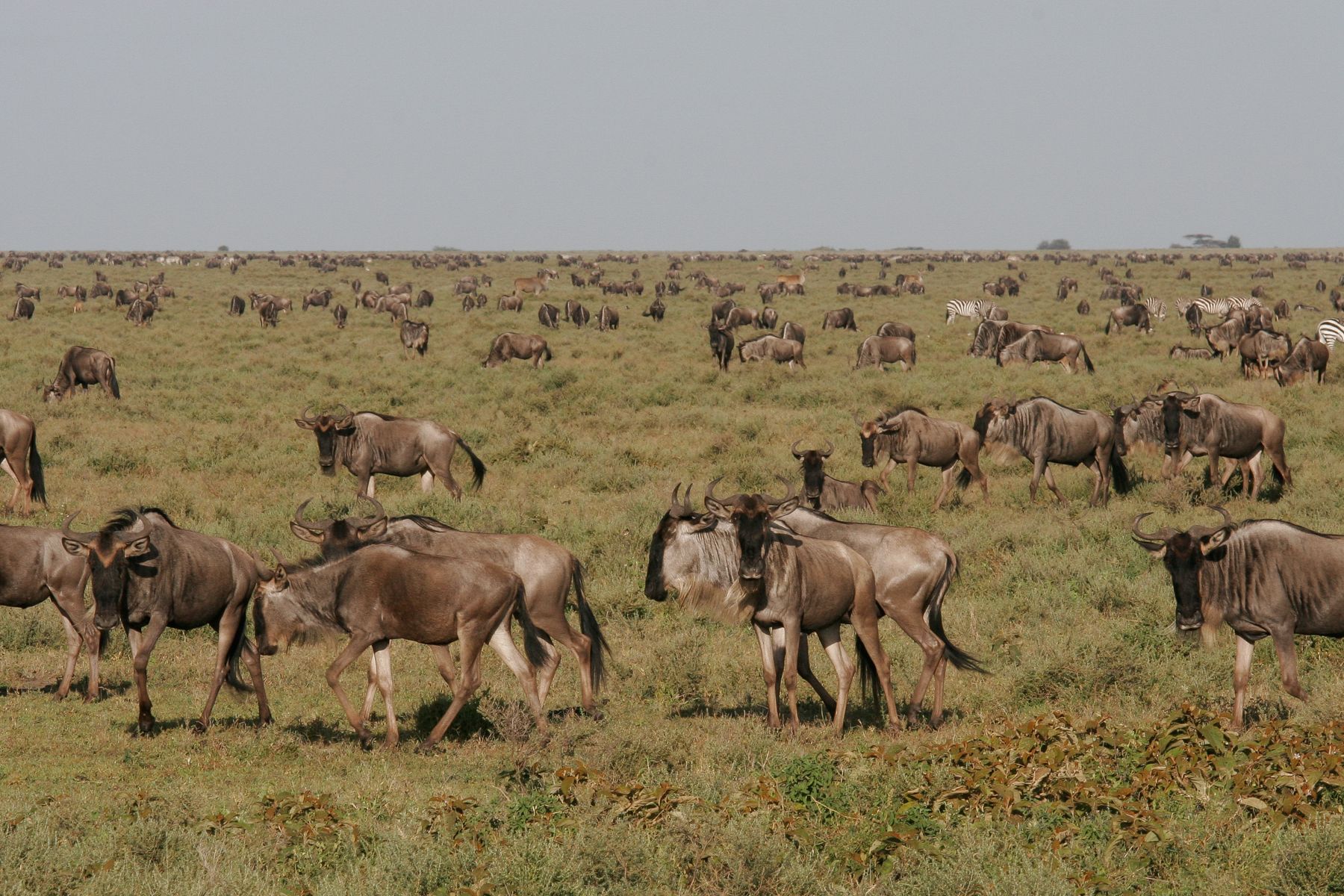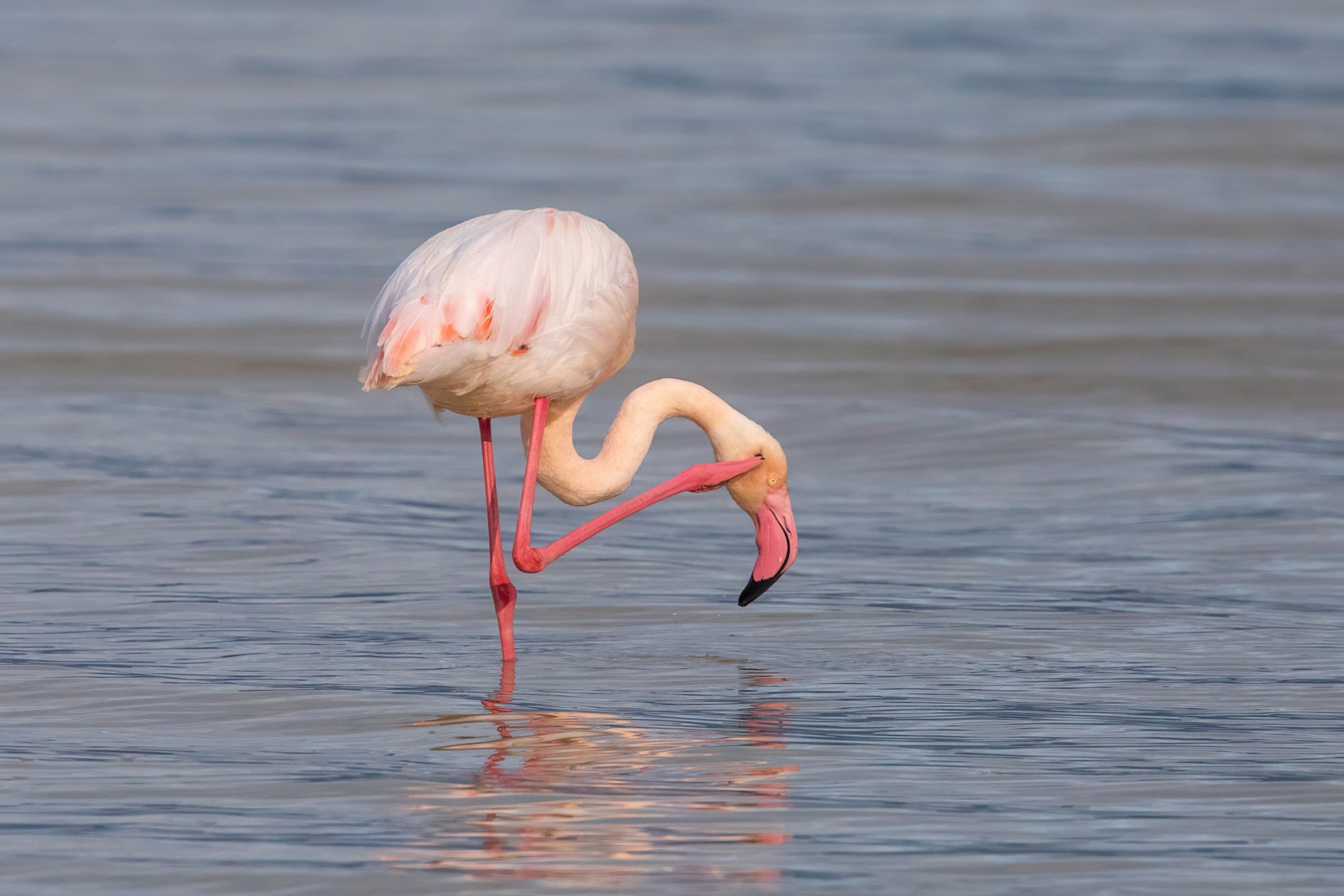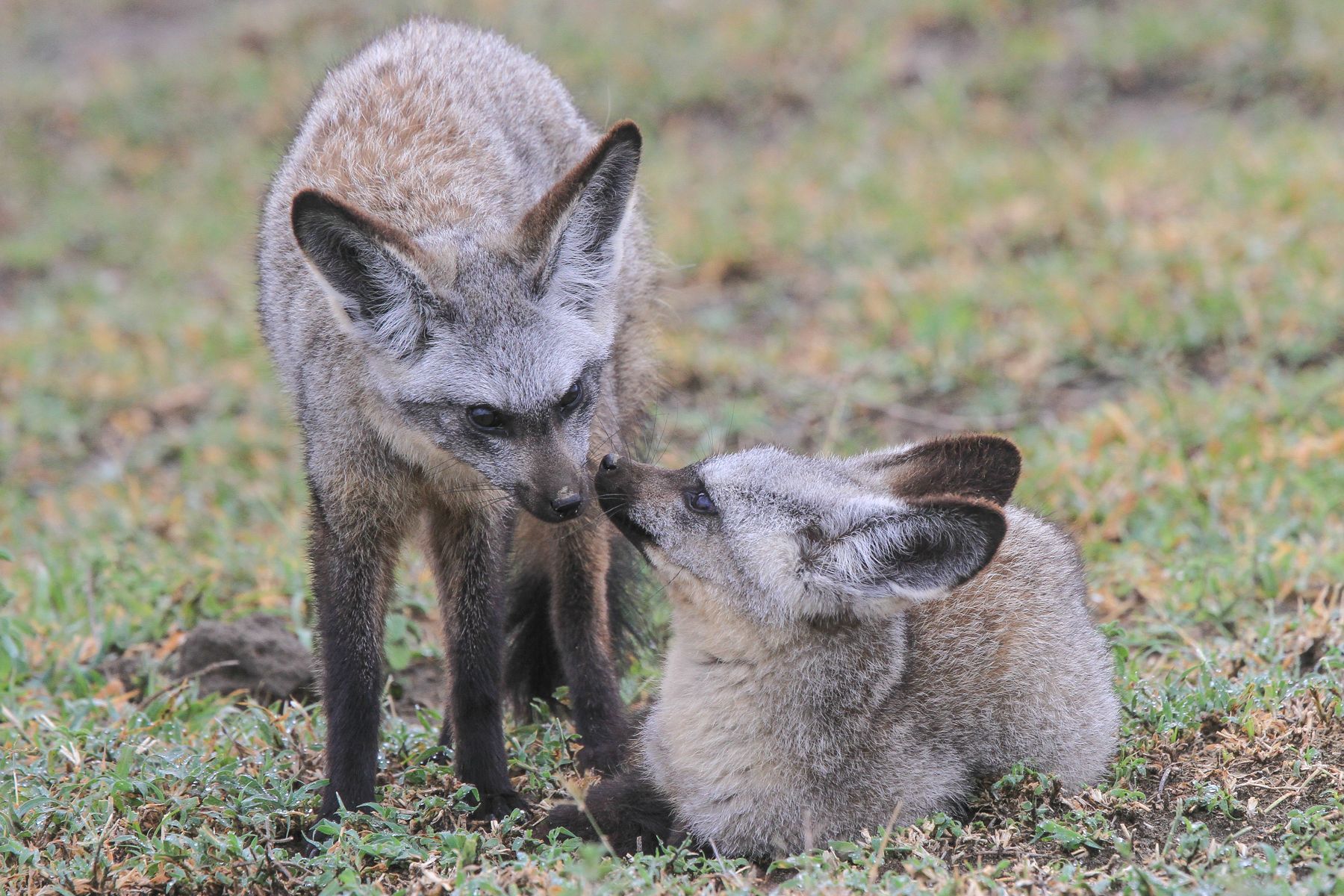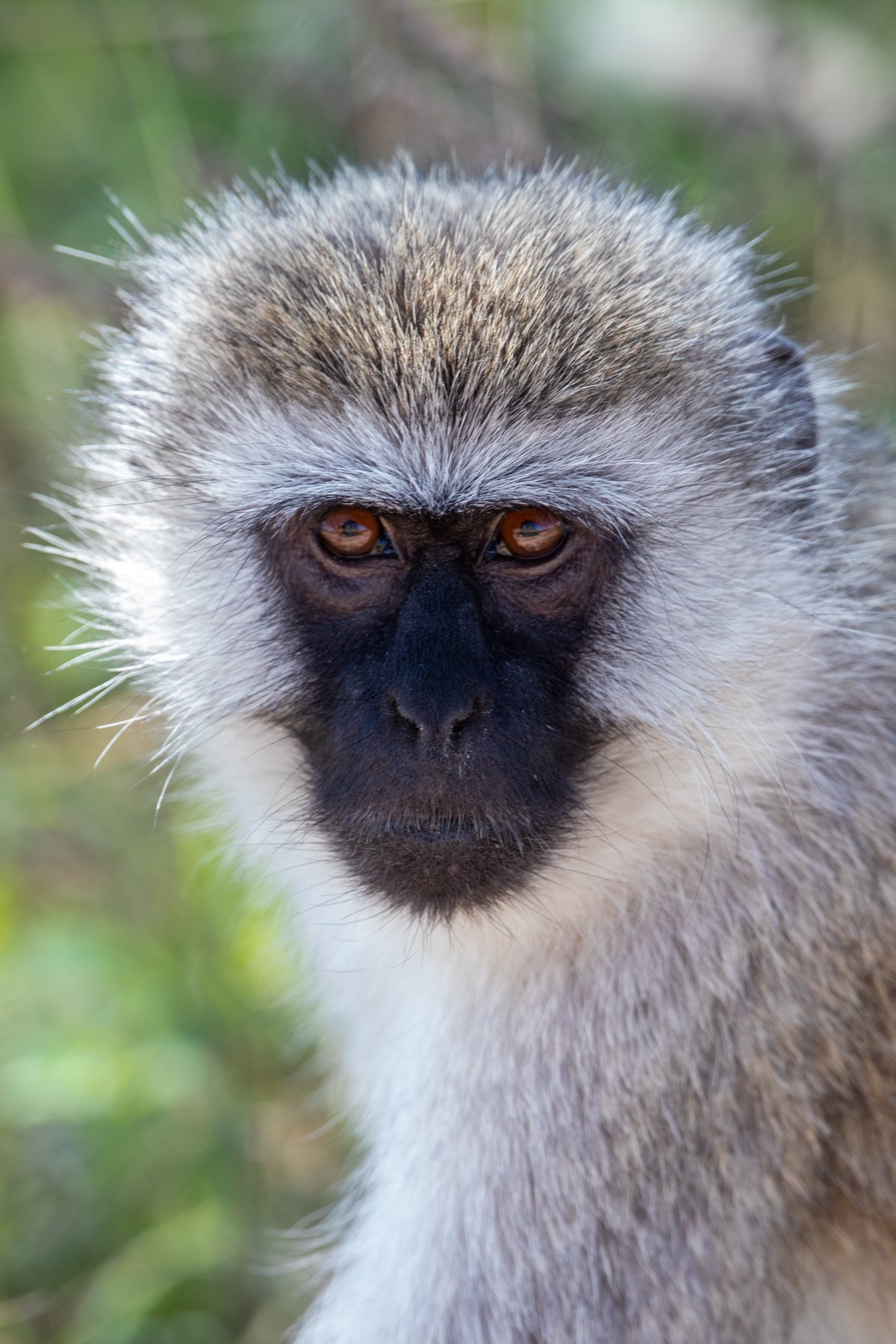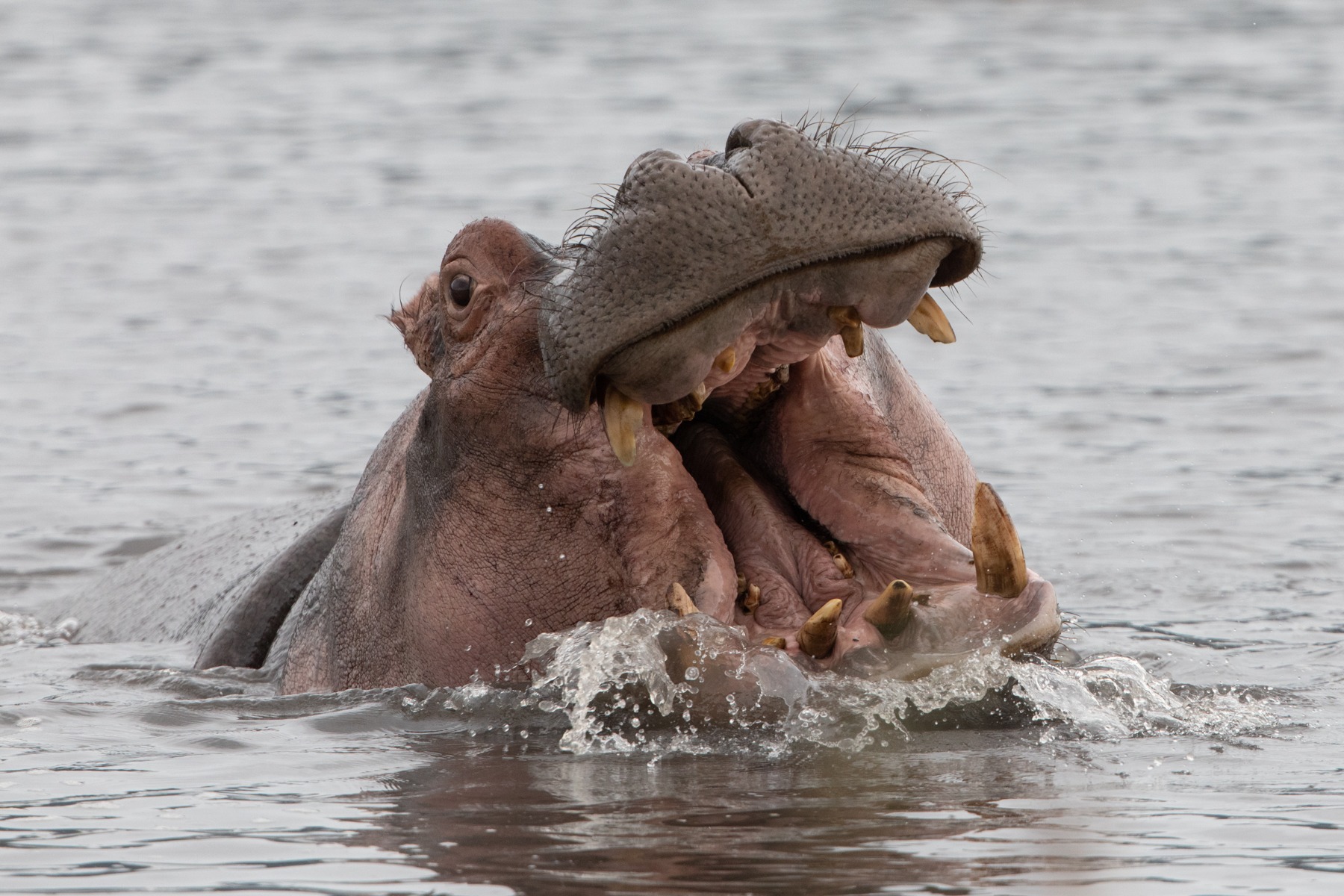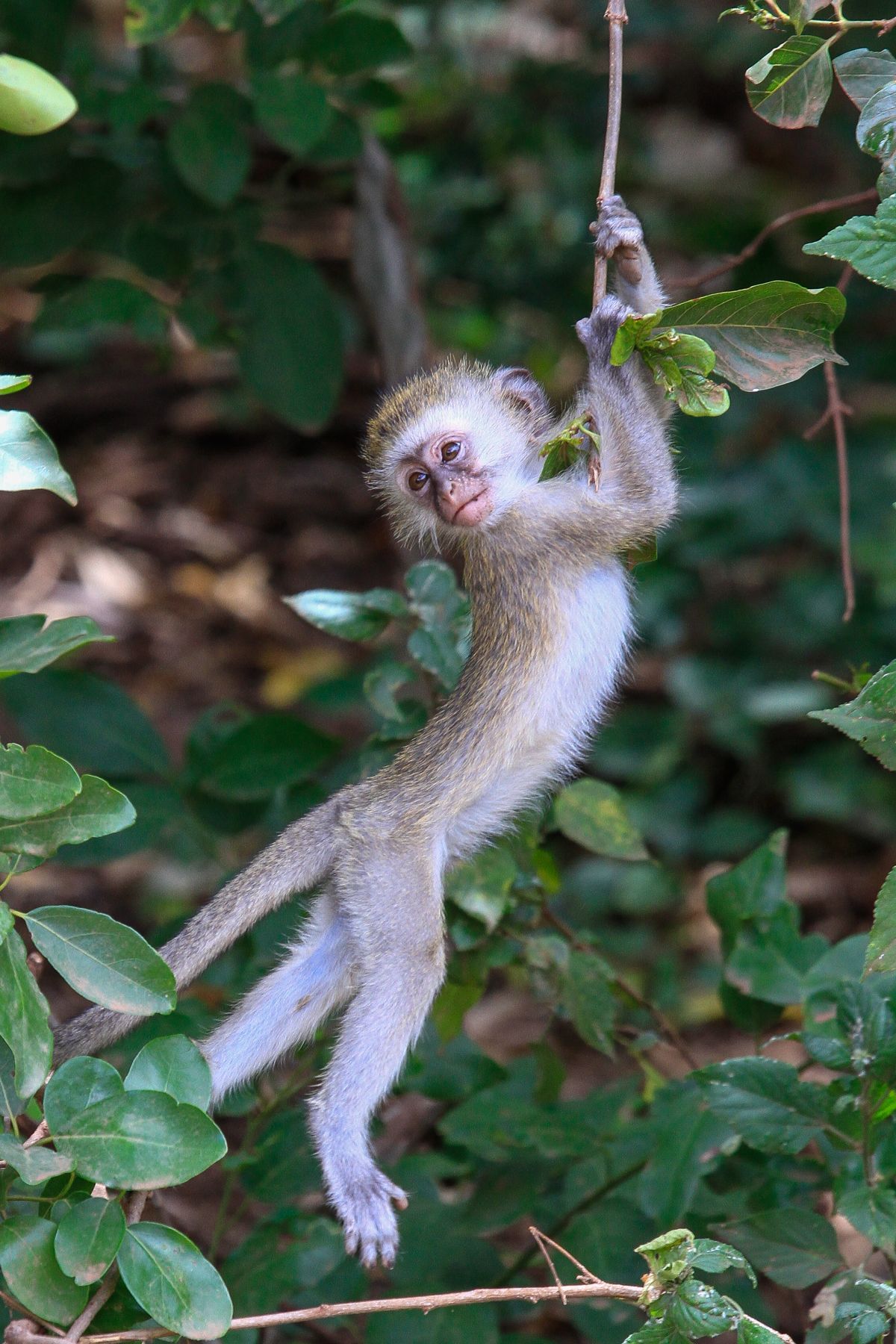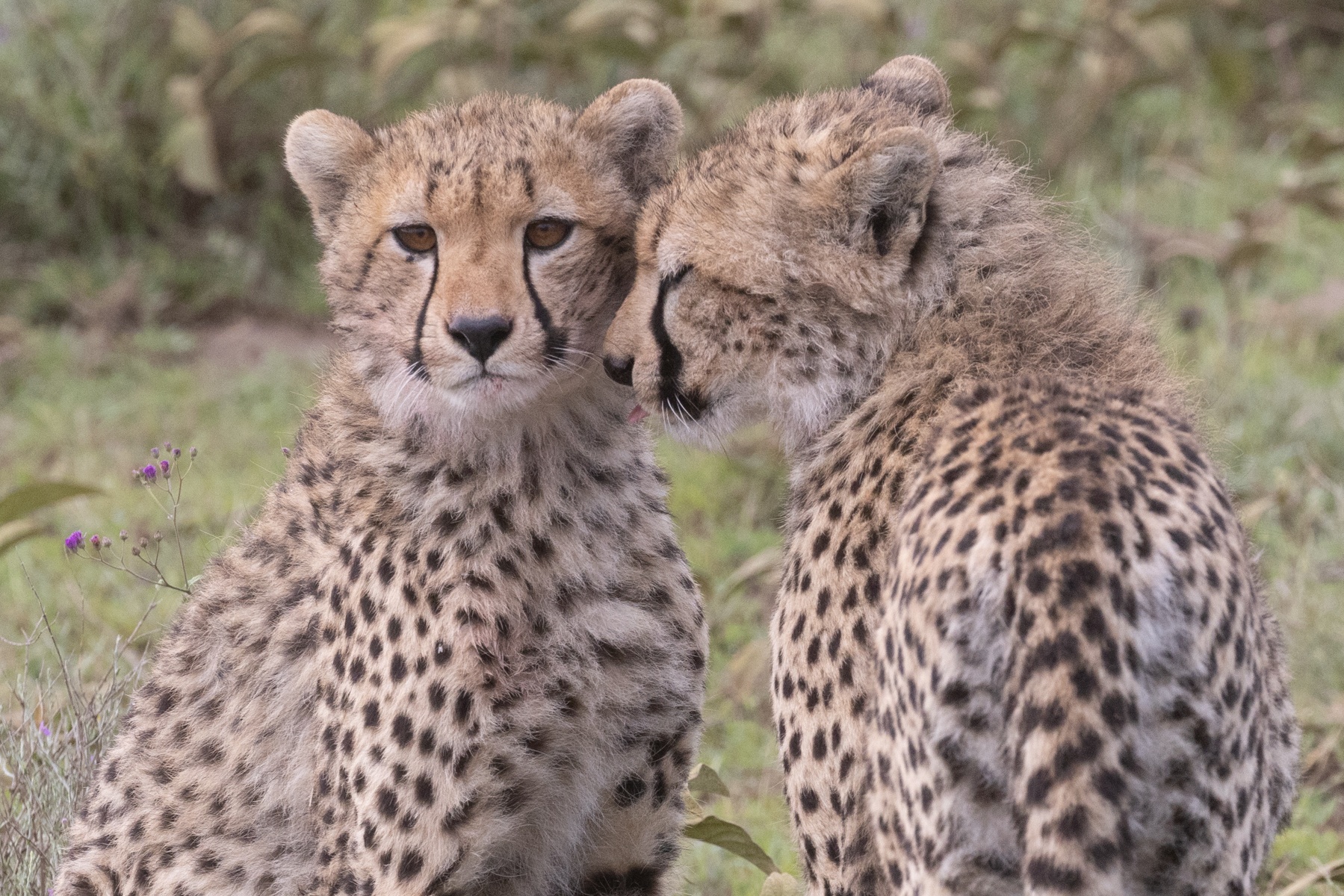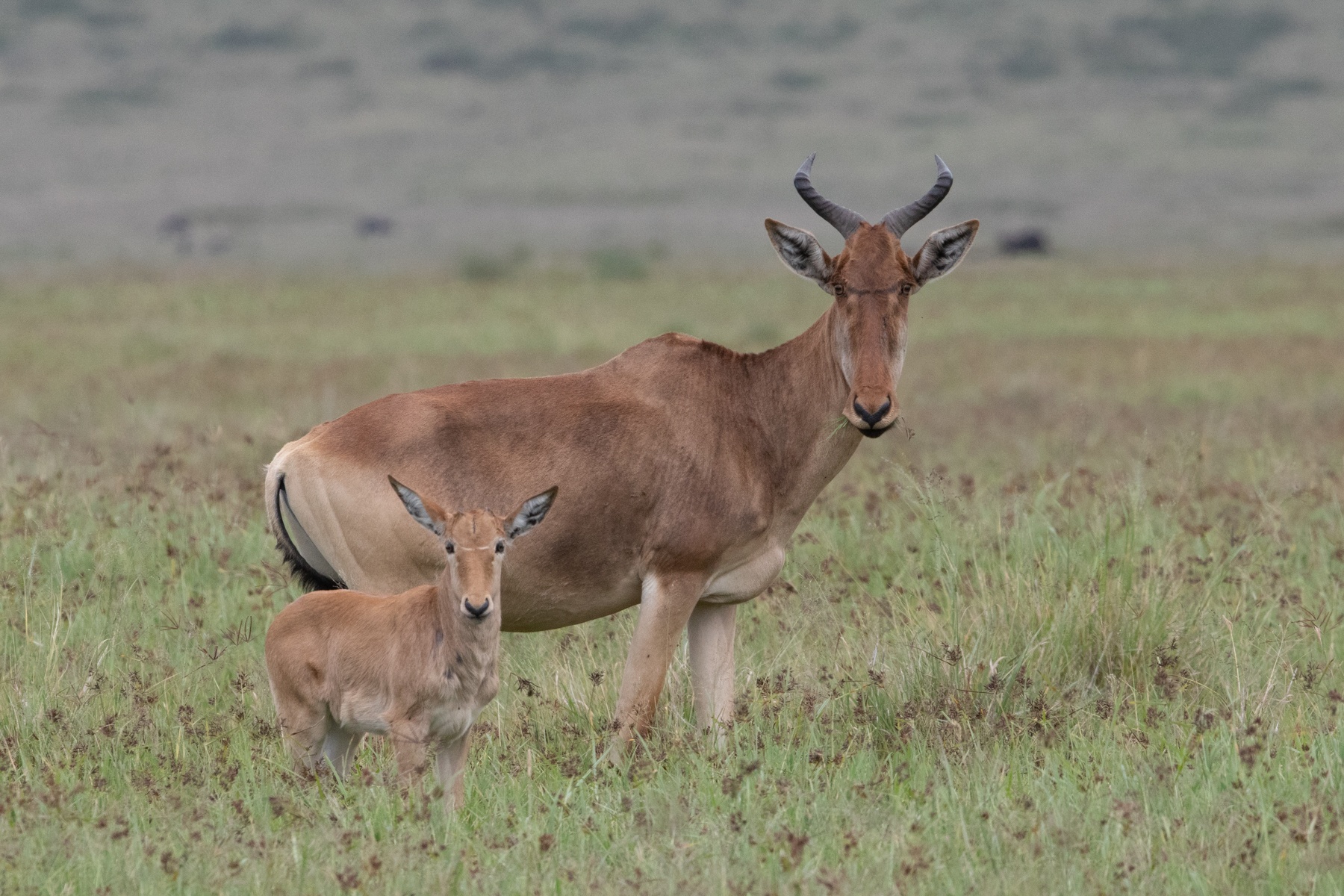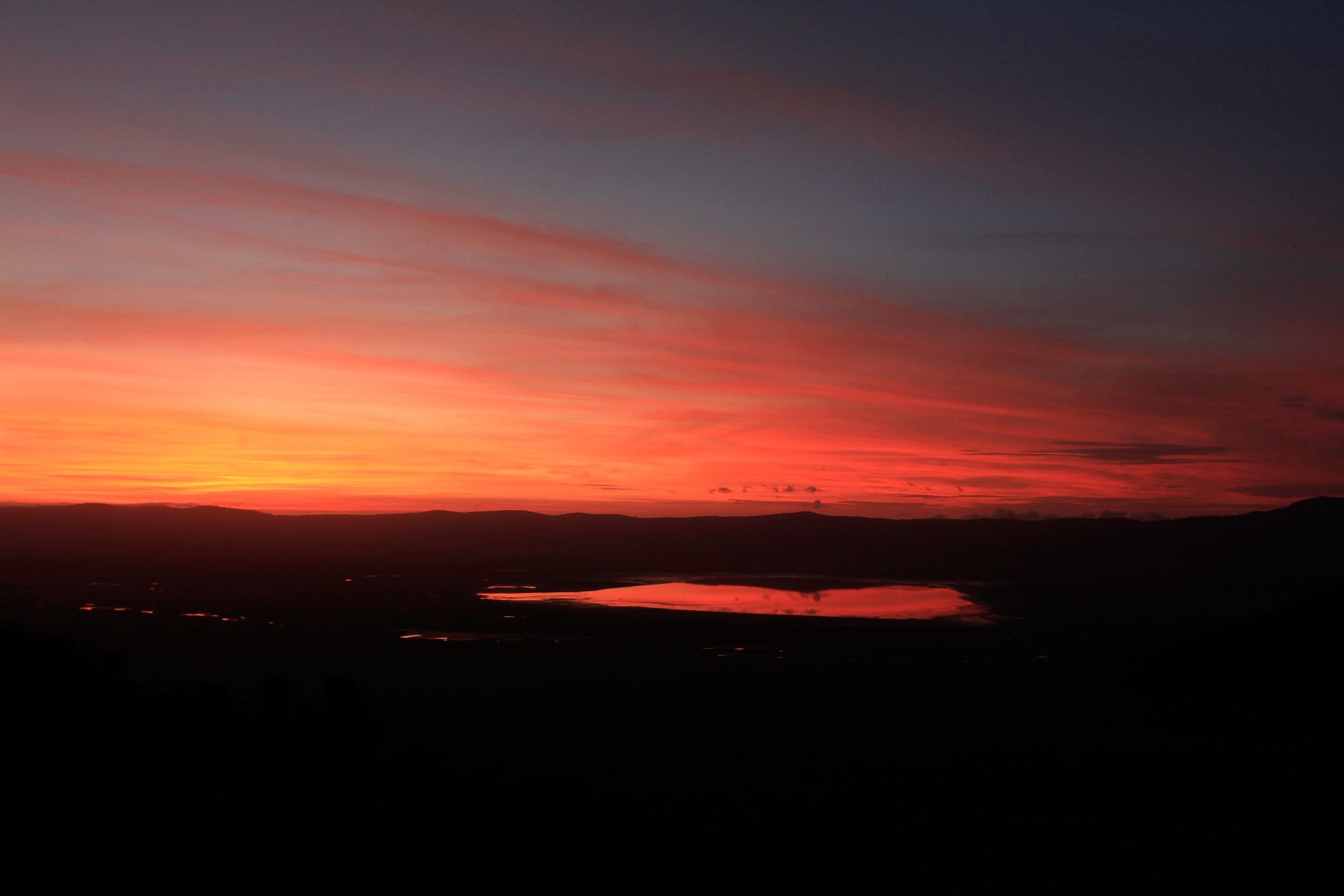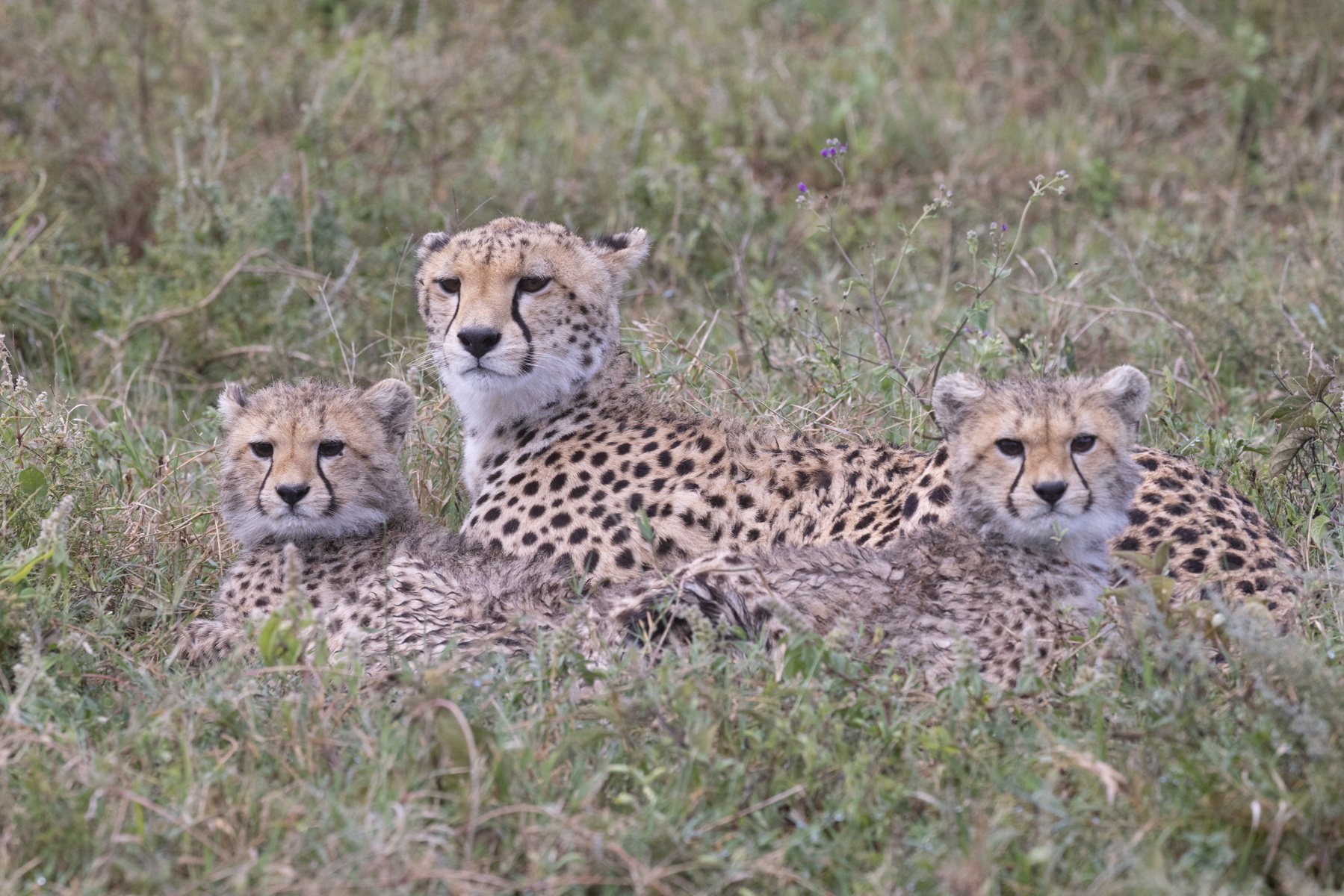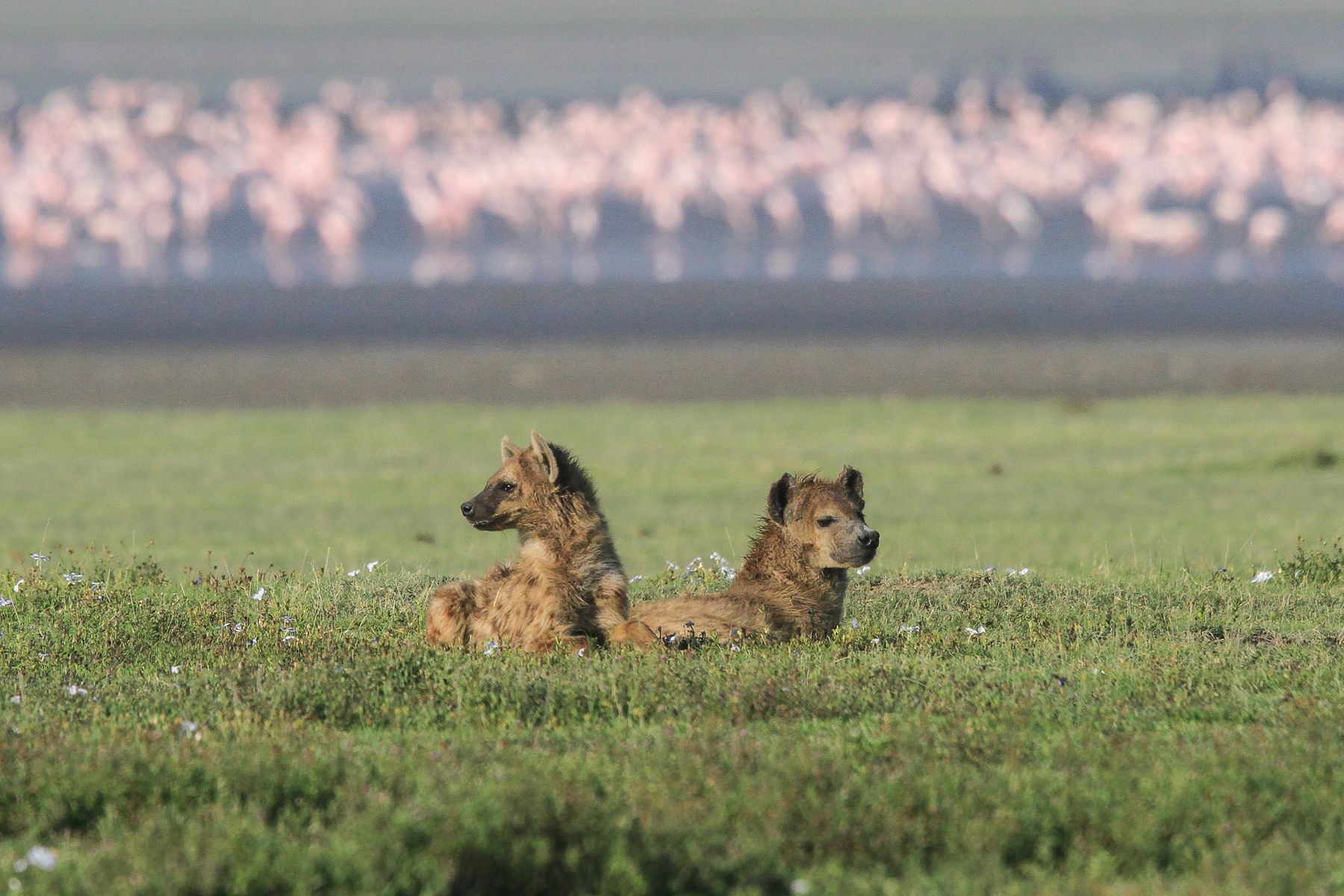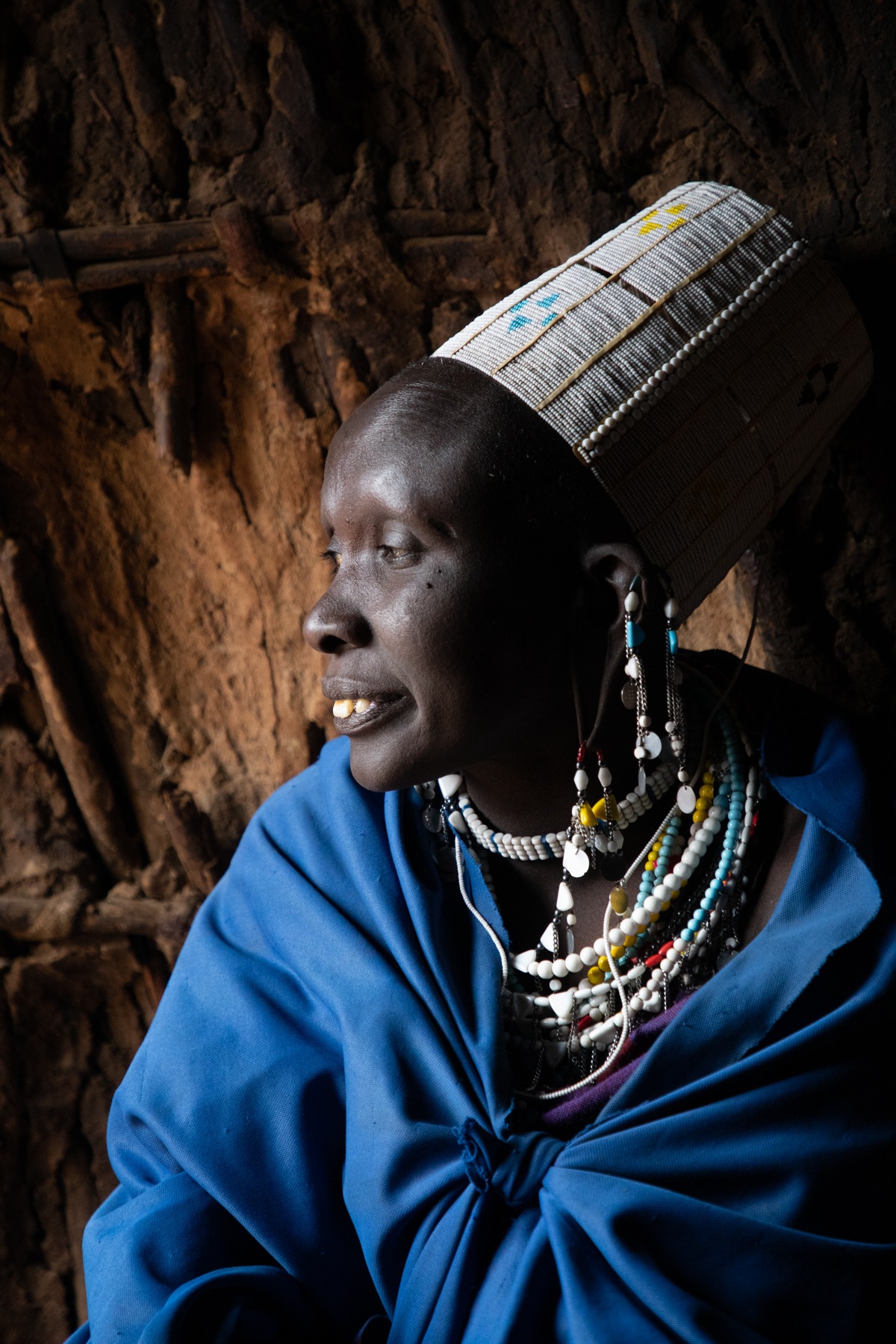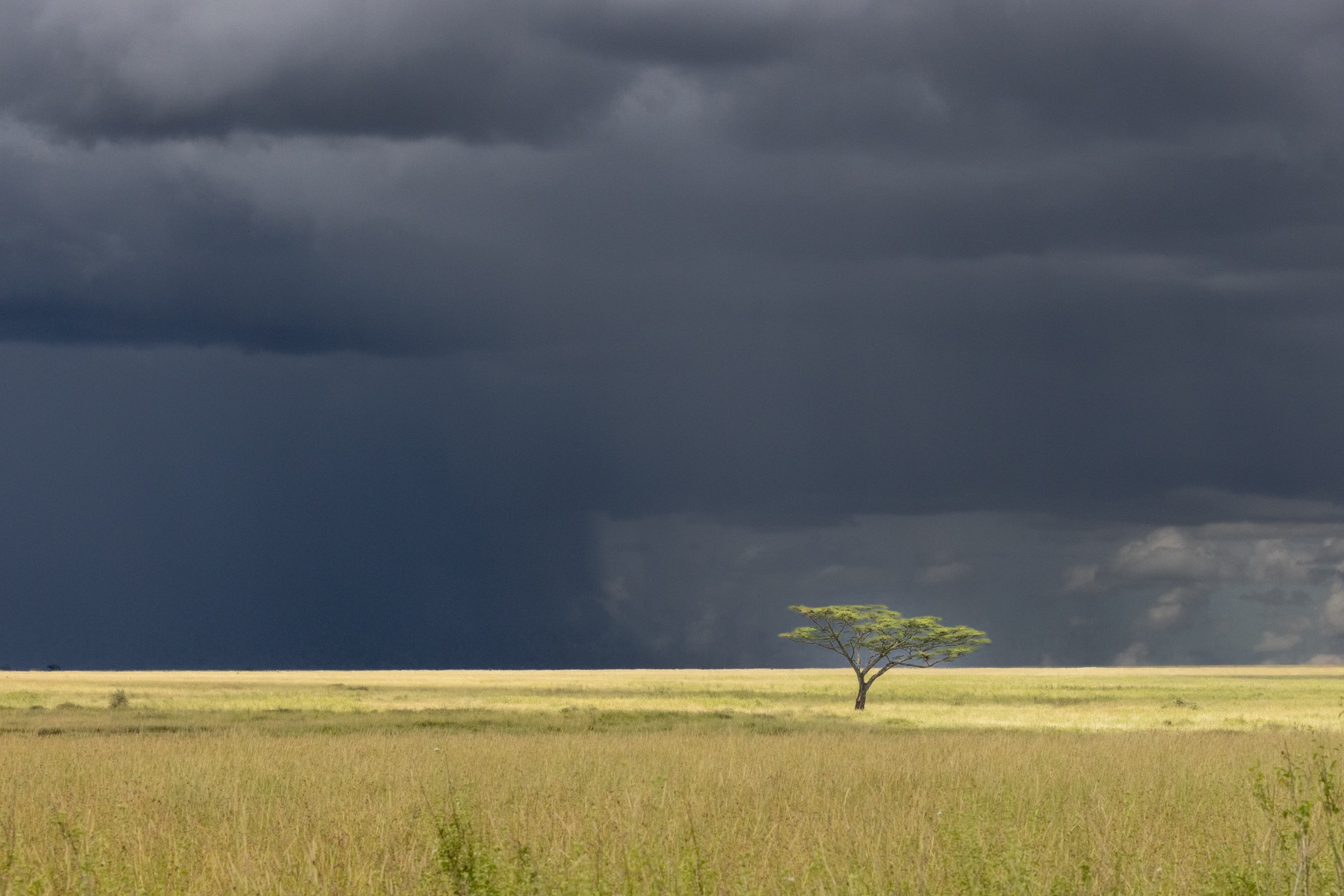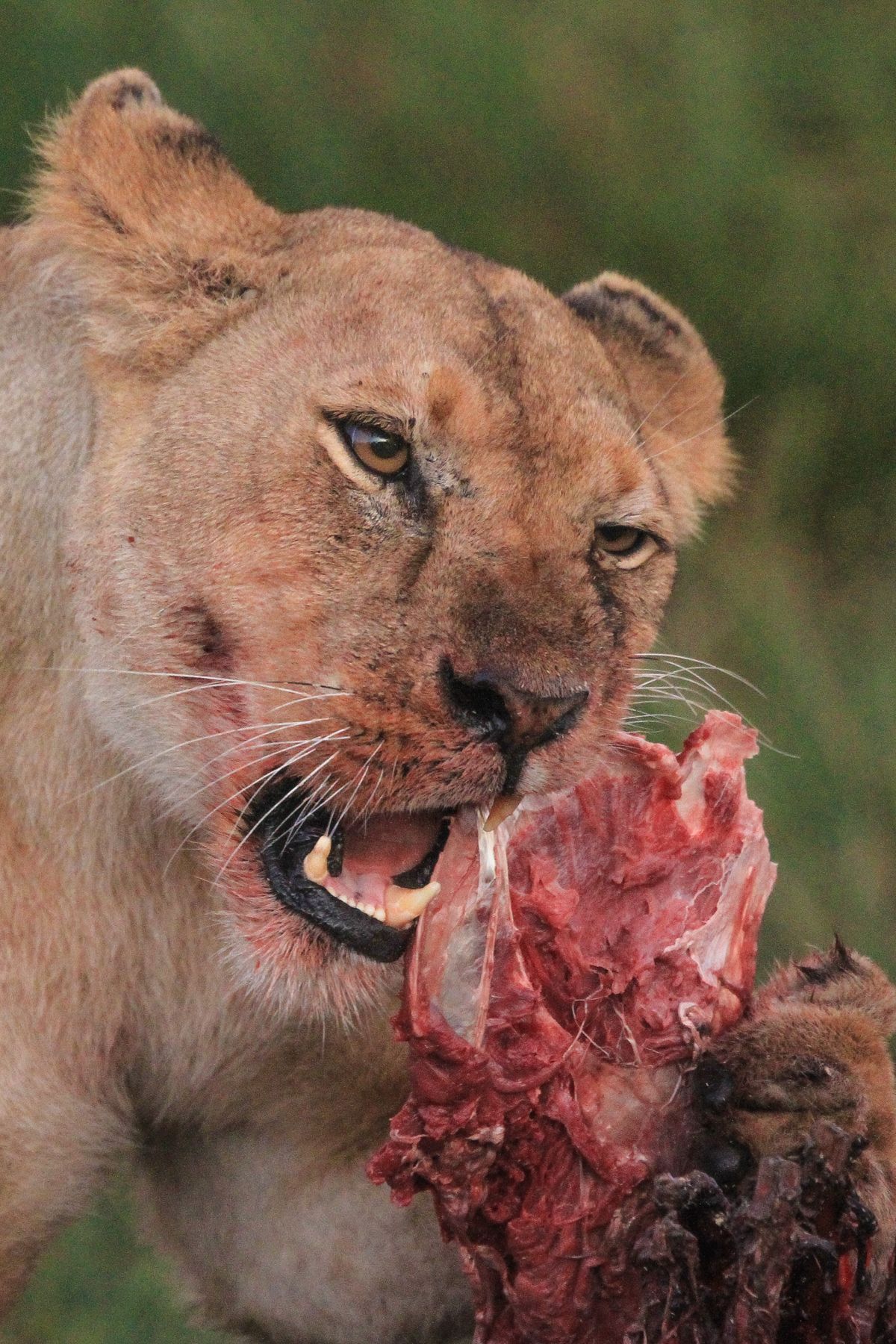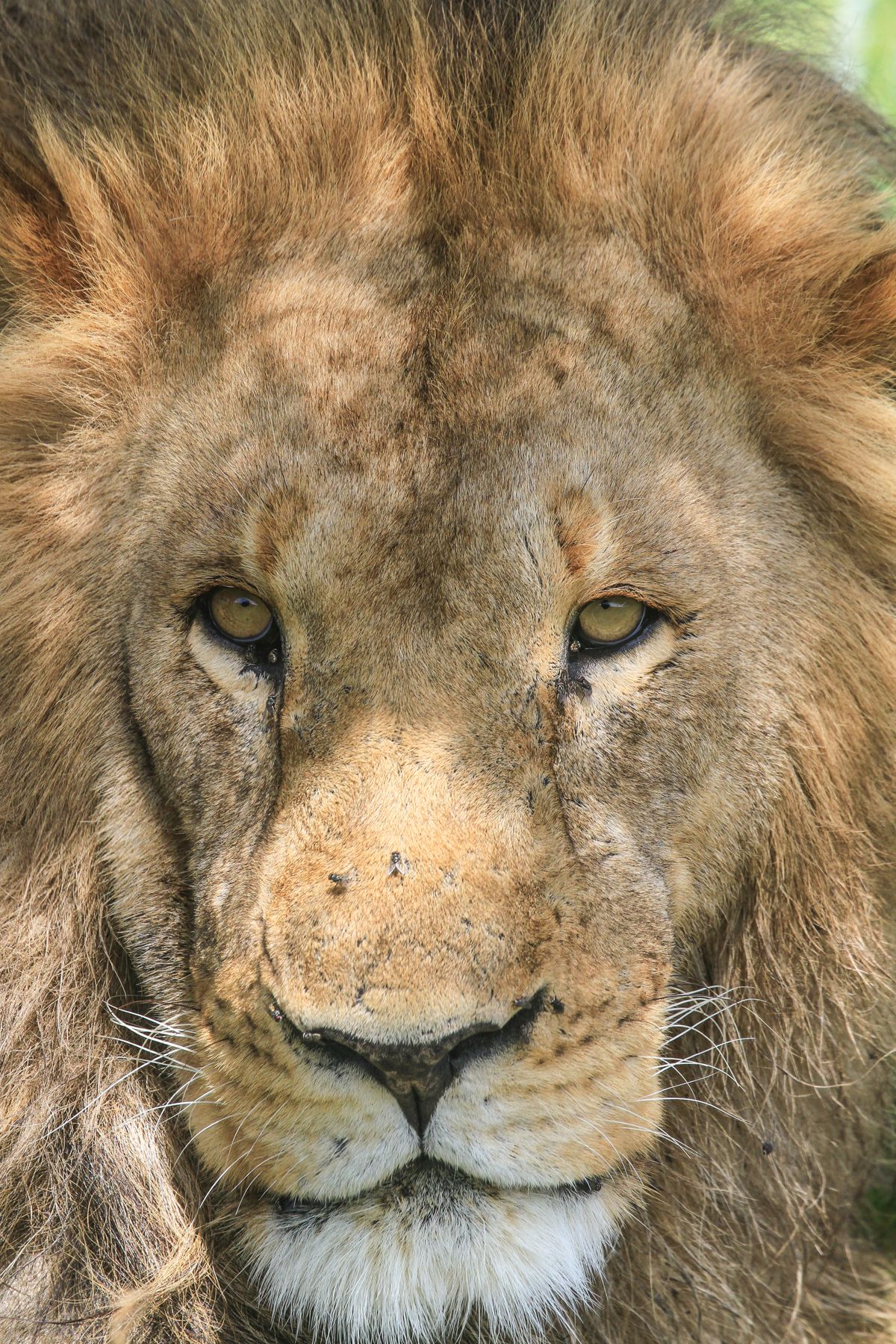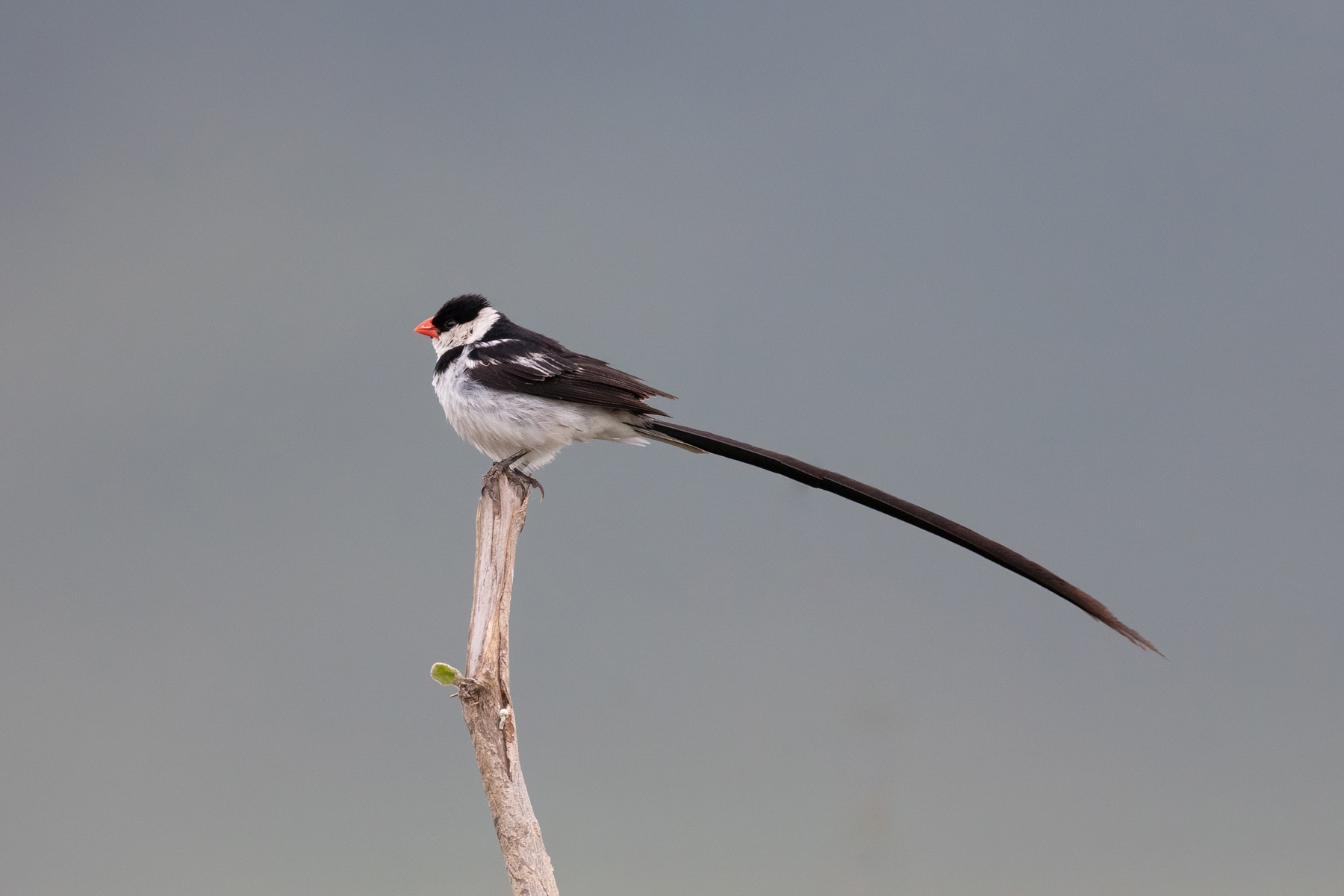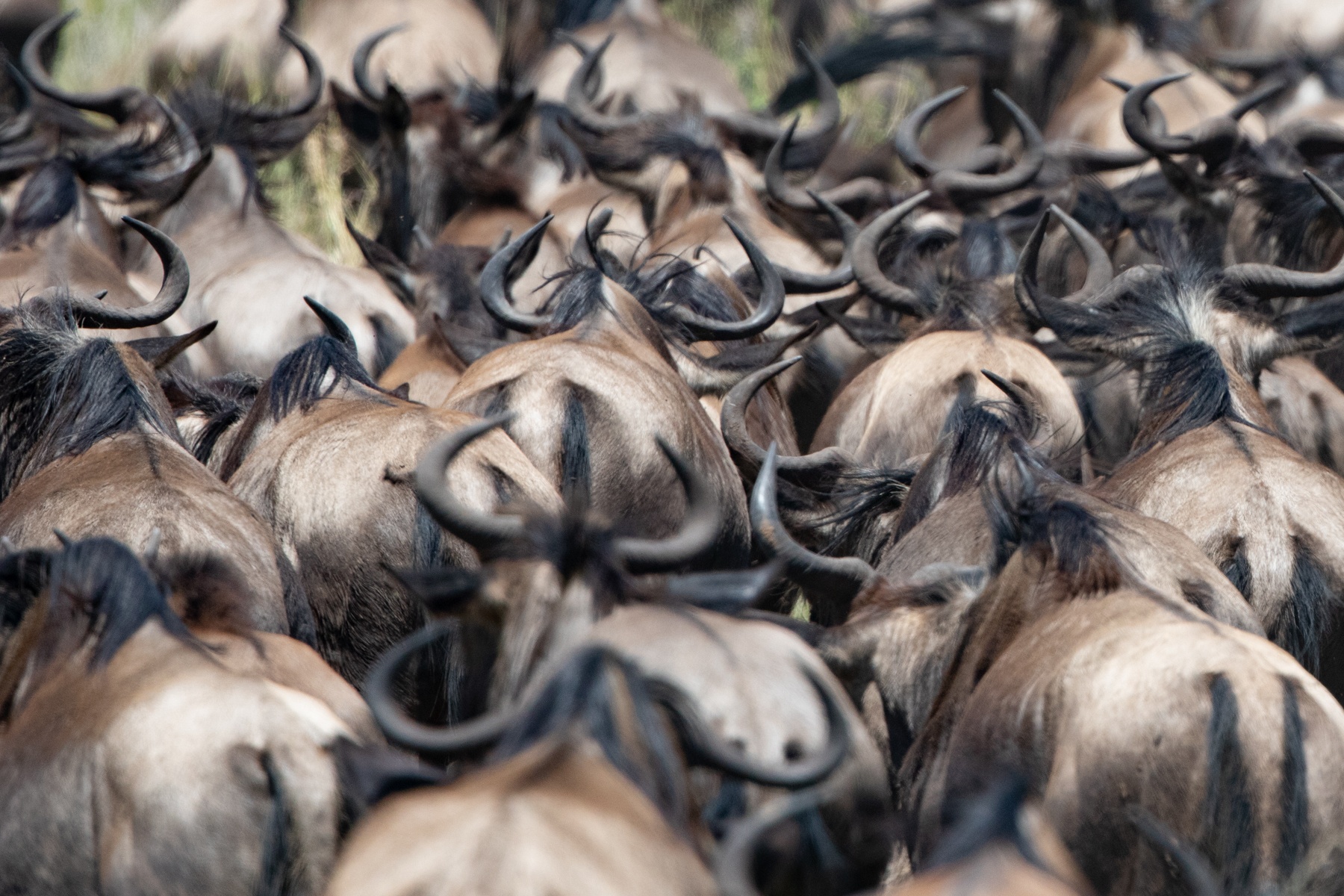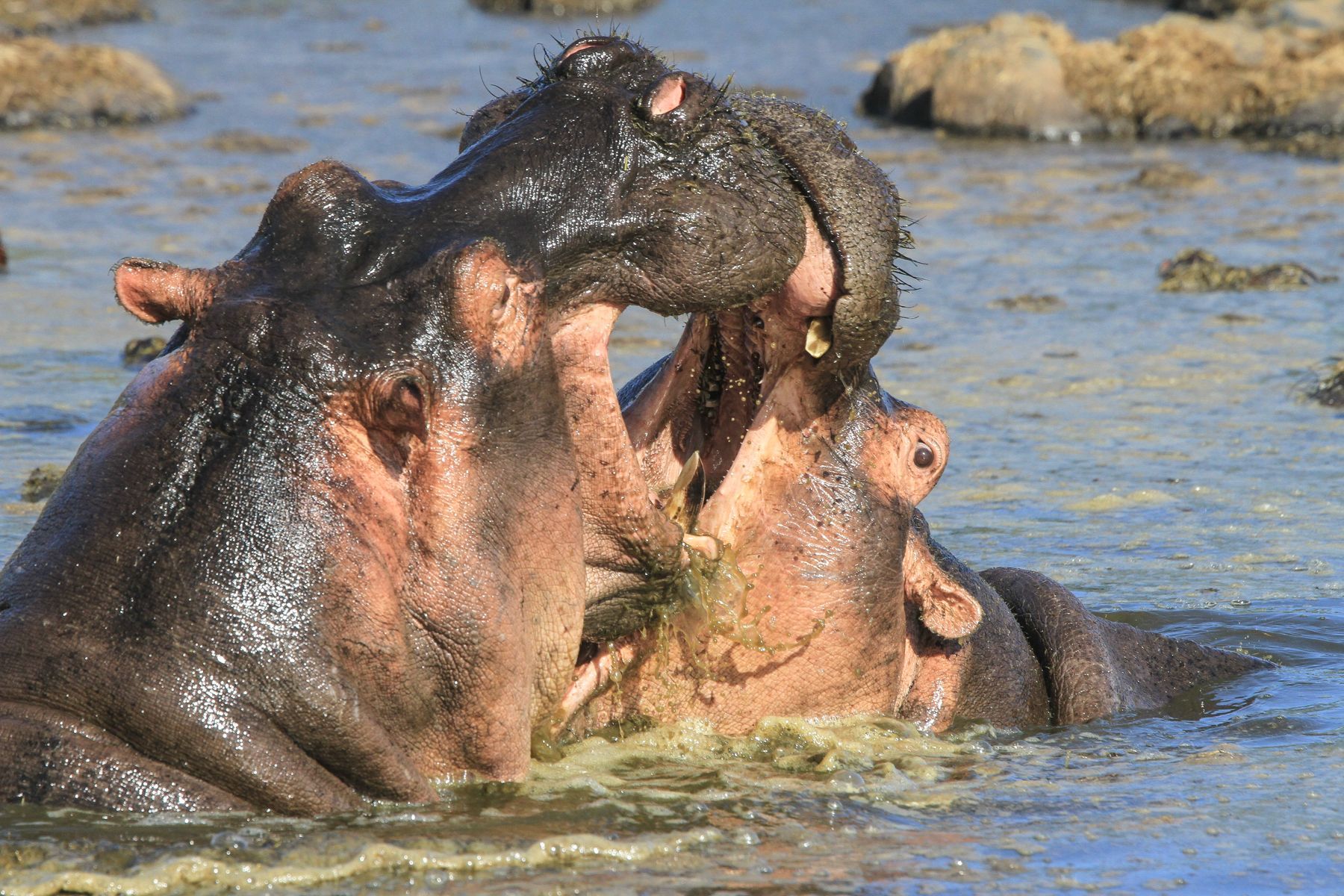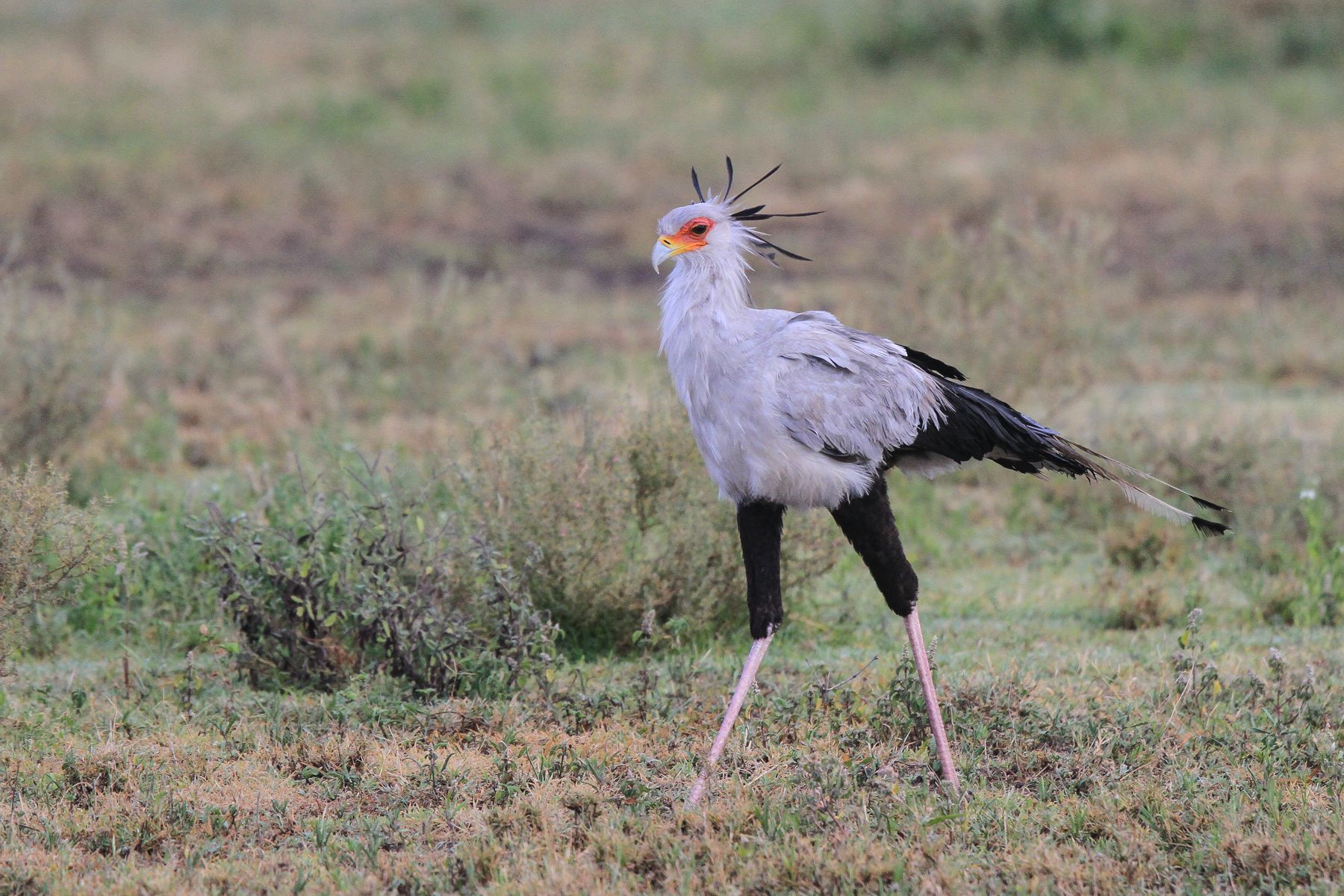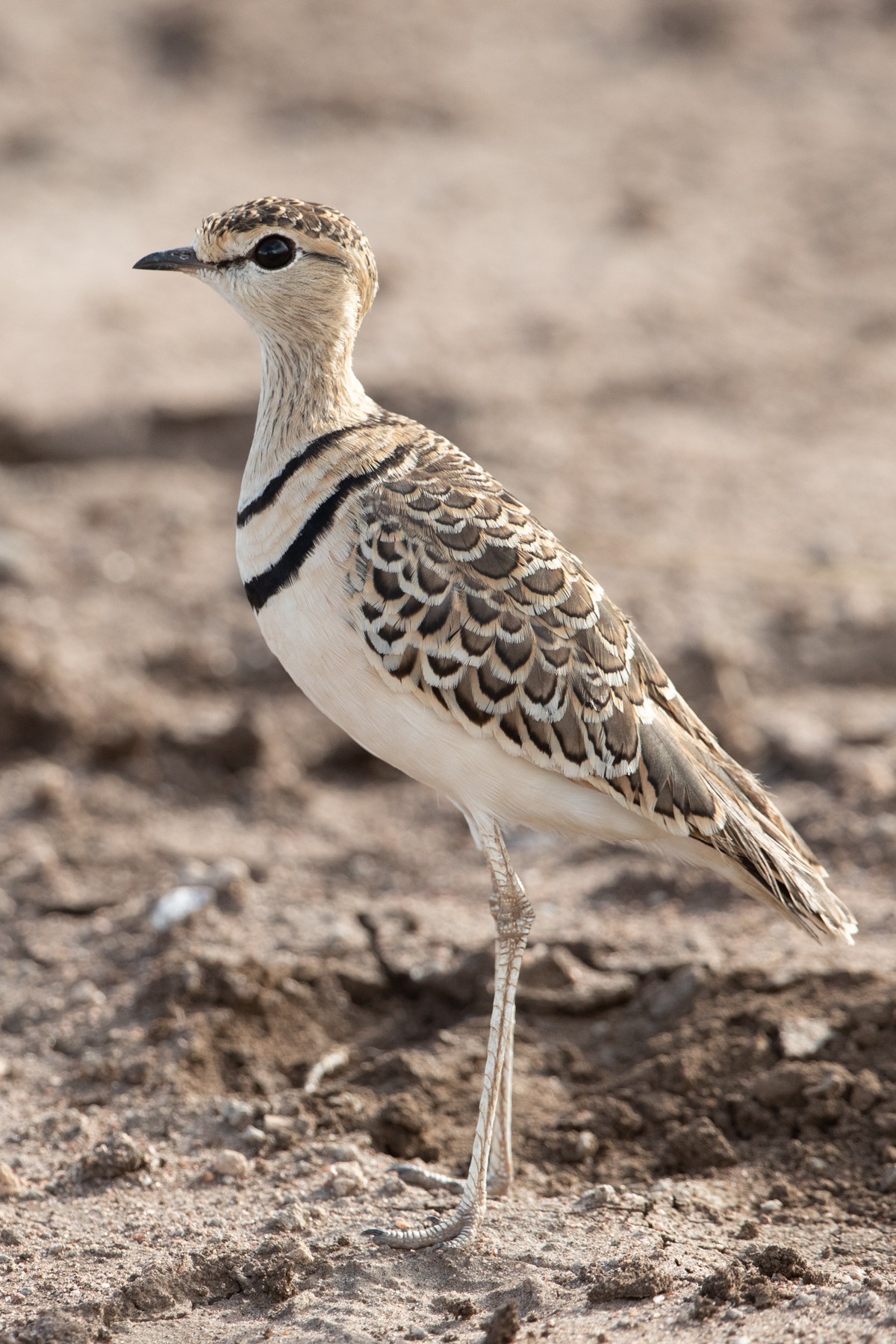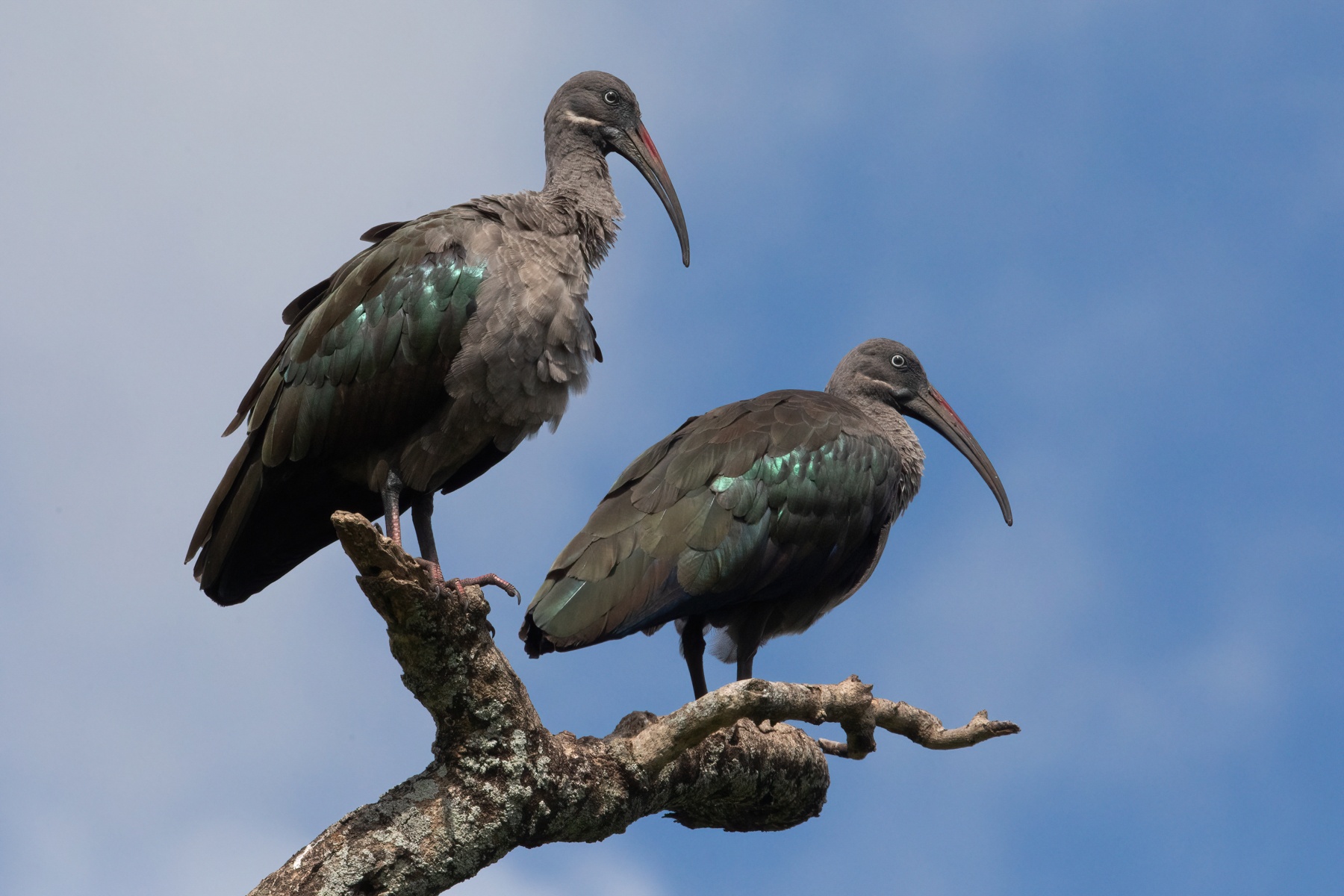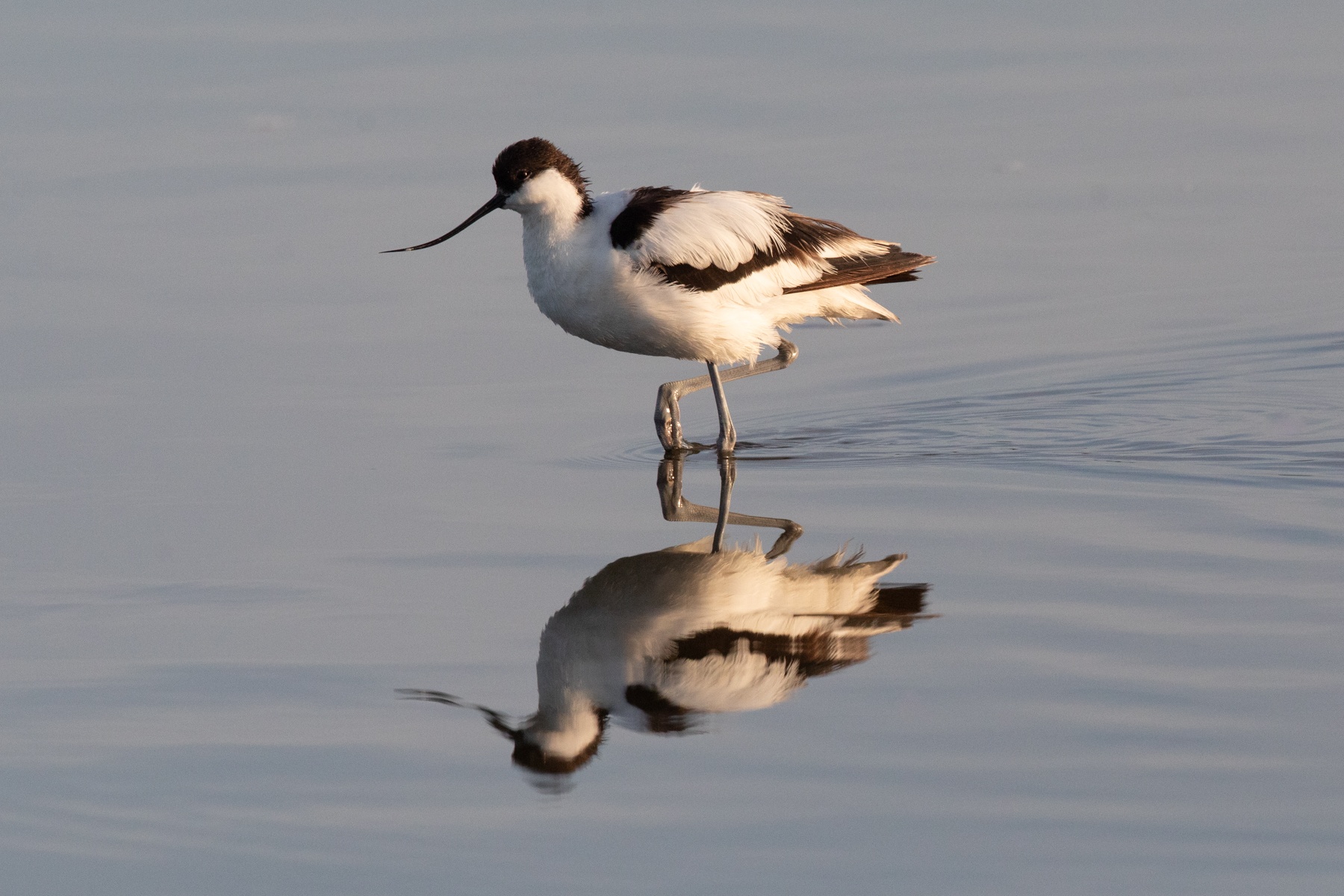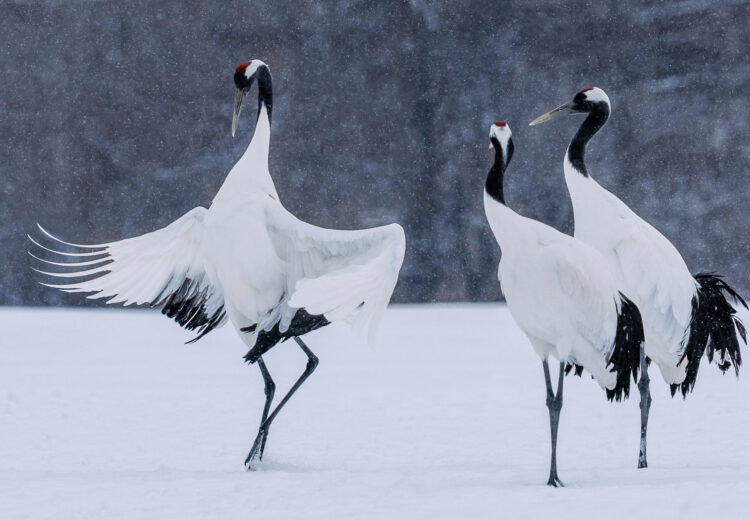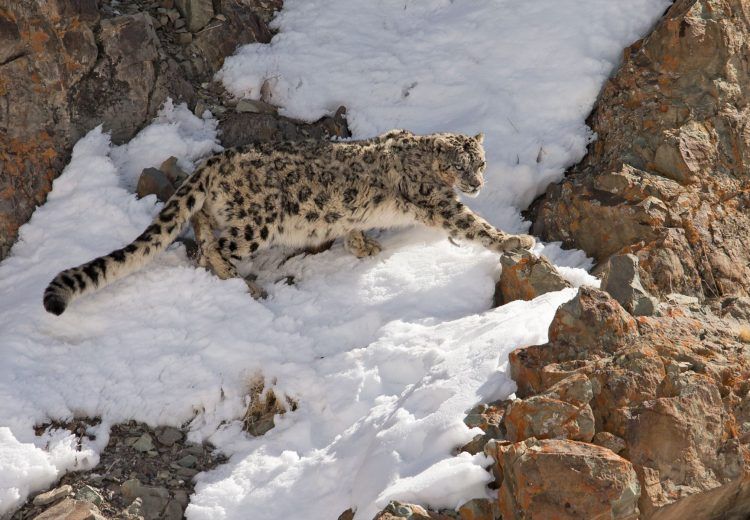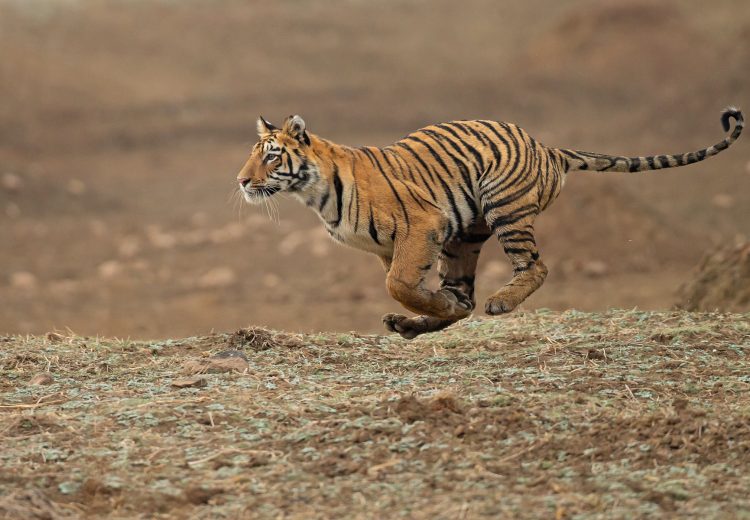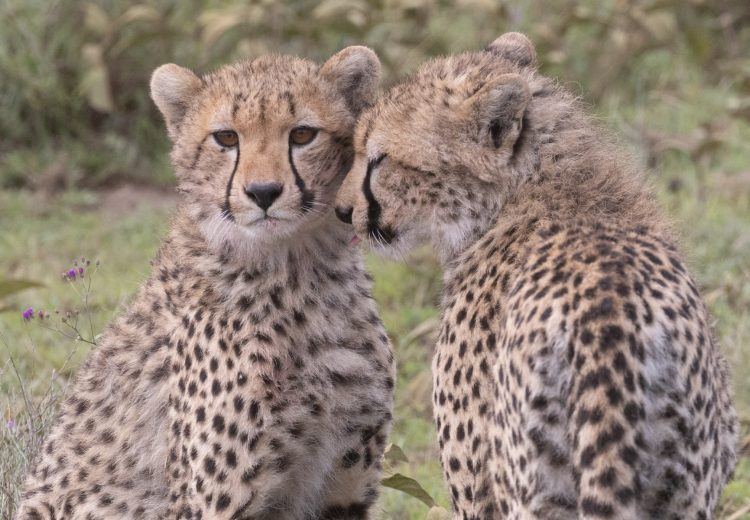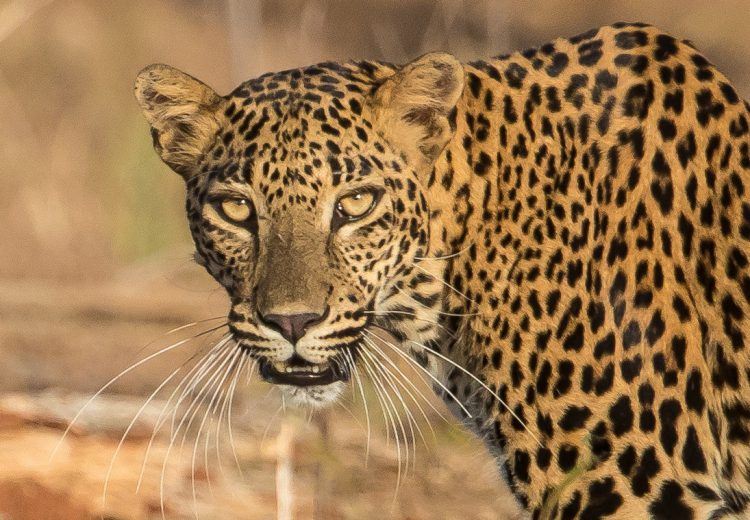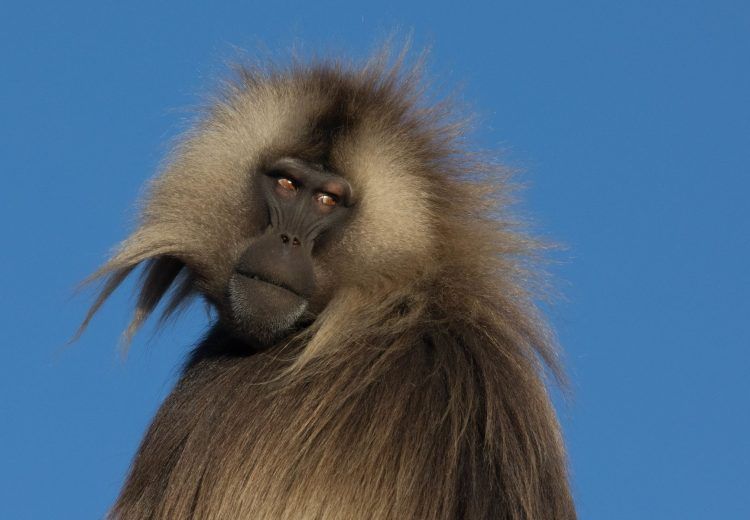Tanzania
TANZANIA: WILDLIFE SPECTACULAR – Predators & Prey of Ngorongoro & Serengeti


































































































































































A crash of hippos in an active hippo pool of the Serengeti (image by Inger Vandyke)

A pair of male Warthogs facing off with each other in an act of aggression (image by Inger Vandyke)

A distant black rhino in Ngorongoro, the first of two black rhinos we saw on our tour (image by Inger Vandyke)

A beautiful Blue Monkey in Lake Manyara National Park (image by Inger Vandyke)

The incredible face of a male lion in Gul Kopjes, Serengeti (image by Inger Vandyke)

The vast plains of Ngorongoro Crater are home to so much wildlife. Here a grazing herd of African Buffalo form a line in front of a distant elephant (image by Inger Vandyke)

A family of Dwarf Mongoose in the Serengeti (image by Inger Vandyke)

Portrait of a Yellow-billed Oxpecker in Ngorongoro (image by Inger Vandyke)

Or simply follow dad around like grown up Lions (Image by Mark Beaman)

There is only one thing more beautiful than an African Fish Eagle and that is its cry (image by Inger Vandyke)

The smaller Black-bellied Bustard gives its 'popping' call (Image by Mark Beaman)

A flock of Spur-winged Geese in flight at Ngorongoro (image by Inger Vandyke)

Thomson's Gazelle is surely one of the prettiest gazelles (Image by Mark Beaman)

A beautiful young Flap-necked Chameleon negotiates a dry branch in Ndutu (image by Inger Vandyke)

A mother Thompsons Gazelle cleans the bottom of her baby (image by Inger Vandyke)

Covered in mud but with eyes wide open, an elderly African Buffalo gets up from his mud bath in Ngorongoro (image by Inger Vandyke)


A Coqui Francolin calling on the side of the road near remote Moro Kopjes in the Serengeti (image by Inger Vandyke)

A family of Banded Mongoose checking us out in Ndutu (image by Inger Vandyke)

The multitude of kills attract vultures, like this strikingly-patterned White-headed Vulture (Image by Mark Beaman)

Fischer's Lovebirds drink from a tiny pool (Image by Mark Beaman)

A group of Guineafowl chicks huddle near their mother in the Serengeti (image by Inger Vandyke)


In remote Gul Kopjes we found a beautiful nesting pair of Barn Owls in a rock crevasse (image by Inger Vandyke)

Zebras fighting in Ngorongoro (image by Inger Vandyke)

Portrait of a rather tame Side-striped Jackal at Lerai picnic site in Ngorongoro (image by Inger Vandyke)

A White-backed Vulture suns itself in the early morning light of the Serengeti (image by Inger Vandyke)

Banded Mongoose family in the rains of the Serengeti (image by Inger Vandyke)

Spotted Eagle-Owl portrait (Image by Mark Beaman)

The mother carries the gazelle back to its waiting kittens (Image by Mark Beaman)

A chameleon in the Ngorongoro woodland (Image by Mark Beaman)

A huge male African Buffalo stares straight at us (Image by Mark Beaman)

Cute Rock Hyraxes are always wonderful to see on the kopjes of the Serengeti (image by Inger Vandyke)

The Serengeti wildebeest have huge numbers of young calves in tow, a potential feast for the gathering predators (Image by Mark Beaman)

Thompson Gazelle motion blur in Ngorongoro Crater (image by Inger Vandyke)

An incredible encounter with displaying Lilac-breasted Rollers in the Serengeti (image by Inger Vandyke)


And the shy Blue Monkey (Image by Mark Beaman)

A lioness picks up her tiny cub in her mouth to move it away from some boisterous older cubs (image by Inger Vandyke)


And yes, we even stop to photograph dung beetles rolling dung on our safaris! (image by Inger Vandyke)

A pair of African Buffalos staring at us on safari in Ngorongoro (image by Inger Vandyke)

The warmest smile of an elderly Maasai woman at her boma near Ngorongoro (image by Inger Vandyke)


The wondrous beauty of the skies over the Serengeti at the start of the monsoon (image by Inger Vandyke)

Cheetah love in the Serengeti (image by Inger Vandyke)


During our visit to a Maasai boma we were kindly invited inside Maasai homes (image by Inger Vandyke)

Common Genets at Ndutu Safari Lodge, where they emerge onto the rafters after dusk (Image by Mark Beaman)

Male elephants fighting in Ngorongoro (image by Inger Vandyke)

Shy Spotted Thick-knees are easier to find than you think if you look carefully around the granite kopjes of the Serengeti (image by Inger Vandyke)

Beautiful Superb Starlings are very common to see on Tanzania safaris but can you ever see too many of them? (image by Inger Vandyke)

Portrait of a Bat-eared Fox in Ndutu (image by Inger Vandyke)

Each year, between March and May, the arrival of the rains creates a lush wildlife paradise in the southern Serengeti (Image by Mark Beaman)

You don't have to worry about those annoying Giraffe parasites when the oxpecker dentist comes to call (Image by Mark Beaman)

The huge flamingo flocks in Momella Lakes, Arusha National Park (image by Inger Vandyke)

A Spotted Hyaena, a major threat to young Cheetahs, drinks from a pool (Image by Mark Beaman)

Near perfect reflection of a Lesser Flamingo drinking in Lake Ndutu (image by Inger Vandyke)

A large male elephant taking a dust bath in Ngorongoro (image by Inger Vandyke)

The delightful Kirk's Did-dik (Image by Mark Beaman)

Portrait of a displaying male Kori Bustard in Ngorongoro (image by Inger Vandyke)

A lone Spotted Hyena prowls the shoreline of the lake in Ngorongoro. He was most likely searching for birds nests with chicks or eggs (image by Inger Vandyke)

Two huge Lappet-faced Vultures confront each other at a carcass (Image by Mark Beaman)

Courtship display of Malachite Sunbirds near the crater rim of Ngorongoro (image by Inger Vandyke)

Portrait of a stunning Grey-Crowned Crane. Ngorongoro would have to be the best place in the world to see these magnificent birds (image by Inger Vandyke)

Burchell's Zebras are constantly bickering. Ngorongoro, Serengeti, Tanzania (Image by Mark Beaman)

Portrait of a Waterbuck (image by Inger Vandyke)

A wandering elephant enjoys the sunshine and grazing in a sea of wildlfowers at Ngorongoro (image by Inger Vandyke)

An explosive burst of energy results in the capture of this young gazelle (Image by Mark Beaman)

An African Harrier Hawk harrassing a pair of roosting Grey-crowned Cranes in Ngorongoro (image by Inger Vandyke)

A beautiful Serval scratching an itch (image by Inger Vandyke)

A Bateleur patrols overhead (Image by Mark Beaman)

An ocean of Zebra posteriors at one of the migration herds in the Serengeti (image by Inger Vandyke)

A Leopard heads off to hunt after a day resting in an acacia (Image by Mark Beaman)

The bloodied face of a male cheetah after he hunted a young wildebeest (image by Inger Vandyke)

Can you ever see too many servals? (image by Inger Vandyke)


Beautiful Augur Buzzards are a common sight on safaris in Ngorongoro Crater (image by Inger Vandyke)

Time to head off for the hunt (Image by Mark Beaman)

As do Olive Baboons (Image by Mark Beaman)

A Grey-breasted Spurfowl gives its harsh calls from a log (Image by Mark Beaman)

"Who are you looking at?" A shy Flap-necked Chameleon peers around the edge of a euphorbia in Ndutu (image by Inger Vandyke)

So many flamingos! (image by Inger Vandyke)

A Long-crested Eagle watches from a dead tree (Image by Mark Beaman)

A gorgeous Cheetah cub using a broken tree as its scratching post in Ndutu (image by Inger Vandyke)

Much shyer than the Lions, the Leopards of Serengeti are also watching for their opportunity (Image by Mark Beaman)

A beautiful Cheetah mother and her two cubs in Ndutu (image by Inger Vandyke)

"I hate those hyenas!" Face-off between a Serval and Spotted Hyena in Ngorongoro (image by Inger Vandyke)

'Tis the season for Rock Agamas to be breeding. Brightly coloured males can be found chasing around duller coloured females during our tour (image by Inger Vandyke)

Rays of light illuminate the crater floor at Ngorongoro (image by Inger Vandyke)

Pretty Rosy-throated Longclaws in Ngorongoro (image by Inger Vandyke)

A flamingo takes a scratch in the lake at Ngorongoro (image by Inger Vandyke)

Yellow-billed Oxpeckers on their mobile banqueting suite (Image by Mark Beaman)

An isolated storm washes over the Ngorongoro Crater (image by Inger Vandyke)


A pair of Black-backed Jackals showing affection in Ngorongoro (image by Inger Vandyke)

A zebra contemplates a menacing pack of hyenas on one of our early morning safaris in the Serengeti (image by Inger Vandyke)

A lot of the Cheetah's day is spent resting, conserving energy before the next hunt (Image by Mark Beaman)

A beautiful Yellow-billed Stork on the drive to Lake Masek at Ndutu (image by Inger Vandyke)

Wild Zebra motion blurs in Ngorongoro (image by Inger Vandyke)

The wildebeest often look brown, but in certain lights the bluish colouration comes to the fore (Image by Mark Beaman)

There are few better places in the world to get reflection photos of flamingos than Lake Ndutu (image by Inger Vandyke)

A stunning encounter with a beautiful lioness in a tree during one of our safaris in the Serengeti (image by Inger Vandyke)

Reflections of an African Pied Avocet in Lake Ndutu (image by Inger Vandyke)

A statuesque Saddle-billed Stork looking for a breakfast of frogs (image by Inger Vandyke)

Dappled light shines over a distant Maasai boma near Ngorongoro Crater (image by Inger Vandyke)

A Fischer's Lovebird runs along a dead branch in the Serengeti (image by Inger Vandyke)

A Serval is transfixed (it was watching a python eating a guineafowl!) (Image by Mark Beaman)

Unlike the Maasai women of Kenya, Tanzanian Maasai women adorn themselves with beautiful white disc necklaces and hats (image by Inger Vandyke)

A group of wildebeest stop to look at us during one of our safaris in Ngorongoro (image by Inger Vandyke)

Portrait of a mother Olive Baboon with her baby (image by Inger Vandyke)

Rain clouds over the grassy plains of the Serengeti (image by Inger Vandyke)

A beautiful Maasai girl embraces the sun on top of the Shifting Sand dune near Oldupai (image by Inger Vandyke)

"Shall we go and try to steal someone's breakfast?" (image by Inger Vandyke)

Portrait of a Ruppell's Vulture (image by Inger Vandyke)

Portrait of a Banded Mongoose (image by Inger Vandyke)

Beautiful Impalas at our breakfast spot one morning on safari in the Serengeti (image by Inger Vandyke)

A Speke's Weaver clips off a grass flower to build its nest (image by Inger Vandyke)

A comical Lesser Coucal we met on the side of the road. We mimicked his call and literally 'talked' to him (image by Inger Vandyke)

Poaching is nigh on impossible in the crater, so it still has some of the largest tuskers left in Africa (Image by Mark Beaman)

Kori Bustards display amidst the Ngorongoro grasslands (Image by Mark Beaman)

Klippspringers on a granite boulder (Image by Mark Beaman)


One of the funnier and regular features of our tour is the regular displays by Rufous-naped Larks (image by Inger Vandyke)

A Secretarybird takes a moment to stare at us in between preening (image by Inger Vandyke)

Stunning flamingo silhouettes in the mist of Lake Ndutu (image by Inger Vandyke)

The Lappet-faced Vultures band together to discourage a smaller Rüppell's Vulture (Image by Mark Beaman)

A male lion walks gingerly between the boulders of Gul Kopjes in the Serengeti (image by Inger Vandyke)

Leopards hunt mostly at night, so much of the day is spent in a shady tree (Image by Mark Beaman)

Black Rhinoceroses still survive here for the same reason (Image by Mark Beaman)

Portrait of a wandering "Wildie" in the crater at Ngorongoro (image by Inger Vandyke)

"Gotcha!" a male lion cub knocks its rival to the ground during a play fight on one of our early safaris at Ndutu (image by Inger Vandyke)

Yellow-billed Oxpecker searching the fur on a giraffe's neck for food (image by Inger Vandyke)

Flying attack! A Fork-tailed Drongo annoying a ruffled Tawny Eagle in the Serengeti (image by Inger Vandyke)

Close encounters of the rhino kind in Ngorongoro (image by Inger Vandyke)

Fighting male lion cubs at Ndutu (image by Inger Vandyke)

Within days the grass is growing and thousands, or tens of thousands of herbivores arrive, mostly Blue Wildebeest and Burchell's Zebras (Image by Mark Beaman)


Stunning silhouetted flamingos at sunrise on Lake Ndutu(image by Inger Vandyke)

Bat-eared Foxes greet each other. Are those the cutest ears or what? (Image by Mark Beaman)

Portrait of a young Vervet Monkey at Lake Manyara (image by Inger Vandyke)

A boisterous hippo yawns right next to the pool where we at breakfast in Lerai, Ngorongoro (image by Inger Vandyke)

Vervet Monkeys also like the woodland (Image by Mark Beaman)

Cheetah love in the Serengeti (image by Inger Vandyke)

During our safaris there were babies everywhere including this adorable Kongoni baby and its mother (image by Inger Vandyke)

The Ngorongoro Crater at dawn (Image by Mark Beaman)

Cheetah families are always wonderful photography subjects and so hard to depart from on a safari! (image by Inger Vandyke)

Ngorongoro's mammals, like these Spotted Hyaenas, often have a pink backdrop owing to the many flamingoes at the crater lake (Image by Mark Beaman)

Portrait of a beautiful Maasai woman at the entrance to her home (image by Inger Vandyke)

Serengeti storm skies (image by Inger Vandyke)

When it comes to hunting, the female Lions do most of the work (Image by Mark Beaman)

The huge males have a different role (Image by Mark Beaman)

A male Pin-tailed Whydah in his breeding plumage glory (image by Inger Vandyke)

The backs of a wildebeest herd on migration in the Serengeti (image by Inger Vandyke)

Hippopotamuses tussle in a deep pool (Image by Mark Beaman)

A Secretarybird, so named because its head plumes resemble the quill pens used by 18th century secretaries, patrols the grassland (Image by Mark Beaman)

Portrait of a beautiful Double-banded Courser in the Serengeti (image by Inger Vandyke)

The stunning aspect of travelling in Tanzania during the time of year our tour runs is seeing so many birds in breeding plumage including gorgeous Scarlet-chested Sunbirds (image by Inger Vandyke)

A roosting pair of Hadada Ibis. Although they are common and very loud, they are quite beautiful in their own right (image by Inger Vandyke)

|
Wednesday 16th April –
Tuesday 29th April 2025 Leaders: Oliver Krüger and a local naturalist driver-guide |
14 Days | Group Size Limit 5 (full) |
|
Thursday 16th April –
Wednesday 29th April 2026 Leaders: Virginia Wilde and a local naturalist driver-guide |
14 Days | Group Size Limit 5 |
TANZANIA: SERENGETI & NGORONGORO WILDLIFE PHOTOGRAPHY TOURS WITH WILD IMAGES
The most awesome wildlife spectacle on Earth? Serengeti is surely it! Serengeti and the adjacent, and almost equally famous, Ngorongoro Crater are so remarkable that one cannot do justice to this incredible place in words alone. Over two million large mammals live in this immense African wilderness that has miraculously survived, thanks to the remarkable understanding of the people of Tanzania, who despite all the pressures upon them have kept faith with the vision of the park’s founders. These vast migratory herds still circulate around the Serengeti in the same way as they did when Man’s earliest ancestor’s walked these very plains, followed by their attendant carnivores in a cycle of life that has continued unbroken for millions of years. How incredible that we can still say this about any place on Earth at the beginning of the 21st century, when so much of our planet has been changed out of all recognition!
As well as being a fantastic experience in its own right (chatting round the campfire under African skies, quite possibly with Lions roaring in the distance, is something one never forgets!), being on safari in Tanzania is made even more special on our Wild Images photography adventures because we are based in remote yet very comfortable safari lodges.
Staying in these fabulous locations, in a comfort one hardly expects in a wilderness area, will get us right in amongst a fabulous selection of large mammals, including such dramatic and highly photogenic subjects as Lion, Leopard and the incomparable Cheetah, never mind a sea of gnus, zebras and gazelles.
We will start our wildlife photography adventure at Kilimanjaro, the site of the only international airport in the north of Tanzania, from where we head westwards towards the famous Ngorongoro Crater in Tanzania’s Crater Highlands.
The spectacular Ngorongoro Crater is both a scenic and a wildlife wonder of the world. The crater is just a small part of the vast Serengeti ecosystem (situated at its eastern edge) and yet here we will enjoy what will seem like an endless series of wonderful wildlife photography encounters, many at very close range, as most of the wildlife in the crater has become extraordinarily unafraid of vehicles. Pride of place here amongst the photography possibilities goes to the critically endangered Black Rhinoceros, but other wildlife stars include Kori and Black-bellied Bustards, flocks of pink flamingoes, large groups of Olive Baboons, Ngorongoro’s Lions and Spotted Hyaenas, huge old tuskers and some marvellous Hippopotamuses.
After this wonderful experience we will descend from the Crater Highlands into the endless plains of the southeastern Serengeti. We shall be visiting the area at the prime season for wildlife photography, when the rains have usually turned the entire area from a parched thirstland into a green paradise that attracts over a million large mammals, the great majority being Blue Wildebeest, Common (or Plains) Zebras and Thomson’s Gazelles, to the shortgrass plains. Here we will be based first in the south-central part of Serengeti National Park and finally in the famous Lake Ndutu area, probably the finest Serengeti wildlife photography area of them all.
At this time of year the number of predators and especially big cats has reached a maximum, so we are certain to be able to spend plenty of time with both Lions and Cheetahs, and we should also have some Leopard encounters, as well as chances for Servals and Wild Cats.
The rich wildlife of the Serengeti is awesome enough, but the whole photography experience is made even more special by the amazingly beautiful scenery, with dramatic cloudscapes and sunsets, seas of bright green and tawny grass, those evocative flat-topped acacia trees, and granite kopjes and distant mountain ridges rising above the plains.
By the time we end our African odyssey we will have seen and photographed so many wildlife and scenic wonders that it will be hard to appreciate that all this has happened to us in just under two weeks! Serengeti and Ngorongoro will produce vivid, unfading memories and photography encounters that one will treasure for the rest of one’s days.
What makes the Wild Images Serengeti Photosafari special?
The awesome gathering of the migratory wildebeest (or gnus) and zebras on the shortgrass plains of the southeastern Serengeti occurs between January or February and April each year, while much of the local birdlife comes into breeding plumage in March and April and the landscape becomes greener and much more photogenic as intermittent rain starts to influence the plains and brings out a host of wildflowers. In our view, based on our extensive experience, March-April is absolutely the best time to visit the southern Serengeti for wildlife photography. There is simply no comparison with some other times of the year. Often we see photography tours offered to this part of Serengeti at other seasons, including the end of the long dry season in September-October when animal numbers are just a fraction of what they are when we visit and when the backgrounds are, in our opinion, far less photogenic.
Another great aspect of April in particular is that there are far fewer visitors around at Ngorongoro and in Serengeti proper than in July-August (the Northern Hemisphere peak summer holiday season) or in December-February (the peak time for ‘winter escapes’), so that means fewer vehicles and a quieter more rewarding experience.
We will be exploring this amazing part of Tanzania in an extended, 8-seater Toyota Landcruiser that has been specially adapted for safari work, and is ideal for photographers with its large roof hatch. The tour is limited to just five participants and only one vehicle. Everyone has a window seat at all times.
Opinions about number of vehicles and loading do vary markedly between photosafari organizers, so we will spell out why we think just one vehicle is the best option. It is simply uneconomic to have 2-3 participants in each vehicle and yet a photographic leader in each (the safari price would be stratospheric), so one option is to have from two upwards to even four or five vehicles with just three people in each. That sounds good in theory, but there is usually just one leader with the group, so on most days participants are not in the vehicle with the leader. All that experience, skill and potential help is lost to you.
In theory each vehicle and set of participants could go off and do their own thing with the safari vehicle driver, with group members just meeting up for lunch and dinner, but this does not tend to happen. Participants know that their leader is the one with the highest wildlife photo expertise, so the vehicles stick together. Often the first vehicle gets the only prime spot and the other vehicles have to wait for the first to move on from the best spot. We think the disadvantages of multiple vehicles outweigh a bit less space in the vehicle. There is still plenty of room for five participants and their camera bags, you have the leader’s skills and tuition on tap all the time, and, if you are a bit shy, you don’t have the burden of constantly asking the driver to adjust the vehicle position to the optimum spots, as you do if you are in a leaderless vehicle.
Finally, this being a Wild Images photosafari, we get away in the morning at the very moment the national park or game reserve opens, so you can banish any thoughts of having to leave with most of the other guests: they will almost all be still in their beds or having breakfast. By the time they are up and about, we are far away, usually by ourselves, photographing wildlife at the prime time!
Accommodation & Road Transport
The safari lodges we use in Tanzania are of a very good standard throughout and are often wonderfully situated.
Road transport is by extended Toyota Landcruiser 4×4 with opening roof hatch and main roads are mostly good or reasonable (but there are also plenty of rough tracks in the sanctuaries and some ‘off-road’ driving).
Walking
The walking effort during our Tanzania wildlife photography tour is very easy throughout. Walking is restricted to a few specified areas in the national parks/game reserves.
Climate
At this season in northern Tanzania there will usually be plenty of dry and sunny weather, some dry and overcast conditions are very likely some rain. Owing to the relatively high altitude, days generally start off pleasantly cool, becoming fairly hot by the middle of the day.
Photographic Equipment
If you use a full-frame DSLR or mirrorless camera you will need to cover focal lengths from 200-600mm or more for most wildlife situations in Tanzania. If you use a crop-sensor camera, adjust the focal lengths accordingly. You will also find a wide angle lens good for landscape photography and a short focal length telephoto good for some wildlife situations (for example, very close elephants and other mammals, or groups of animals). There will be only limited opportunities to use a macro lens.
If you bring a good quality bridge camera it will be best if it has an optical zoom of 18-20x or more, combined with a reasonable wide-angle at the other end of the zoom range.
Be sure to bring plenty of spare battery power. Dust is ever-present in northern Tanzania, so cleaning equipment is important. A beanbag can be very useful here for wildlife photography from the vehicle.
If you would like to talk over suitable equipment, please contact our office. We will be happy to advise.
Photographic Highlights
- The incredible scenery and wildlife of the Ngorongoro Crater
- The amazing Serengeti spectacle of vast numbers of migrating wildebeest and zebras
- Close encounters with fabulous Cheetahs on the Serengeti Plains
- Repeated encounters with prides of Lions, often with cubs and full-maned males
- Very good chances of encountering Leopards
- Lots of smaller predators, including good chances for Serval
- Really huge ‘tuskers’ at Ngorongoro
- African wildlife amidst wildflowers and/or under dramatic skies
- High chances of great Hippo action in Serengeti
- Some of the richest birdlife in Africa, with numerous photogenic species from Ostriches to weavers
- Transport by extended safari Toyota Landcruiser with large opening roof hatch. The perfect photography platform that can go anywhere
- Maximum 4 group members in an 8-seater vehicle, so plenty of space for all. One vehicle only, for the best photographic experience
OUTLINE ITINERARY
- Day 1: Early evening tour start in Arusha area. (Transfer from Kilimanjaro airport.)
- Day 2: Drive to the spectacular Ngorongoro crater. Afternoon around the crater rim.
- Days 3-5: On safari in Ngorongoro Crater
- Day 6: Leave Ngorongoro and drive to the Serengeti, stopping to visit Maasai and Olduvai Gorge. Arrive in the Serengeti for an afternoon safari
- Days 7-8: On safari in the Serengeti
- Day 9: After a final safari in the Serengeti, drive to Ndutu for our first afternoon safari
- Days 10-12: On safari in Ndutu
- Day 13: Final photography in Ndutu area before driving to Arusha area
- Day 14: Moreni8ng tour end near Arusha. (Transfer to Kilimanjaro airport.)
To see a larger map, click on the square-like ‘enlarge’ icon in the upper right of the map box.
To see (or hide) the ‘map legend’, click on the icon with an arrow in the upper left of the map box.
To change to a satellite view, which is great for seeing the physical terrain (and for seeing really fine details by repetitive use of the + button), click on the square ‘map view’ icon in the lower left corner of the ‘map legend’.
PRICE INFORMATION
Wild Images Inclusions: Our tour prices include surface transportation, accommodations, meals and entrance fees.
Our tour prices also include all tips for our driver/naturalist guide and accommodation/restaurant staff.
Deposit: 20% of the total tour price. Our office will let you know what deposit amount is due, in order to confirm your booking, following receipt of your online booking form.
TO BOOK THIS TOUR: Click here (you will need the tour dates)
2025: confirmed price £7050, $8990, €8580, AUD14290. Kilimanjaro/Kilimanjaro.
2026: provisional price £7050, $8990, €8580, AUD14290. Kilimanjaro/Kilimanjaro.
Single Supplement: 2025: £140, $190, €180, AUD300.
Single Supplement: 2026: £140, $190, €180, AUD300.
If you are travelling alone, the single supplement will not apply if you are willing to share a room and there is a room-mate of the same sex available.
This tour is priced in US Dollars. Amounts shown in other currencies are indicative.
Air Travel To & From The Tour: Our in-house IATA ticket agency will be pleased to arrange your air travel on request, or you may arrange this yourself if you prefer.
TANZANIA: SERENGETI & NGORONGORO WILDLIFE PHOTOGRAPHY TOUR: DETAILED ITINERARY
Tanzania: Serengeti & Ngorongoro Wildlife Photography Tour Day 1
Our Tanzania wildlife photography adventure begins in the early evening at our comfortable lodge in the Arusha area where we will spend the night.
(A transfer from Kilimanjaro airport will be provided at no extra charge providing you arrive at KIA not later than mid-afternoon today. There are limited intercontinental flights directly into Kilimanjaro or you can fly into Tanzania via such cities as Nairobi or Dar-es-Salaam.)
Tanzania: Serengeti & Ngorongoro Wildlife Photography Tour Day 2
This morning we will drive westwards through the varied landscapes of northern Tanzania until we reach the Great Rift Valley (an immense geological feature that extends from southern Turkey to Southern Africa by way of the Red Sea!). We will pause at the western rim of the escarpment, from where there are stunning views of Lake Manyara far below.
Afterwards, we will head up into the fertile Crater Highlands, passing into the huge Ngorongoro Conservation Area (which extends from the highlands to the Serengeti plains) at Lodoare Gate. From there we climb up through montane evergreen forest until we reach the lip of the wonderful Ngorongoro Crater, where we will stay for four nights in our lodge on the crater rim. Our beautifully constructed game lodge is carefully built into the rim of the crater to minimize its ‘footprint’ and offers amazing views. Gazing down from the observation areas, one can see the entire crater laid out below one like a map, and even make out distant elephants, rhinos and herds of antelopes and buffaloes! Occasionally a few buffaloes or even an elephant wander right past the lodge.
The views from the lodge over the crater are simply breathtaking. On our first afternoon here we will explore the crater rim, visiting a local Maasai community to learn, photograph and enjoy their way of life.
On the crater rim, we will also go off searching for the wonderful Jackson’s Widowbird. Our tour has been timed to coincide with the breeding season for many of Tanzania’s birds and of all the birds we may encounter on the trip, the Jackson’s Widowbird is one of the most comical and spectacular to watch. We will be looking for breeding males doing a courtship display, their long tails cocked high and splayed as they make large jumps into the air to try and attract passing females. Watching this outrageous courtship is surely one of the avian highlights of our tour and we hope to find a lekking site during our first afternoon on the crater rim. While we search we may see breeding plumages Malachite Sunbirds and other feathered characters including Paradise and Pin-tailed Whydah.
Returning to our lodge for the late afternoon we will enjoy a sunset drink and our first dinner before we go on safari at sunrise the following day.
Tanzania: Serengeti & Ngorongoro Wildlife Photography Tour Days 3-5
The Ngorongoro Crater in northern Tanzania is one of the scenic wonders of the world. The immense caldera, the largest intact caldera on Earth, is over 16 kilometres (10 miles) across, covers over 260 square kilometres (100 square miles) and is over 600m (1970ft) deep! Some 30,000 large mammals are largely resident in the area and they can be seen speckling the grasslands from the crater rim.
Each day, we shall set off early and descend into the crater from the rim by way of a rather rough mountain road (once we reach the crater floor the roads are quite reasonable). Early in the morning, there is often a sea of mist covering the crater floor, or wreaths of cloud hanging on the caldera sides, with just the rim catching the first rays of the sun – an incredibly beautiful sight. And down there, below that cotton wool blanket, so much wonder awaits us!
The most wonderful thing about the Ngorongoro Crater for wildlife photography, and the reason we spend so much time here, is its winning combination of superb, atmospheric light, cloud and mist, subtle, diffused backgrounds and approachable and diverse wildlife. This special combination comes together best between March and May, during the ‘long rains’. Happily, rainfall in this period is still intermittent, but it is regular enough to bring wonderful drifting patches of mist and cloud to the sides of the caldera and new green grass growth and often seas of wildflowers to its floor. At this time of year the light can be great all day, not just early and late, and lovely moody photographs are the order of the day. You are sure to take many special images at Ngorongoro.
The commonest and most conspicuous large mammals are Blue Wildebeest (or Brindled Gnu), Common (or Plains) Zebra, the handsome Grant’s and Thomson’s Gazelles, the ungainly but amusing Common Warthog, the impressive African (or Cape) Buffalo and African (or Savanna) Elephant. Indeed, most of these species are hard to get away from as big herds of zebras, gnus, gazelles and buffalos are constantly meandering across the crater floor as they feast on the bountiful grass. Elephant numbers are not as high, but they include some really huge but mild-mannered ‘tuskers’ that often permit great images.
Ngorongoro is nowadays one of the most reliable places in the world for seeing and photographing the critically endangered Black (or Browse) Rhinoceros, mainly because they have nowhere they can easily hide (and neither do poachers!), and we shall enjoy some marvellous views of these magnificent leviathans, hopefully at close enough range to get some good images.
The crater also has a high predator population. Spotted Hyaenas and Black-backed Jackals are common, African Golden Wolves are regularly encountered and the crater’s Lions are often both approachable and highly photogenic. Cheetahs, Leopards and Servals also occur here but can be harder to find than in the Serengeti proper.
Towards the southern end of the crater is Lake Magadi, a shallow soda lake with glistening salt flats at its periphery. Here, thousands of Greater and Lesser Flamingoes slowly sift for brine shrimps in the shallow water and the lake’s margins provide a resting place for flocks of White Storks and other wetland species such as the spectacular Grey Crowned Crane. Among the many other photogenic bird species that we are likely to encounter in the crater are the huge Kori Bustard (often to be seen in full display) and the smaller Black-bellied Bustard.
To the south of the lake is a beautiful area of yellow-barked Fever Tree (Vachellia xanthophloea) woodland. The large troop of Olive Baboons that lives here often makes for a good photo session. There are usually some eagles in the area and sometimes Black Rhinos, although often the latter leave the woodland and walk out onto the open plains surprisingly early in the morning.
At one of the few places we are allowed to walk around, there is a Hippo pool where it is often possible to shoot hippos from a very low angle, making for some very atmospheric images.
For the wildlife photographer, Tanzania’s Ngorongoro Crater is a true paradise, for not only are both mammals and large birds very used to vehicles and people, allowing amazingly close approach (almost touching distance at times, which creates quite an impression!), but the wonderful skyscapes and the constantly moving shadows of the clouds on the dappled crater walls produce an incomparable backdrop. No wonder so many of the world’s greatest wildlife photographs and films have come from here!
Tanzania: Serengeti & Ngorongoro Wildlife Photography Tour Day 6
Today we will drop down from the Crater Highlands into the shortgrass plains of the Serengeti that comprise the western part of the Ngorongoro Conservation Area. This part of Tanzania is Masai country and from time to time we will encounter these proud cattle herders with their traditional red cloaks and spears (and no doubt some of the young men who nowadays like to dress up and pose for photographs – in return for a consideration!). If the great herds have moved into this southeastern extremity of the area, following the progress of the rain, we could be treated to a first incredible introduction to the wildlife of the Serengeti plains.
We will make a short stop at the famous Olduvai Gorge, where the Leakey family have discovered so much about our earliest ancestors.
Afterwards we will make our way to the southern section of Tanzania’s vast Serengeti National Park for a three nights stay. At this season the cloudscapes are often dramatic, making for some incredibly beautiful sunsets.
Tanzania: Serengeti & Ngorongoro Wildlife Photography Tour Days 7-8
Our time inside Serengeti National Park may turn up smaller numbers of migratory herbivores compared with our stay to come at Ndutu, as the large herds tend to avoid the tallgrass areas until the shortgrass plains are grazed to the limit. However, there is a great deal of variation from year to year and sometimes this part of the national park is already flooded with wildebeest and zebras. In any event, the diversity of mammals here is greater than on the shortgrass plains and numbers of large cats and other predators are high.
This is by far the best area in the Serengeti, and indeed in all Tanzania, for Leopard photography and, with patient searching, we should be rewarded with great views of one or more individuals resting on broad branches in Sausage Trees or acacias in the thin gallery woodland along the rivers. There is something special about Leopards – maybe it is those cold eyes looking at one, or those beautiful spots, or that feline grace mixed with sheer power, or how elusive they are compared with the diurnal large cats.
Lions are regularly encountered in this area and typical Lion scenarios include finding some sat up photogenically on the rounded boulders of a granitic kopje, a pride feeding at a kill, playing cubs and mating couples. If we are fortunate we will witness a kill, although most hunts in this area occur during darkness.
We may come across a group of Banded Mongooses living in a termite mound and photograph both Wild Cat and the beautiful, lanky Serval Cat stealthily stalking through the grass. Cheetahs can be found in the more open terrain, but are more common on the shortgrass plains.
As well as the more numerous species, antelopes in this part of Serengeti include Bohor Reedbuck, Defassa Waterbuck, Kongoni (or Coke’s Hartebeest) and the rather awkward-looking Topi.
Birdlife is rich and varied and includes various hornbills, rollers, bee-eaters and many other photogenic species.
Small lakes and large river pools in the area are home to groups of Hippopotamuses and we shall enjoy spending some time photographing these huge animals watching us, waggling their ears or rearing up and opening those huge mouths to yawn or mock-fight. At one crowded pool in particular the interactions can be really dramatic, so we shall be sure to spend plenty of time there.
At Seronera, the location of the park headquarters, one of the kopjes (granite boulder outcrops) has an educational boardwalk snaking amongst the boulders and trees, complete with interesting and unusual metal sculptures of Serengeti creatures. It is a great place for a walk and for photography, with many tame birds and both Yellow-spotted (or Bush) and Rock Hyraxes.
Tanzania: Serengeti & Ngorongoro Wildlife Photography Tour Day 9
After a final morning inside Serengeti National Park, we will re-enter the Ngorongoro Conservation Area region of the Serengeti plains. As we leave the long grass plains and head towards the shortgrass plains of the southeasternmost Serengeti, we will pass through a landscape peppered with acacias and punctuated by hills and kopjes of huge rounded granitic boulders. Eventually, we will reach the Lake Ndutu area, where we will stay for the next four nights at the famous and comfortable Ndutu Safari Lodge. After dinner, one can sit around the campfire and chat away under a crystal clear African sky ablaze with stars.
[Note: Ndutu is the ideal place to stay for wildlife photographers visiting the Serengeti shortgrass plains for the migration spectacle. It provides much more comfort than the mobile safari camps that get set up in the area during the migration, but at the same time, it is quite a small and intimate place, with a lovely atmosphere. Kirk’s Dik-Diks (tiny antelopes with the sweetest faces) scamper around right by the rooms, some marvellous Common Genets turn up every evening, and we have even had Lions walking past the campfire!]
Tanzania: Serengeti & Ngorongoro Wildlife Photography Tour Days 10-12
Lake Ndutu is situated right on the border between the Ngorongoro Conservation Area and Serengeti National Park. At this season the Ndutu area is often the most exciting place in the Serengeti, and therefore in the whole of Tanzania. Over one million grazing mammals stream into the shortgrass plains after the onset of the rains, occurring at a density of many thousand per square kilometre, or even tens of thousands!
In places, the plains are largely empty, but in other places, they literally seethe with mammals – mainly Blue Wildebeest, but also huge numbers of Common Zebras and Thomson’s Gazelles. We should enjoy some amazing experiences here as we drive right amongst these vast gatherings of large animals until we are completely surrounded and look out over a sea of large mammals that may stretch away to the horizon – a truly incredible sight.
Predators are of course attracted to such a wealth of potential food and we should encounter Lions regularly, perhaps including a whole pride trotting along on the edge of a herd, which will part to let them through, or lolling around with full bellies like huge domestic cats. Ungainly but powerful Spotted Hyaenas, less lovely but curiously impressive nonetheless, will also be seen regularly, and both they and the Lions typically allow one to get amazingly close, making for wonderful photography opportunities. Here also, feeding on carrion or small mammals, are African Golden Wolves, Black-backed Jackals and delightful Bat-eared Foxes. If we are fortunate we will come across the fascinating Honey Badger. Leopards are regularly sighted in the scattered areas of woodland.
There are plenty of photogenic birds around too, such as Common Ostriches striding across the plains, Greater and Lesser Flamingoes, Pink-backed Pelicans and often the superb Saddle-billed Stork at Lakes Ndutu and Masek, the bizarre-looking Secretarybird, the noisy Grey-bellied Spurfowl, the impressive Verreaux’s Eagle-Owl and of course Yellow-billed Oxpeckers hitching rides on giraffes, wildebeest, zebras and other animals. Out on the shortgrass plains we should also find Chestnut-bellied and Yellow-throated Sandgrouse, and we may well come across several groups of vultures squabbling over the remains of kills.
At night, tame Common Genets come right into the dining room of our lodge, sitting on the roof beams and waiting for a handout, or scampering around the floor as if they were pets.
Some of the most memorable of all our experiences in this fantastic place will be seeking out one of the wildlife glories of the Serengeti plains, the incomparable Cheetah. We will set off early from Ndutu and drive far from the nearest road. Here the grass is long enough to give some cover to predators, but not much. By careful scanning we can expect to locate Cheetahs hunting in this area and we may well be privileged to spend a significant amount of time with them, perhaps watching them stalking gazelles or even witnessing a kill. These graceful animals are quite fearless of vehicles and so we may well enjoy some extraordinary close encounters and with a bit of luck we will be entirely alone as we follow these marvellous creatures across their ancestral lands.
The rolling landscapes and beautiful skies of Serengeti make for great scenery, and we should be able to find wildlife in wonderful situations for photography, with backdrops of the hills or the skyline. Here we may encounter Giraffes striding out across the wide valleys as they make their way between the wooded ridges, see heavy, cattle-like Eland thundering along at unlikely speeds, observe long lines of Blue Wildebeest making their way, who knows where, and watch in fascination as a Cheetah tries to creep up on some unsuspecting Thomson’s Gazelles.
Tanzania: Serengeti & Ngorongoro Wildlife Photography Tour Day 13
Today, after some final wildlife photography in the Ndutu area, we will return to the Arusha area for an overnight stay.
Tanzania: Serengeti & Ngorongoro Wildlife Photography Tour Day 14 Our Tanzania wildlife photosafari ends after breakfast at our lodge near Arusha.
(A transfer to Kilimanjaro International Airport will be provided.)
Tanzania: Wildlife Spectacular Tour Report 2024
Serengeti, Ngorongoro, these are names that resonate with many keen wildlife photographers who dream of Africa and indeed there is almost nothing that rivals embarking on a safari in Tanzania. It is a wondrous adventure filled with light, wildlife, colours, sounds and smells. The 2024 Wild Images photo tour in beautiful Tanzania had plenty of experiences for […]
View Report
Tanzania: Wildlife Spectacular Tour Report 2022
Of all the wildlife experiences you can have in our world, there is almost nothing that rivals doing a safari in Africa. To go on safari is a wondrous adventure filled with light, wildlife, colours, sounds and smells. This year’s Wild Images photo tour in beautiful Tanzania was the first one we’ve run there since […]
View Report
Other Wild Images Tours featuring signature mammals
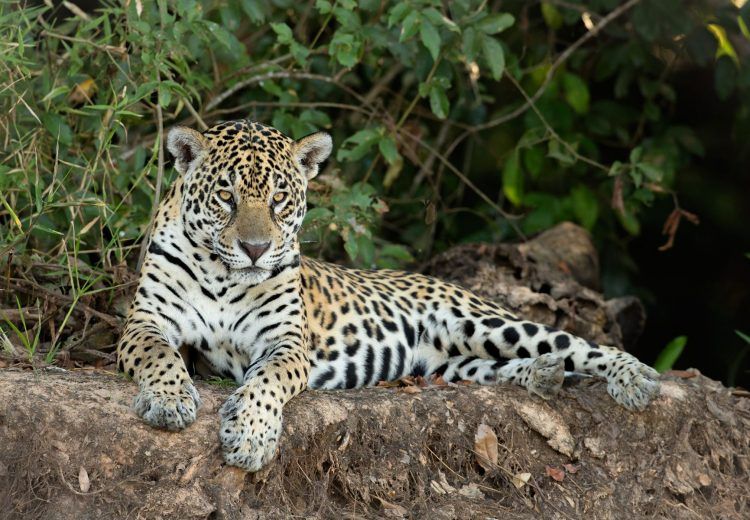
South America (including Galapagos)
August 2025
BRAZIL’S PANTANAL: JAGUARS AND SO MUCH MORE – South America’s best wildlife photography destination
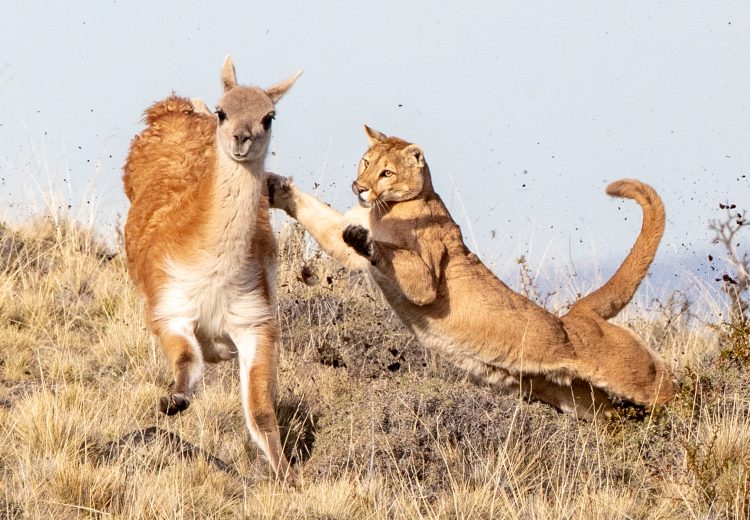
South America (including Galapagos)
September 2025
CHILE: WALKING WITH PUMAS – An Extraordinary Photographic Adventure at Torres del Paine
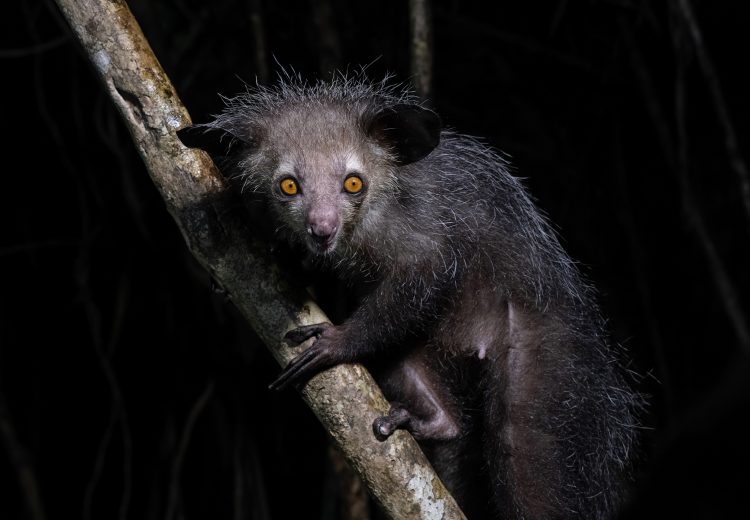
Madagascar
October 2025
MADAGASCAR: A WORLD APART – The Natural Curiosities of the ‘Eighth Continent’
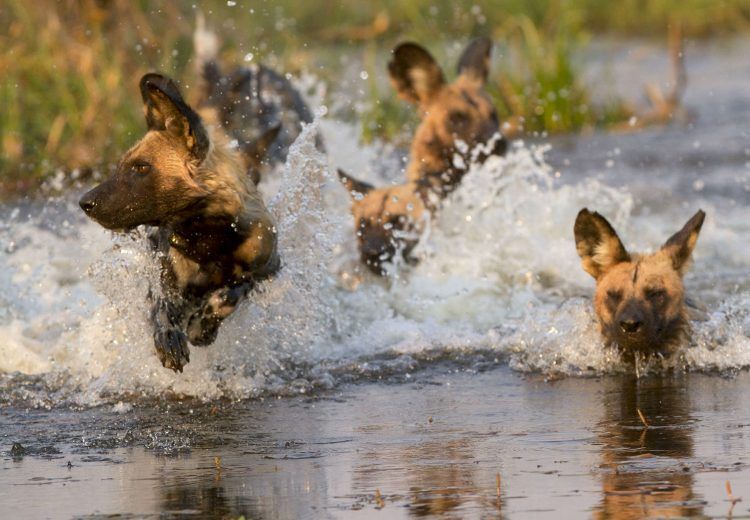
Botswana & The Okavango
November 2025

